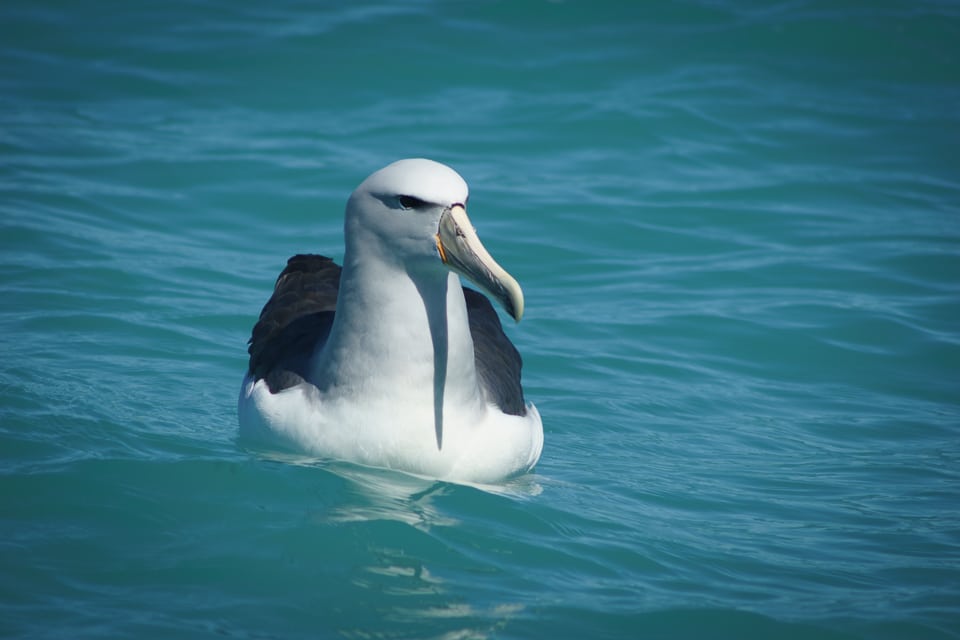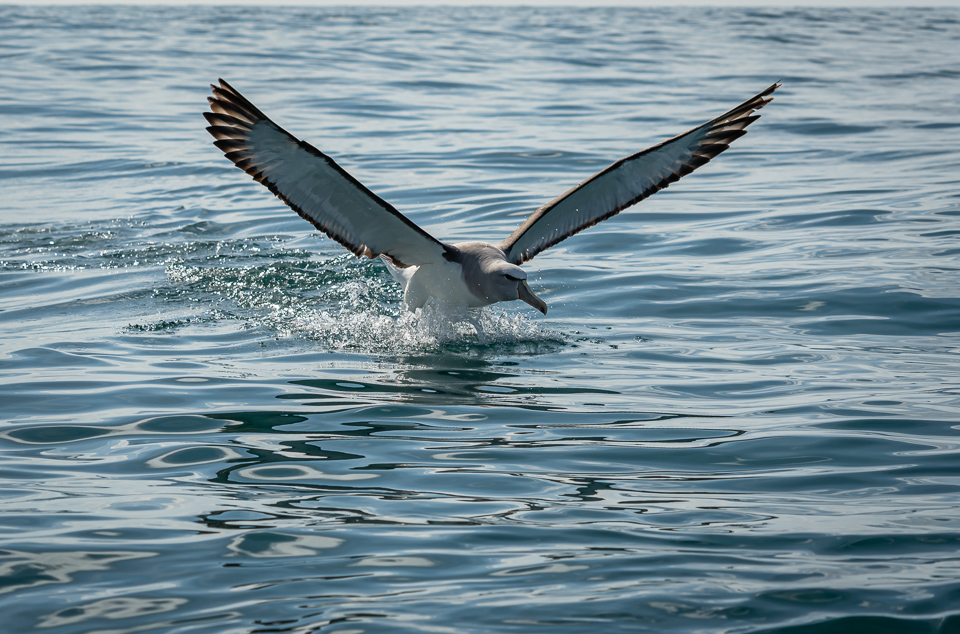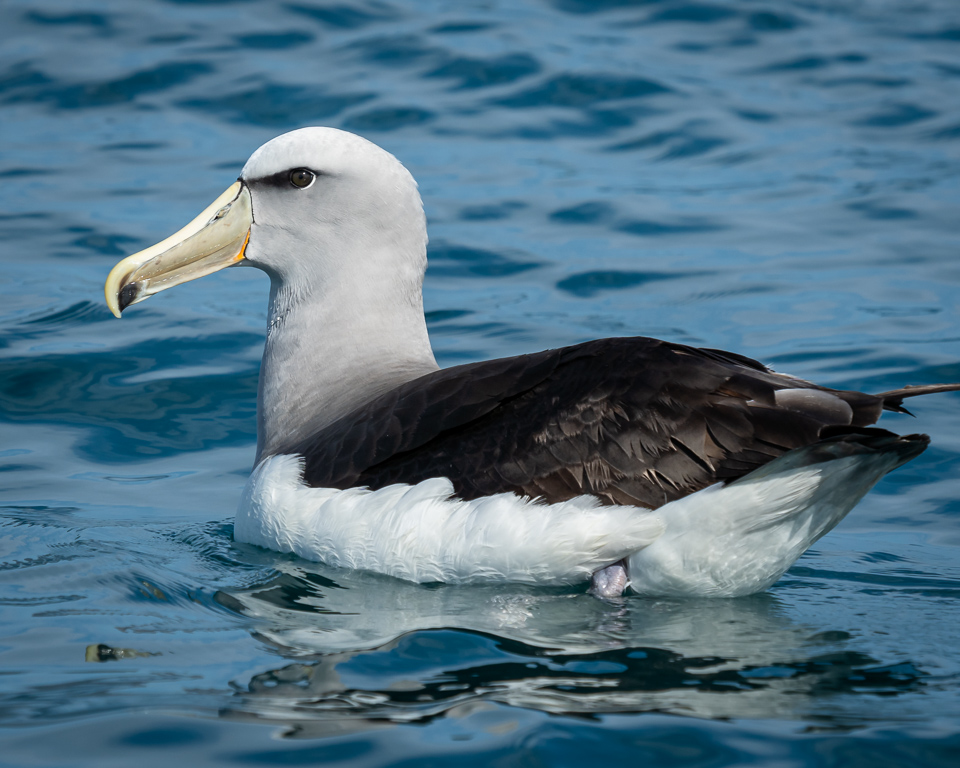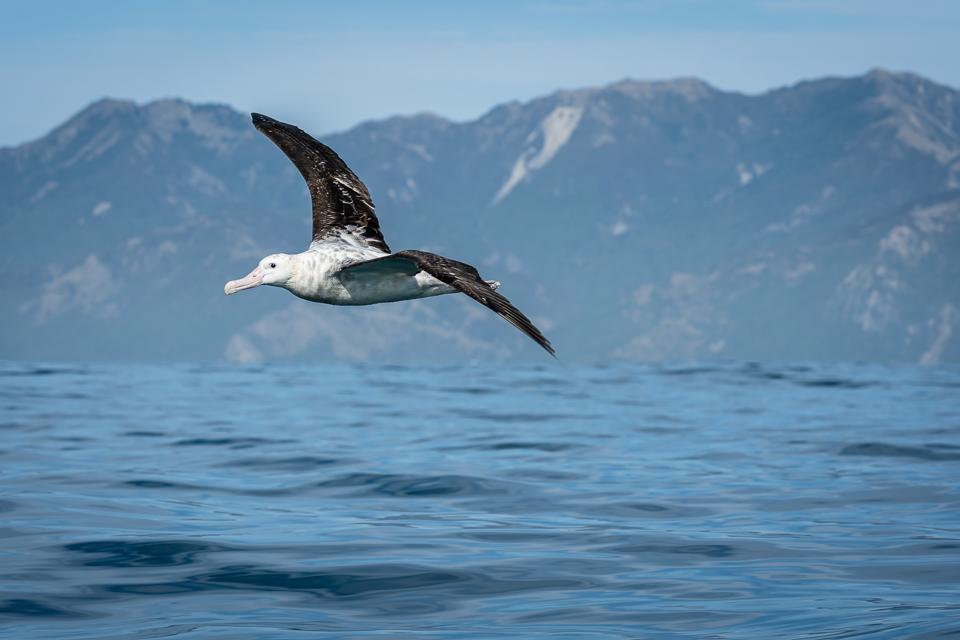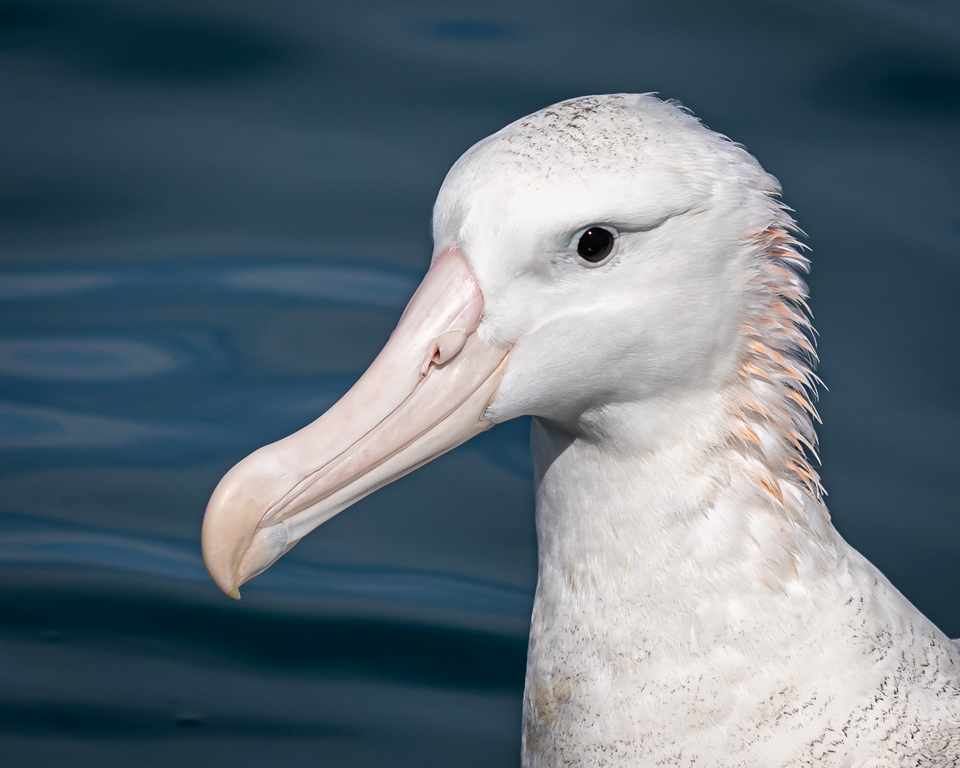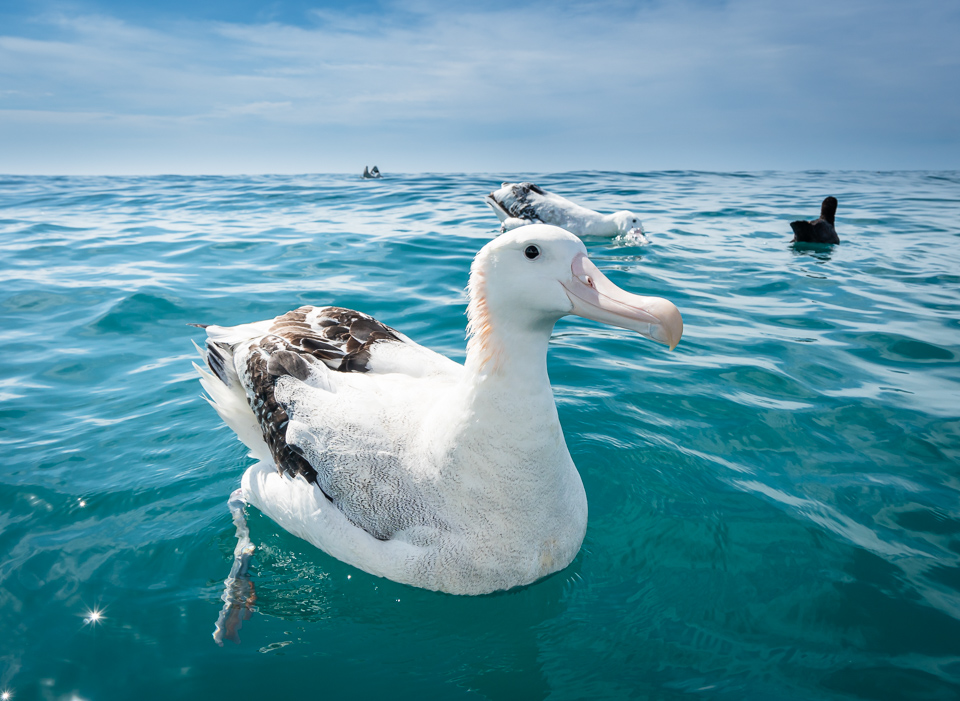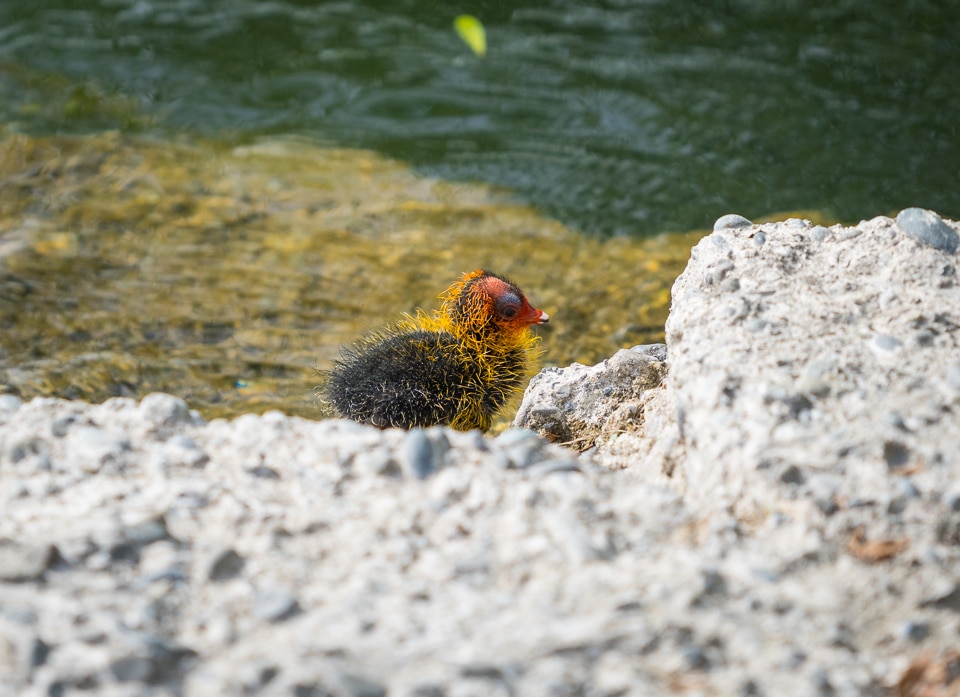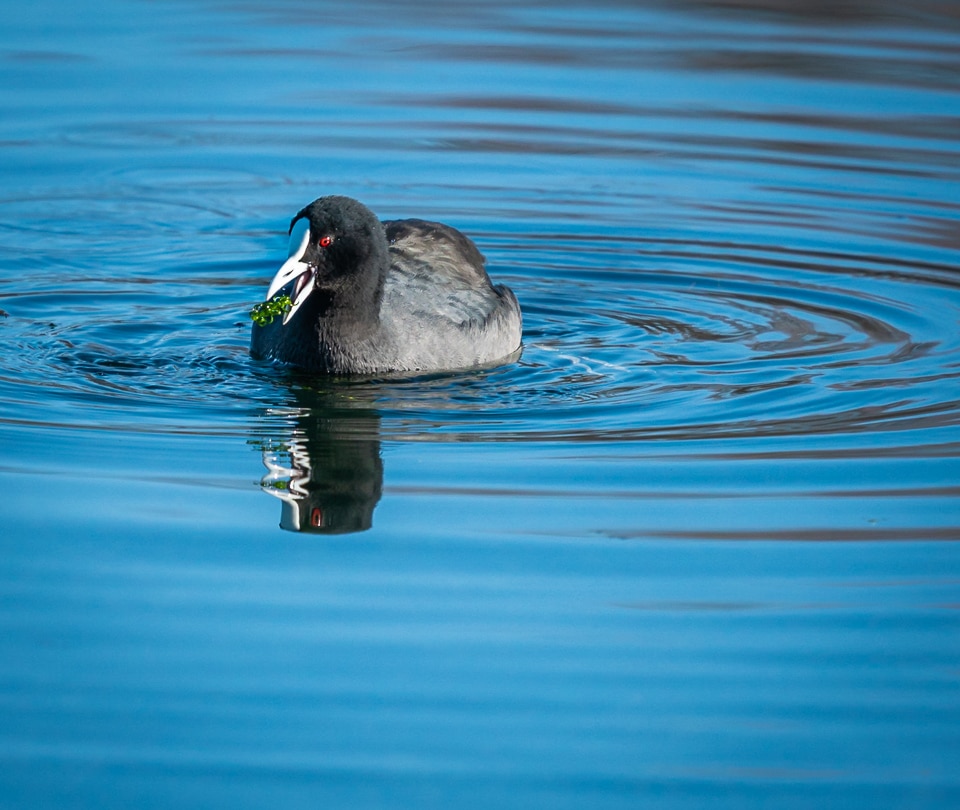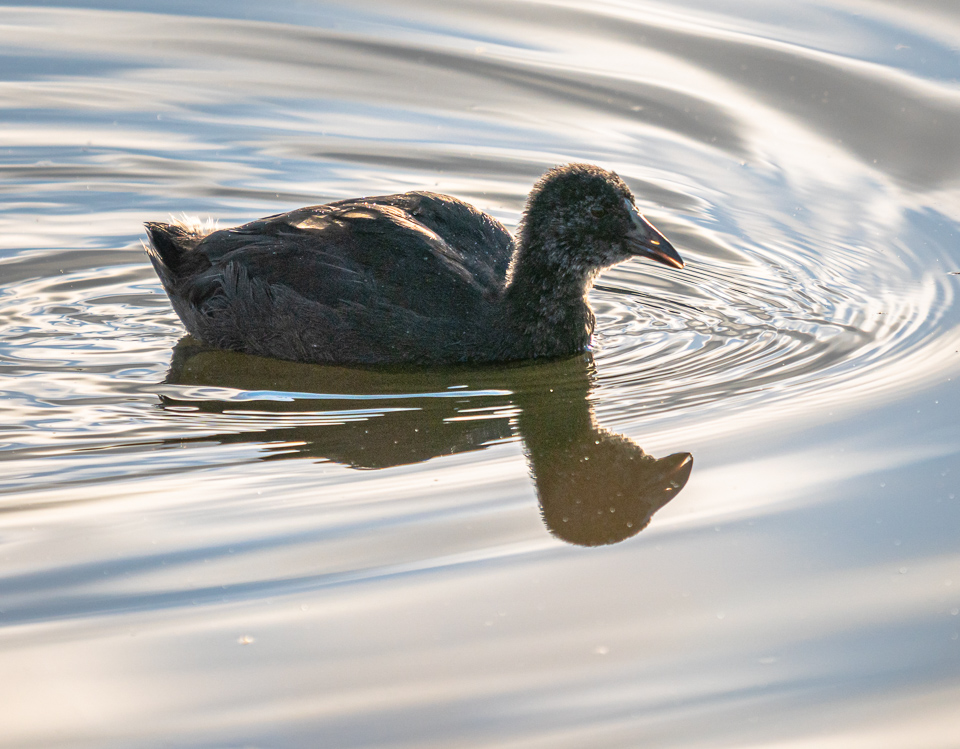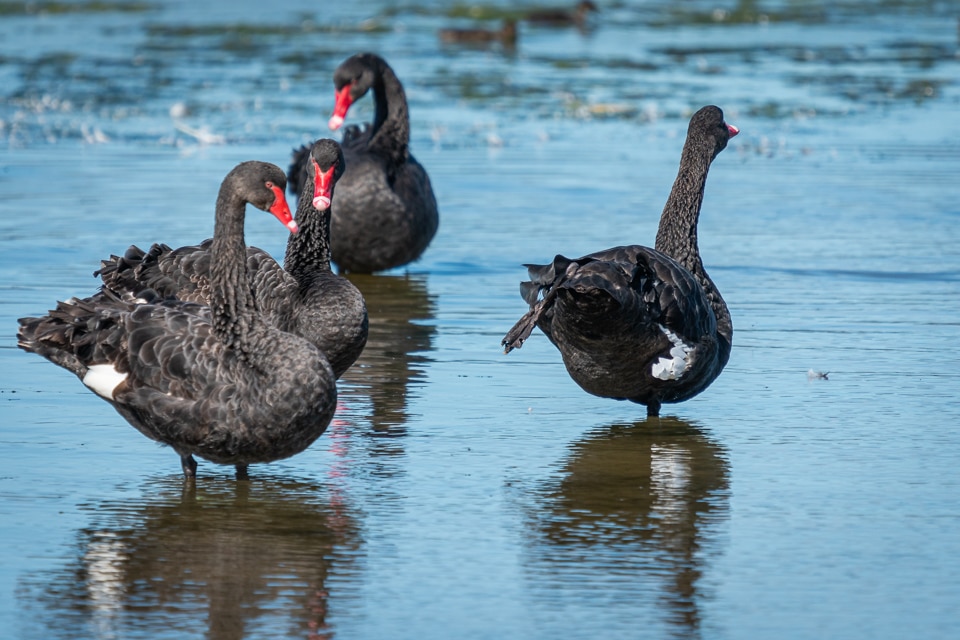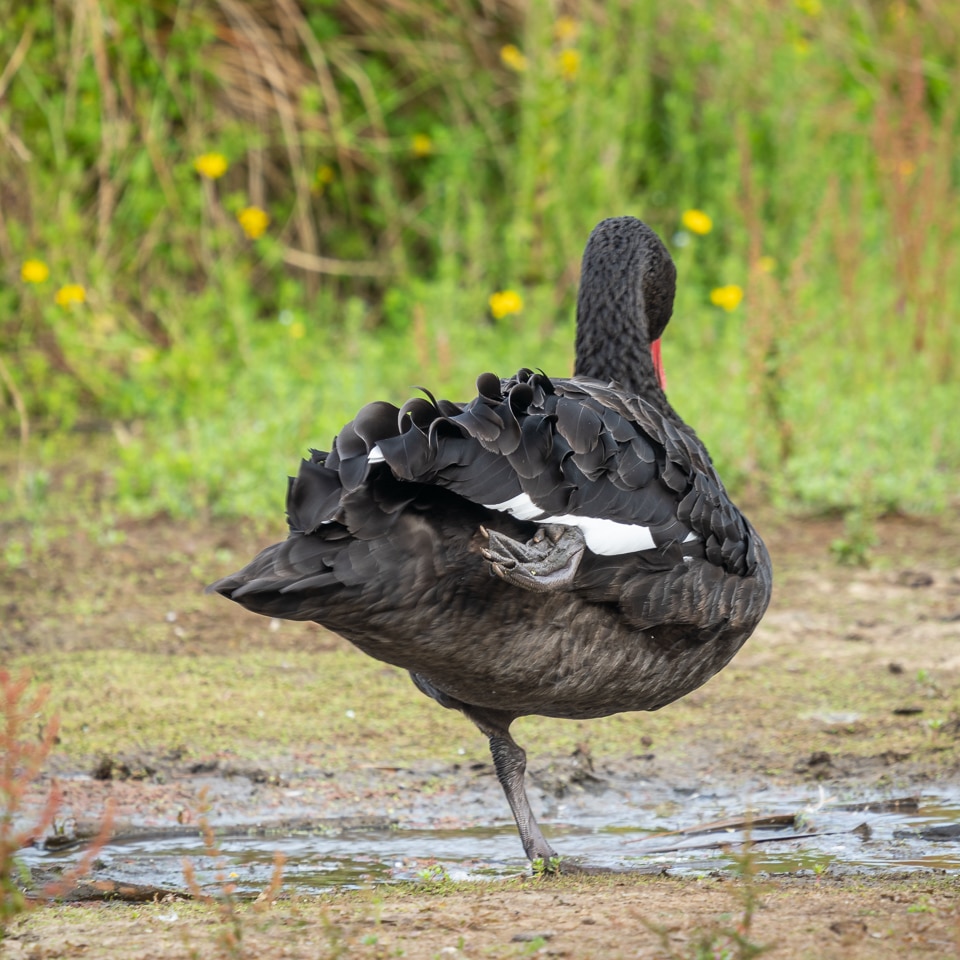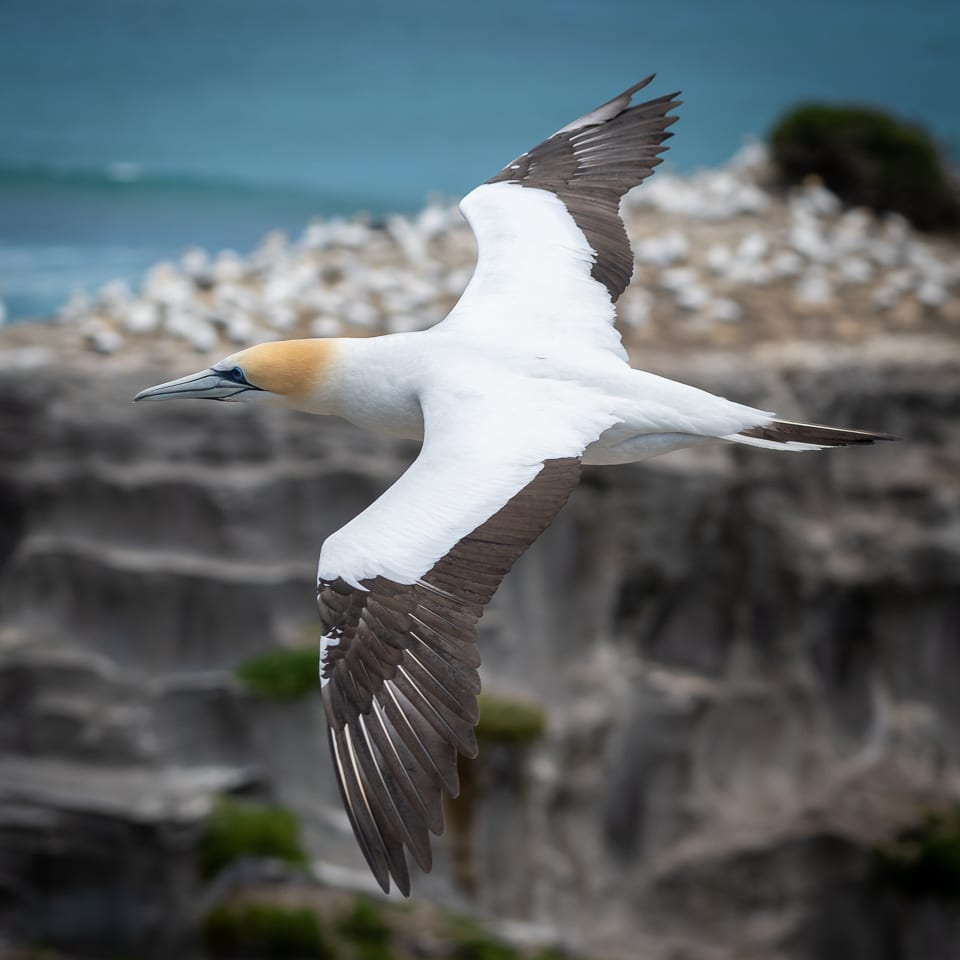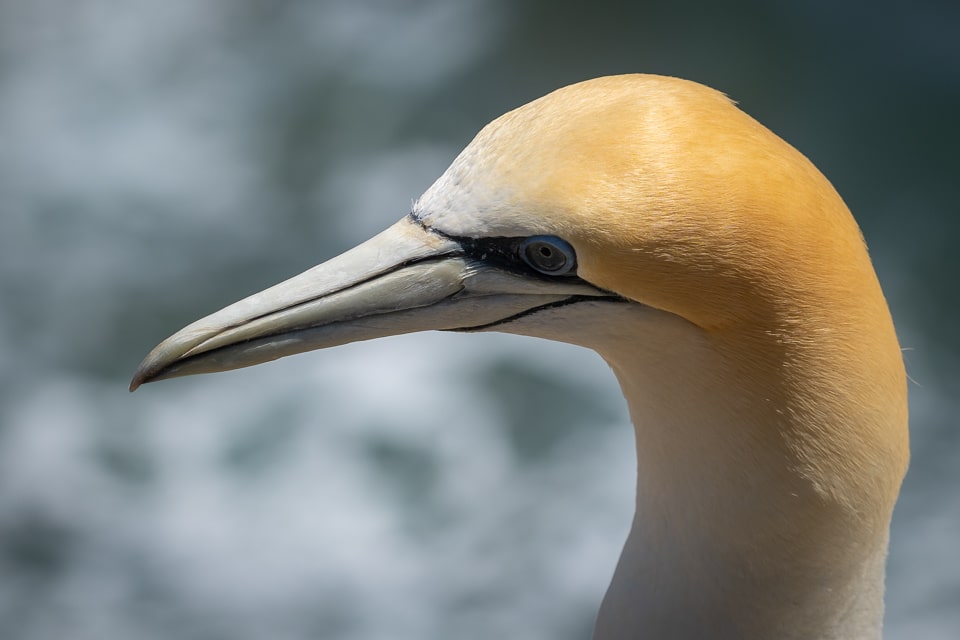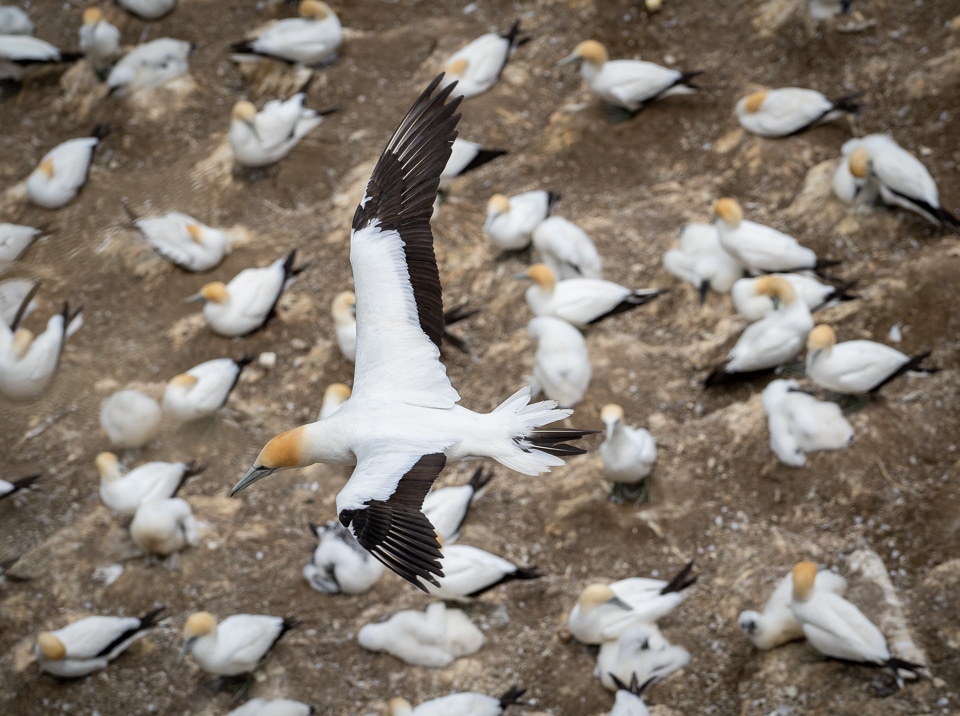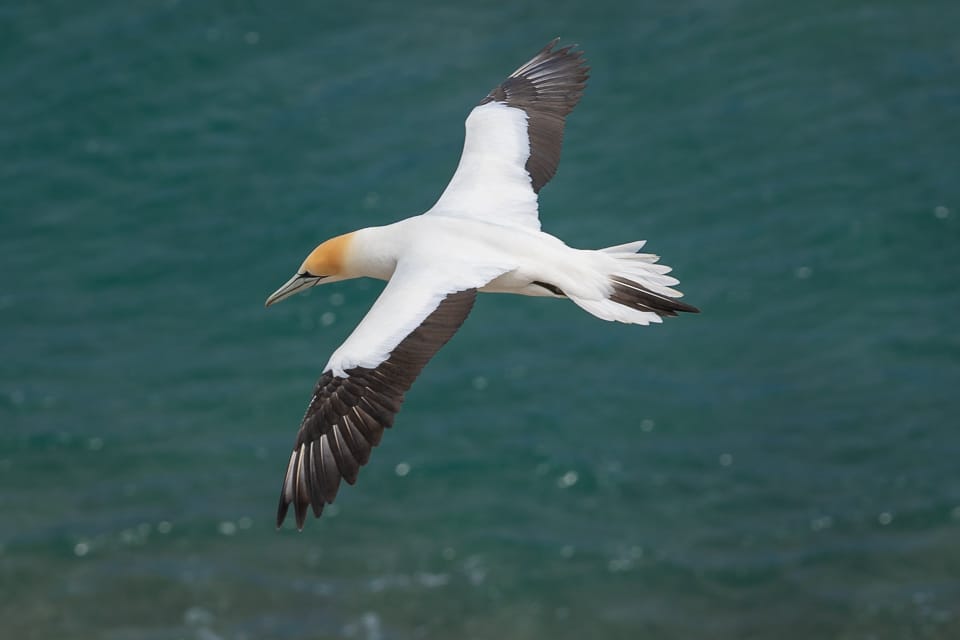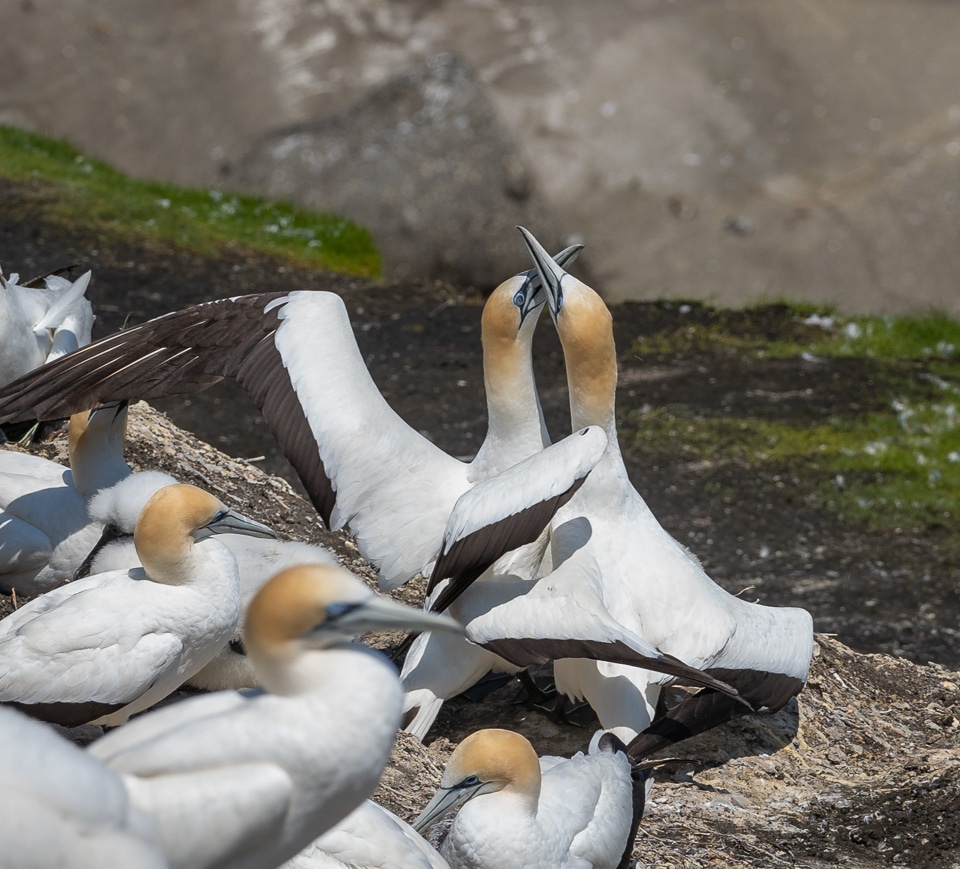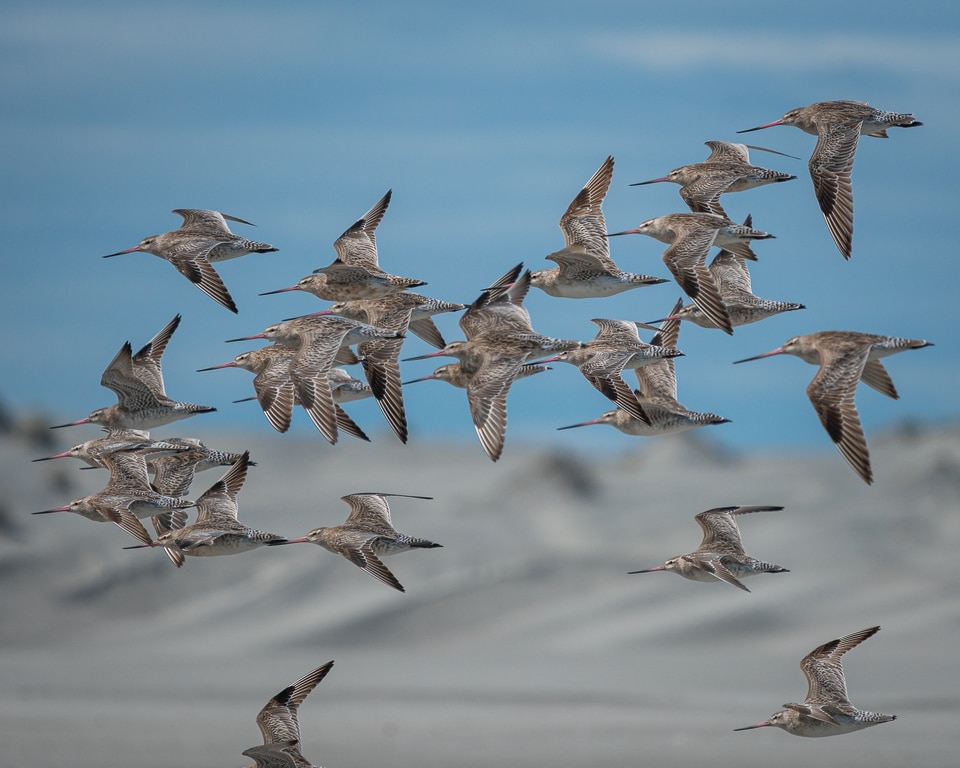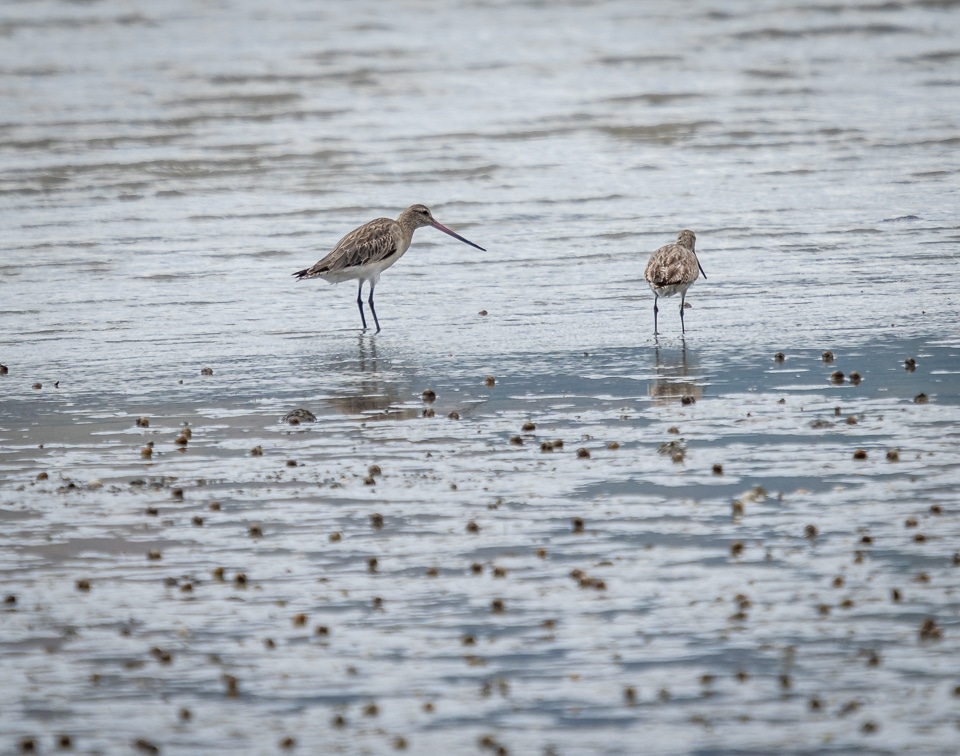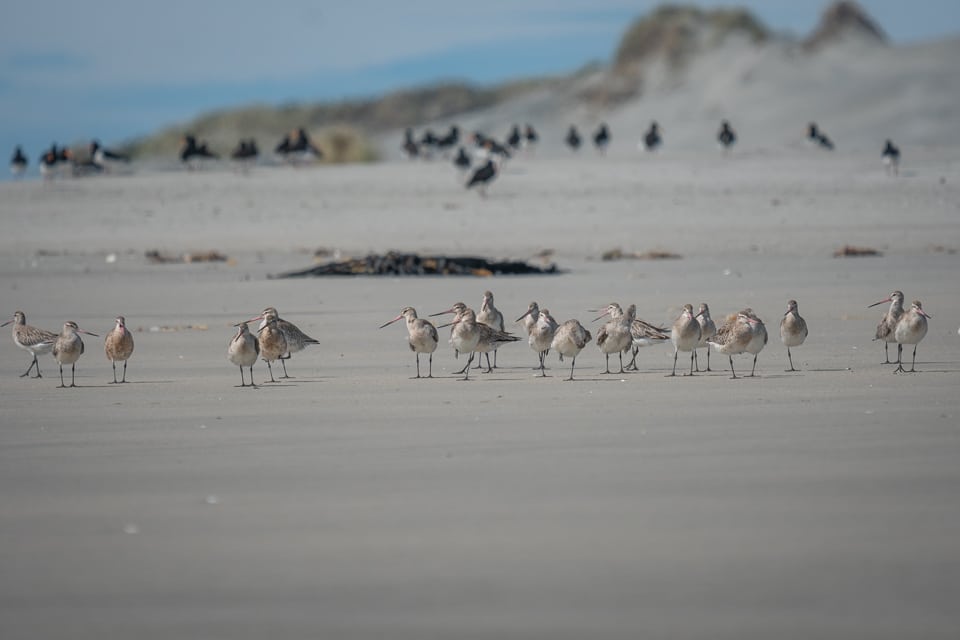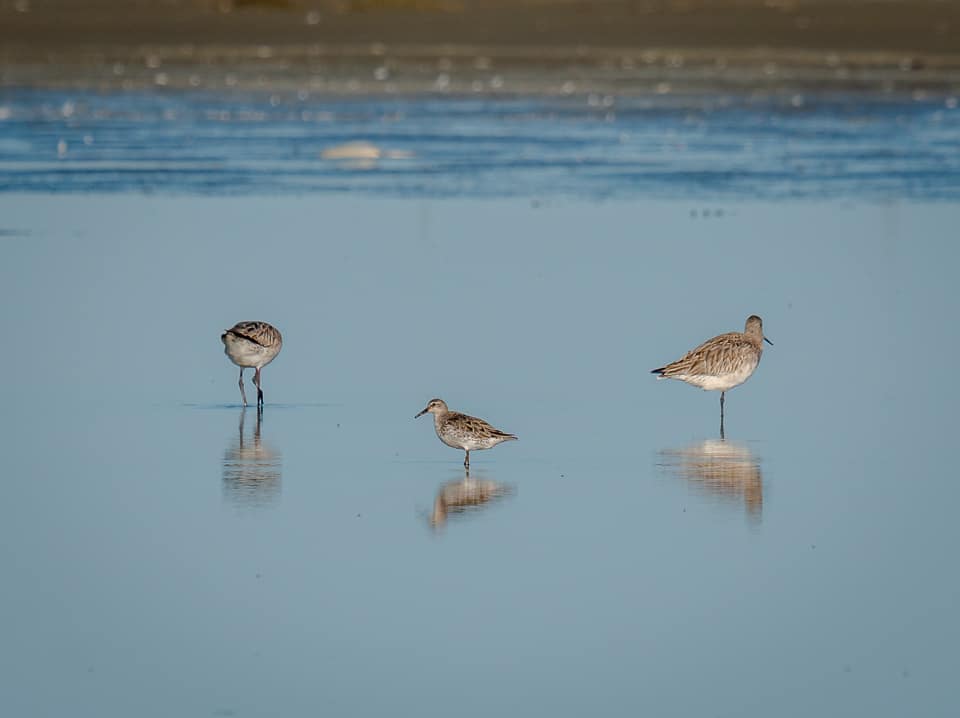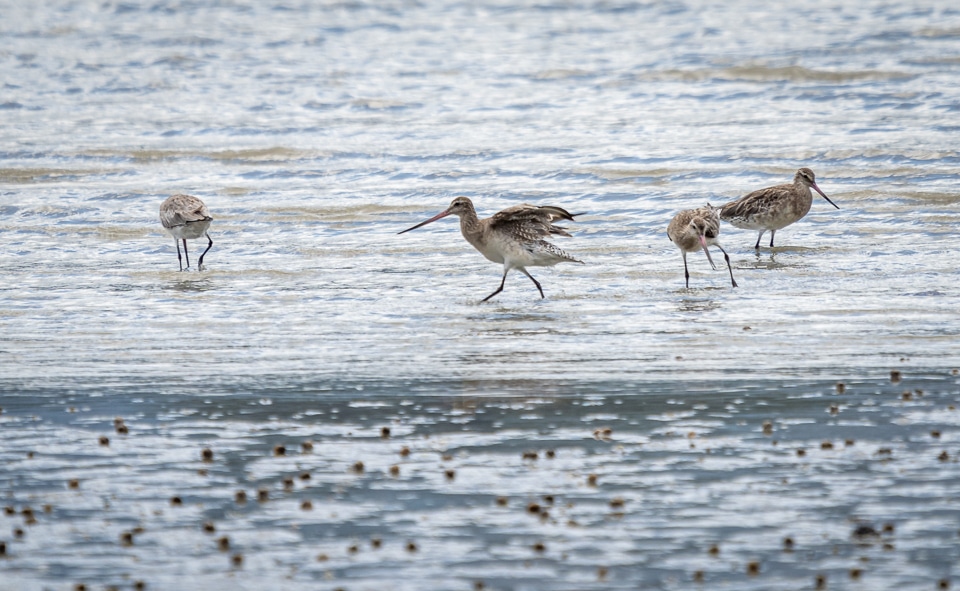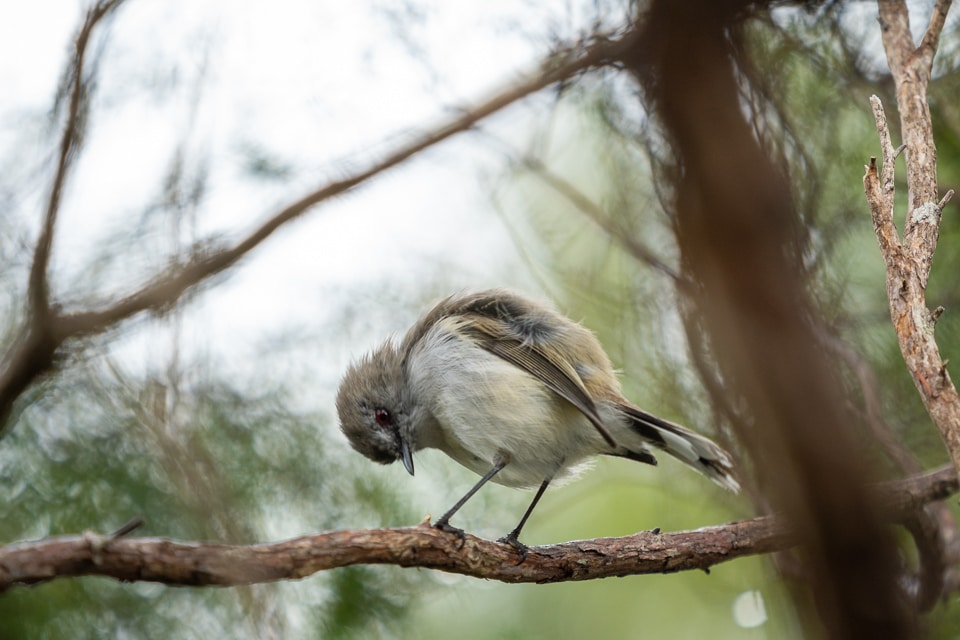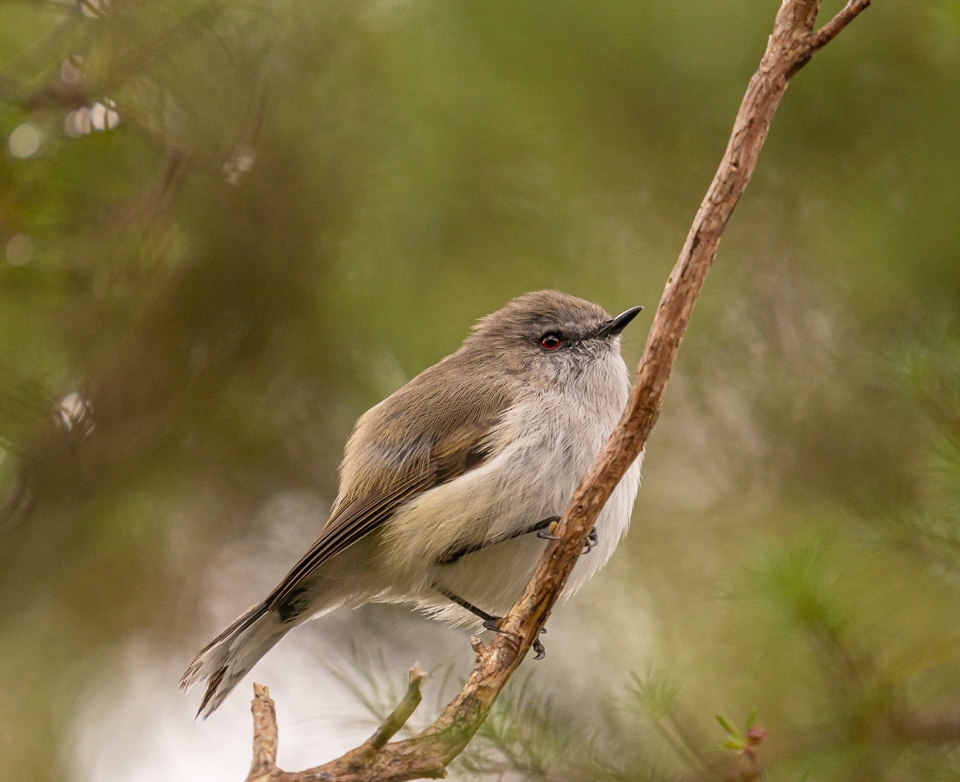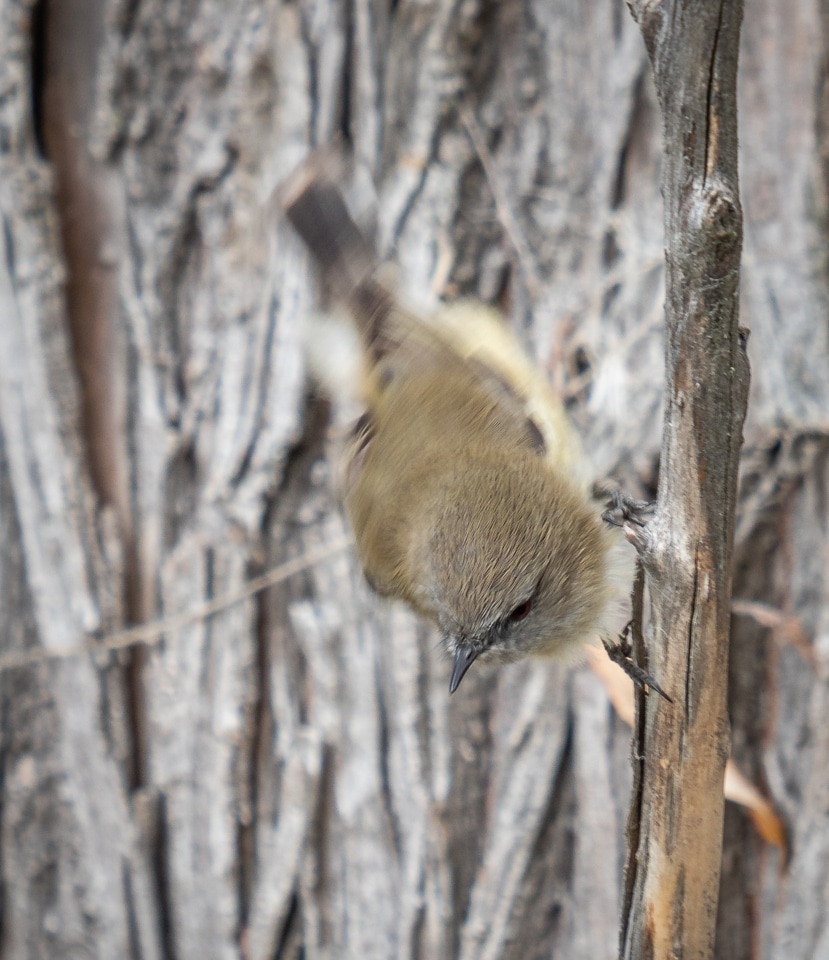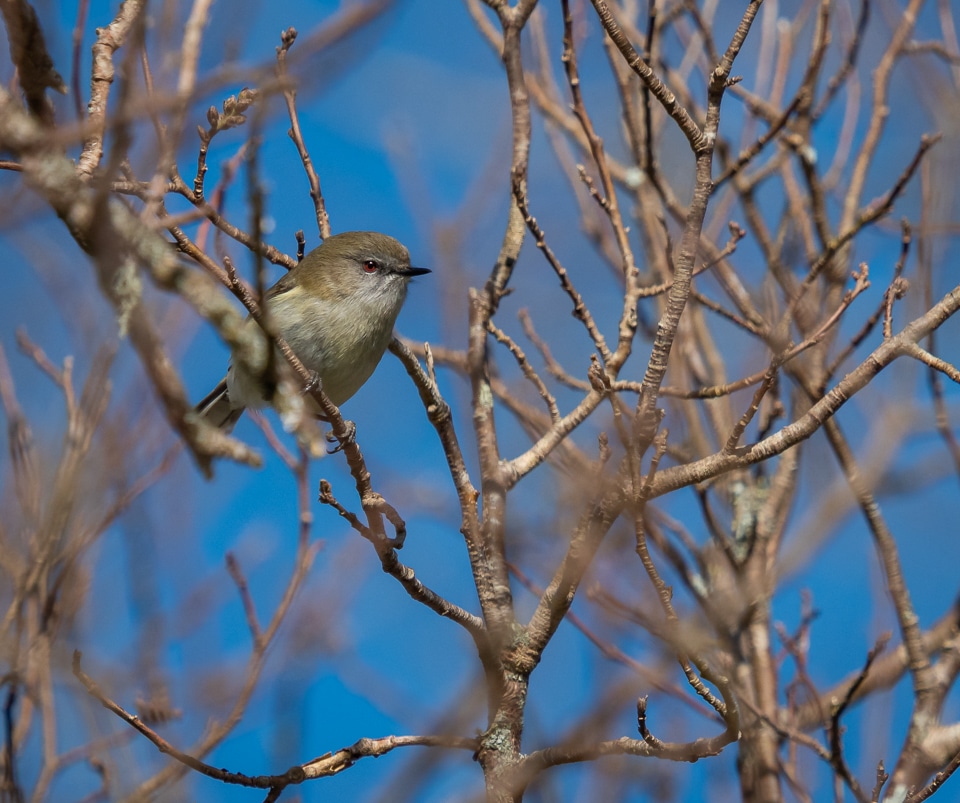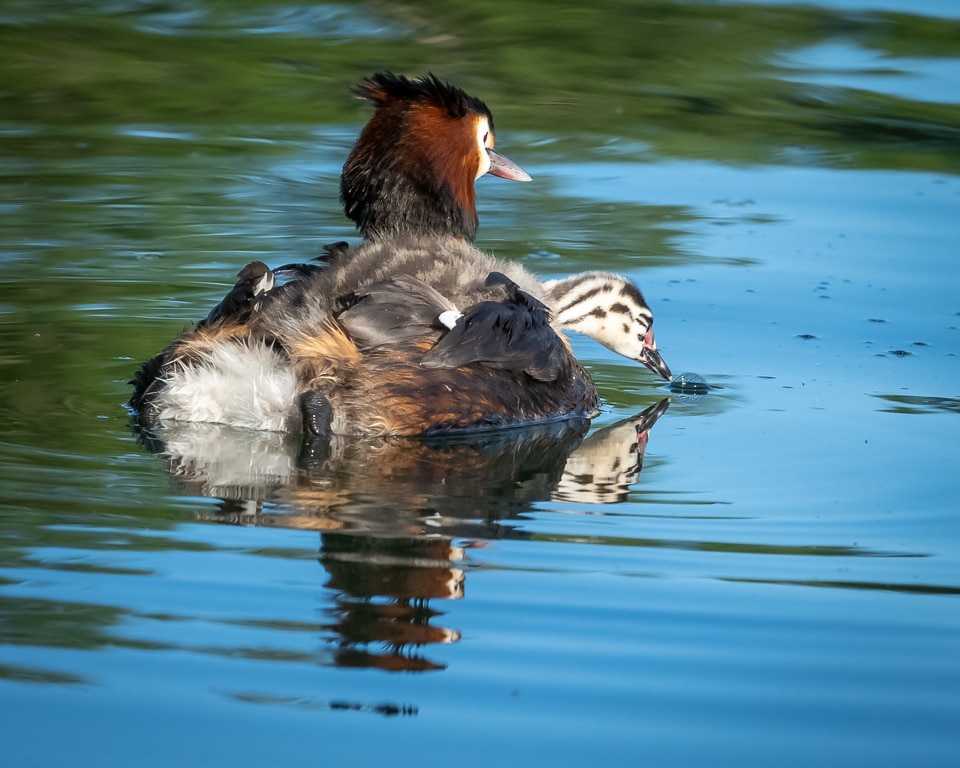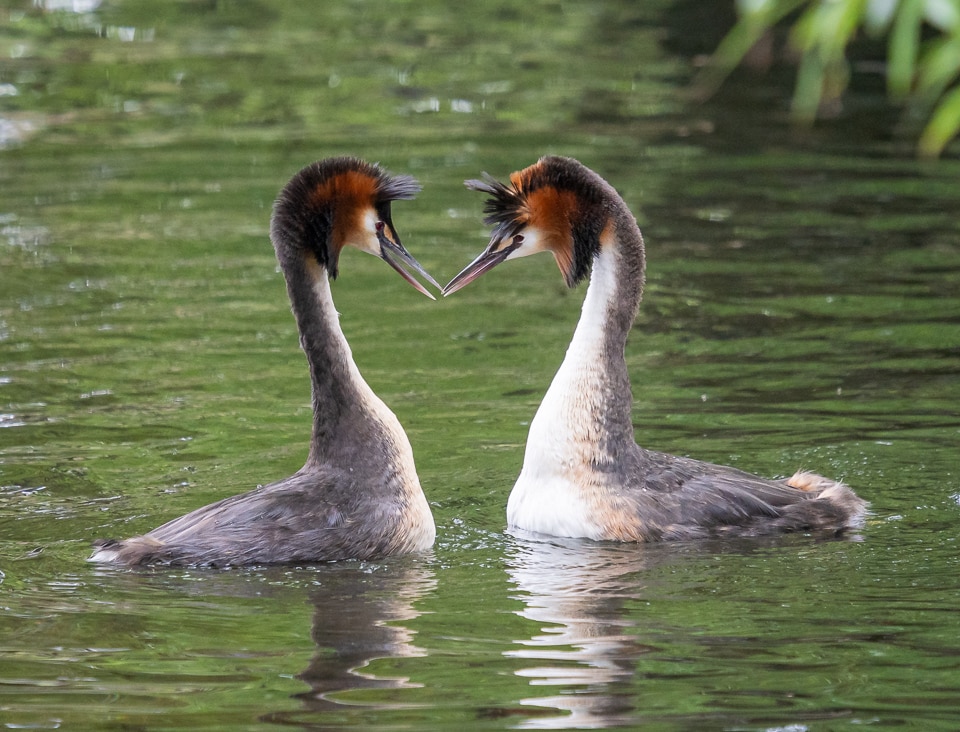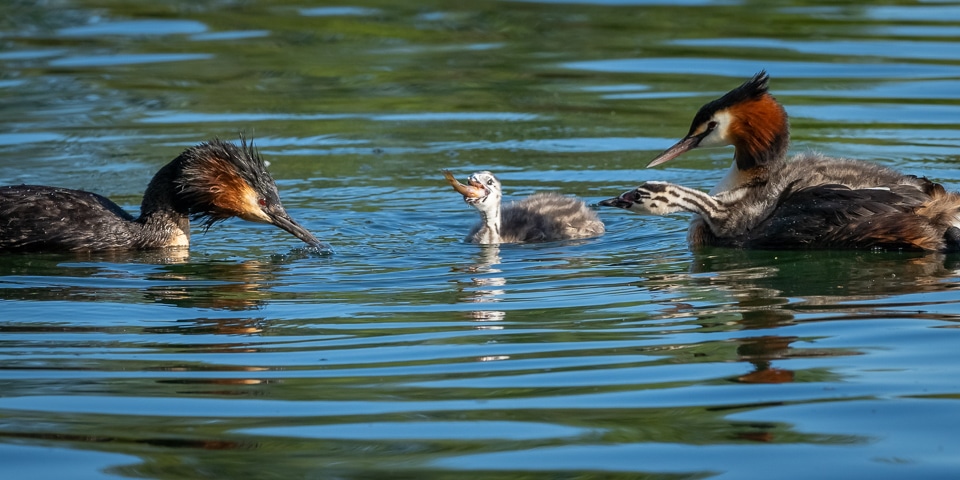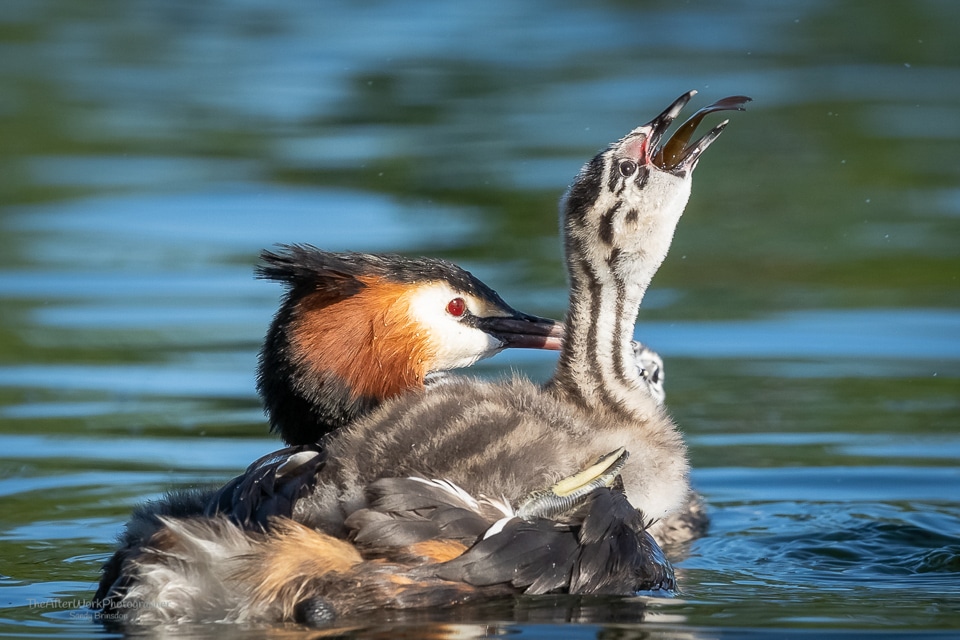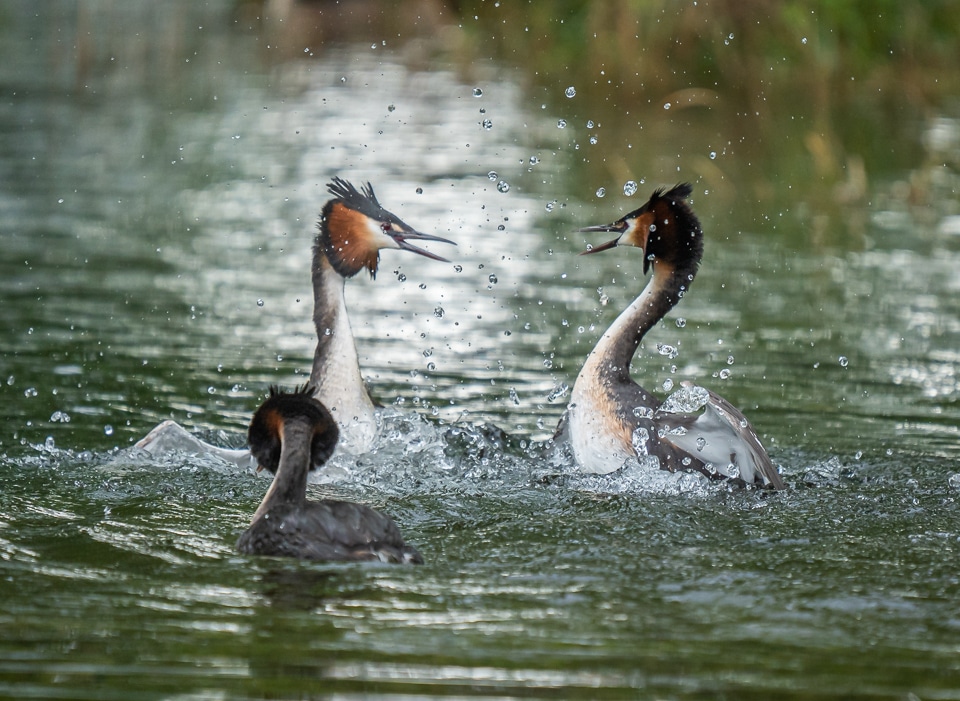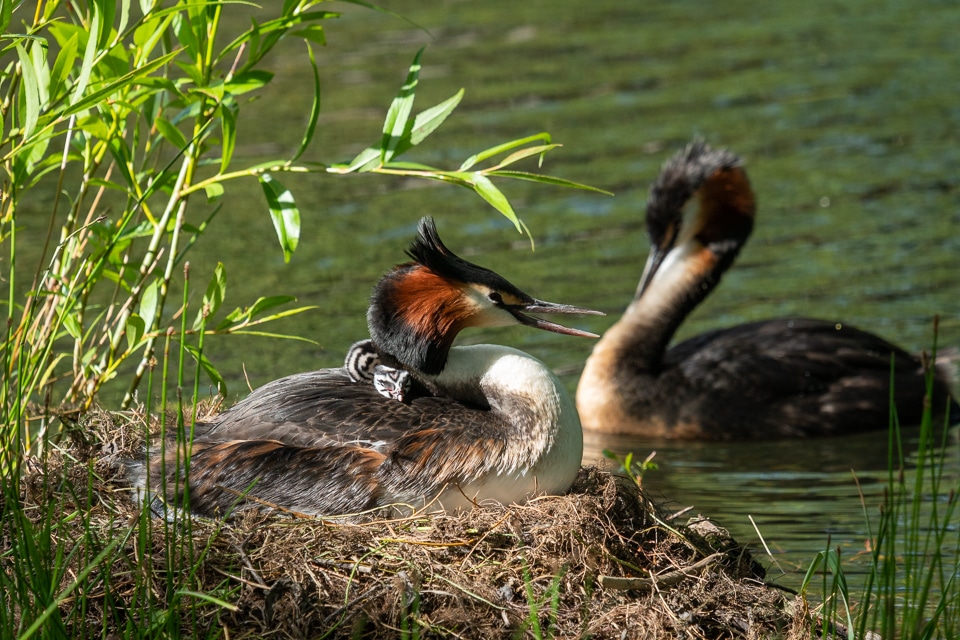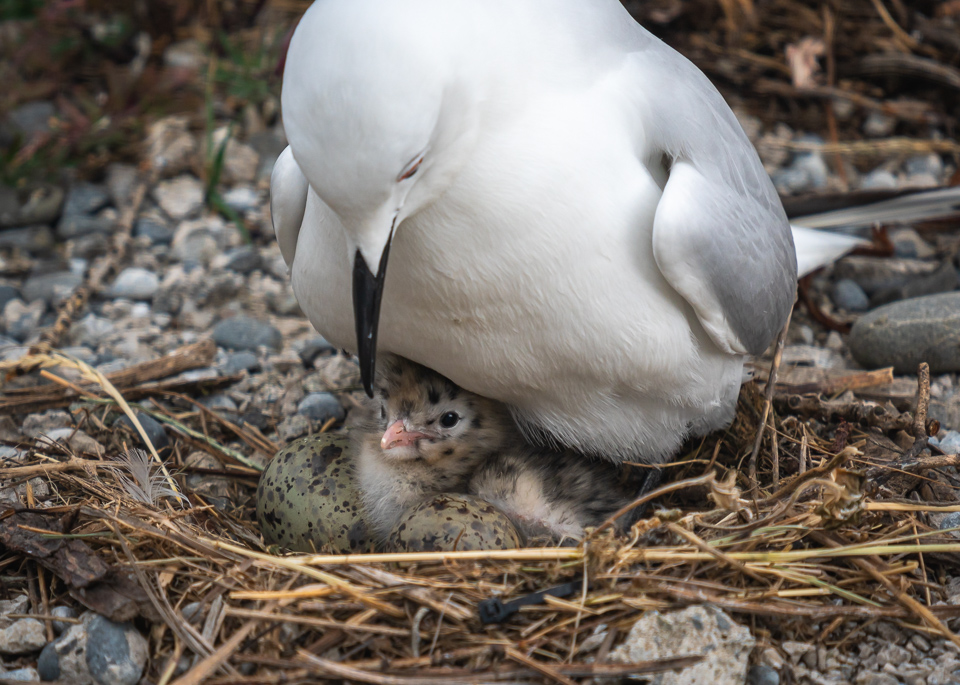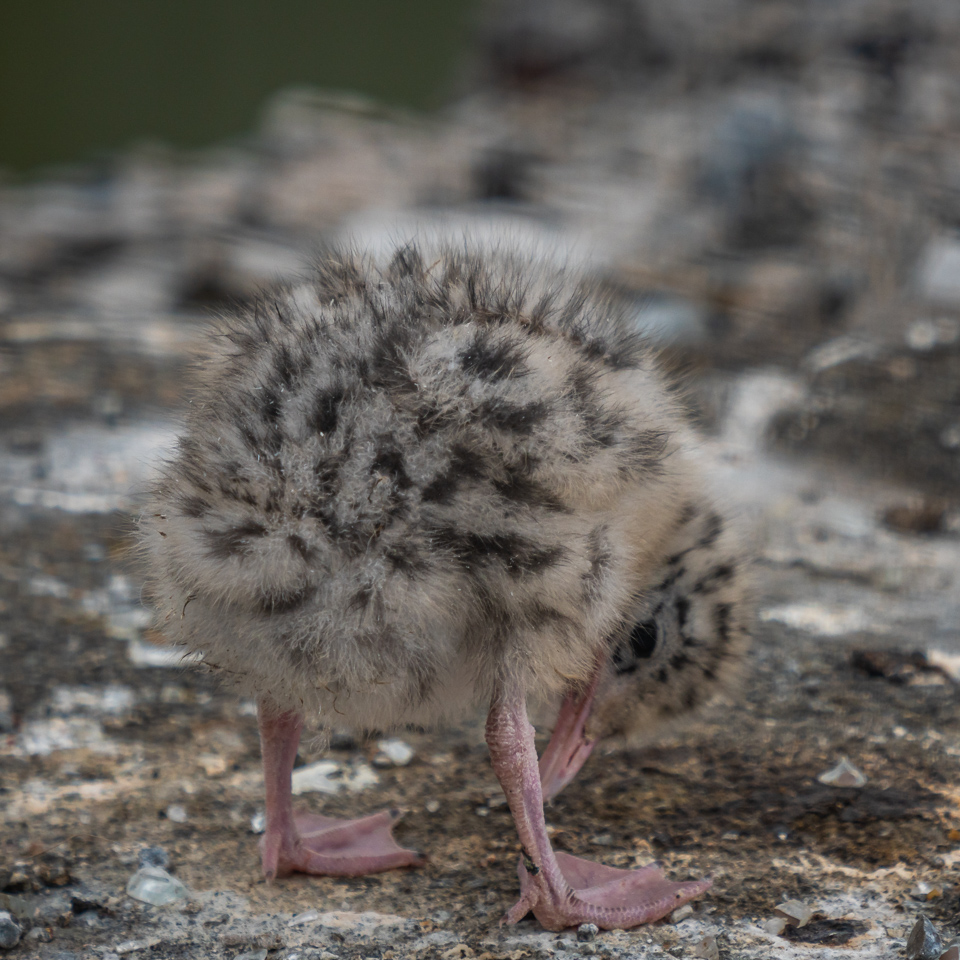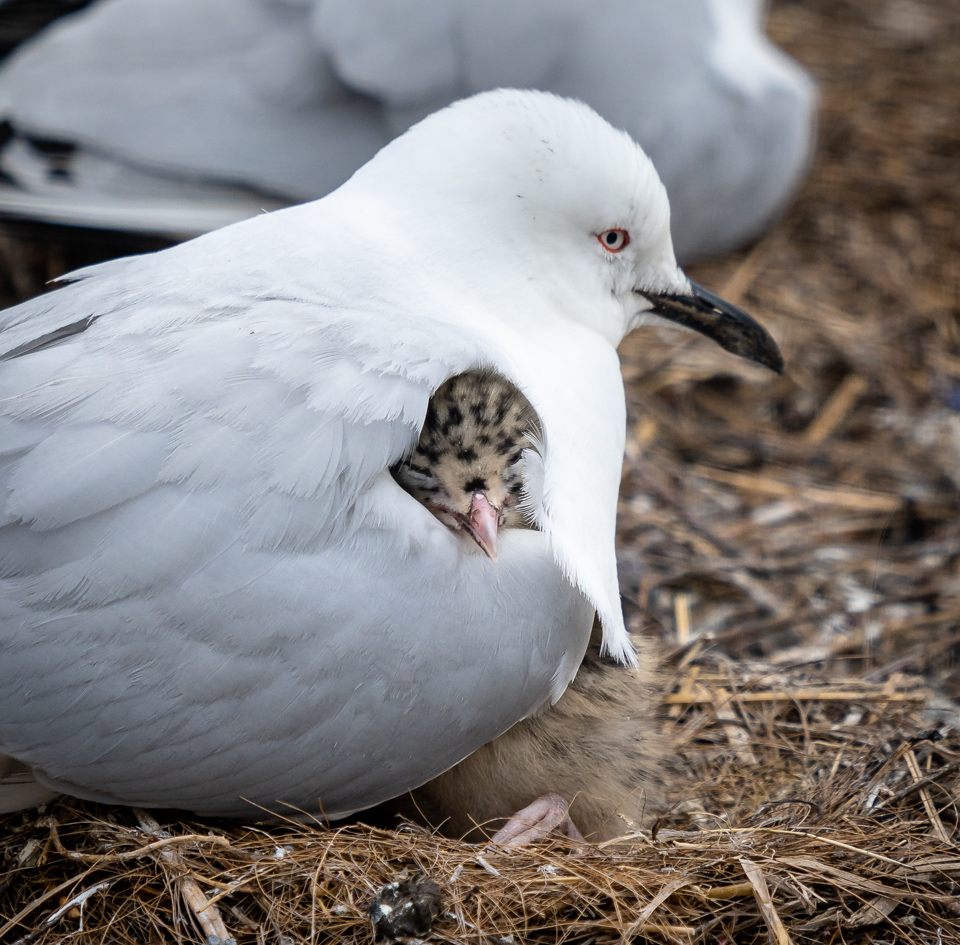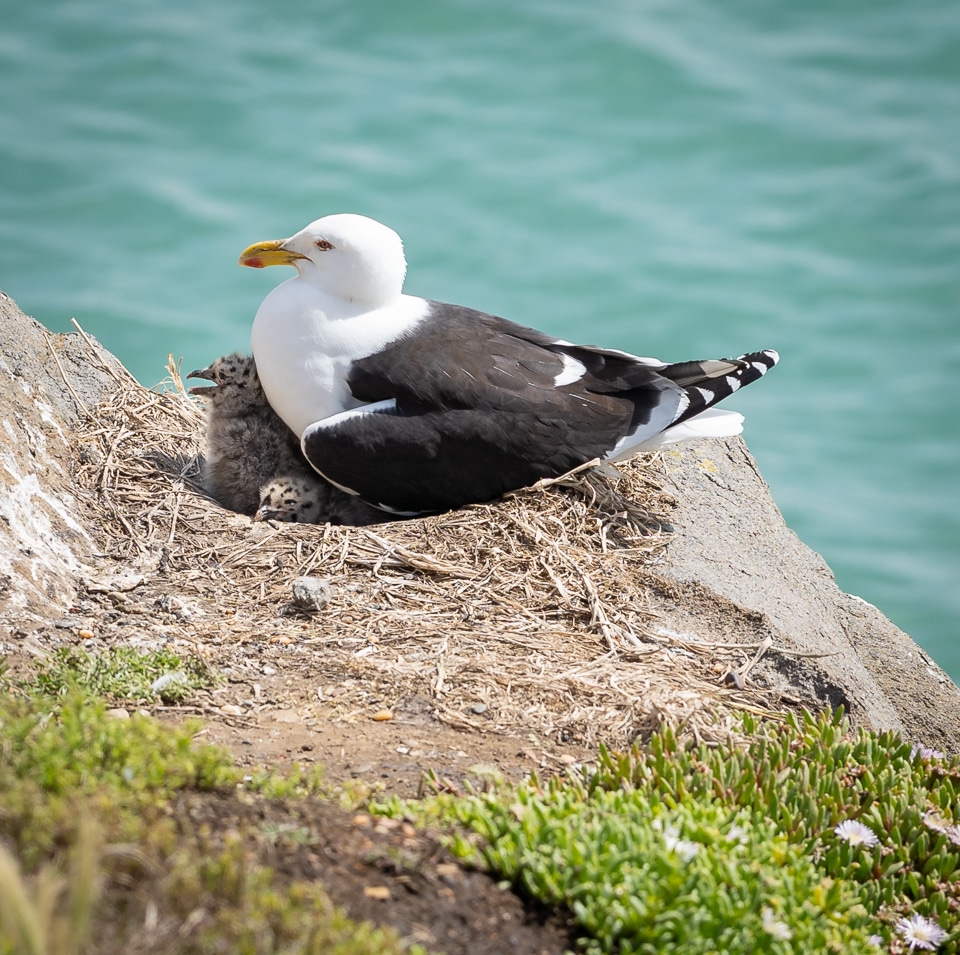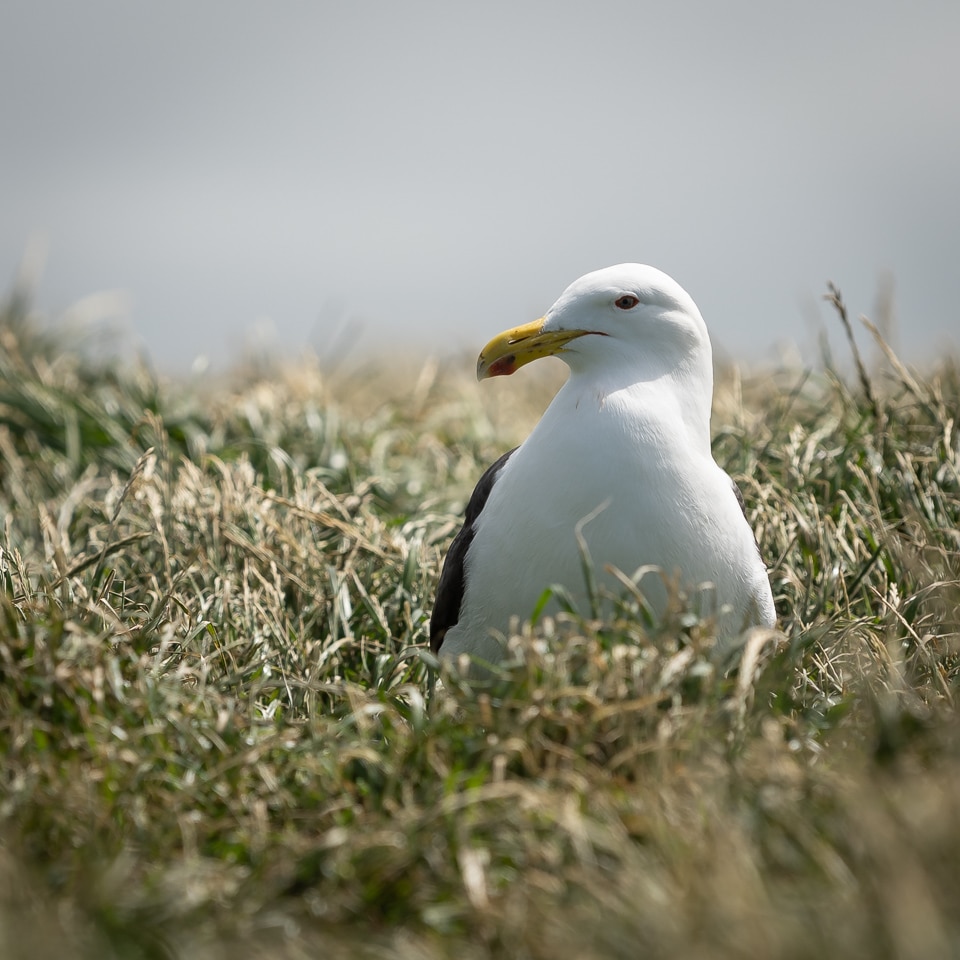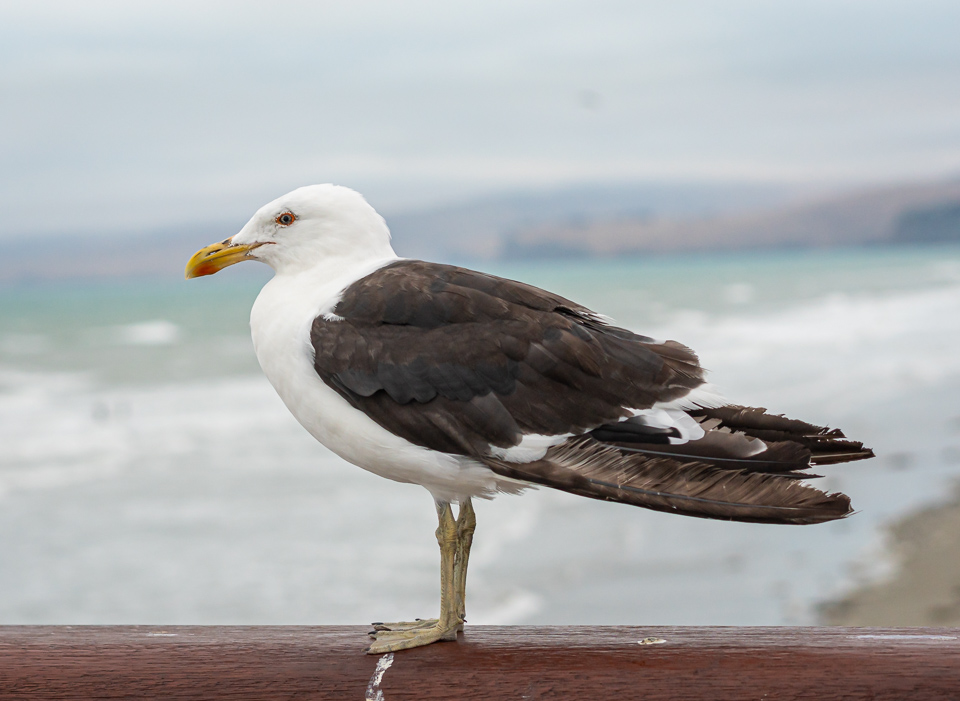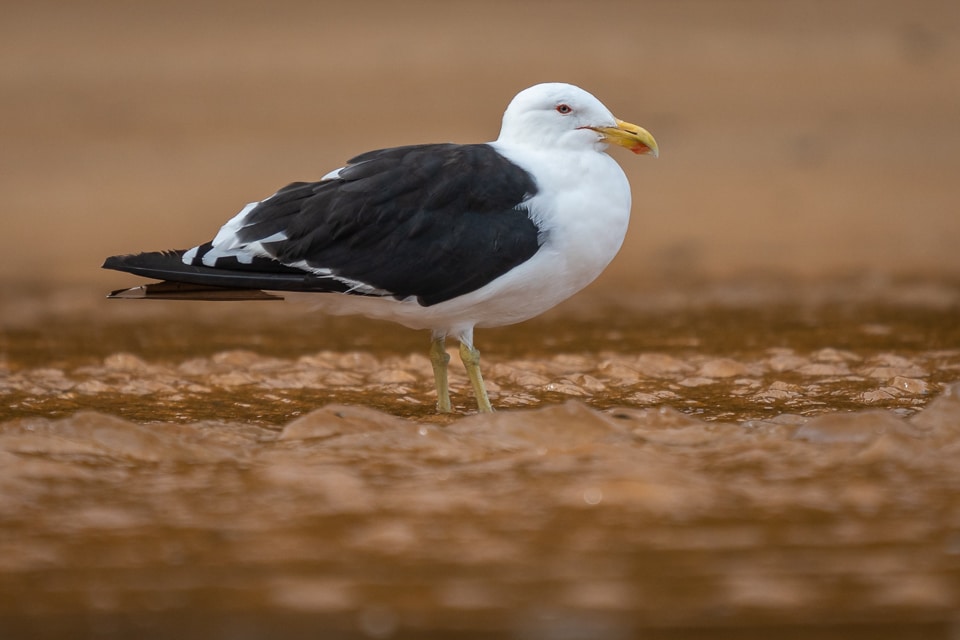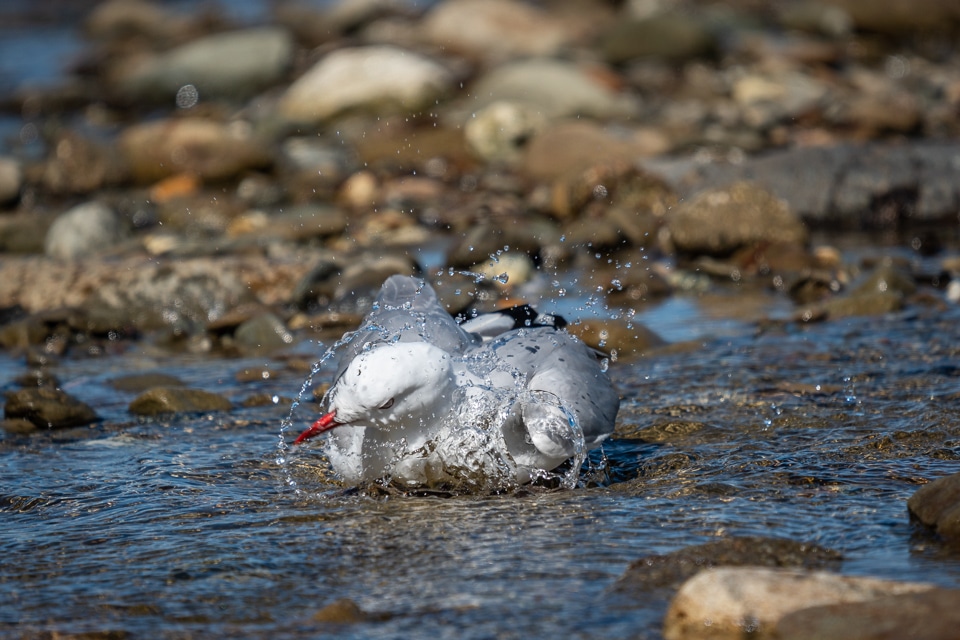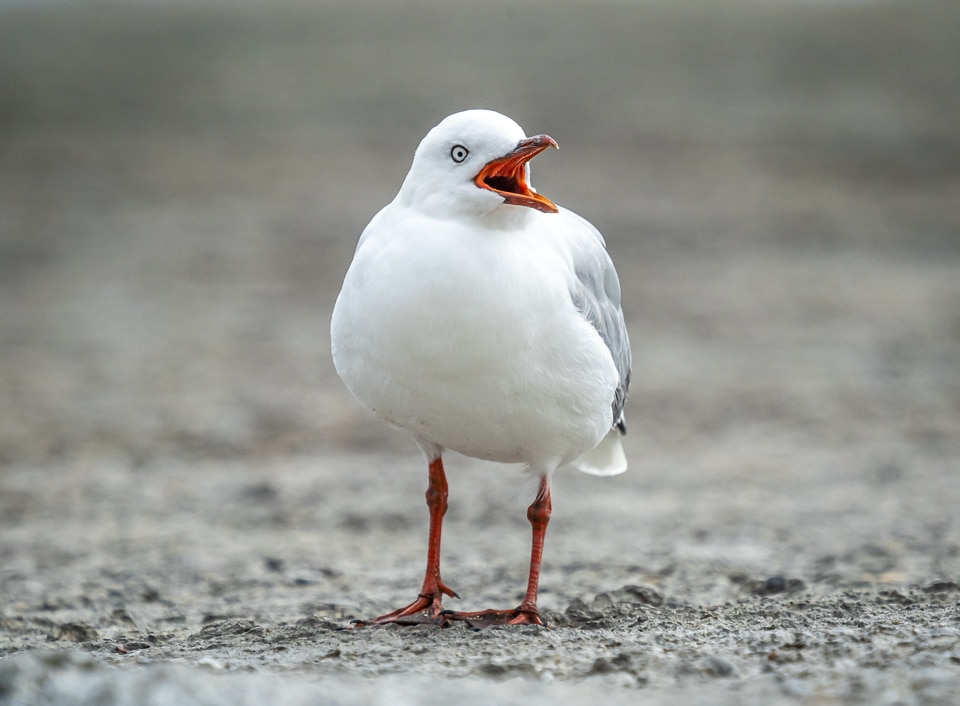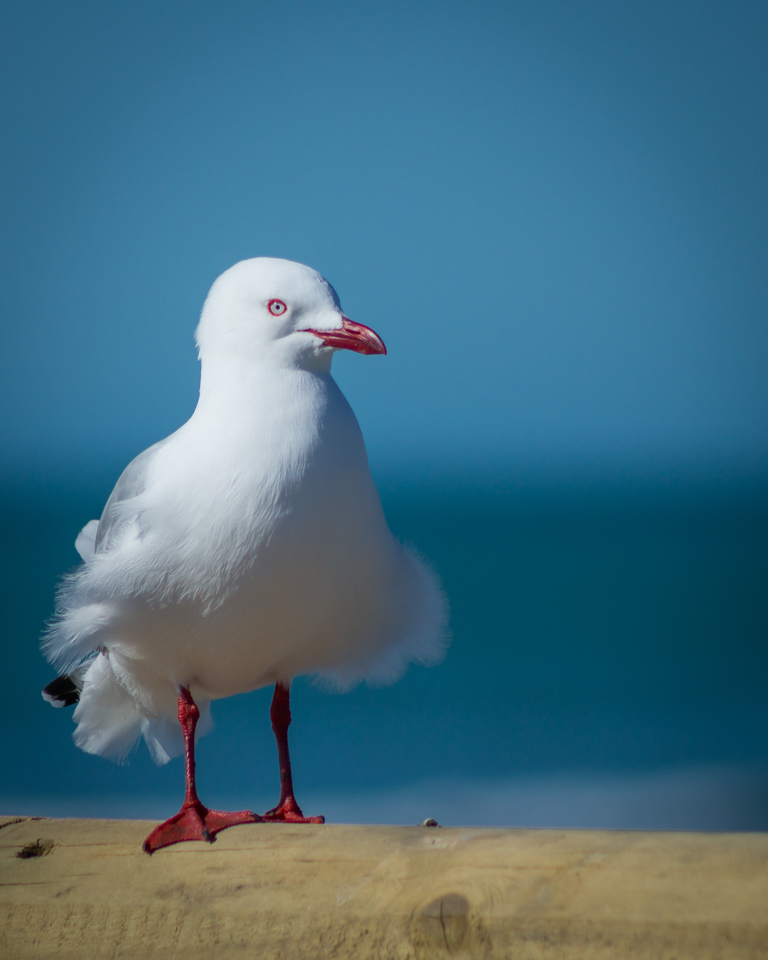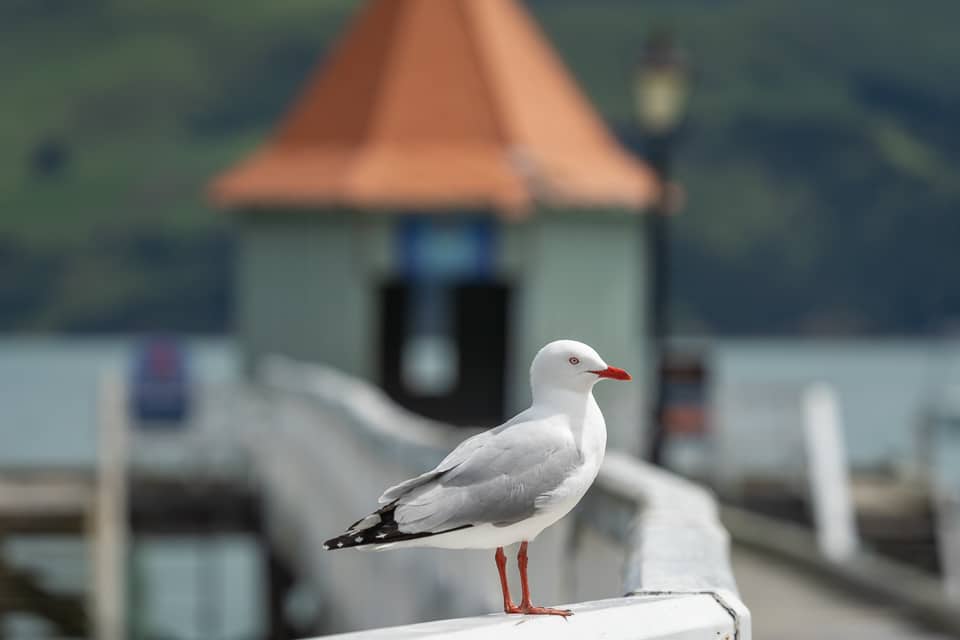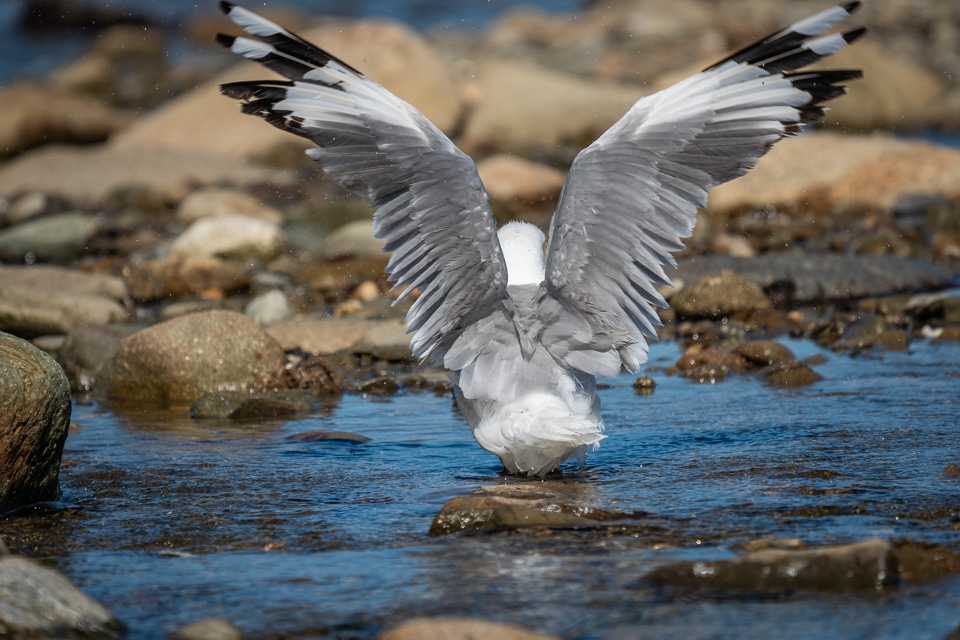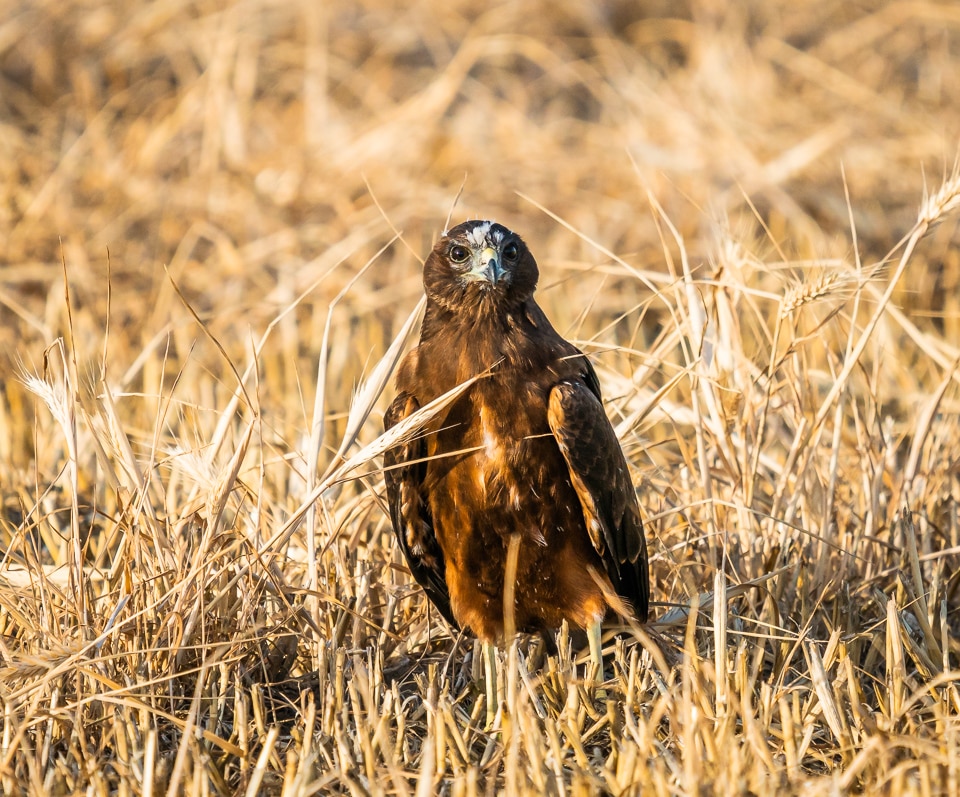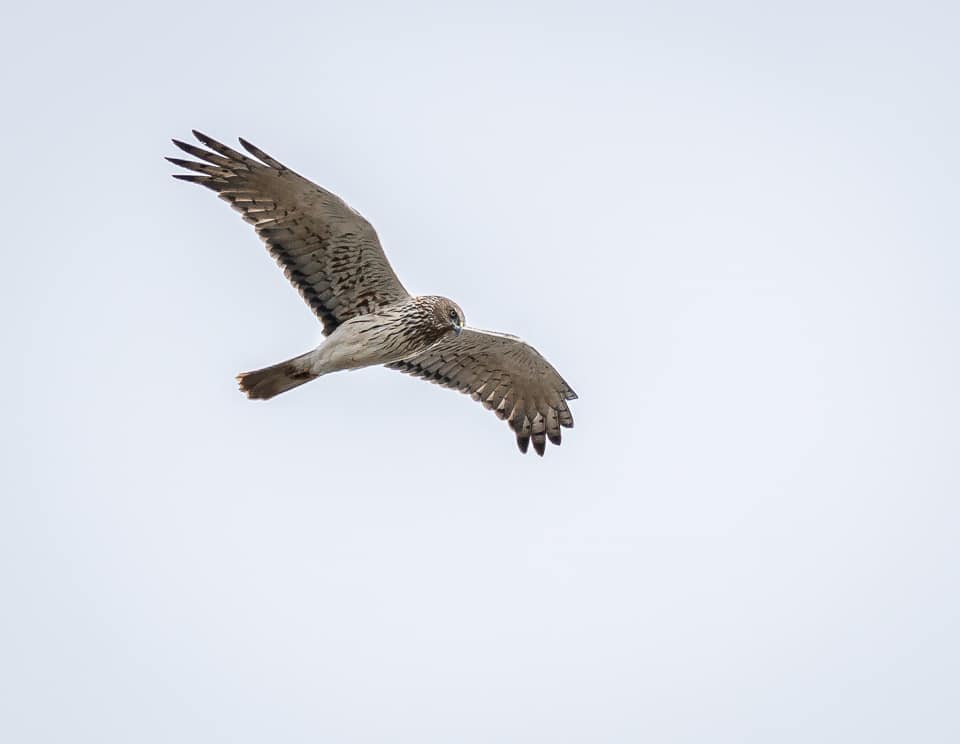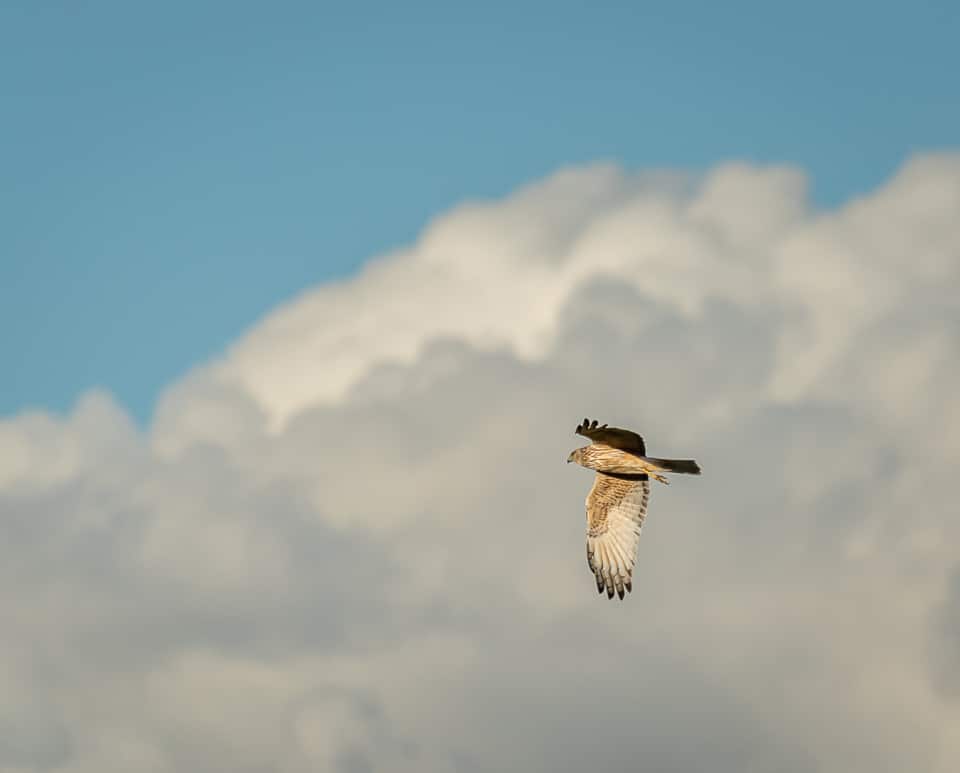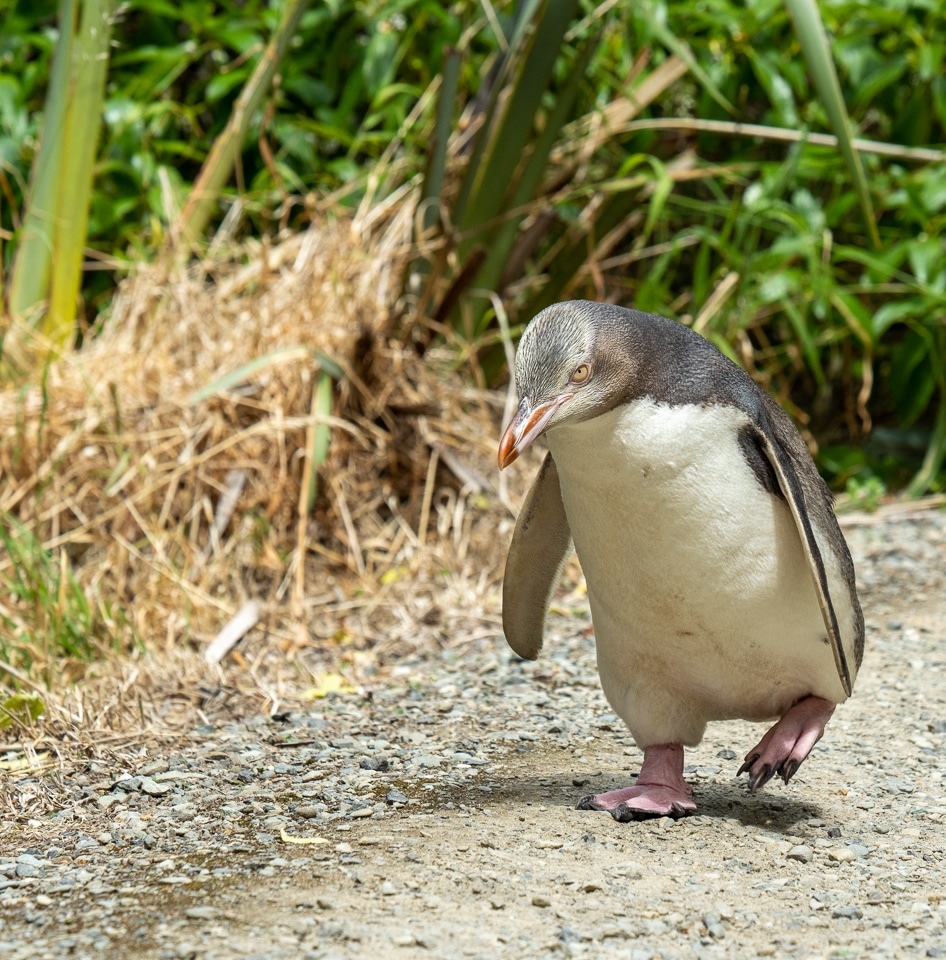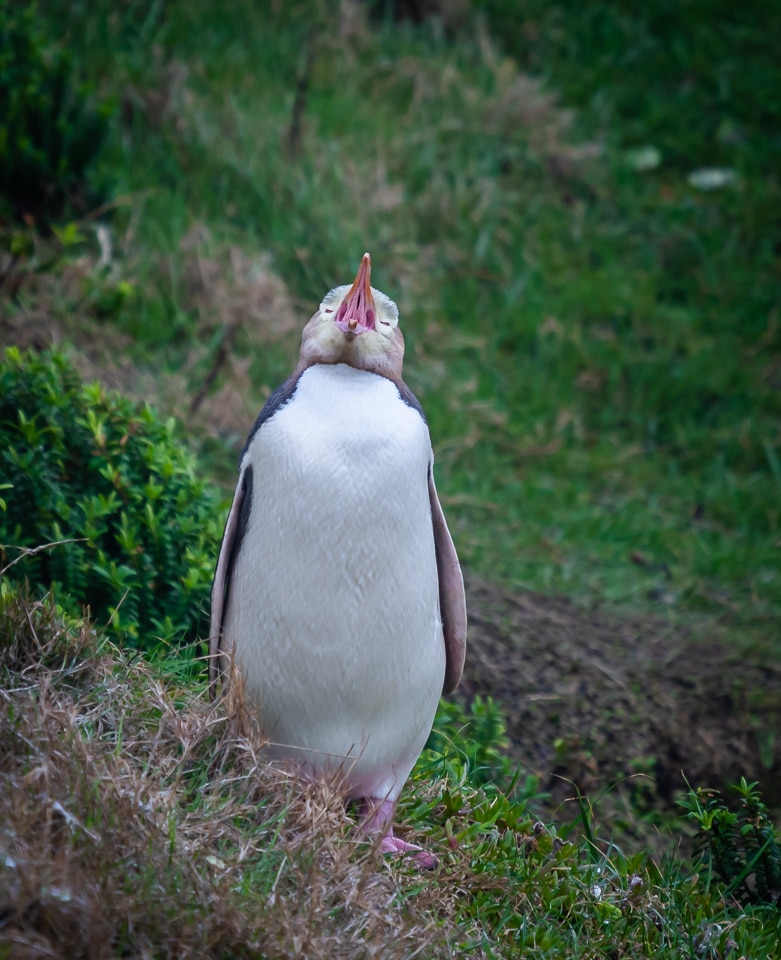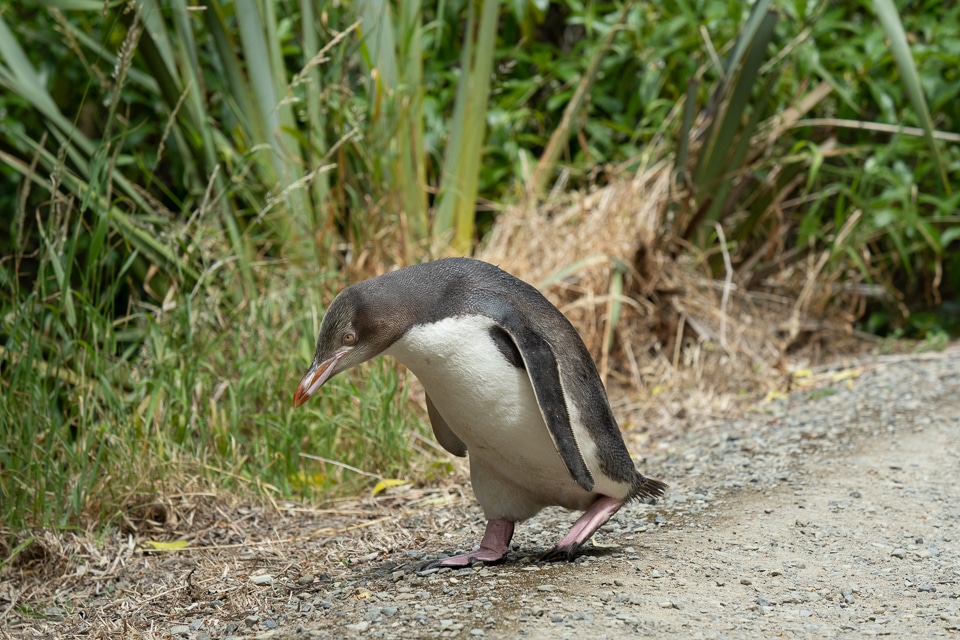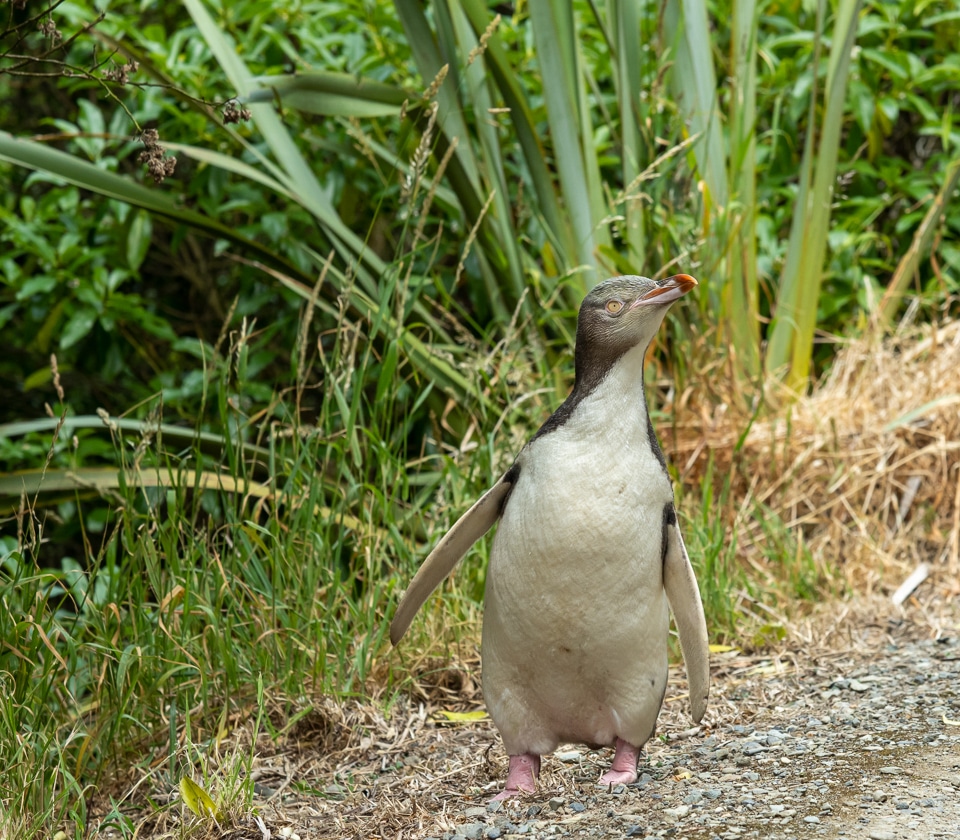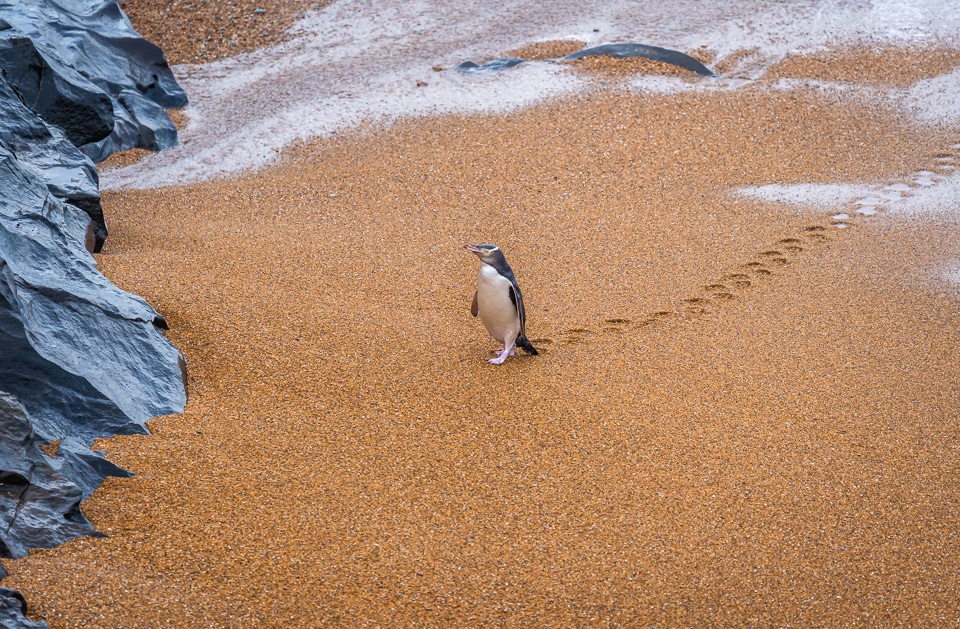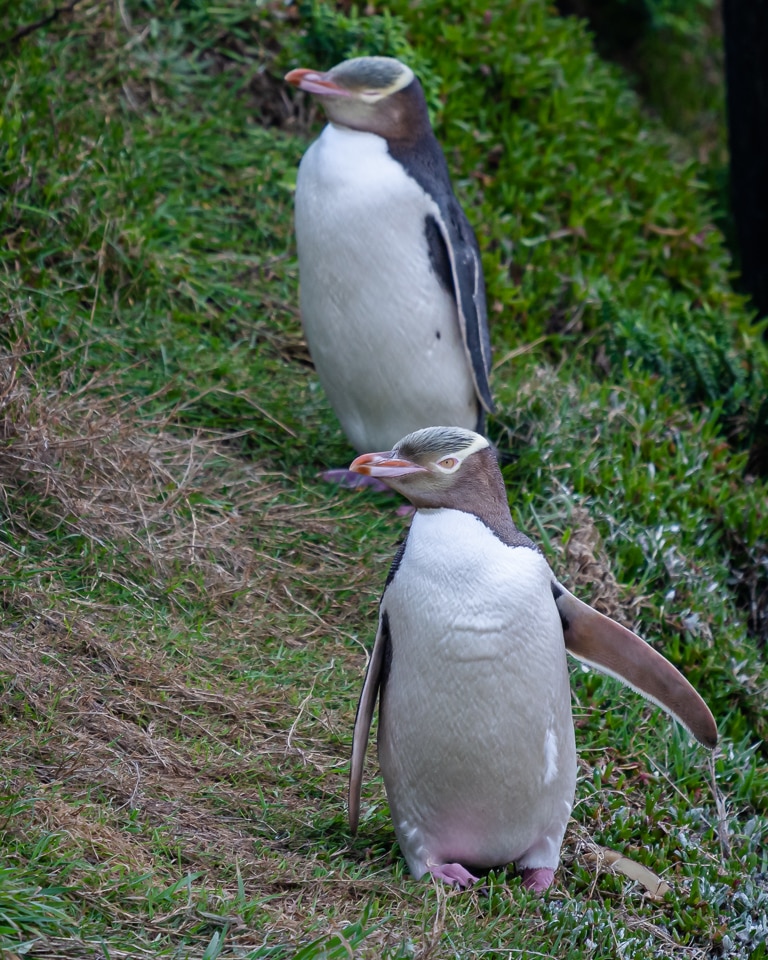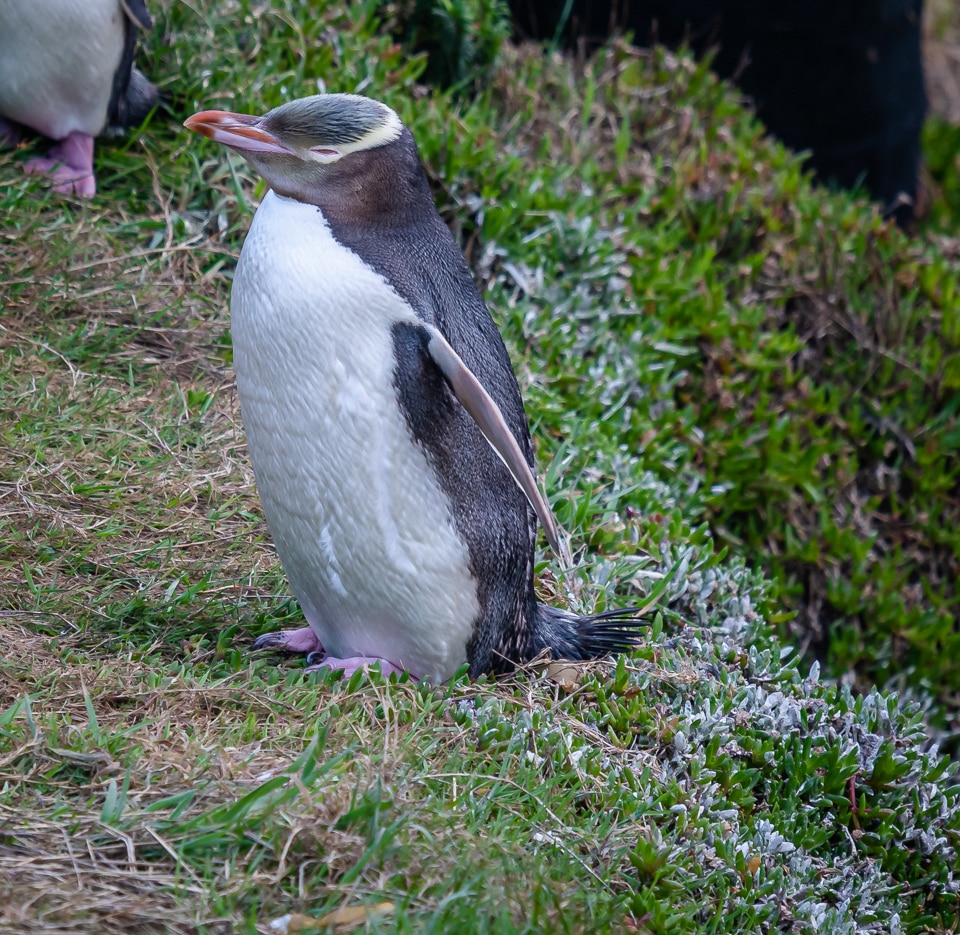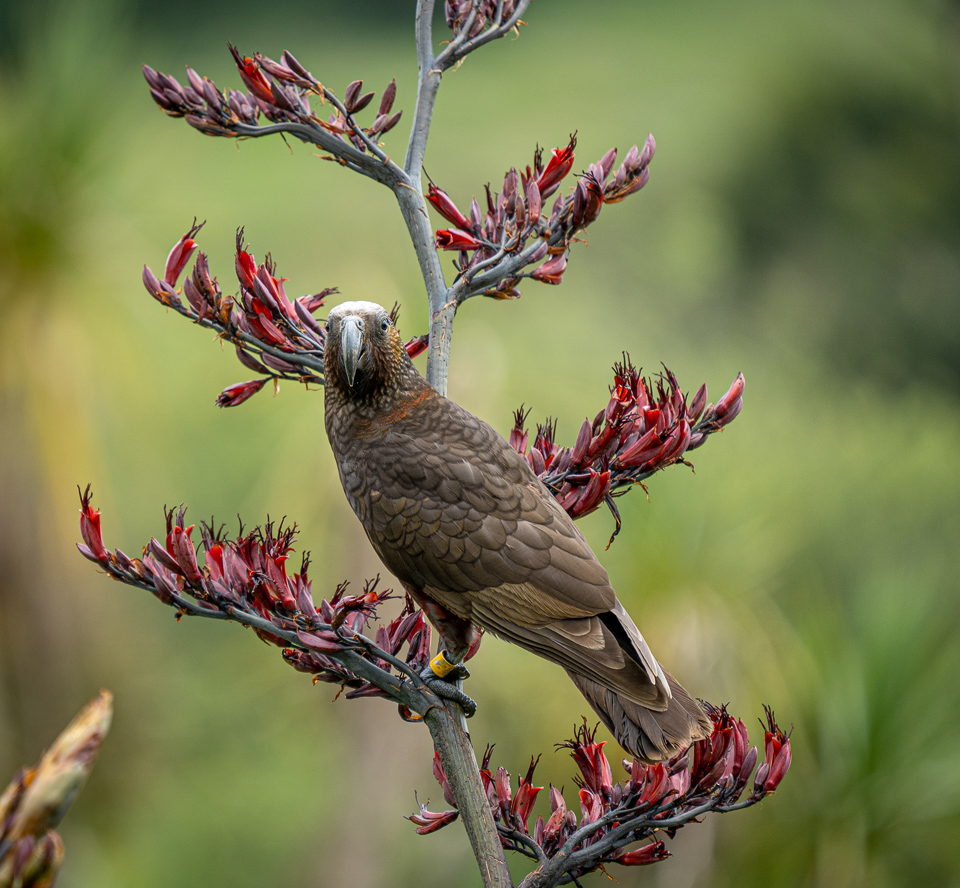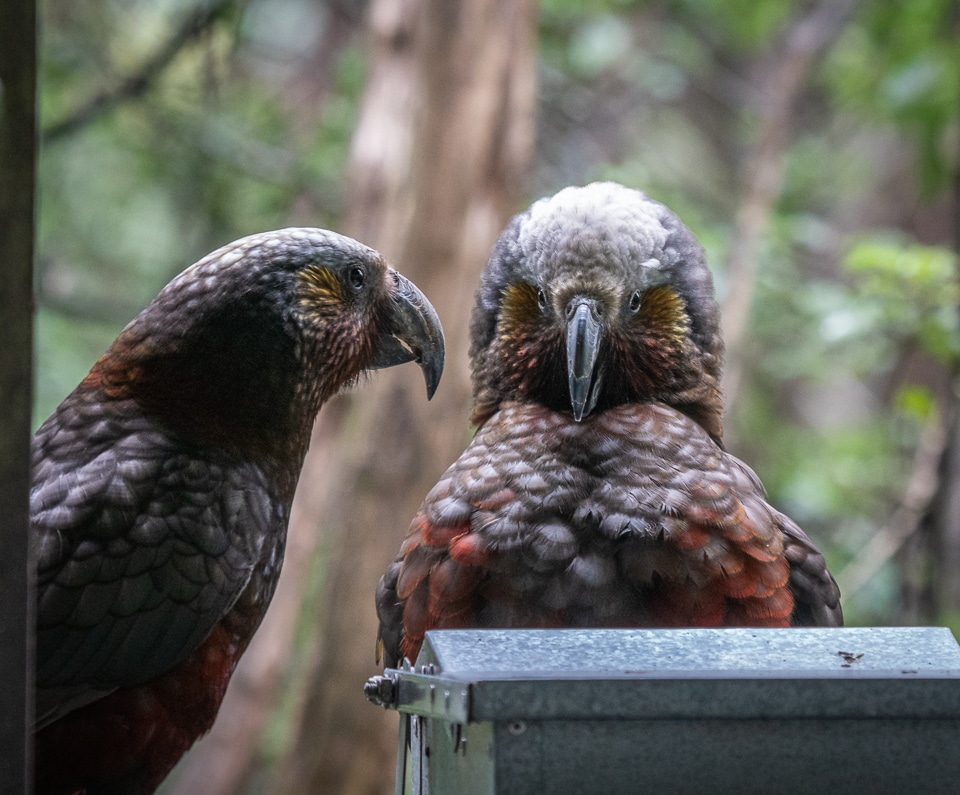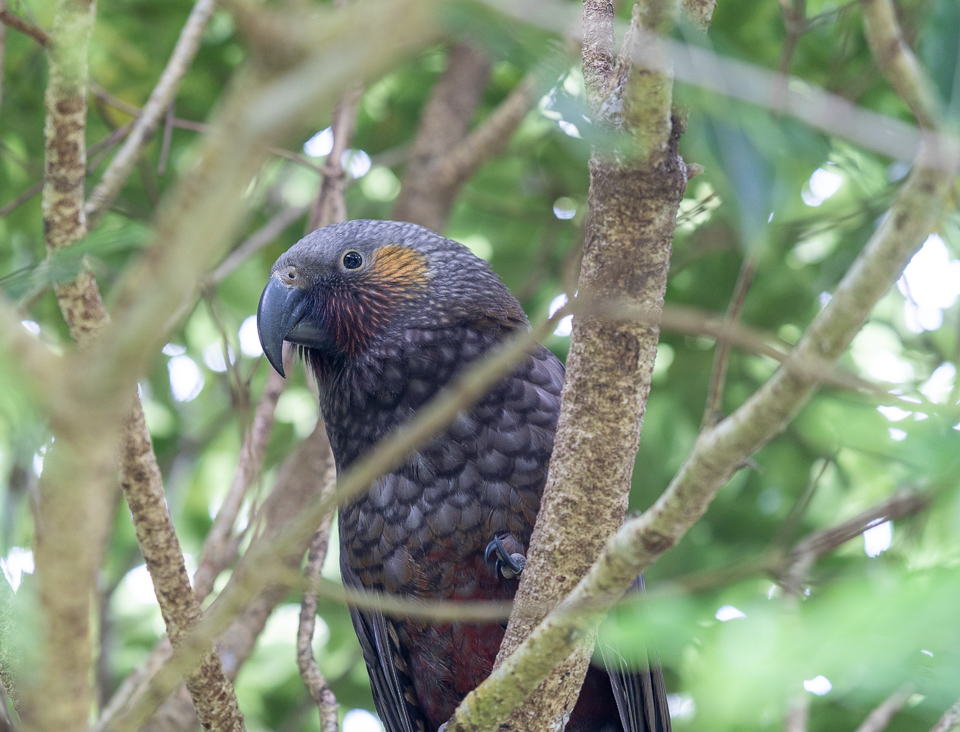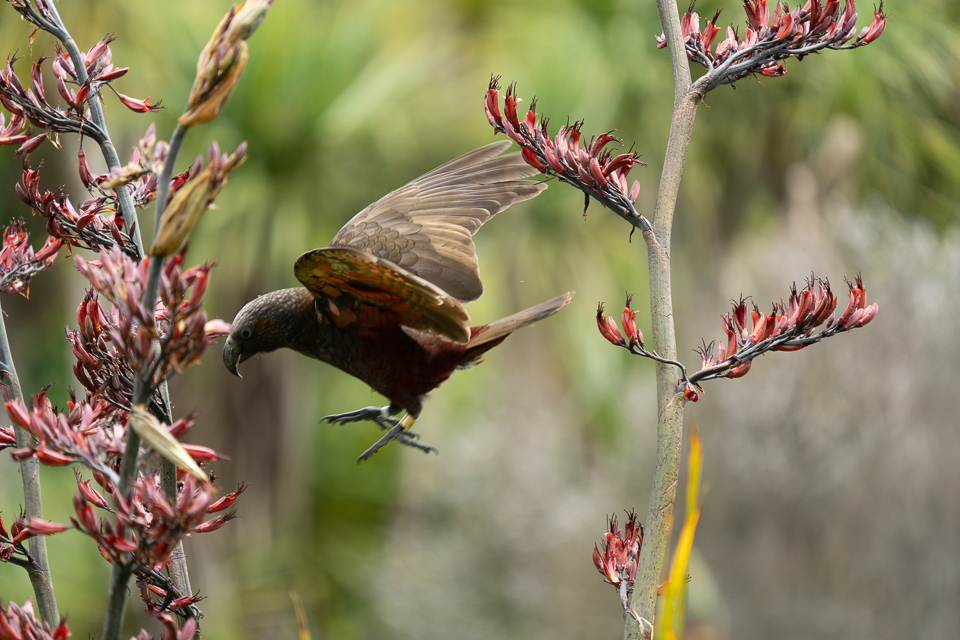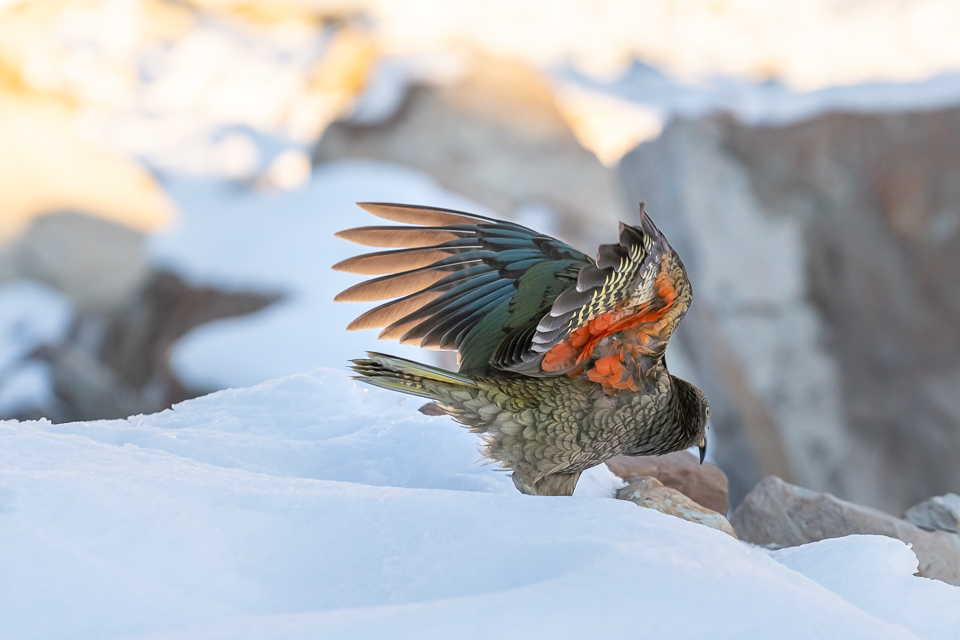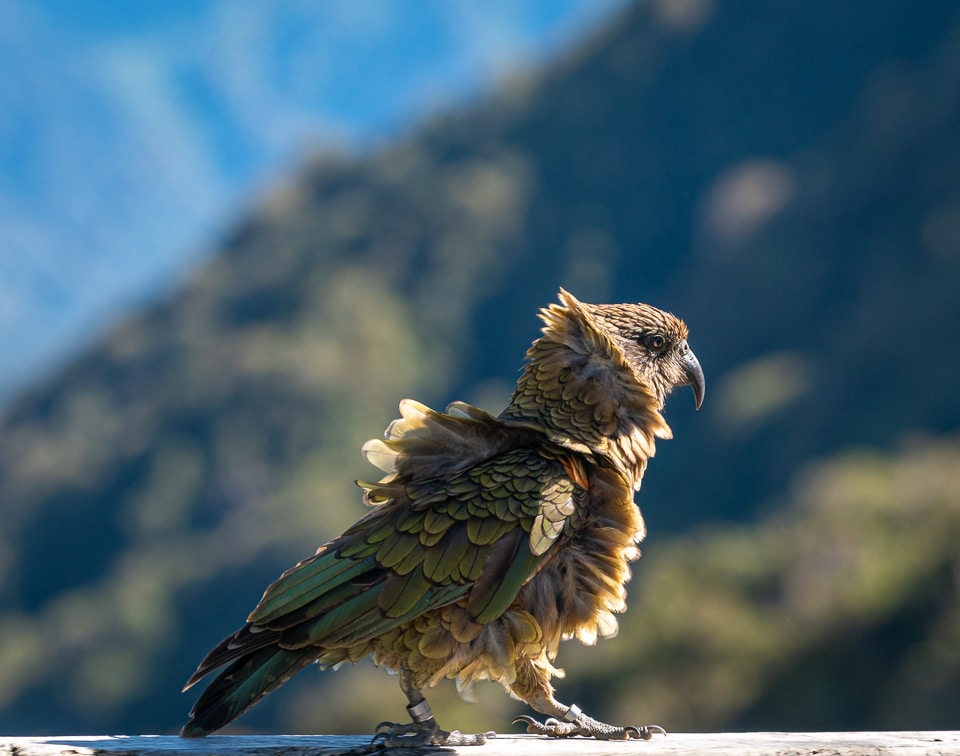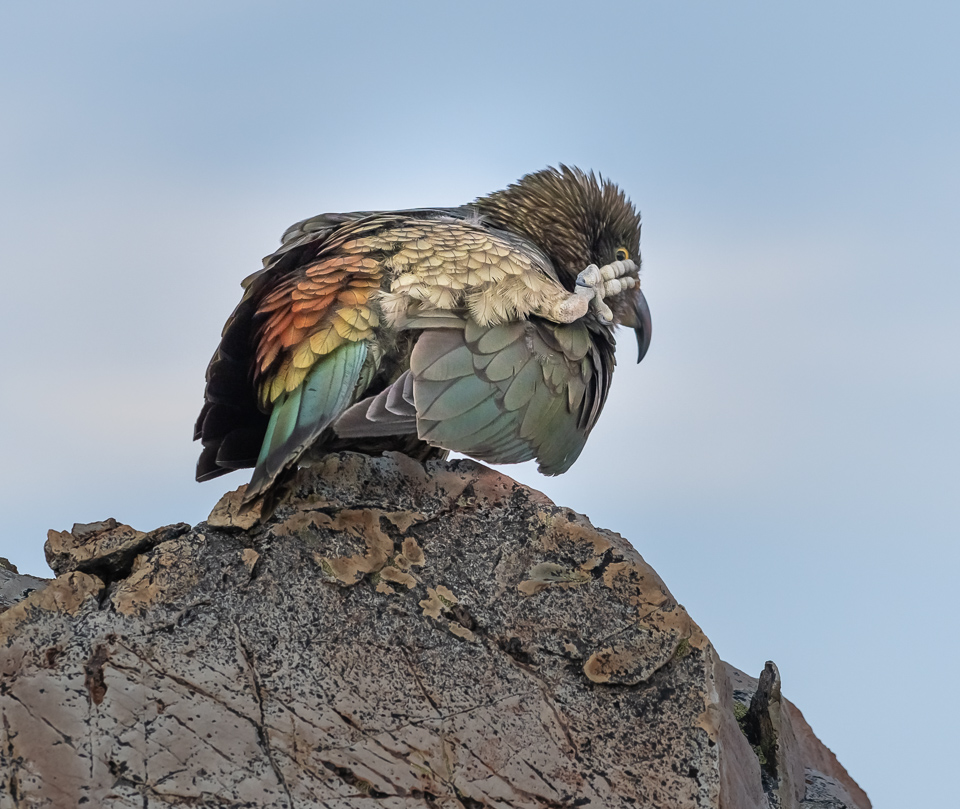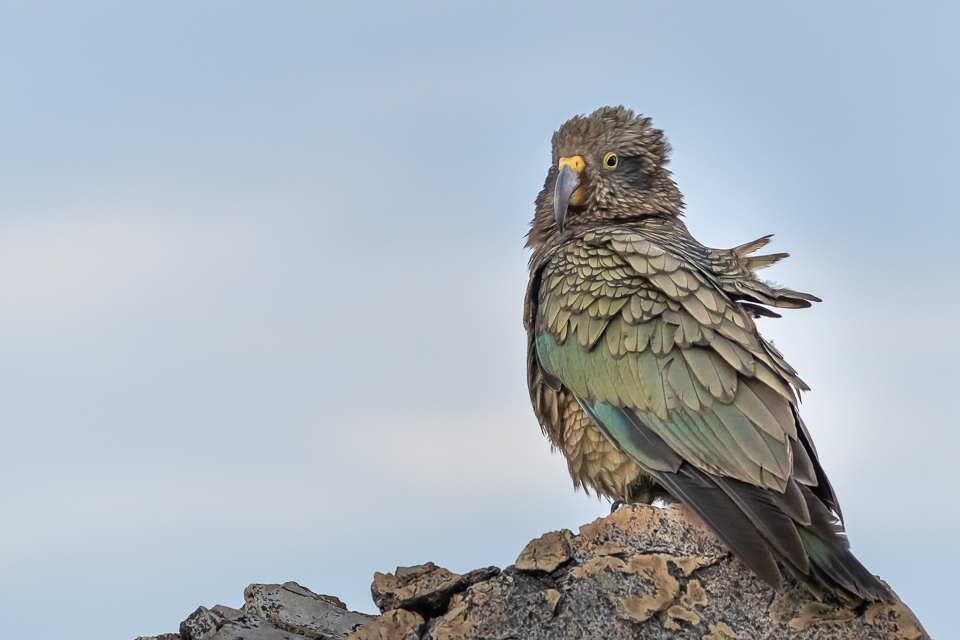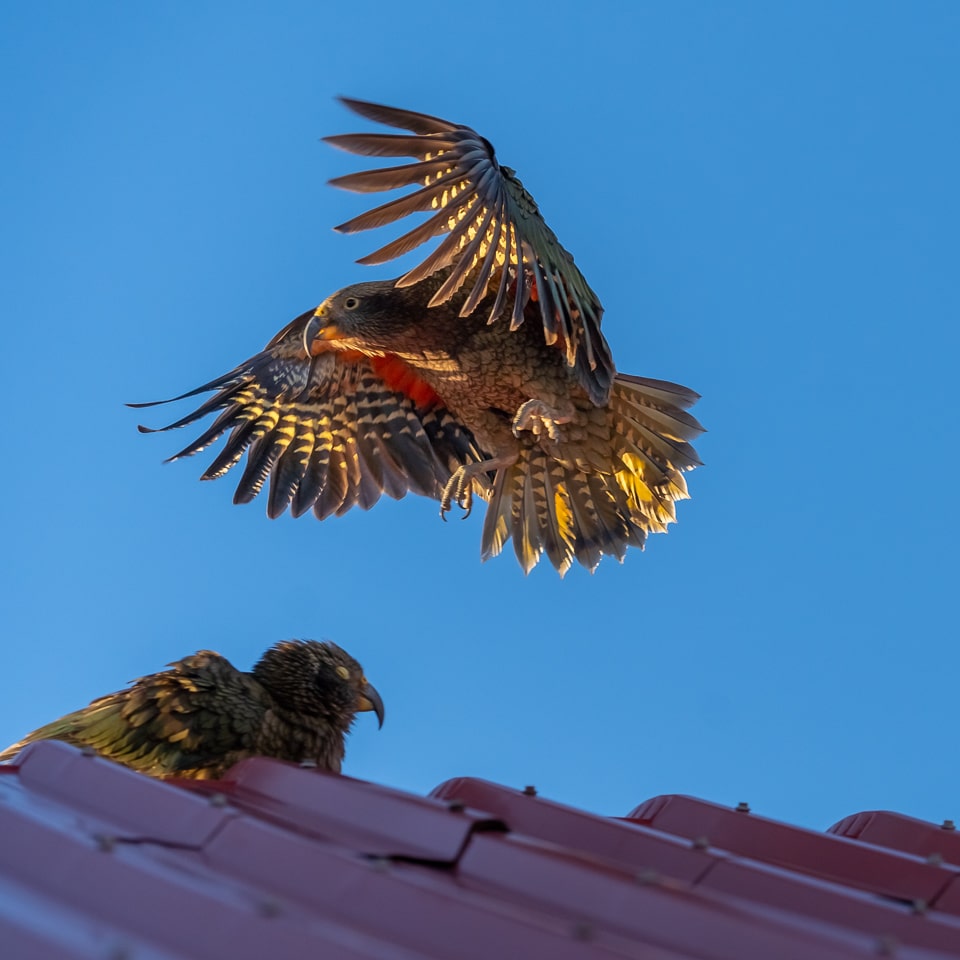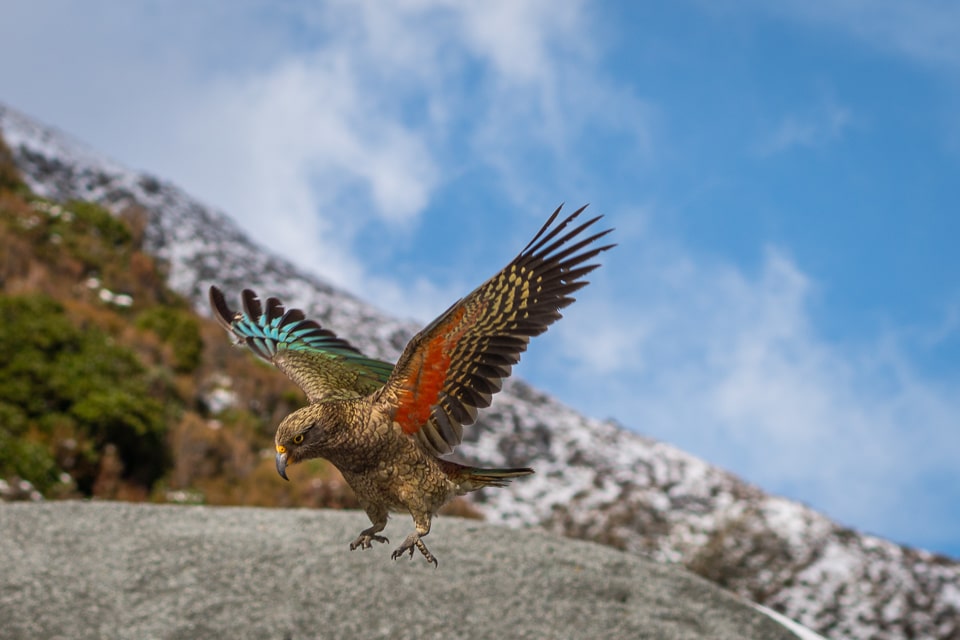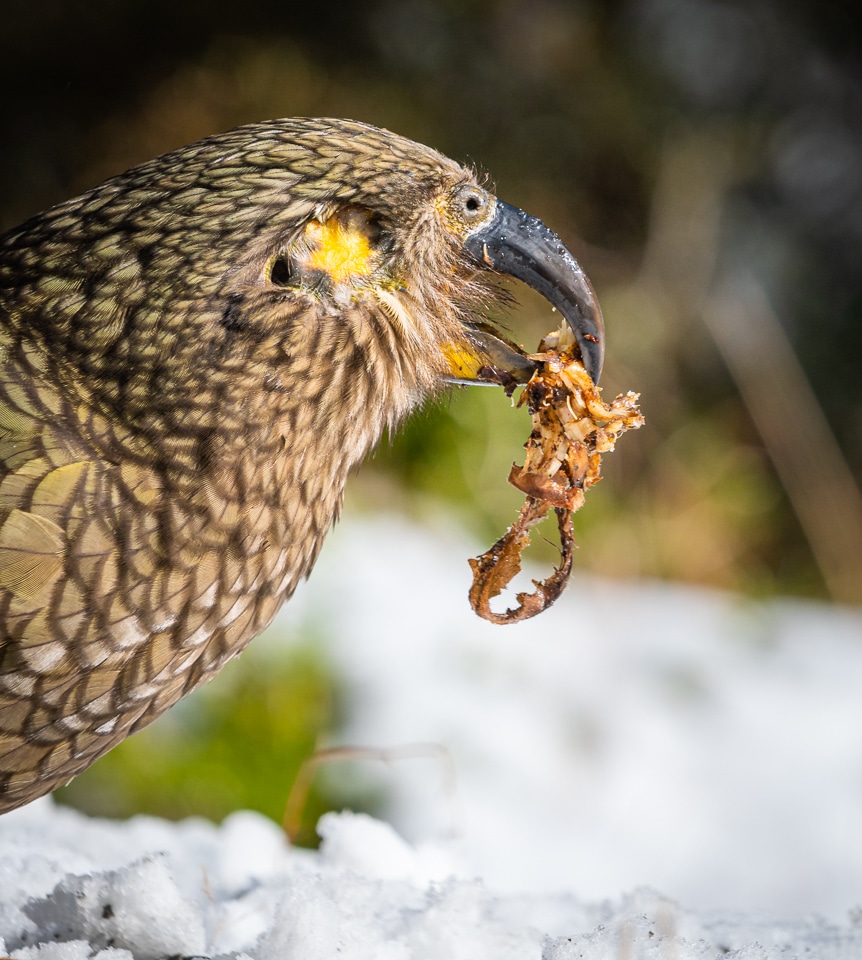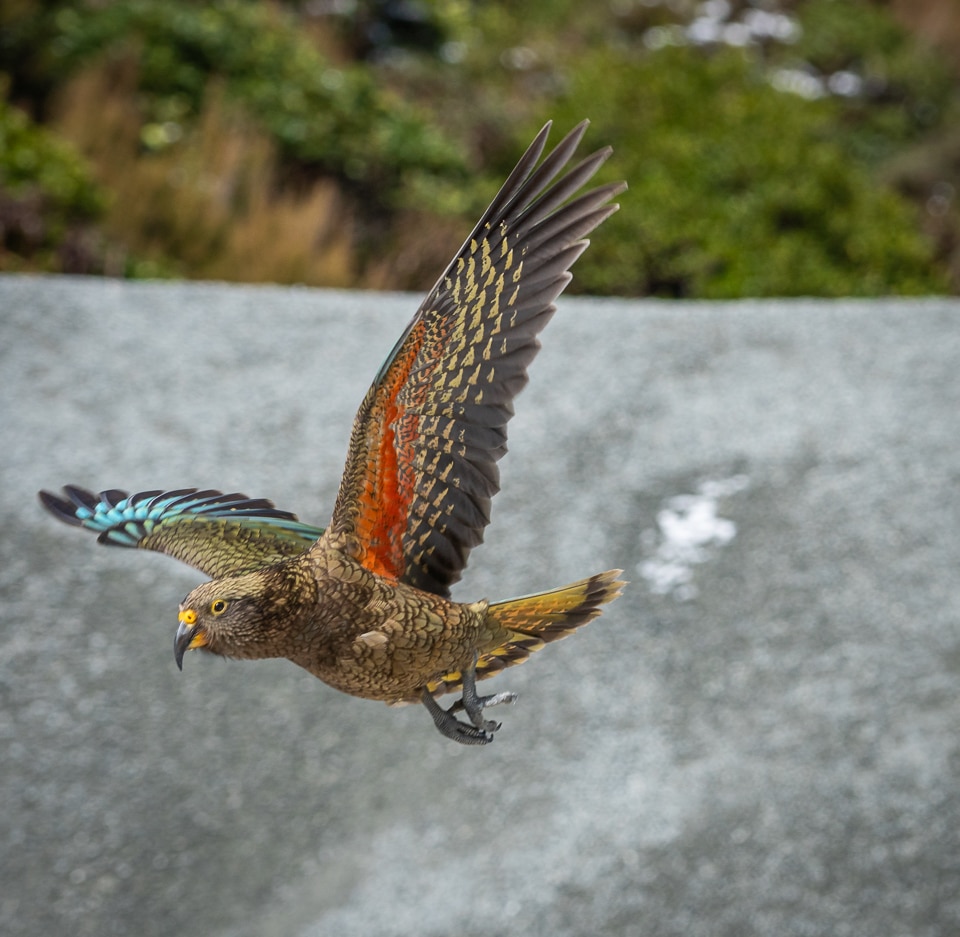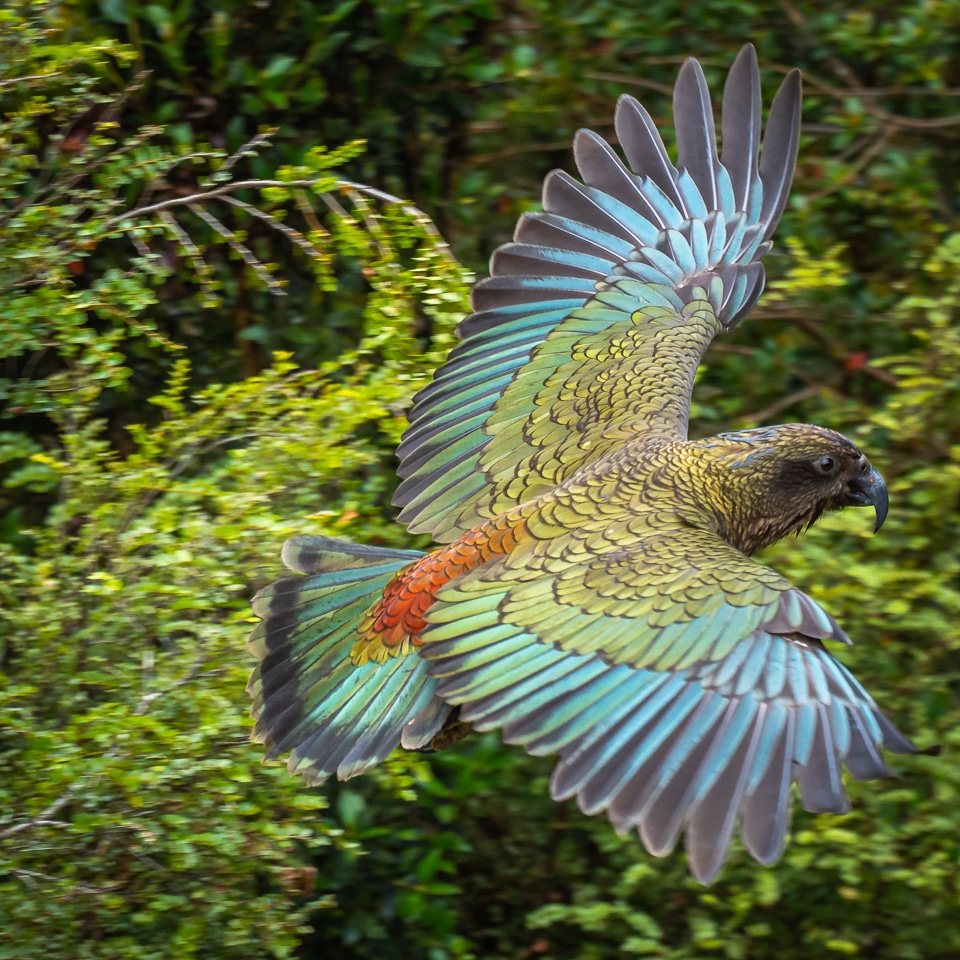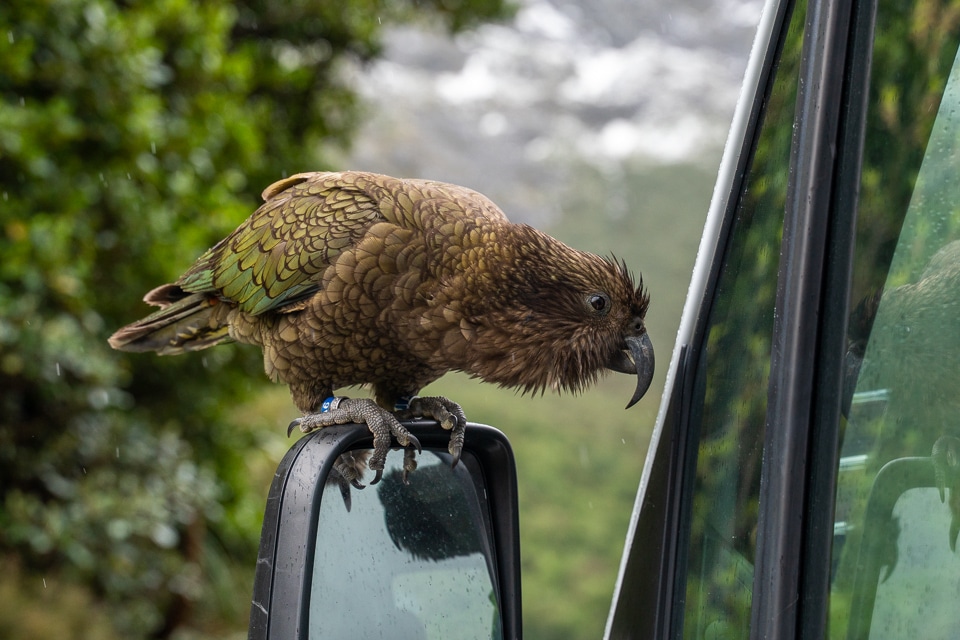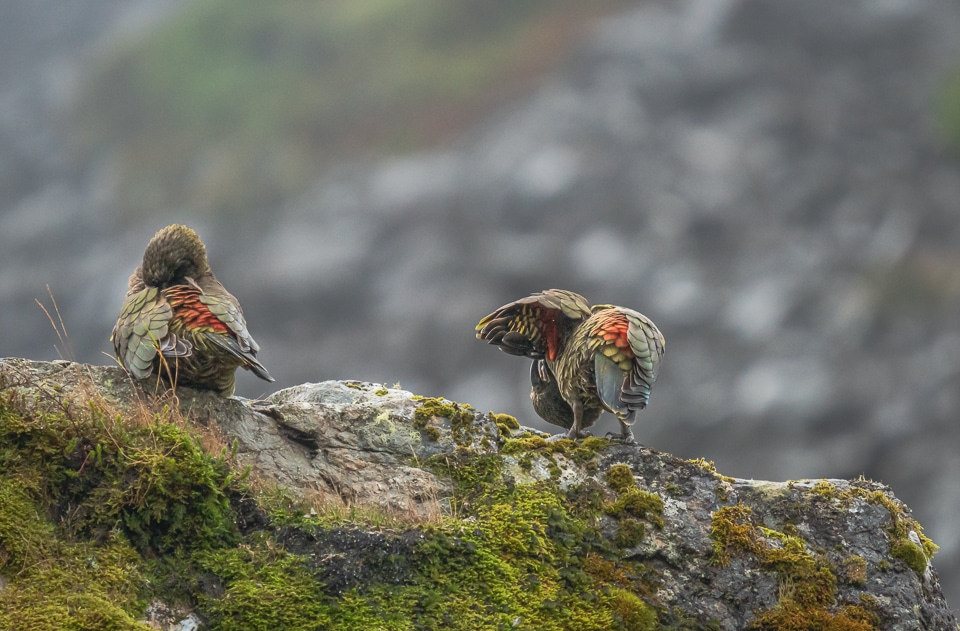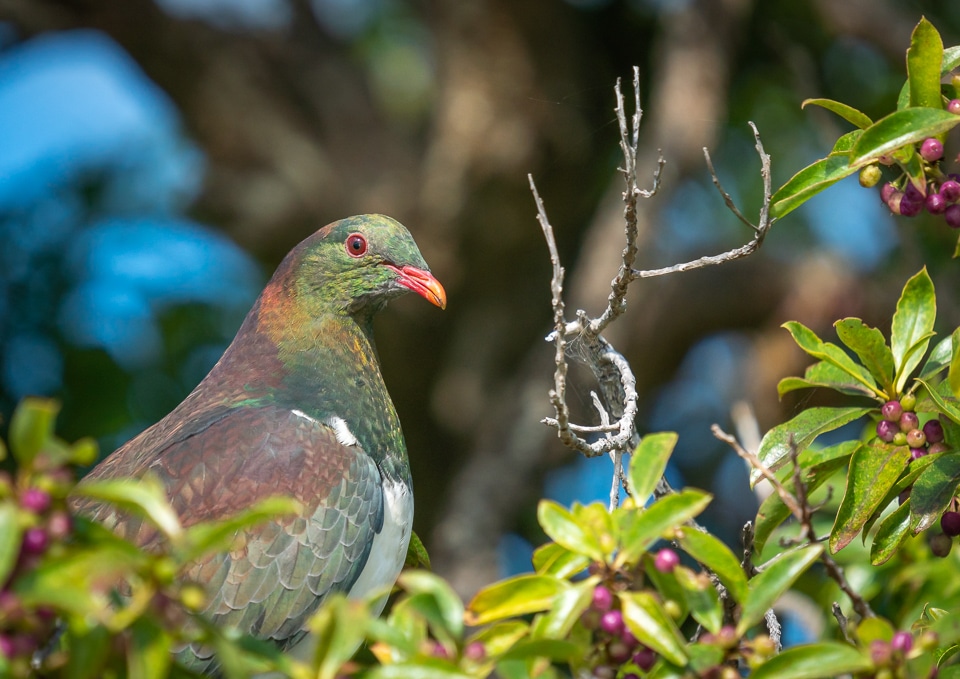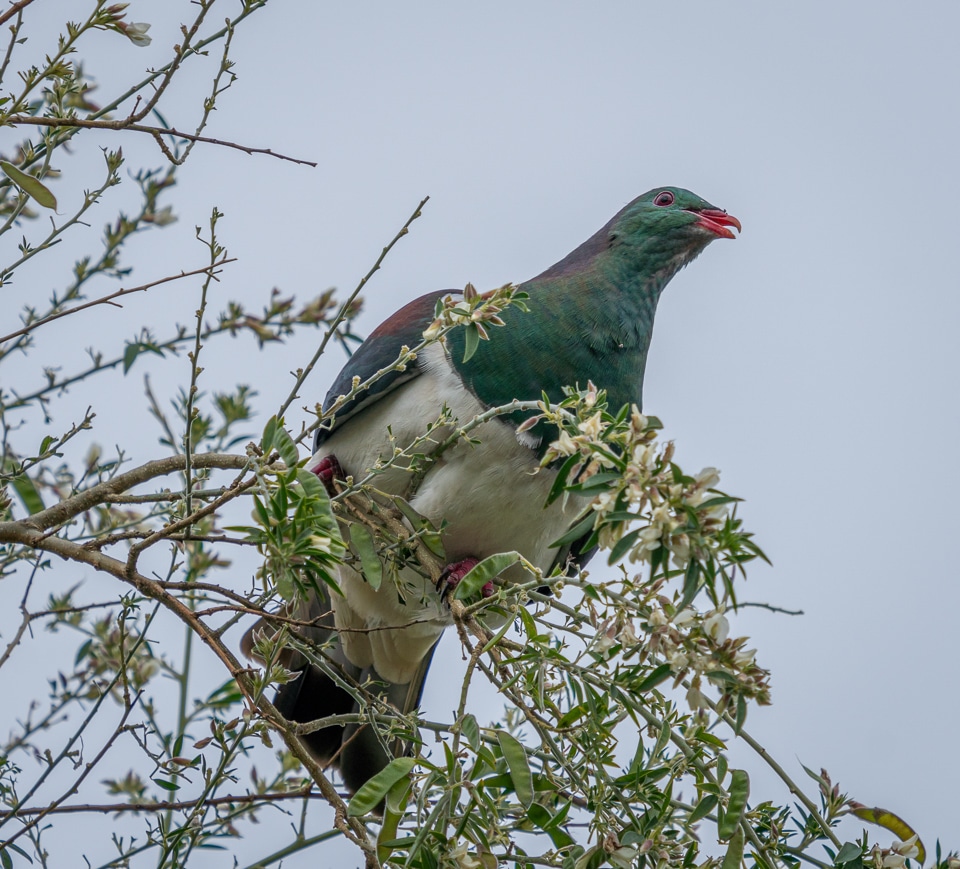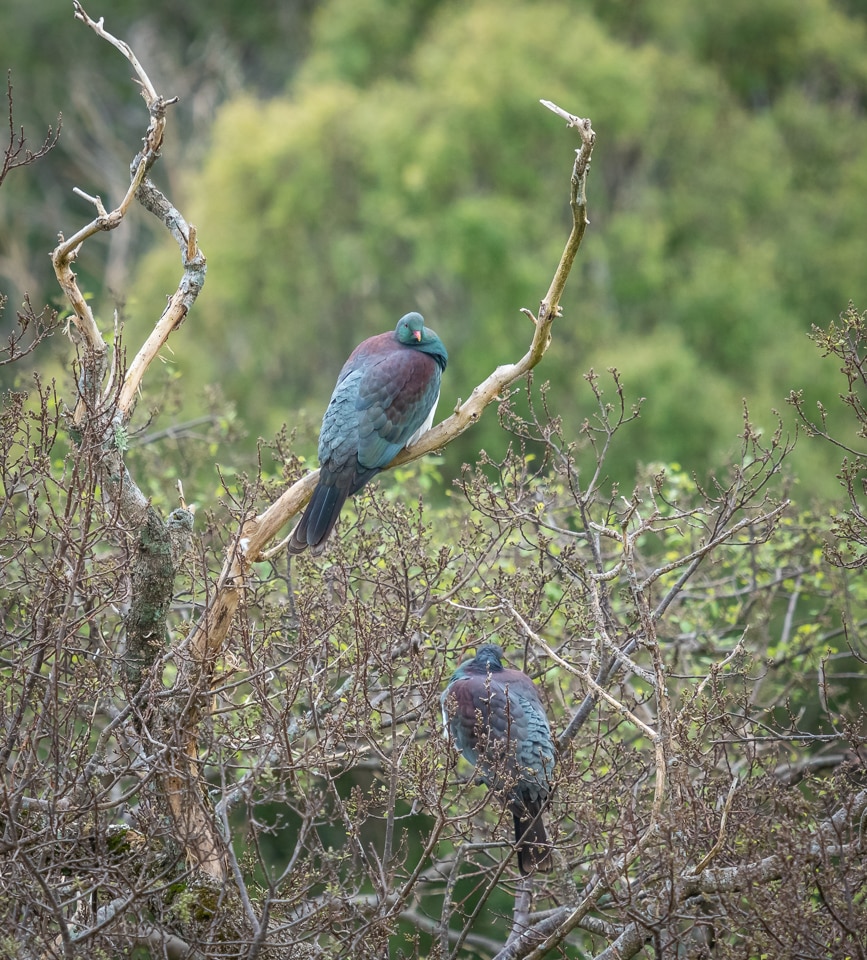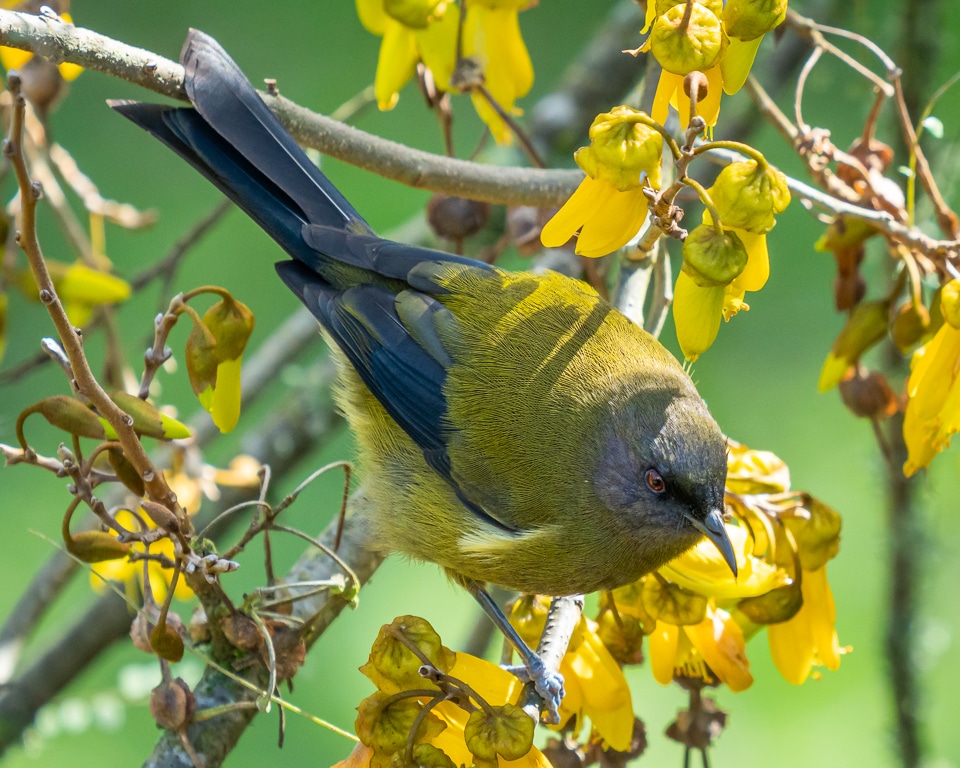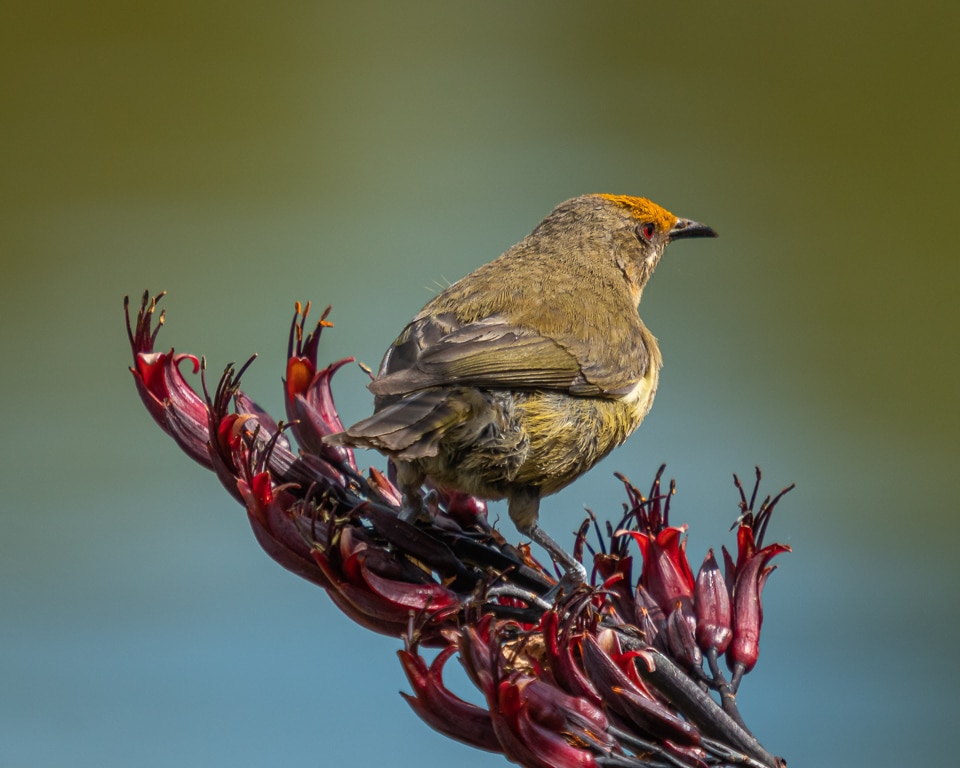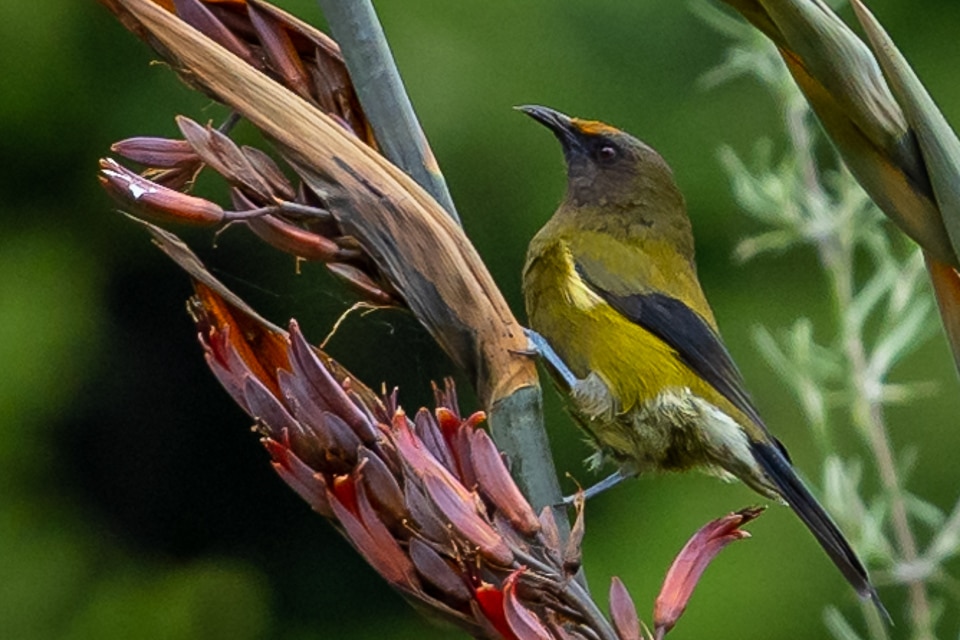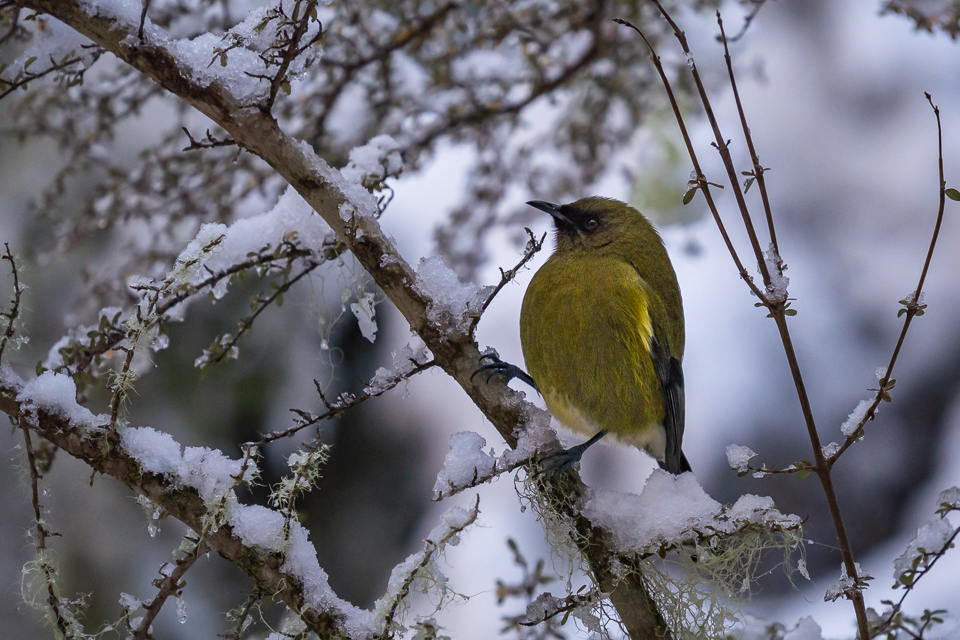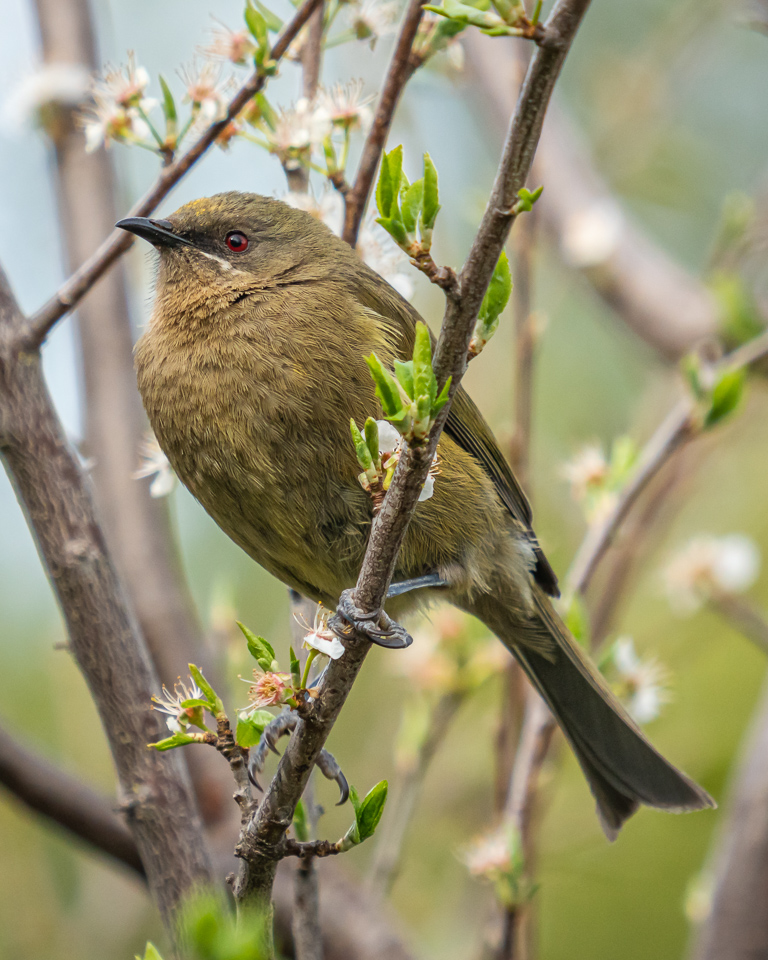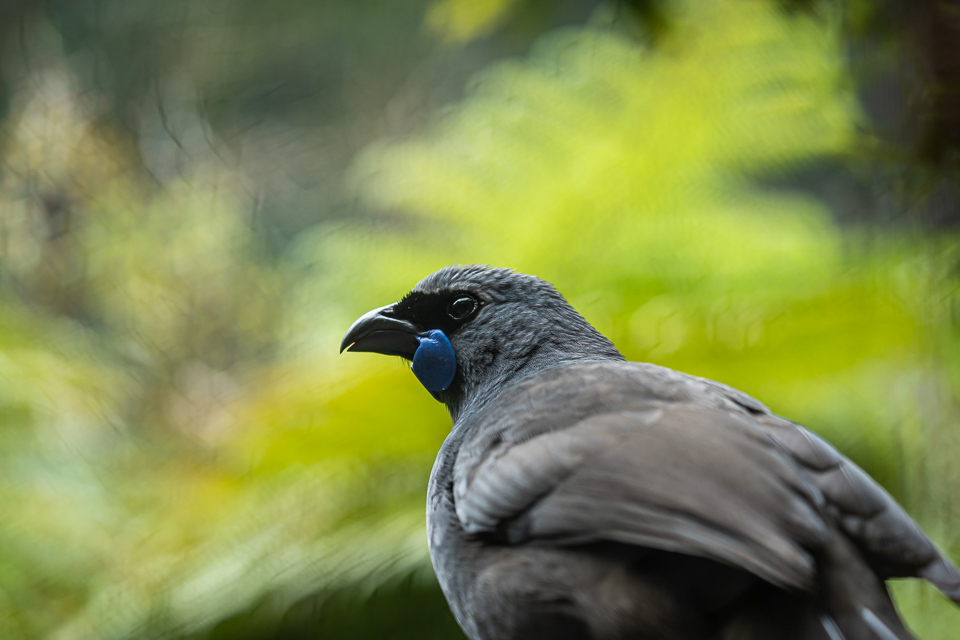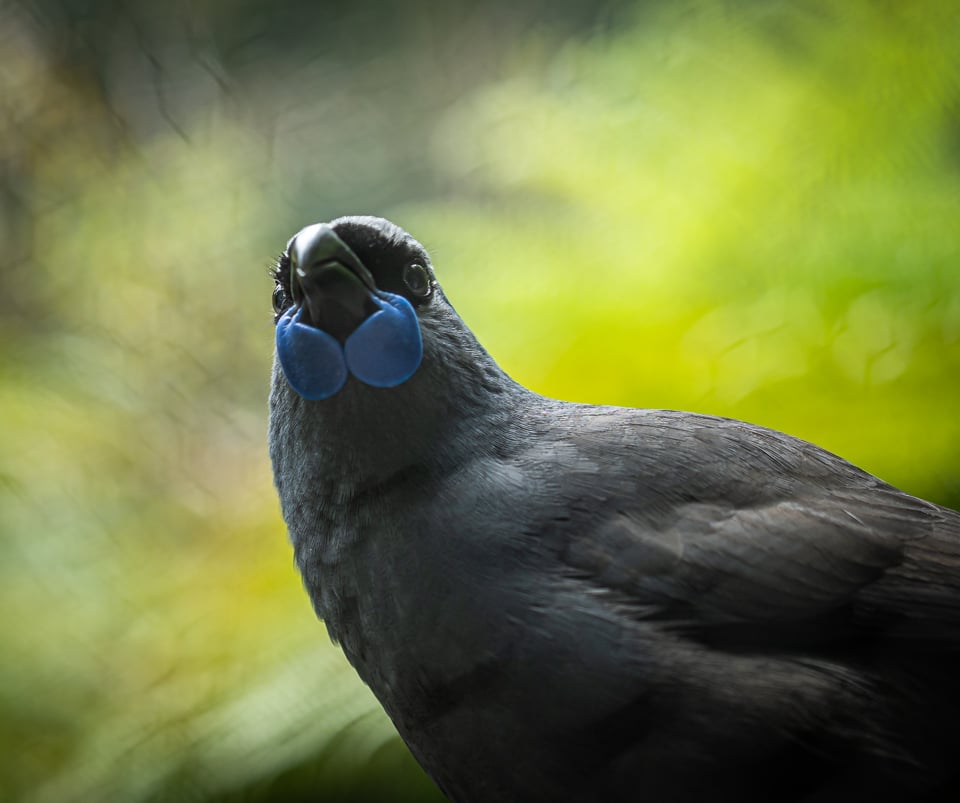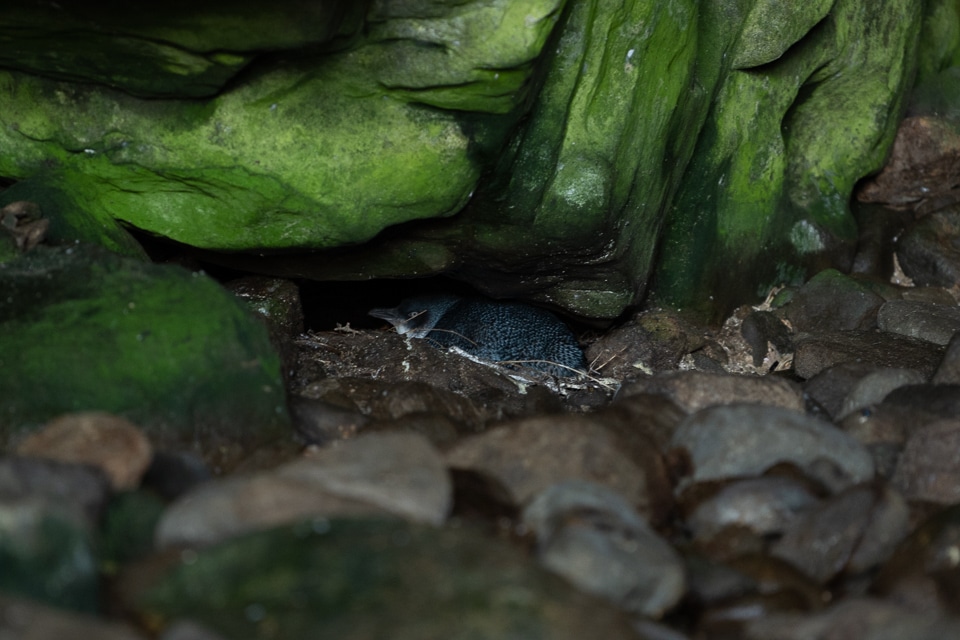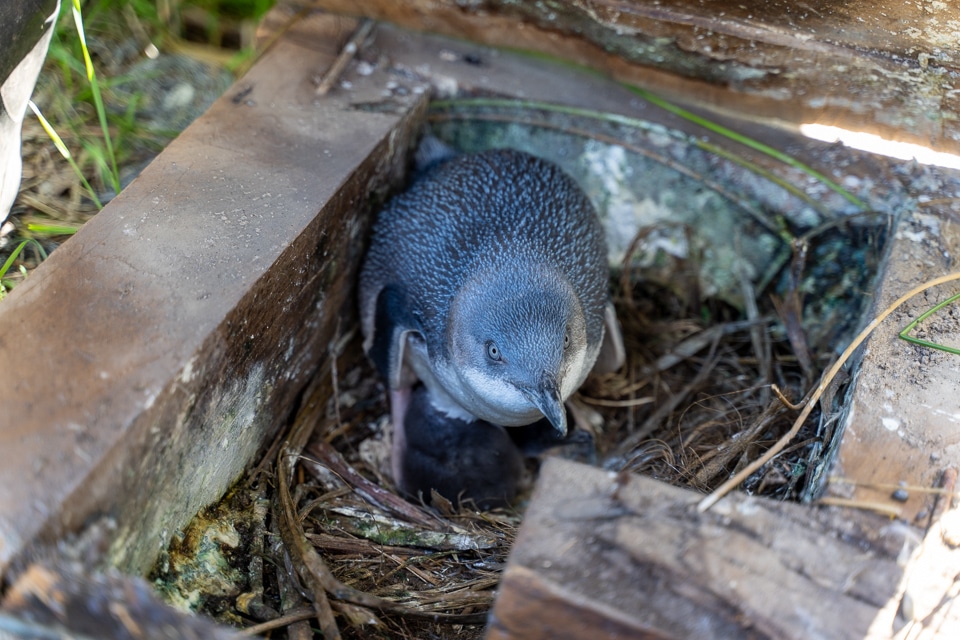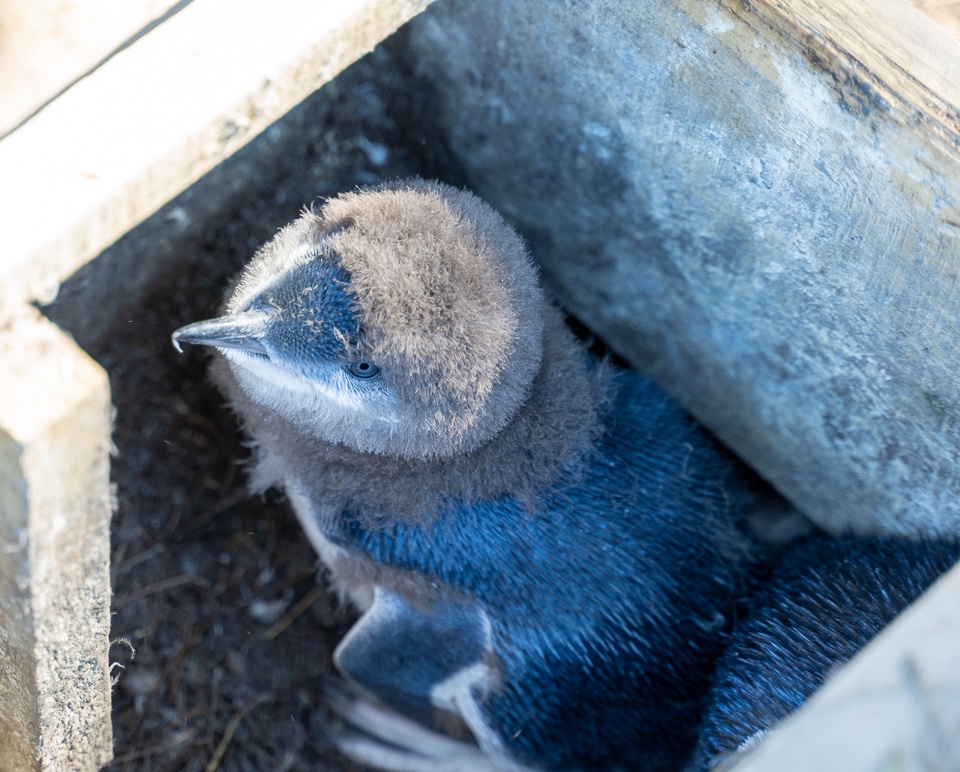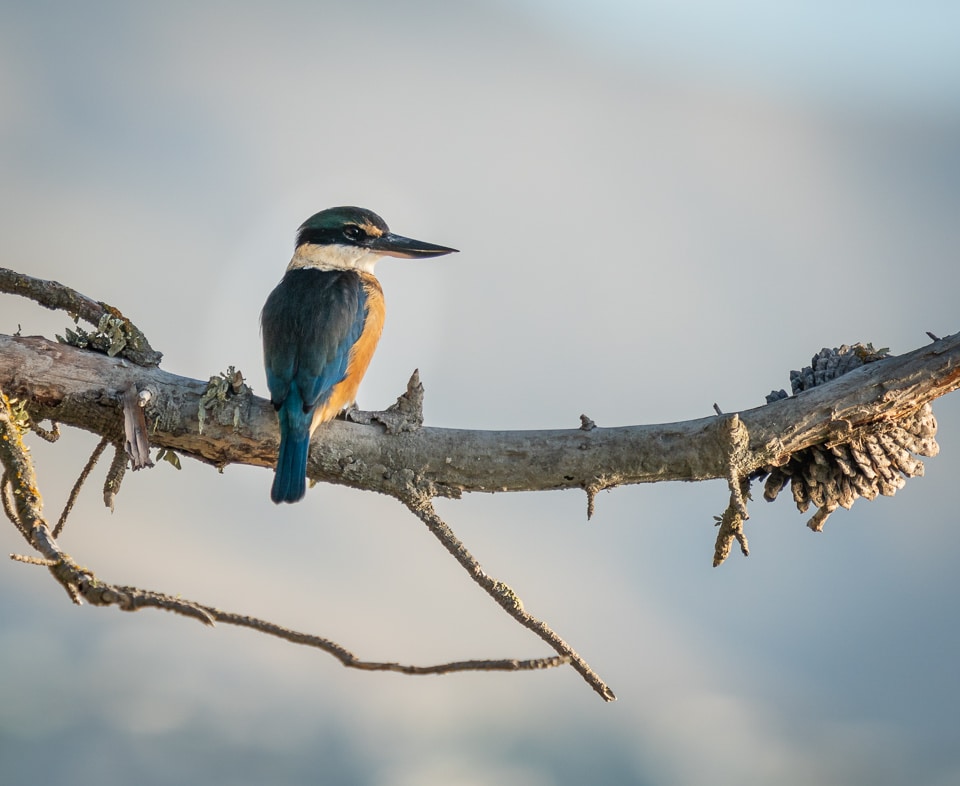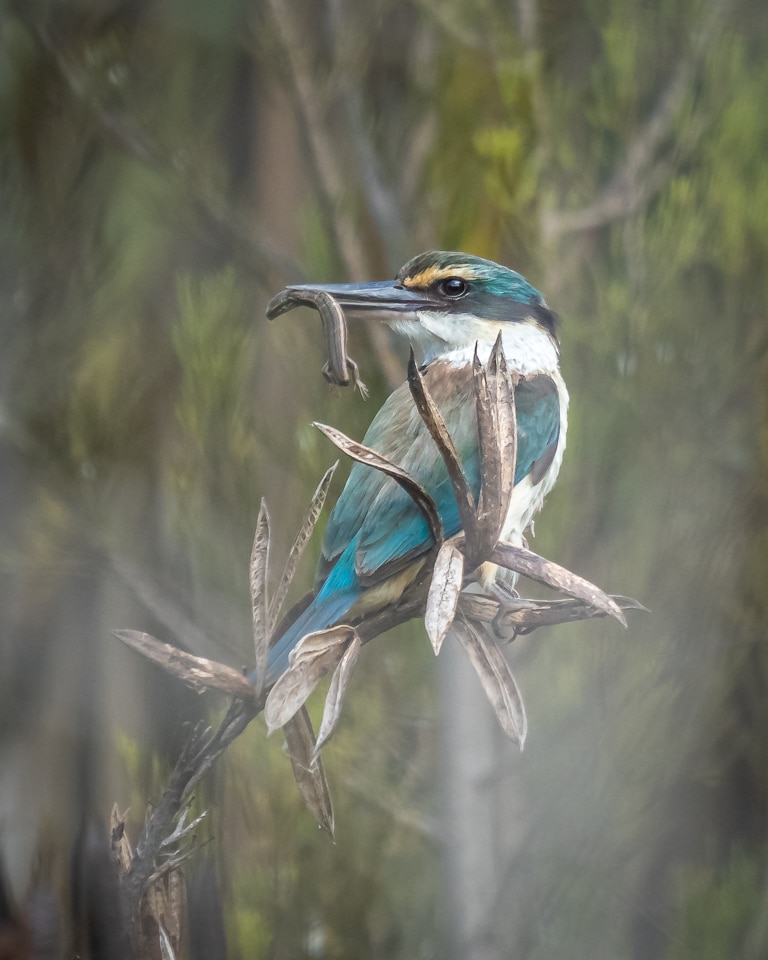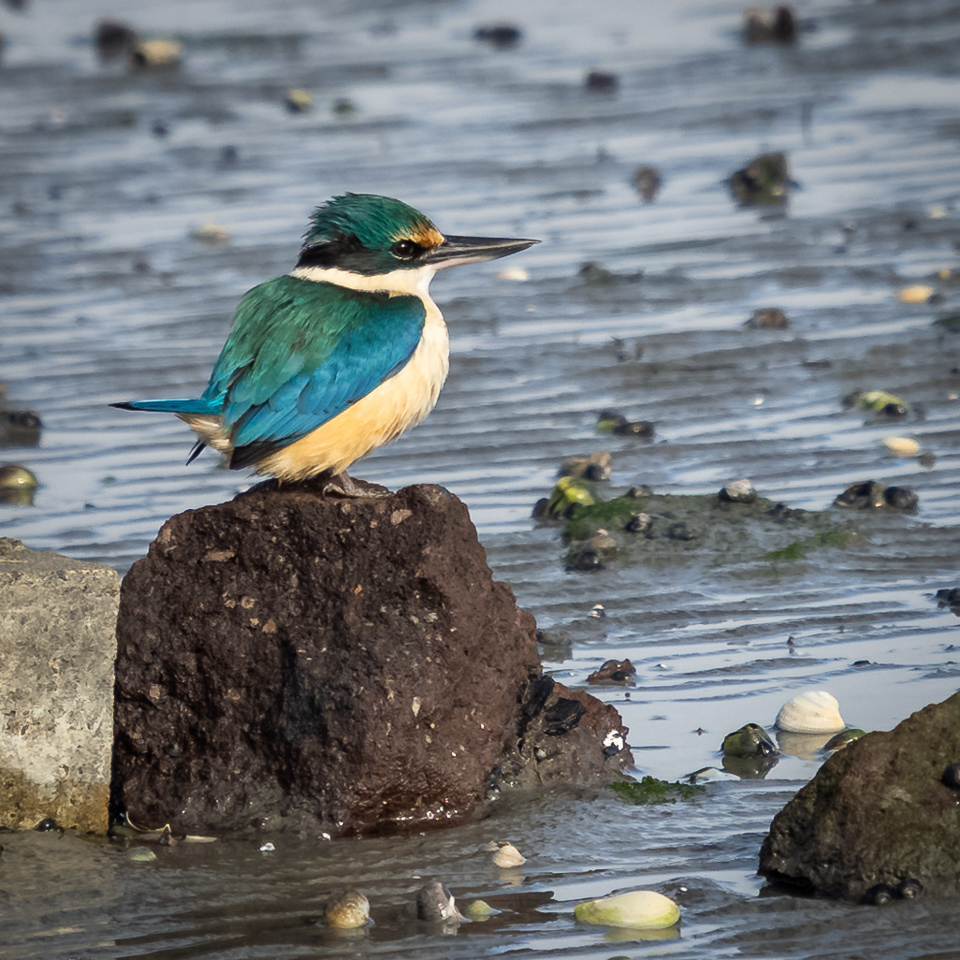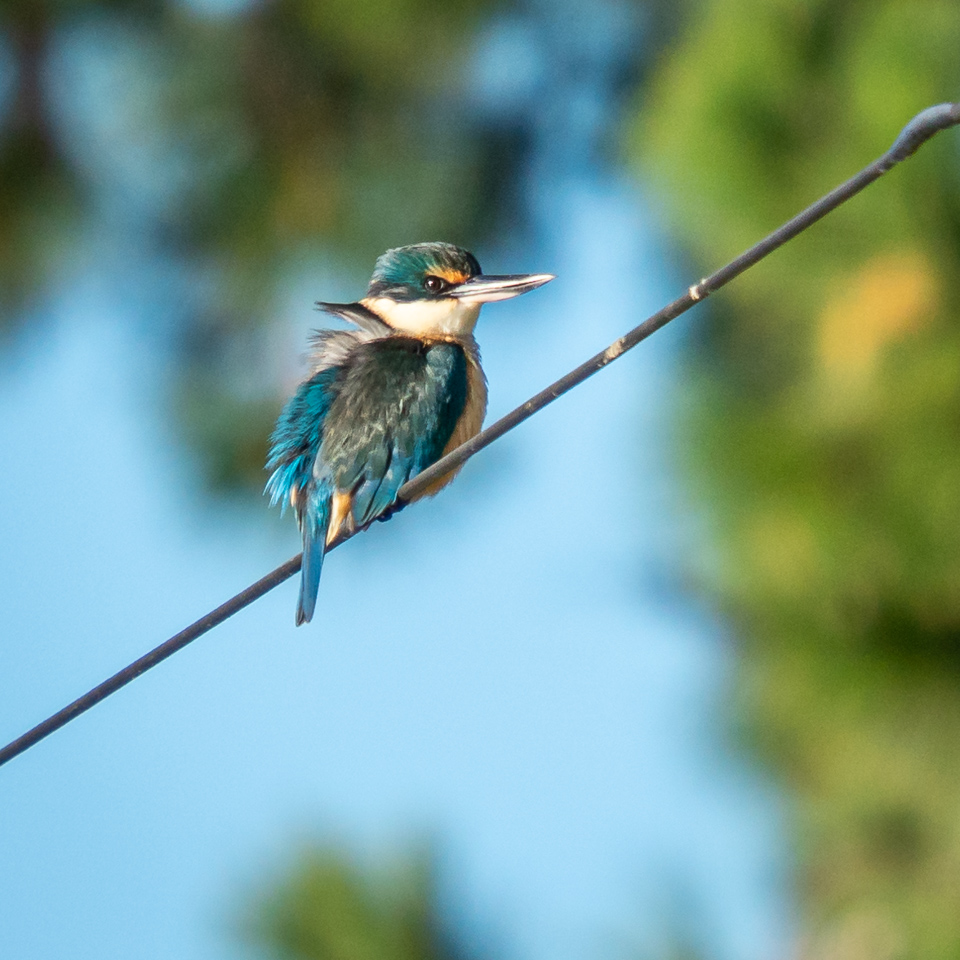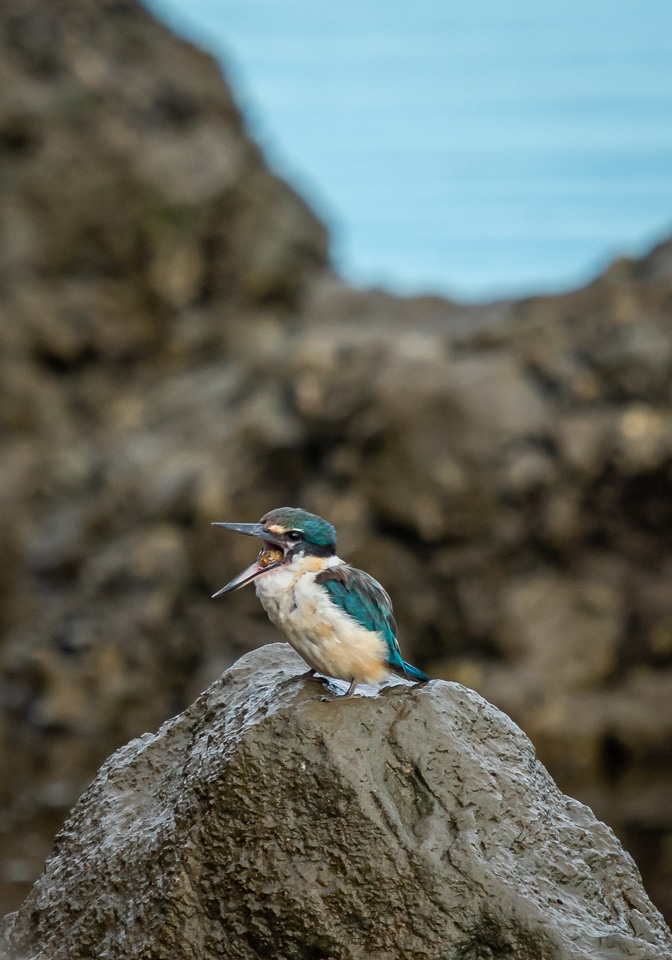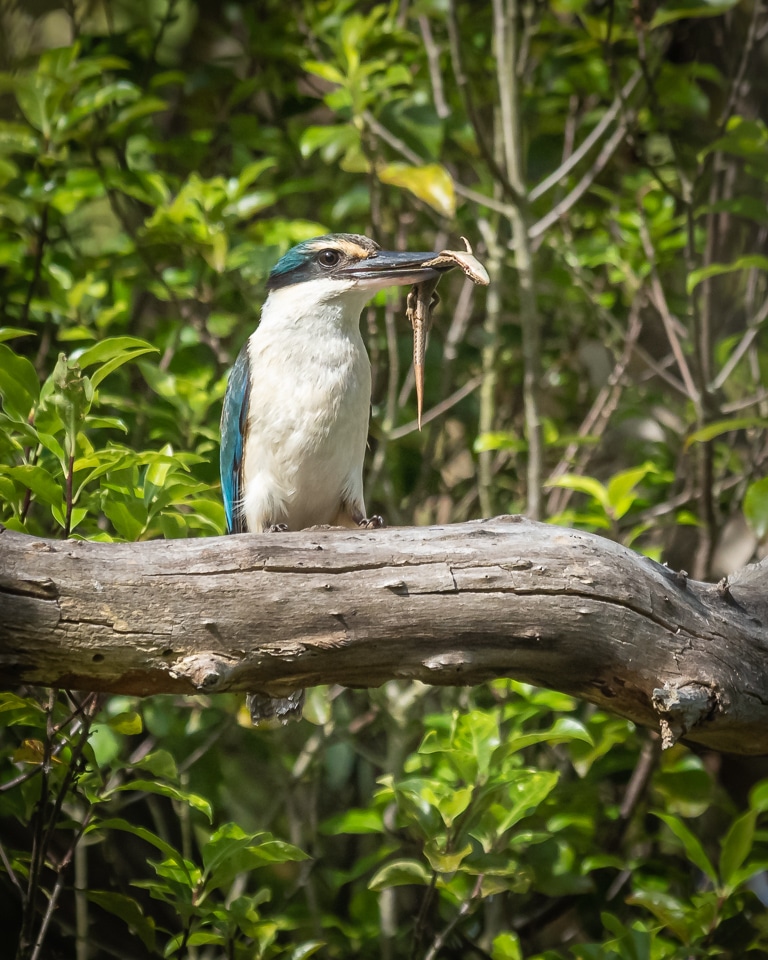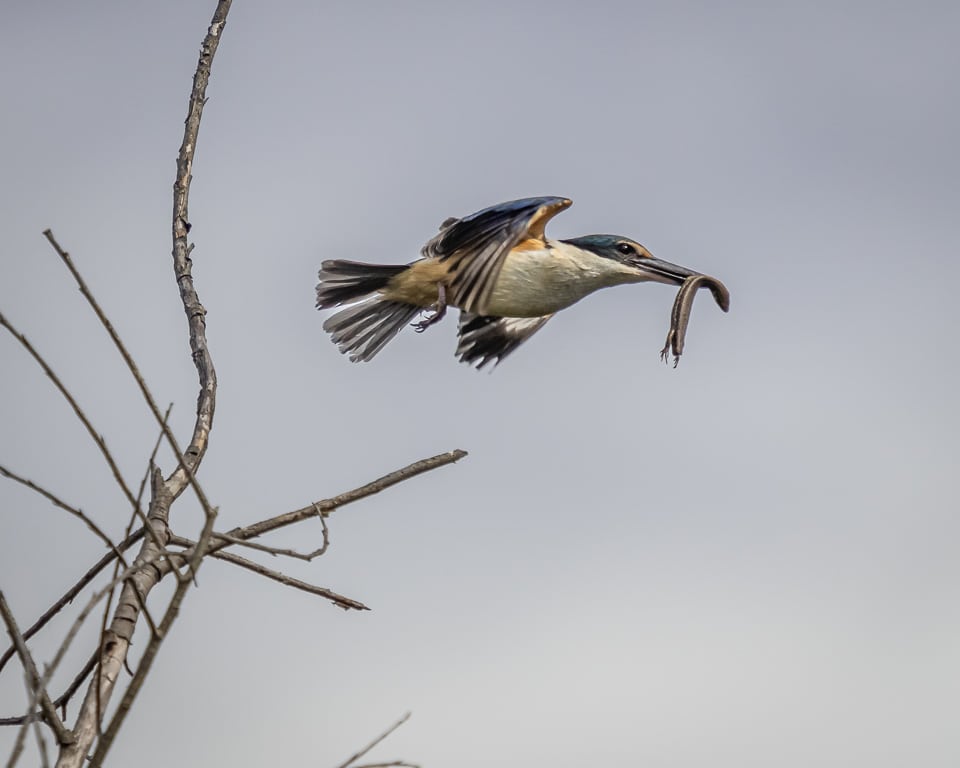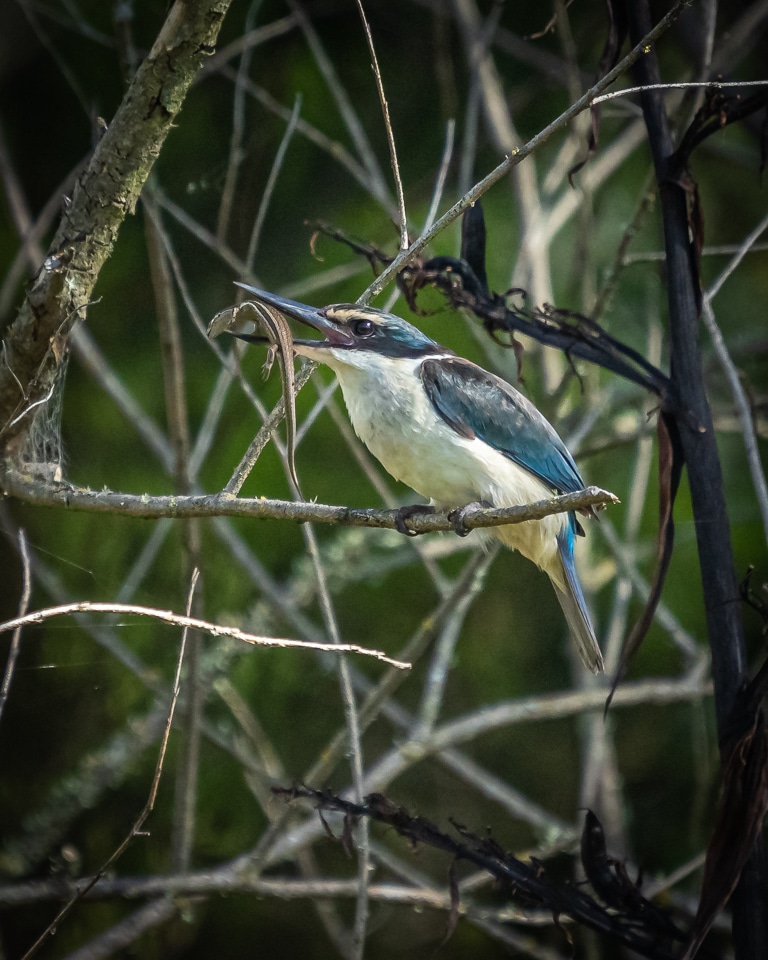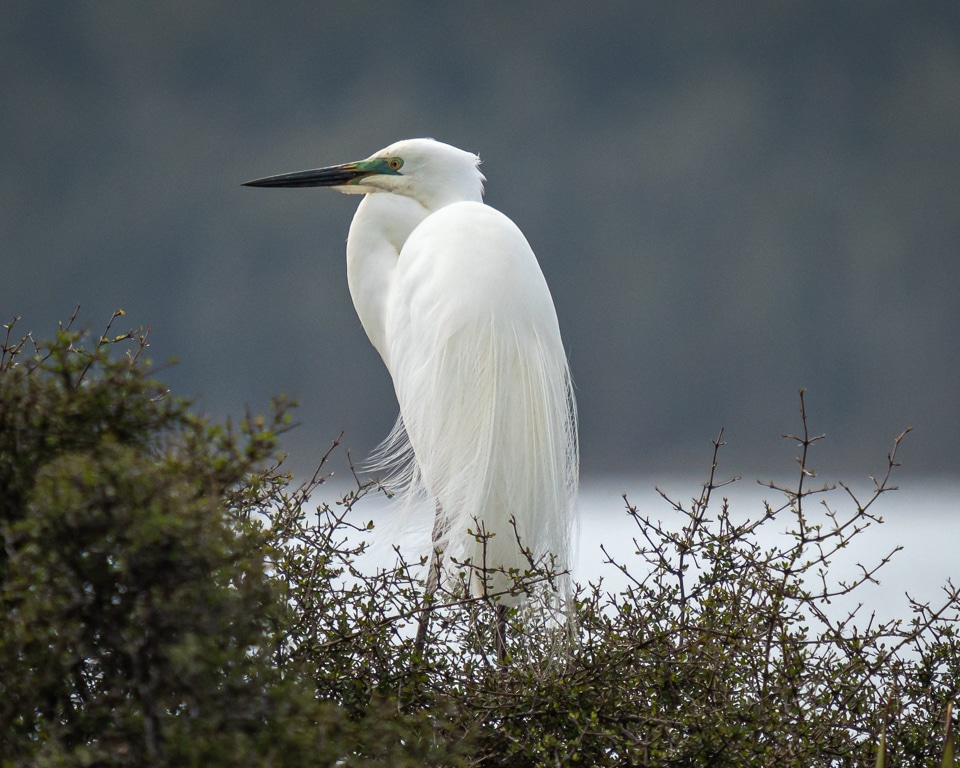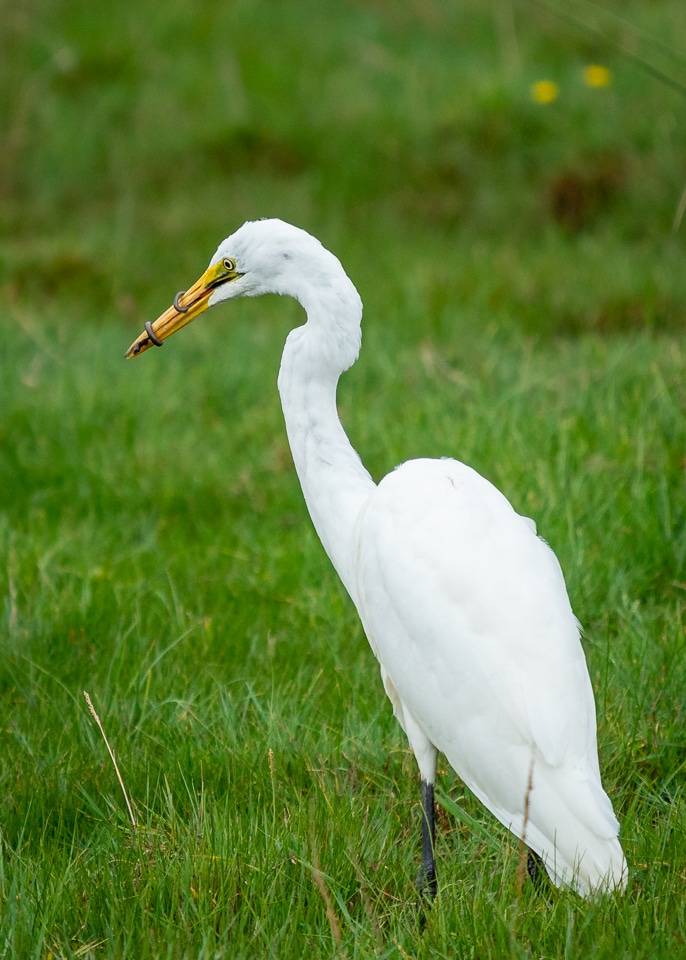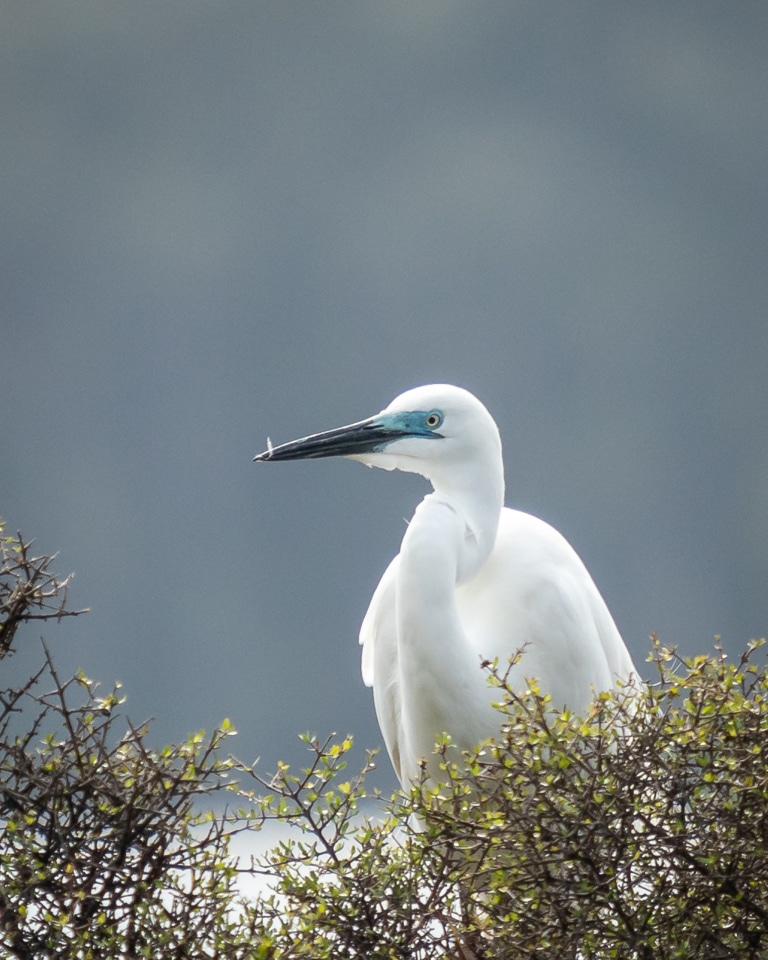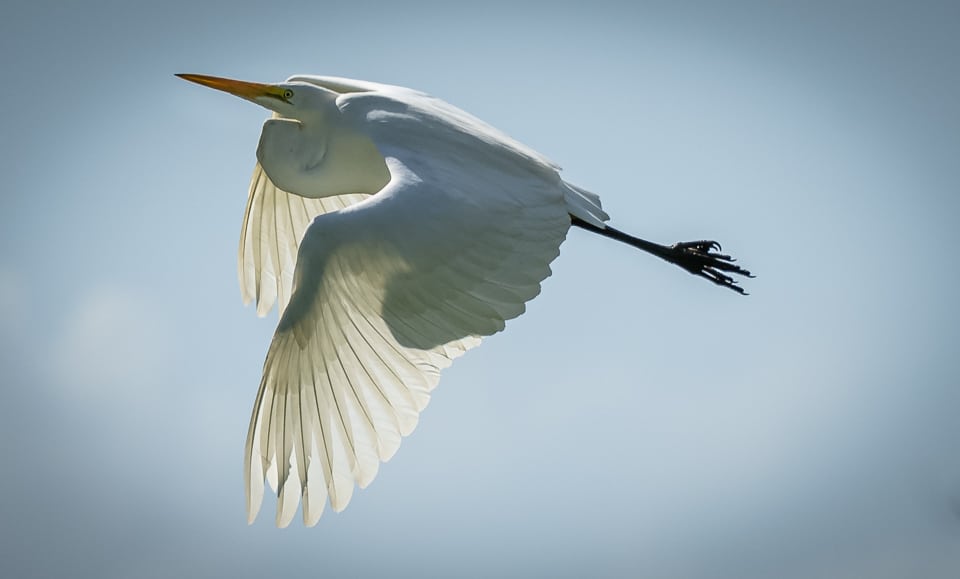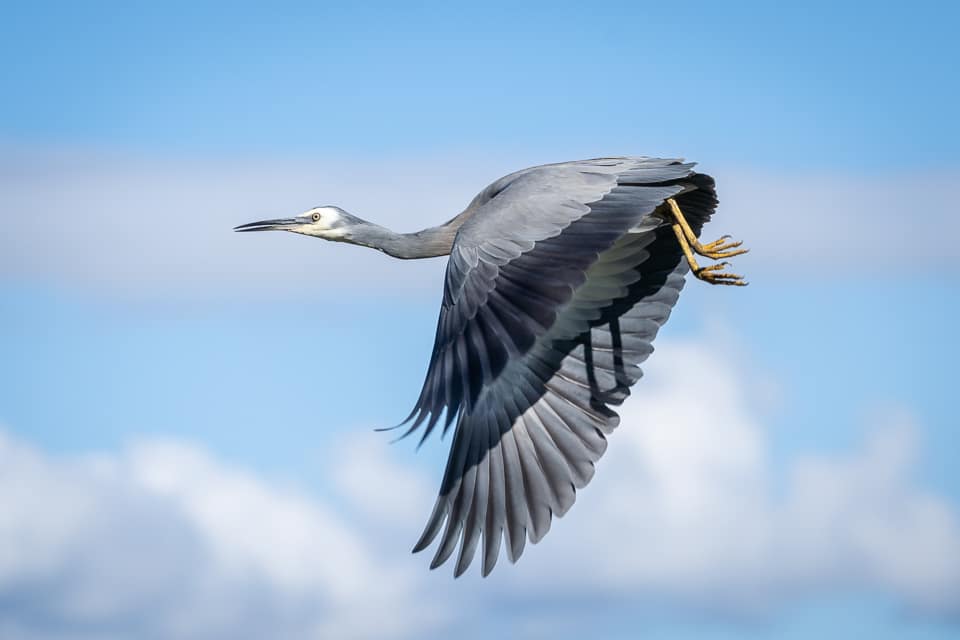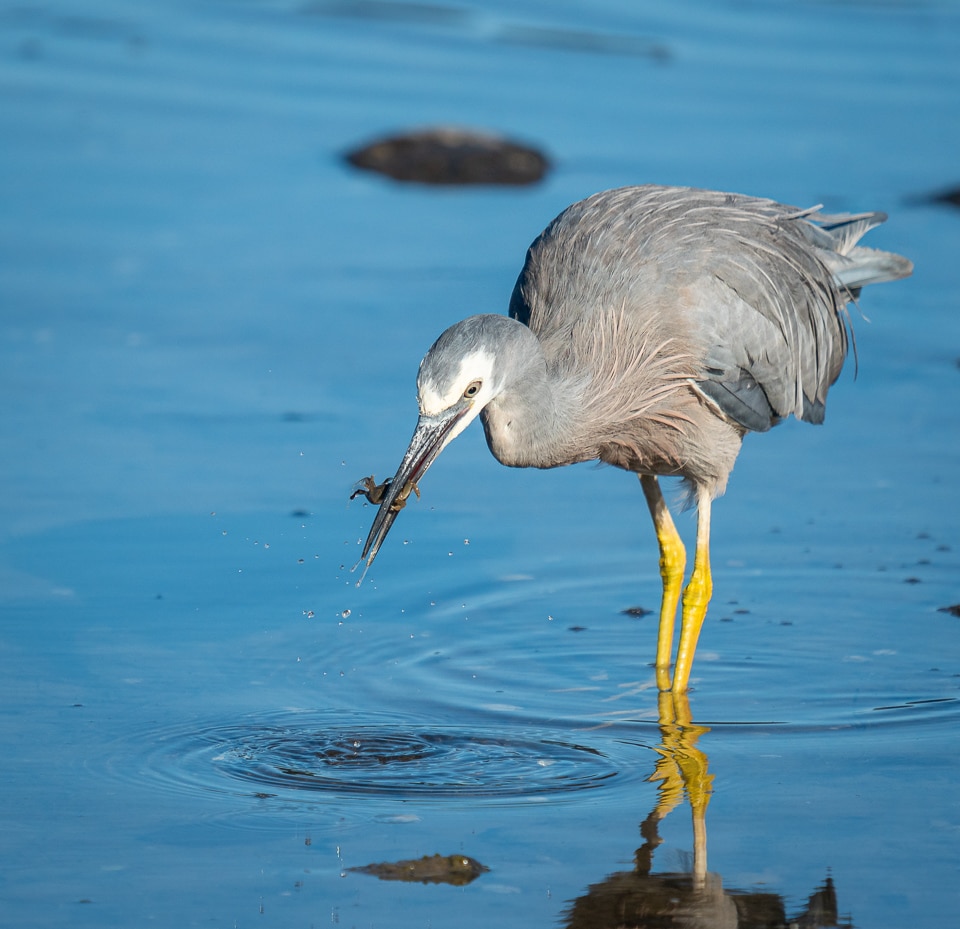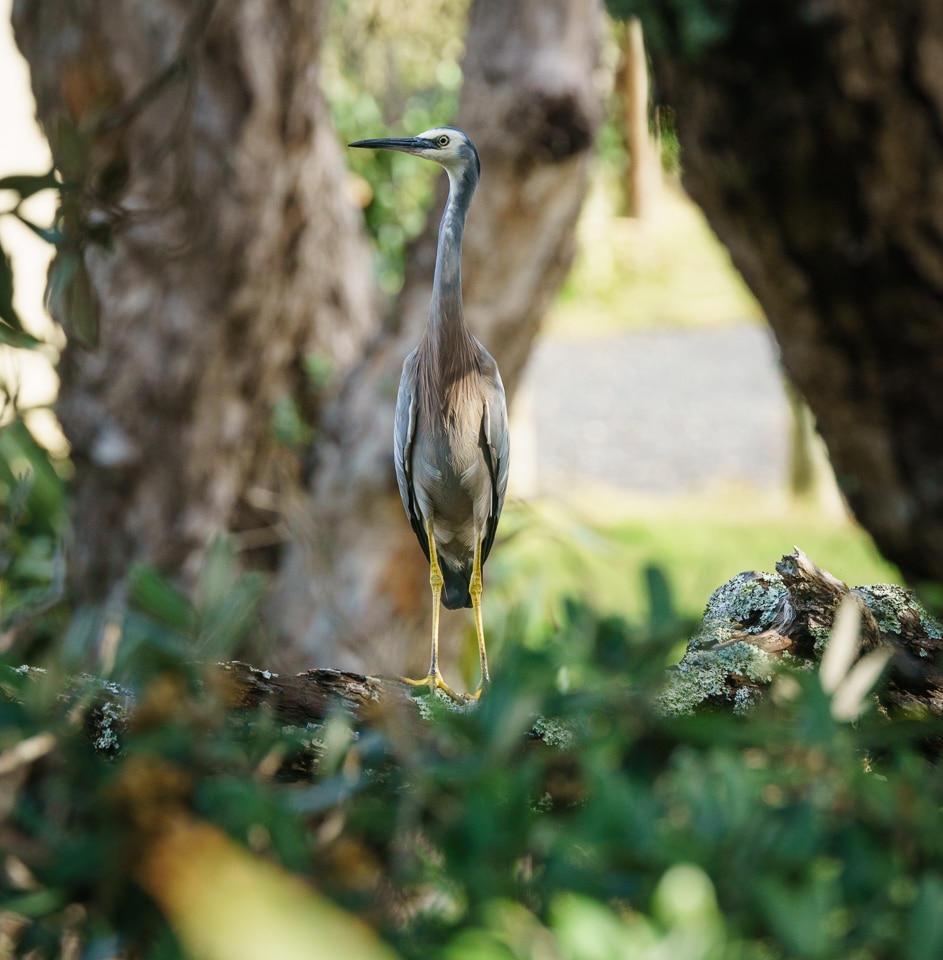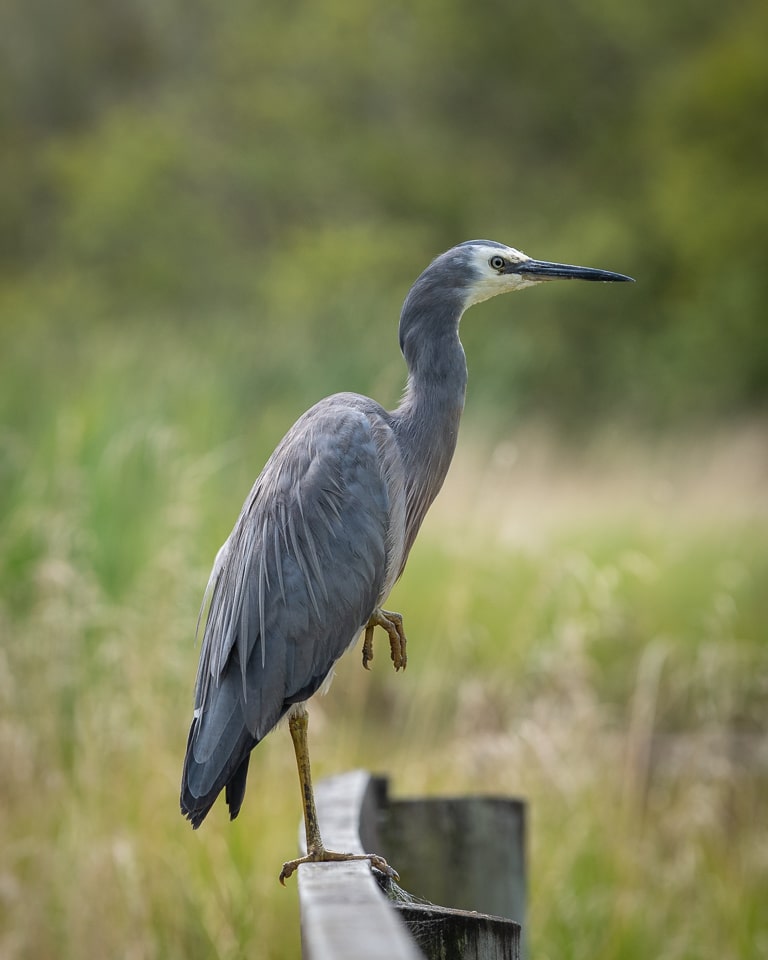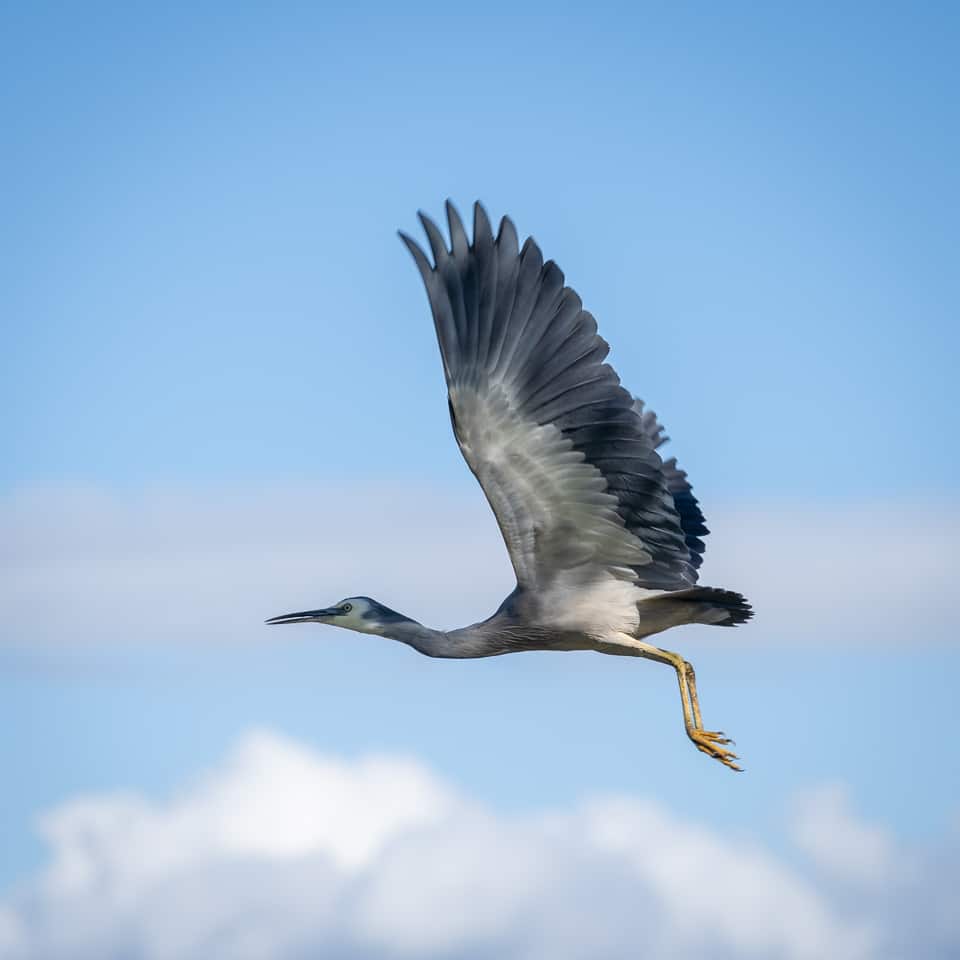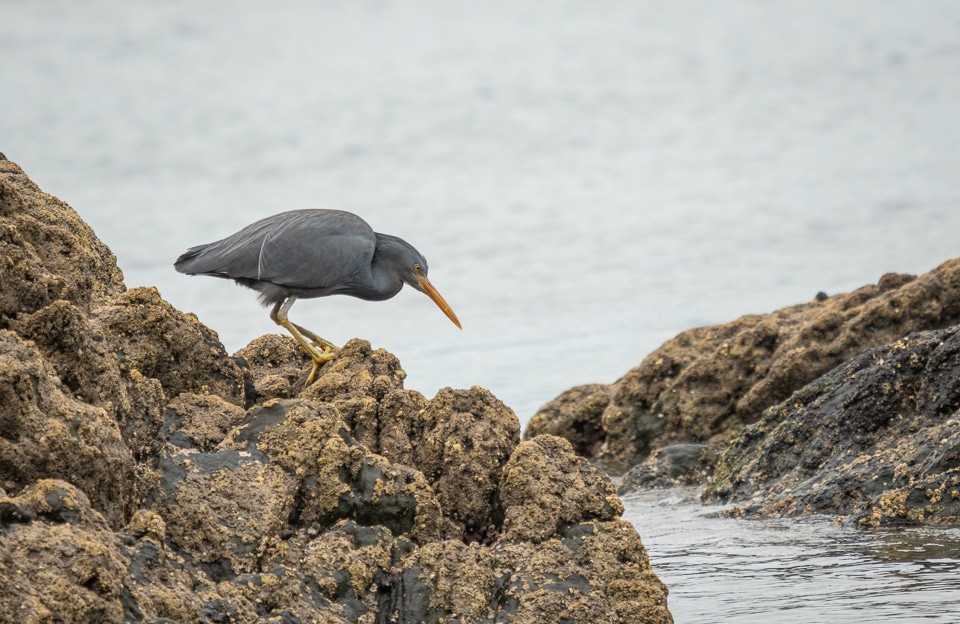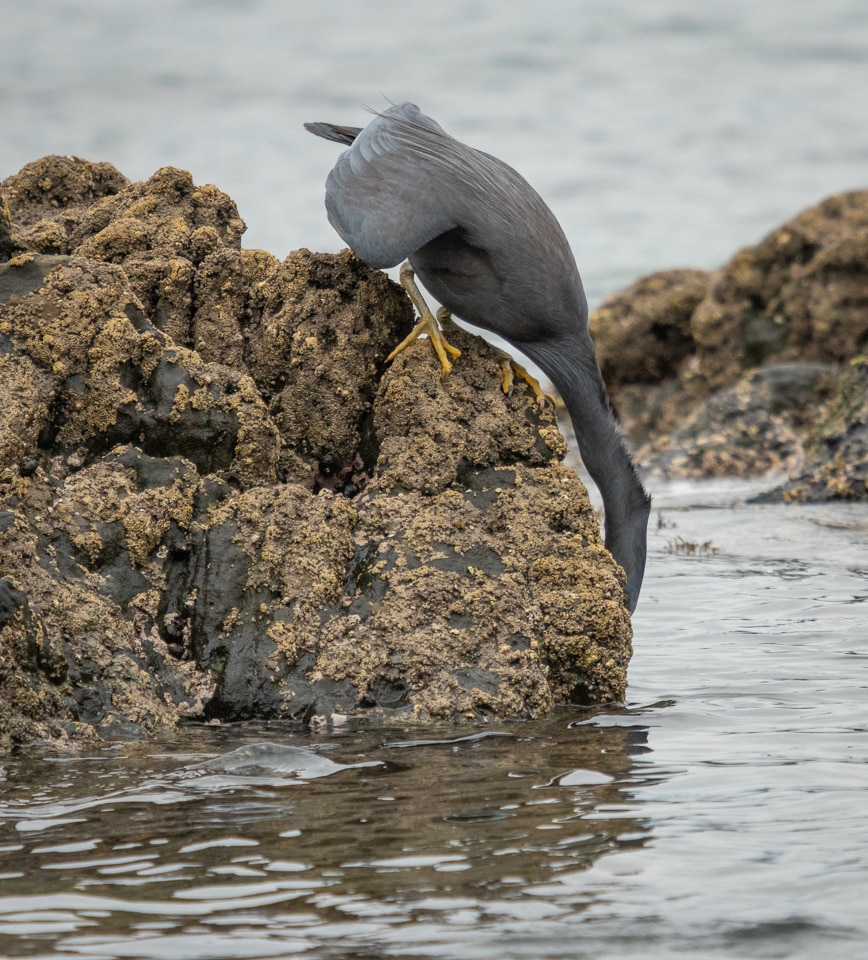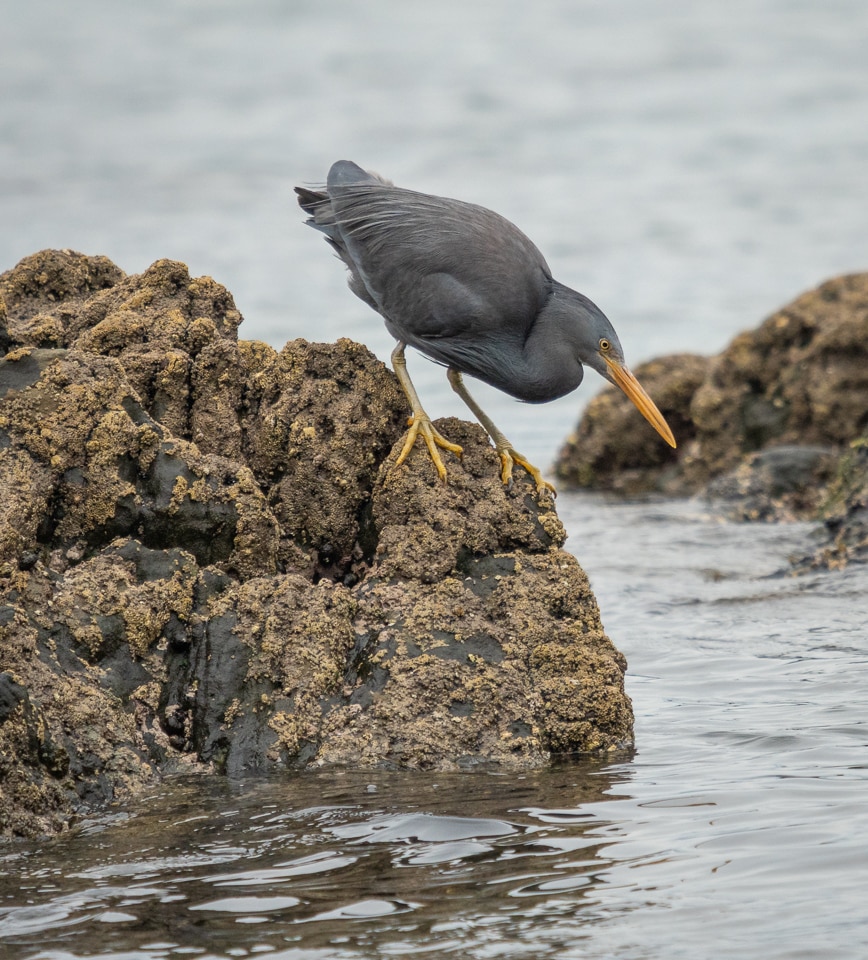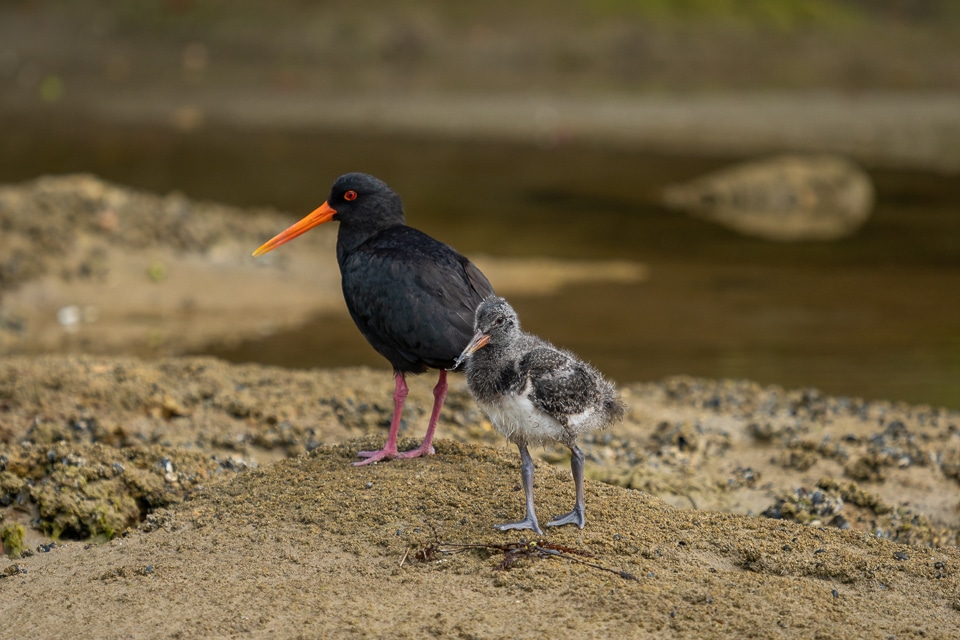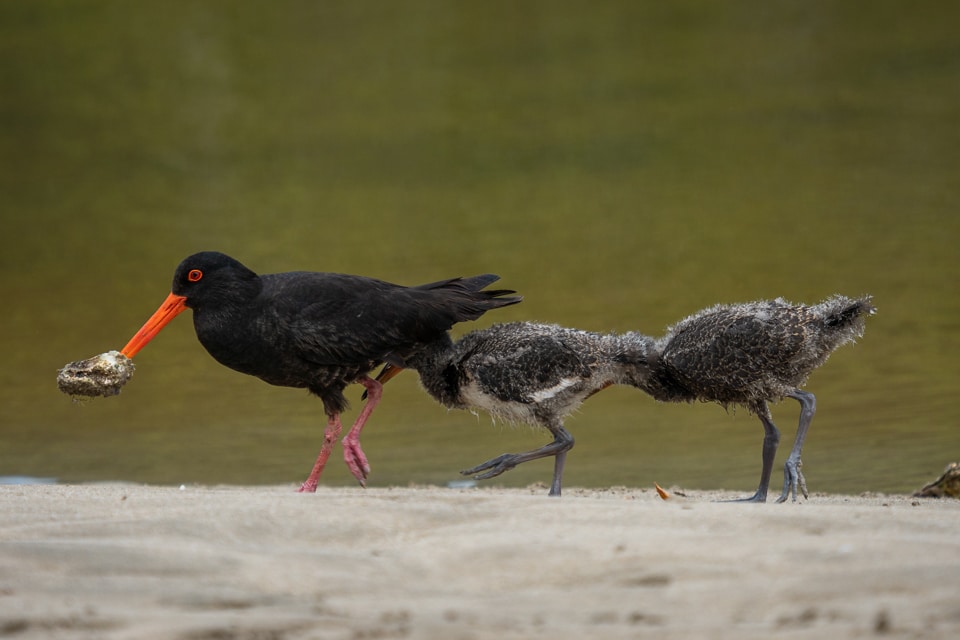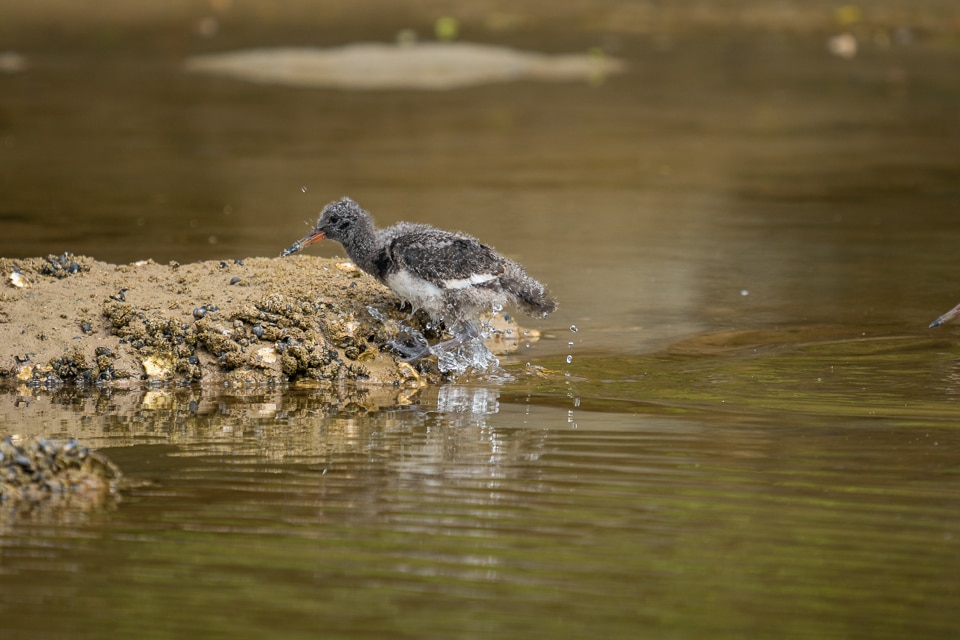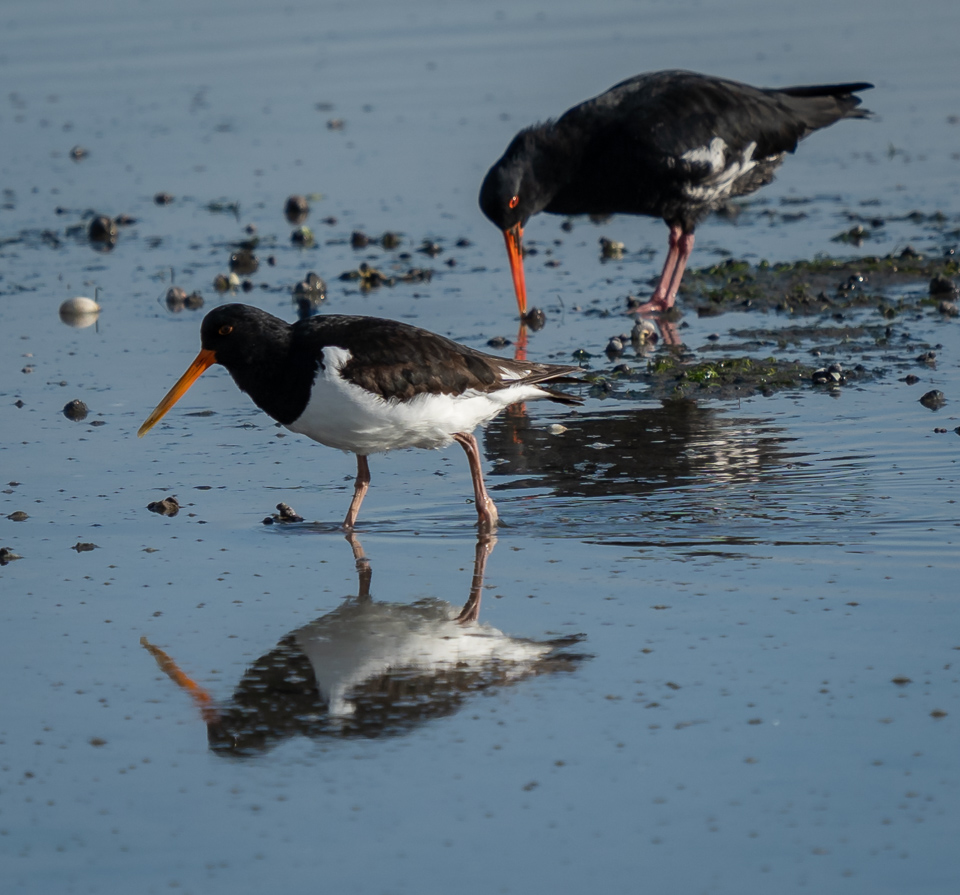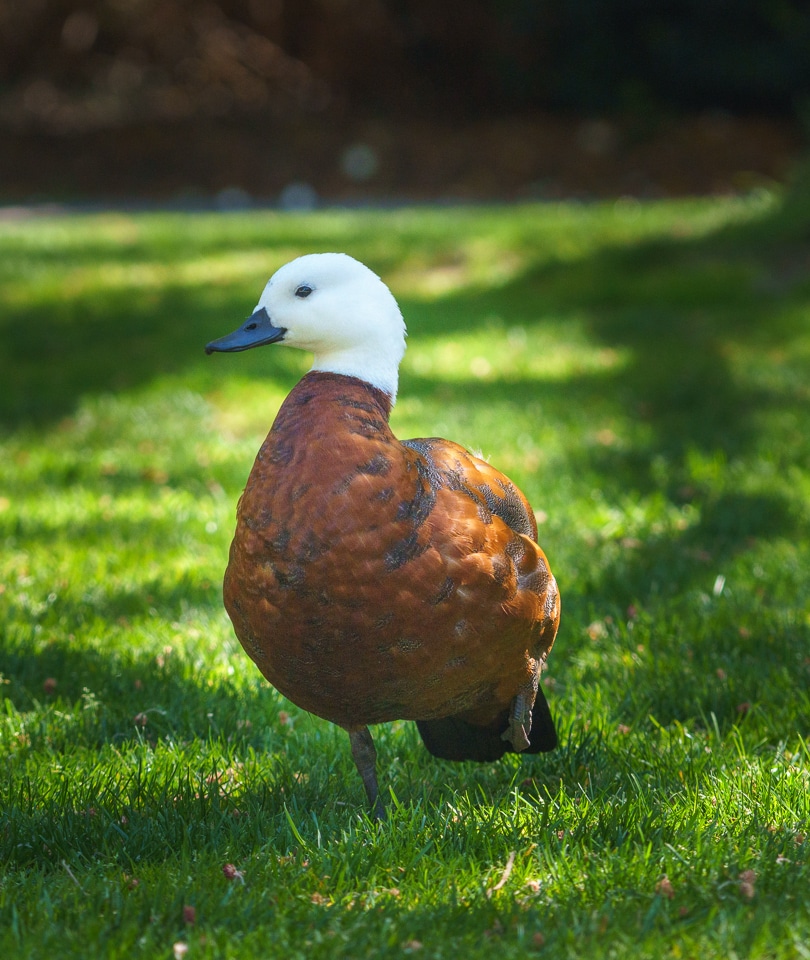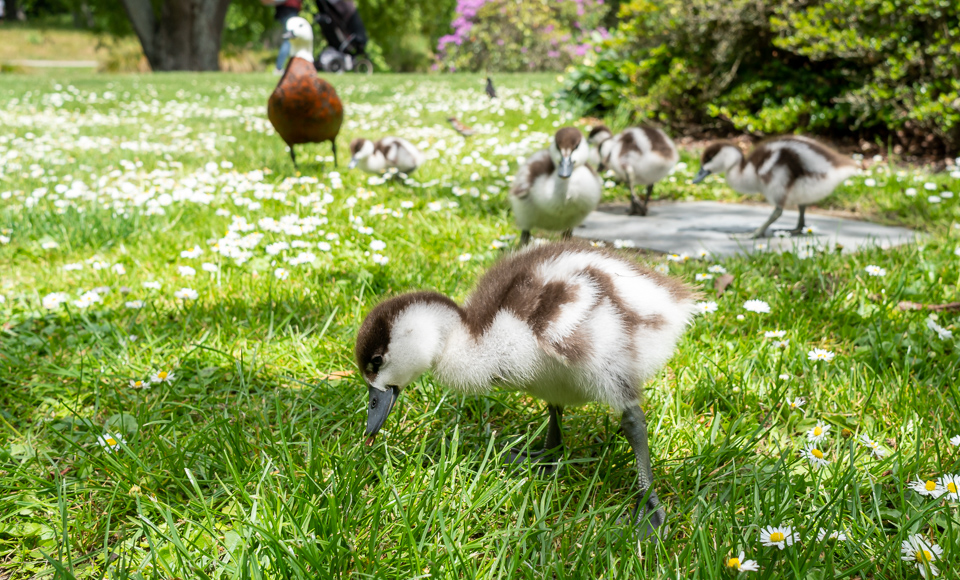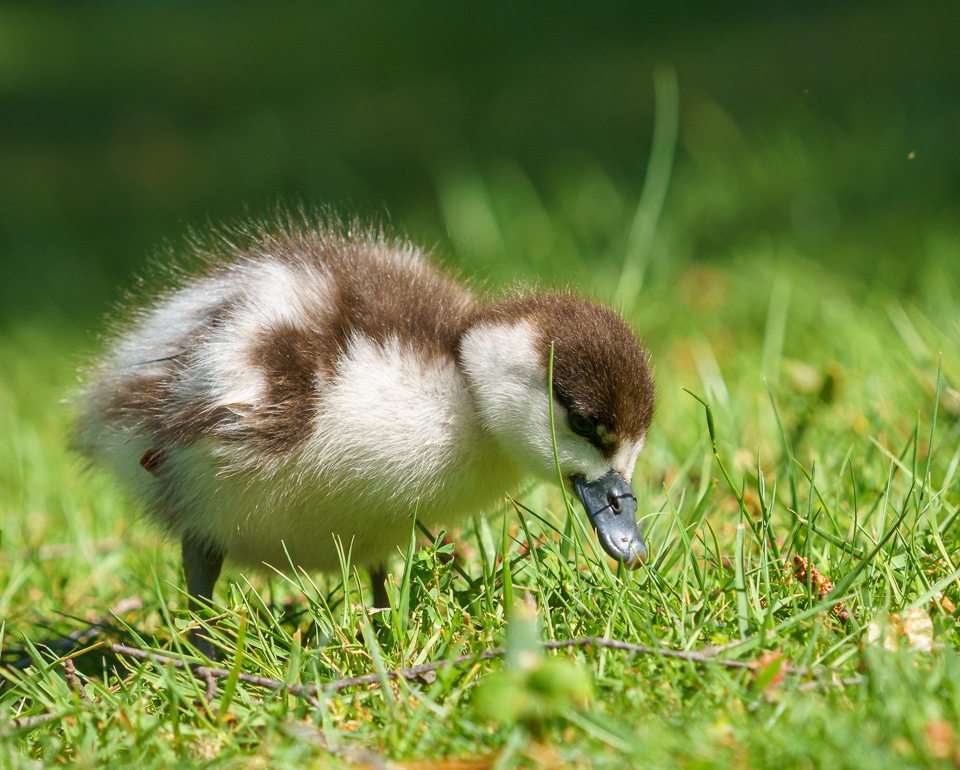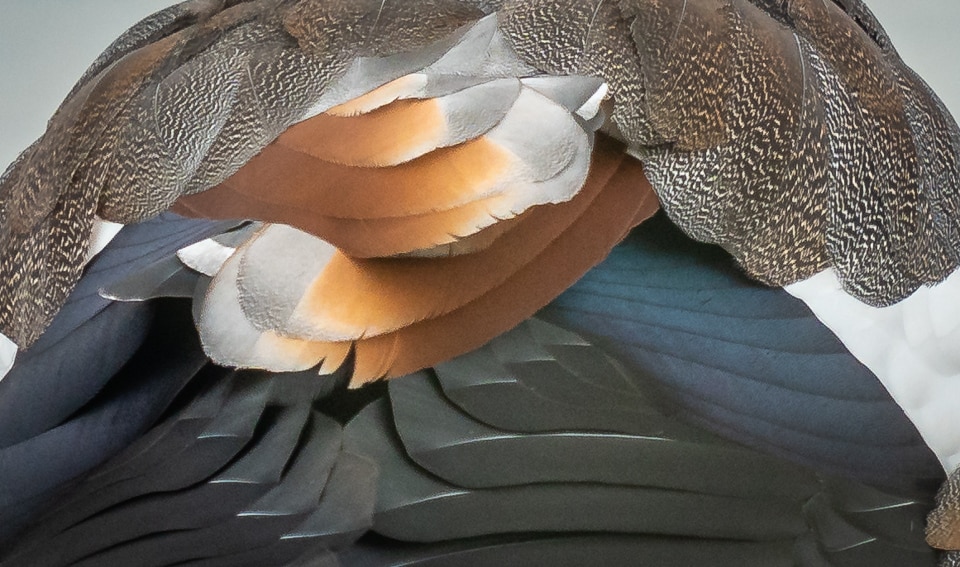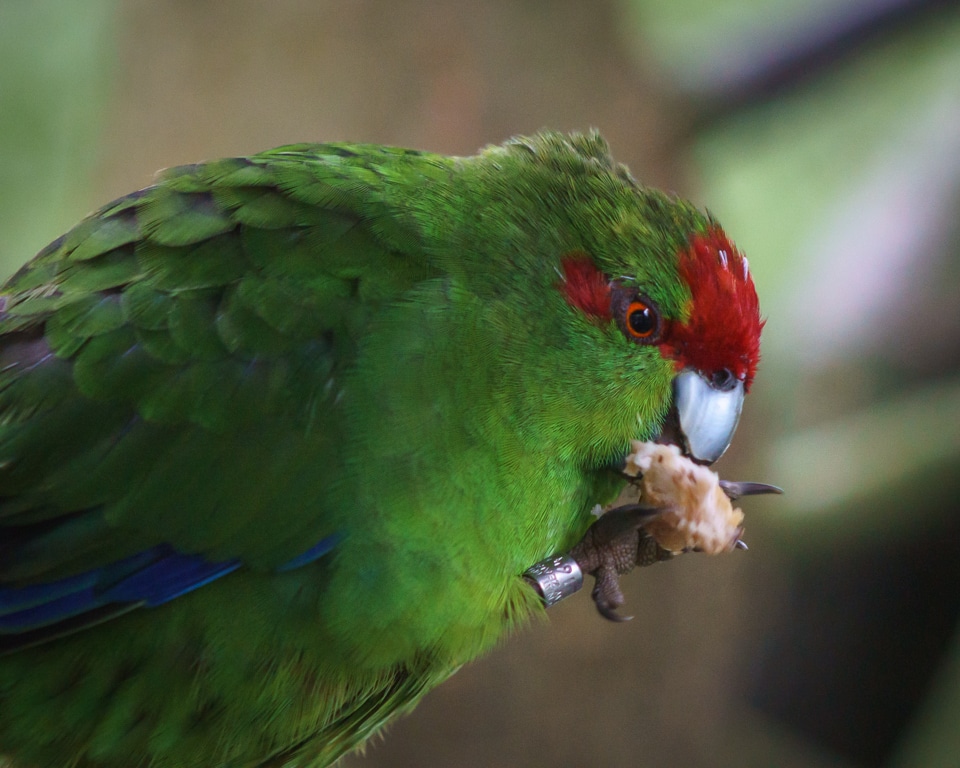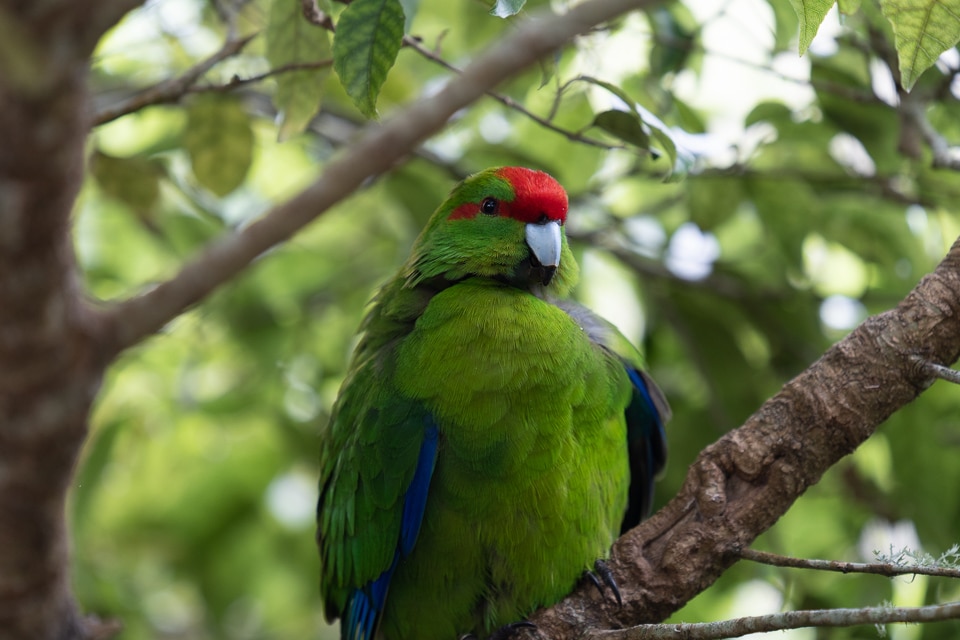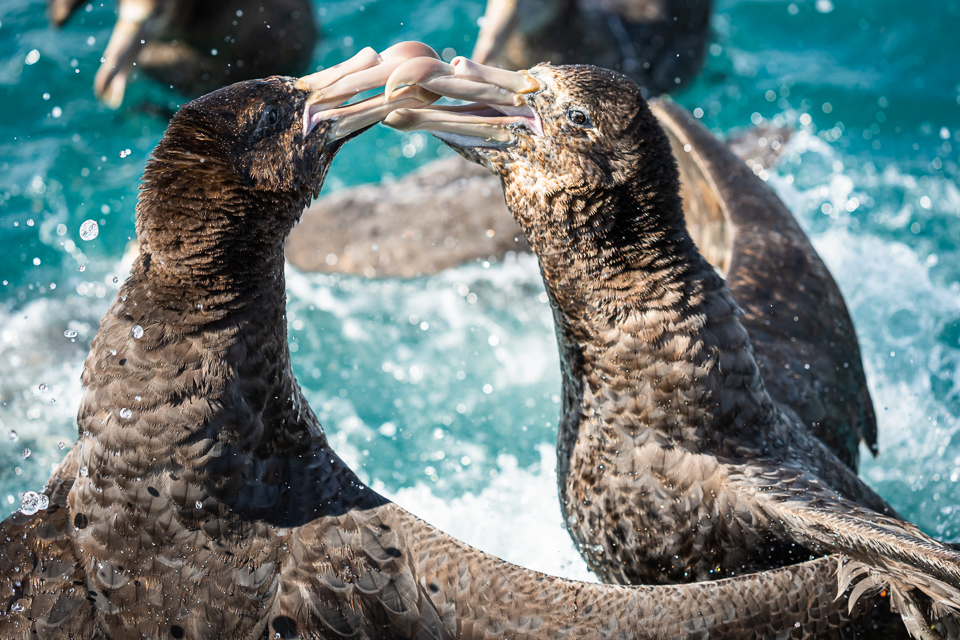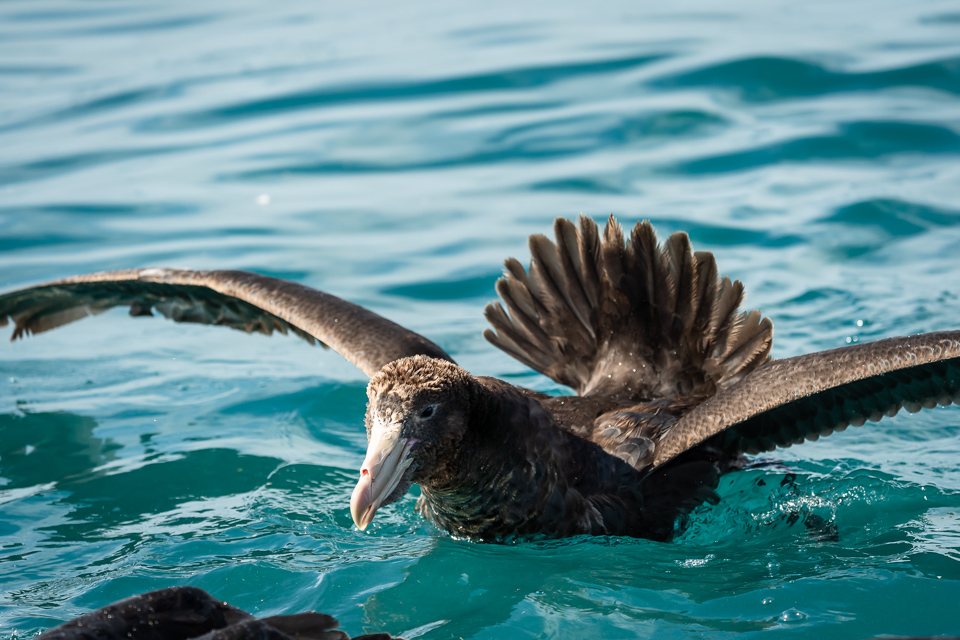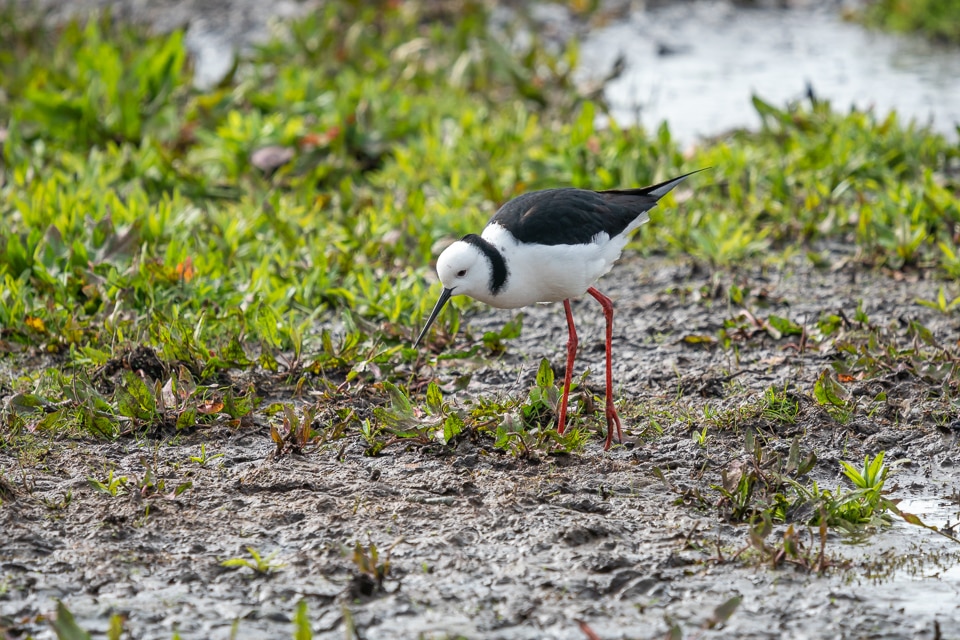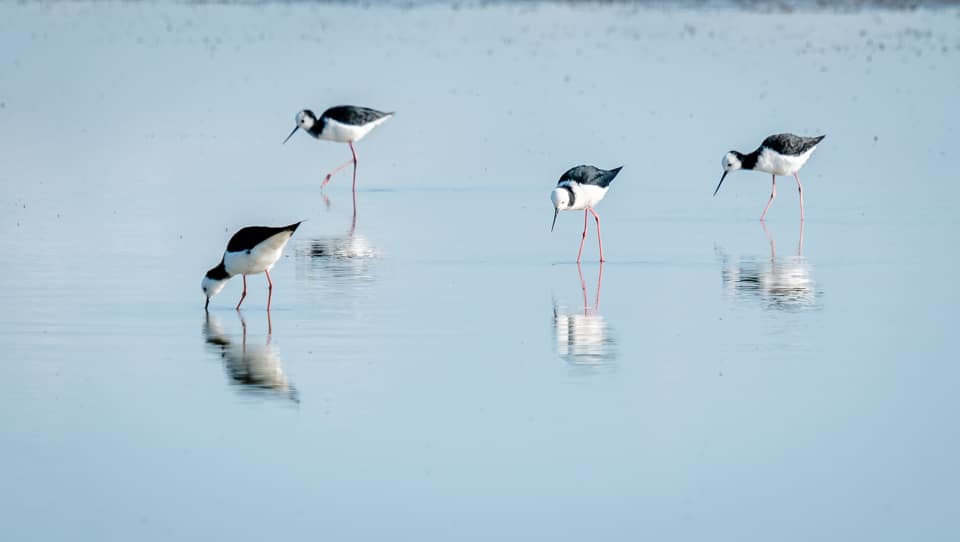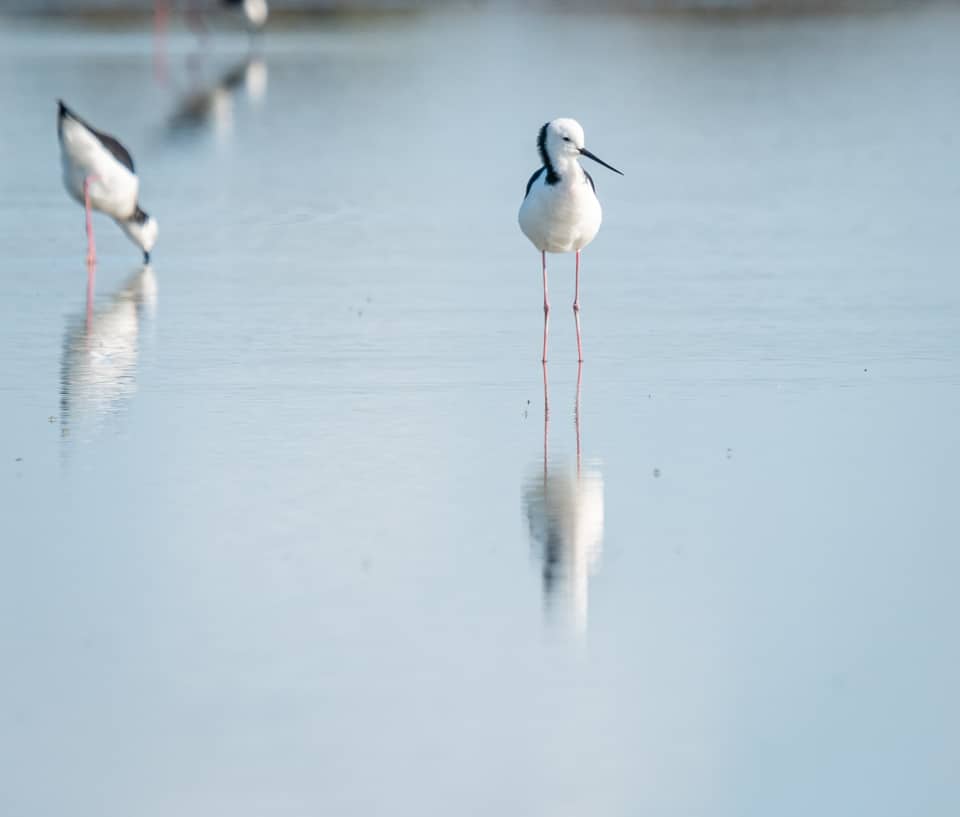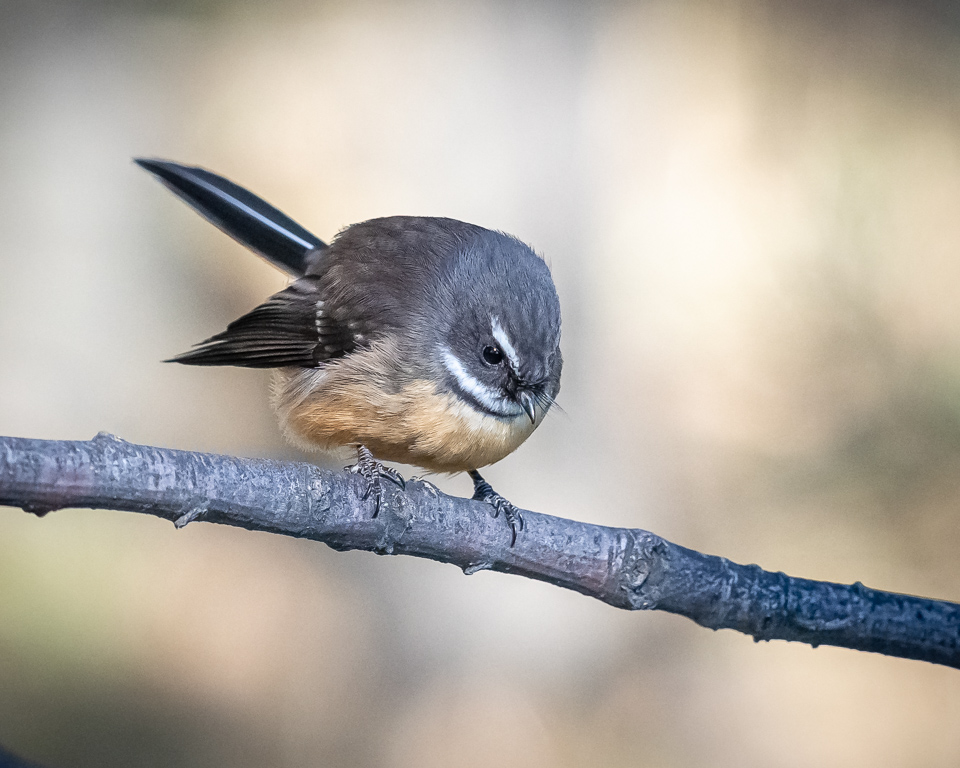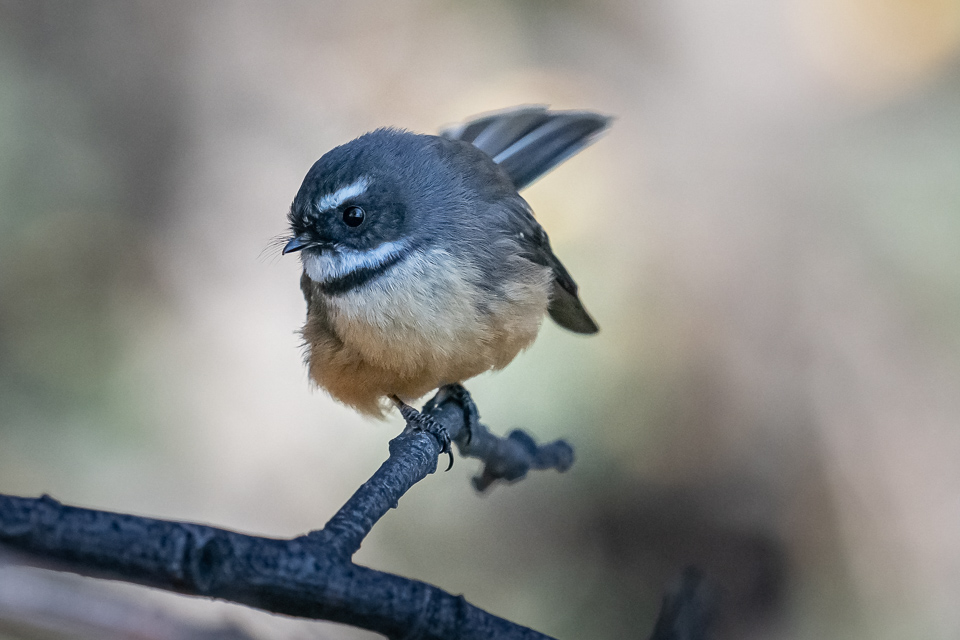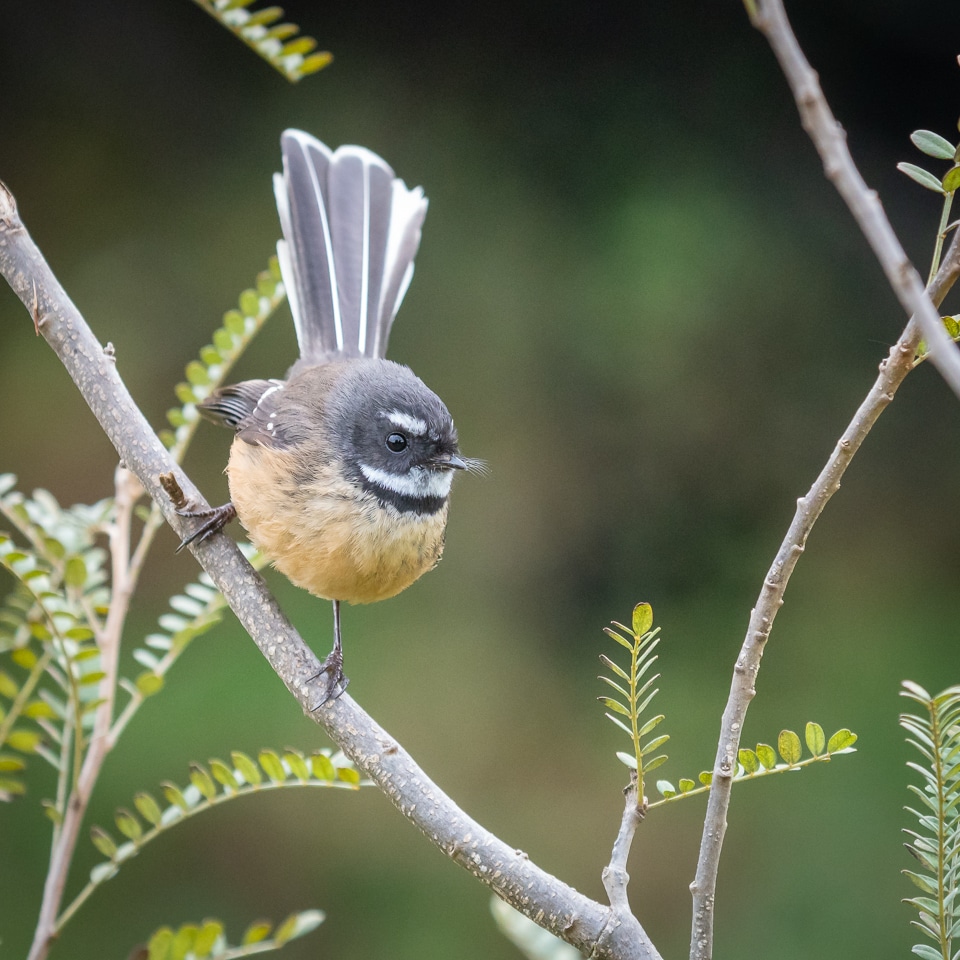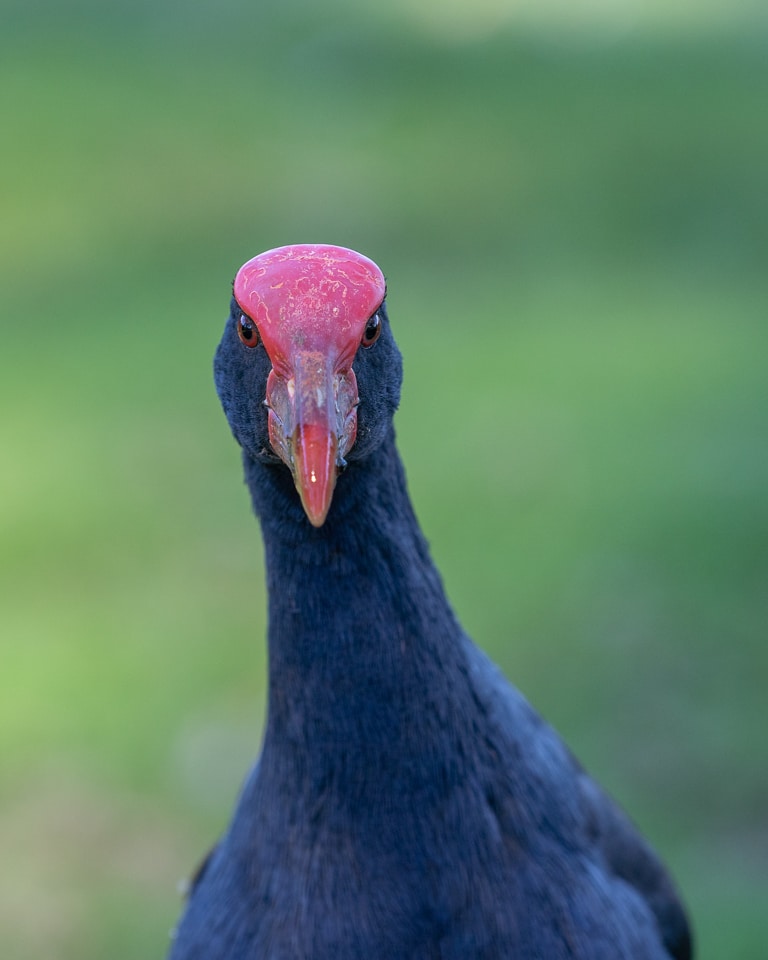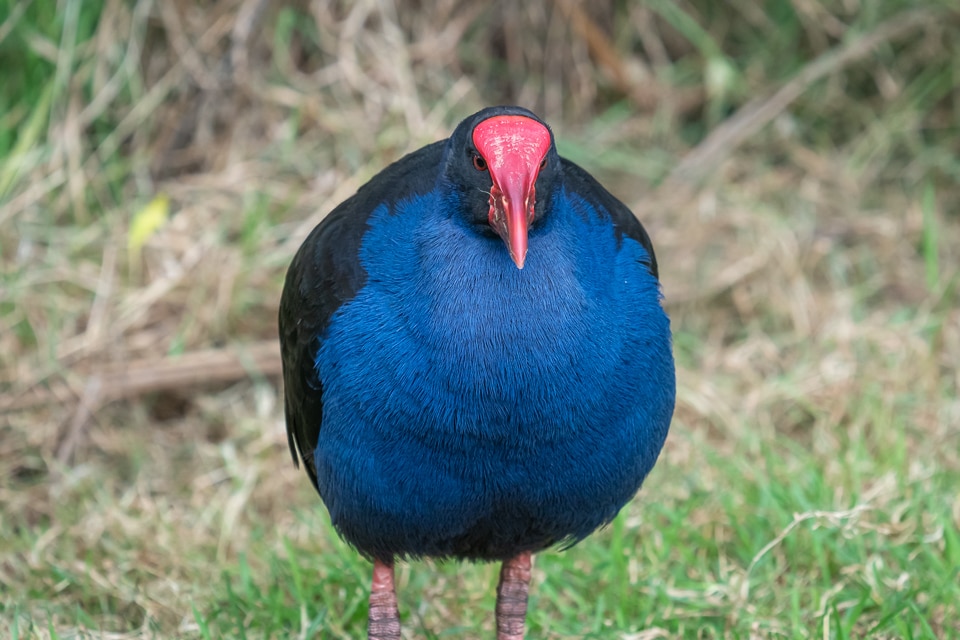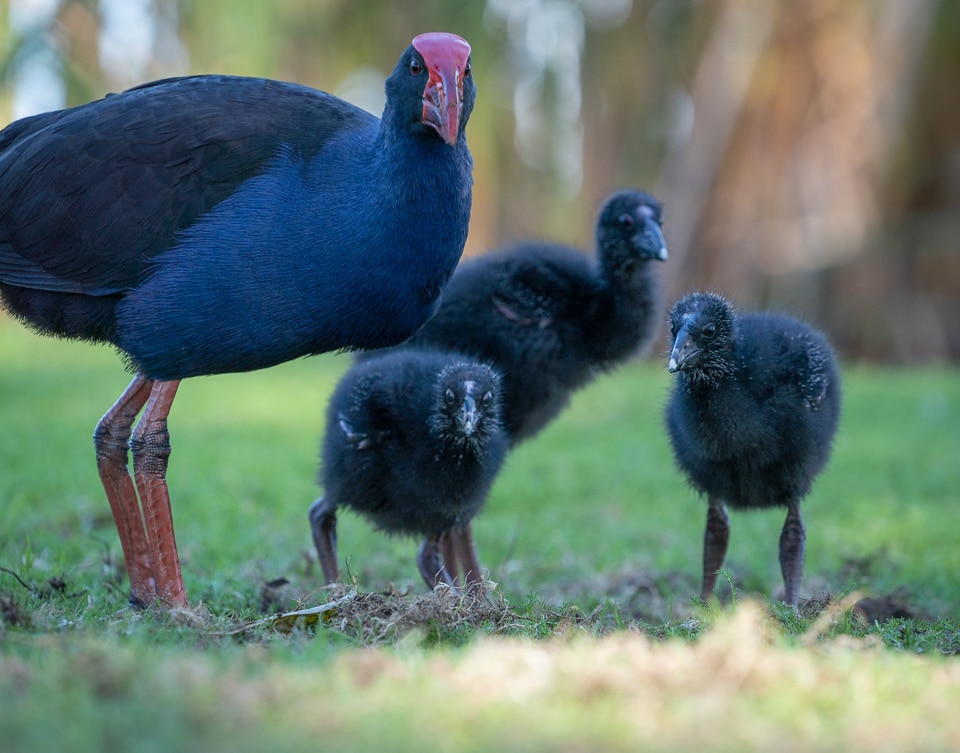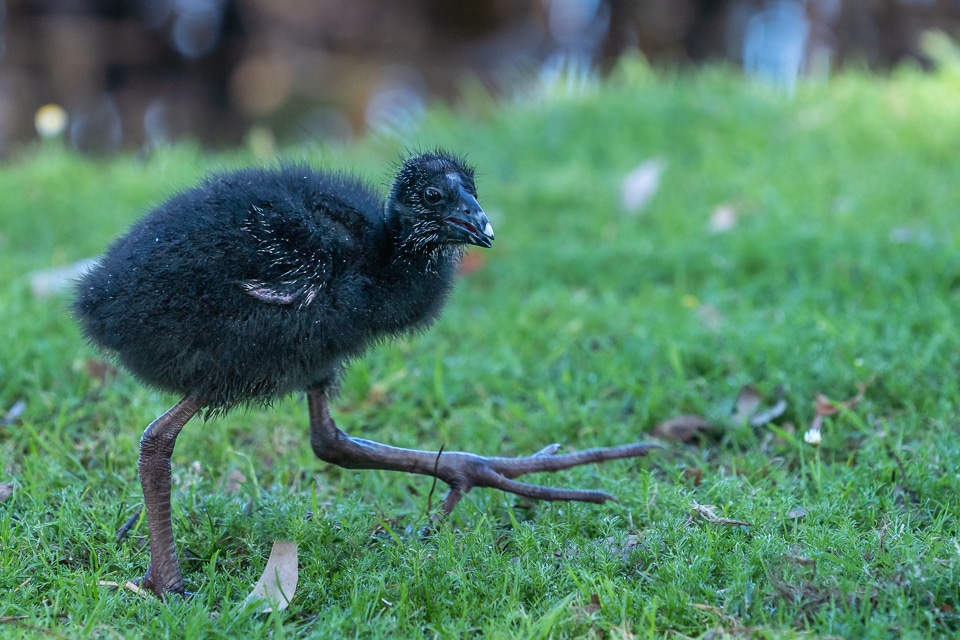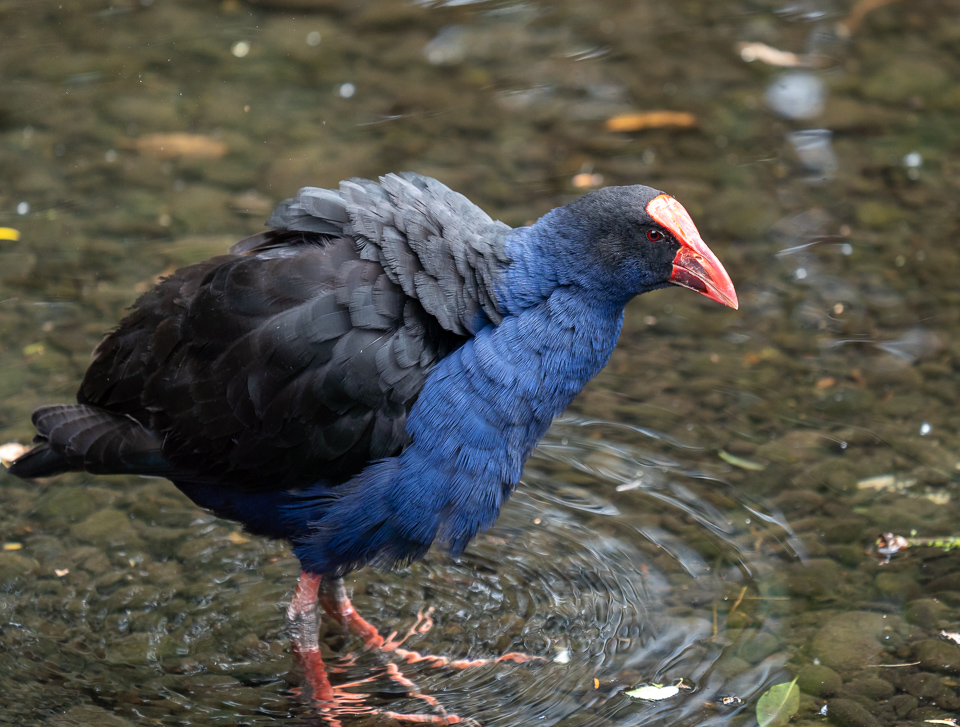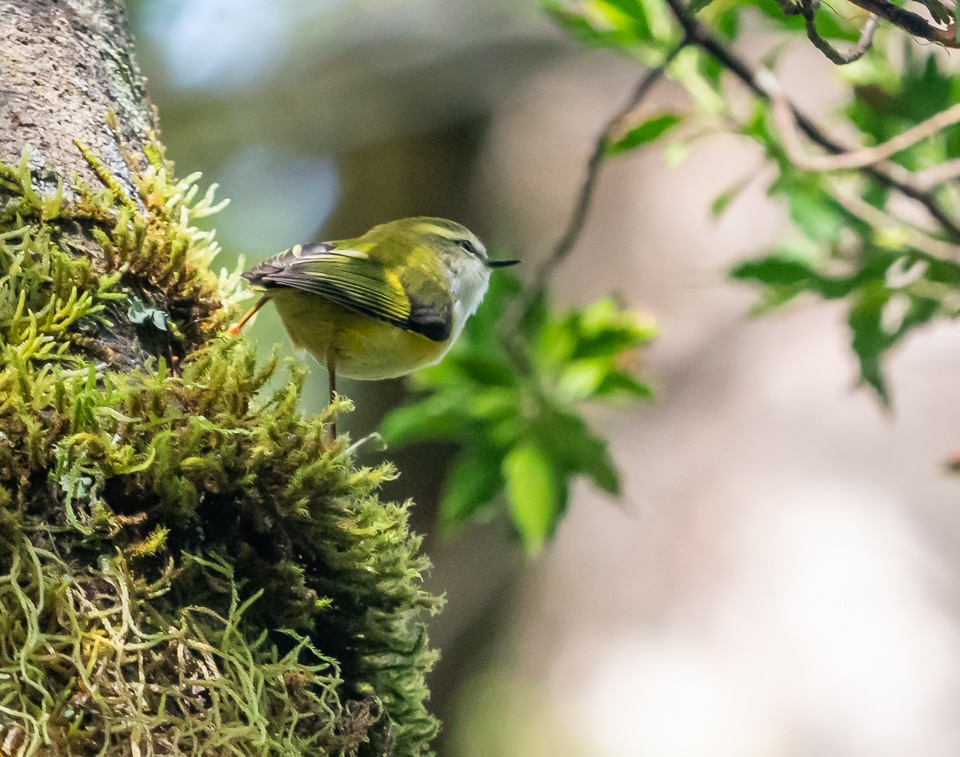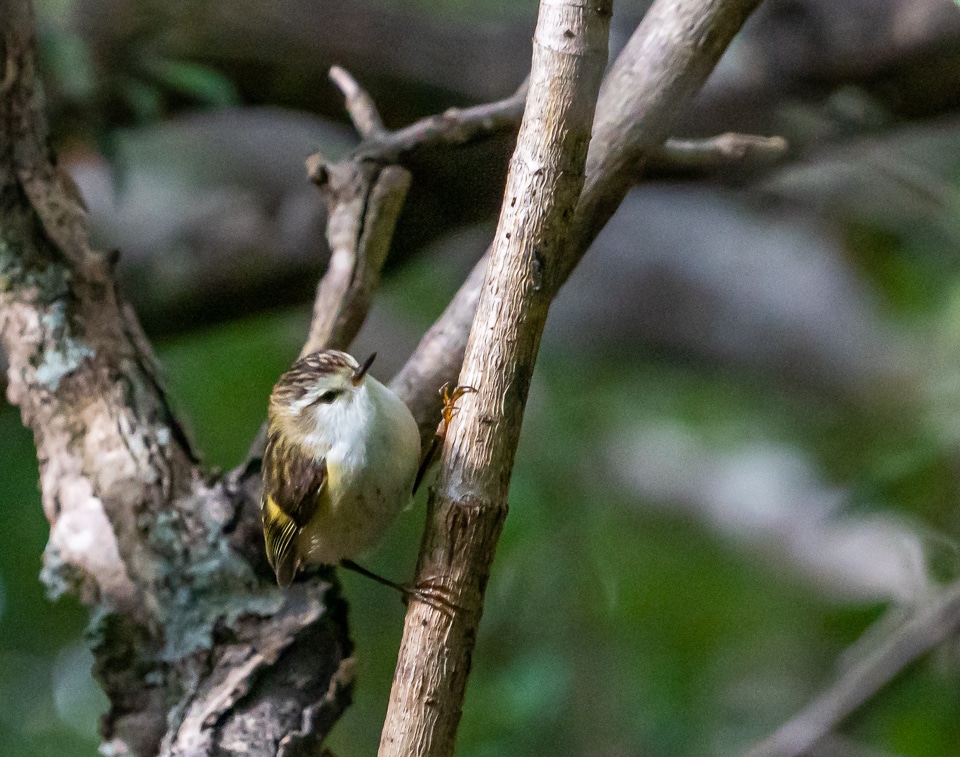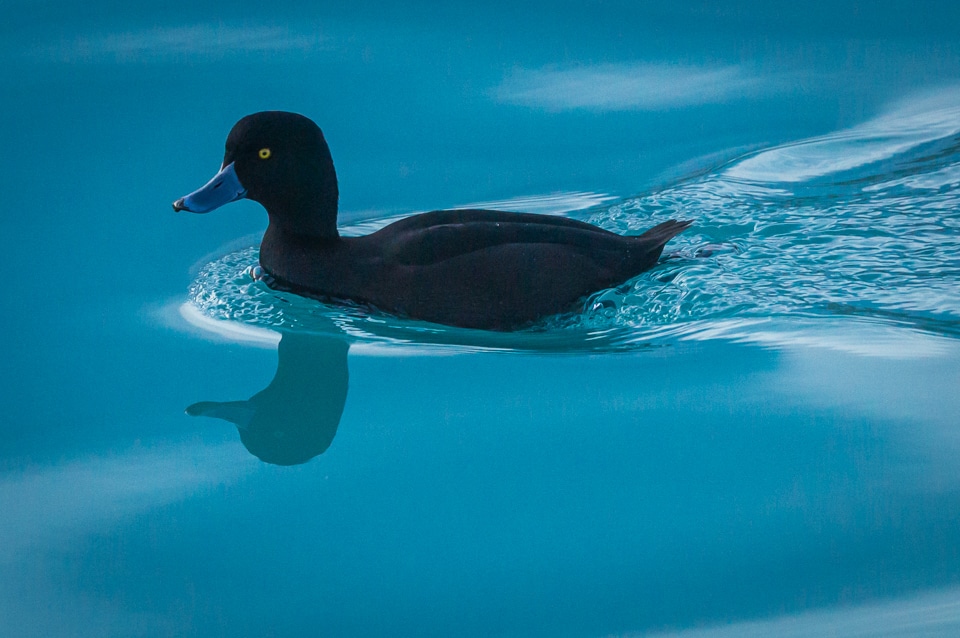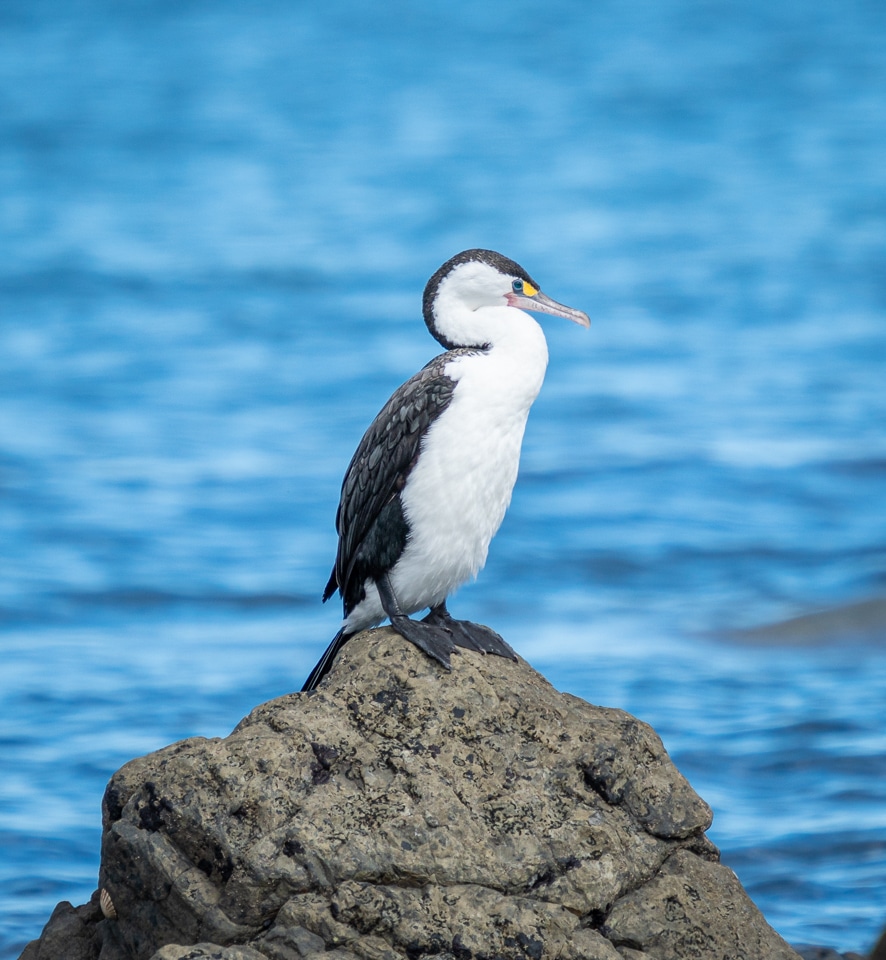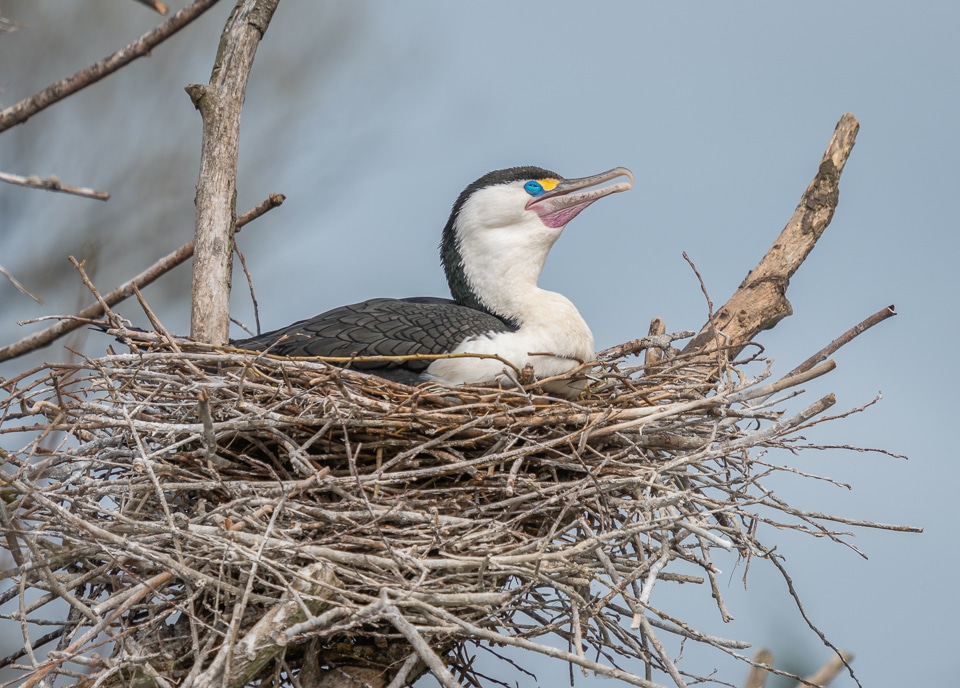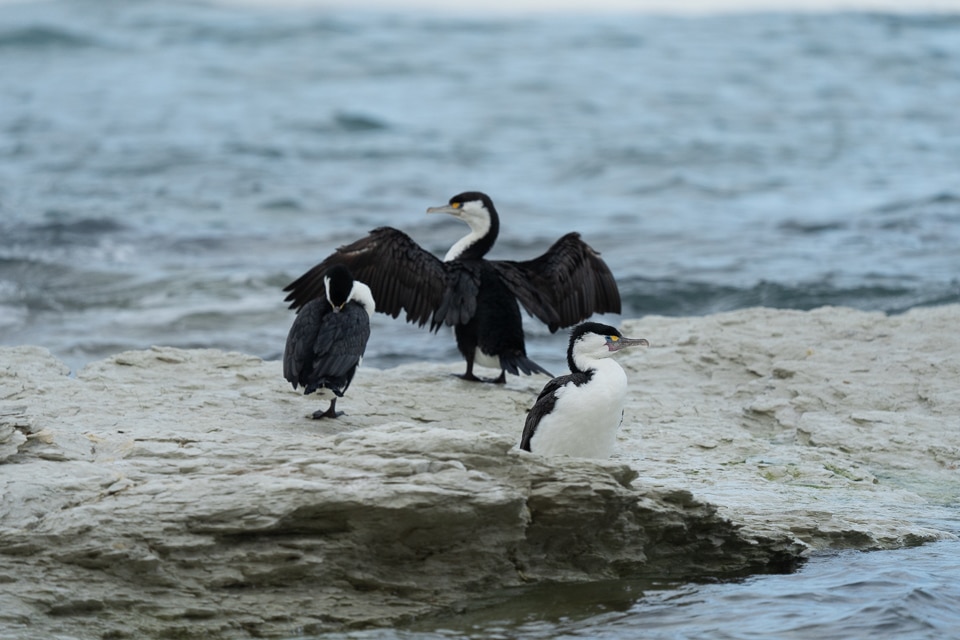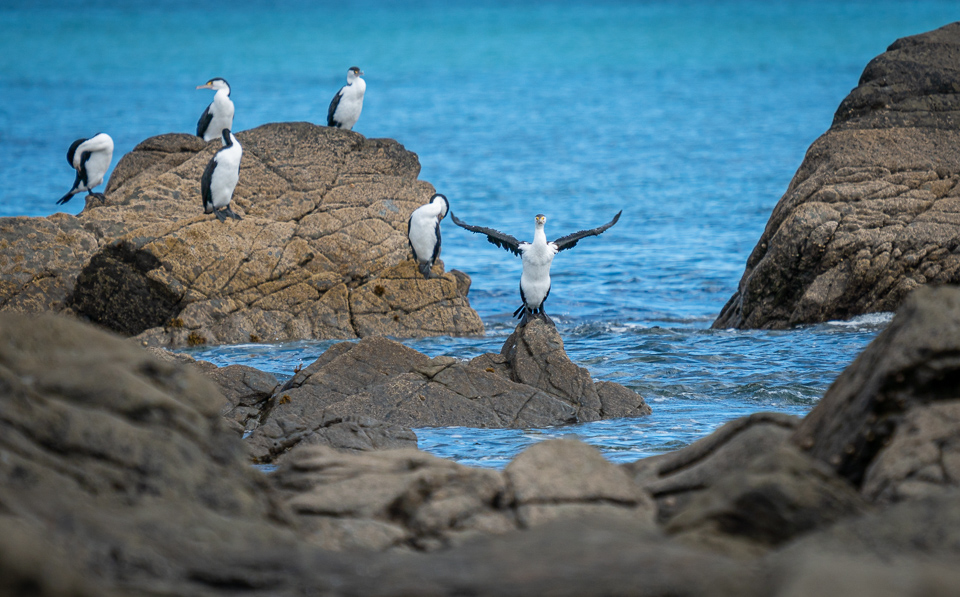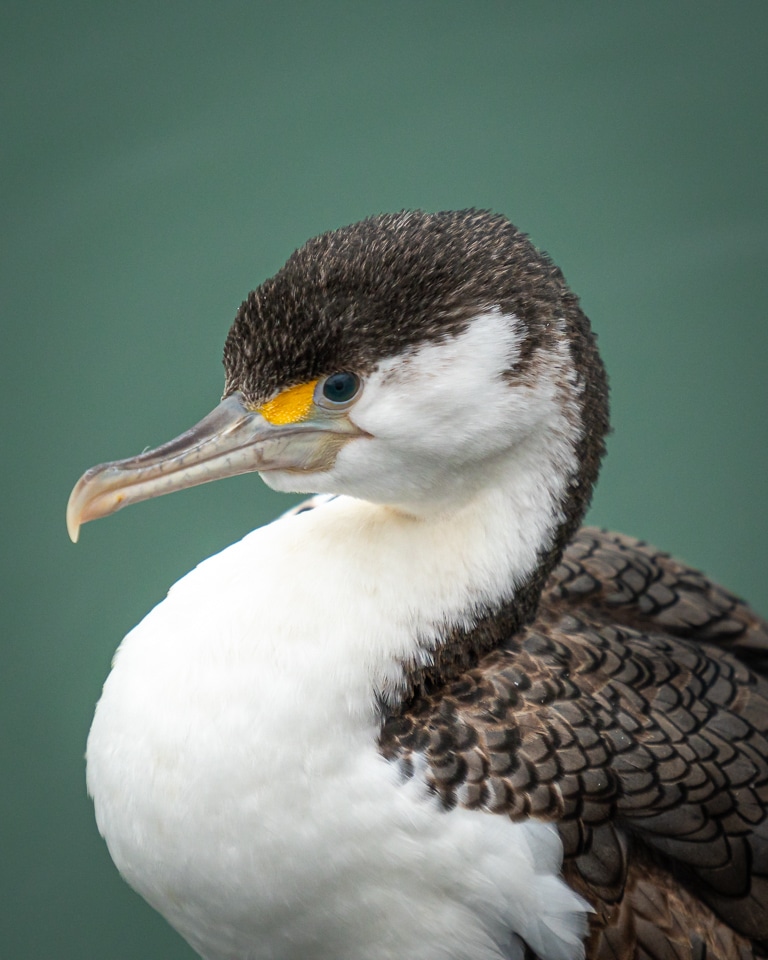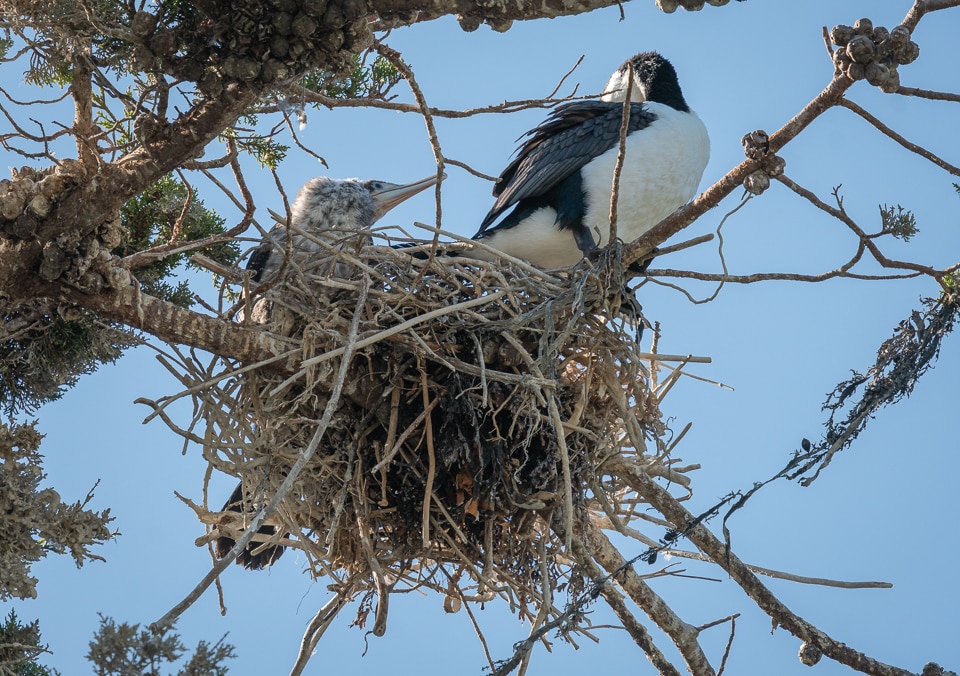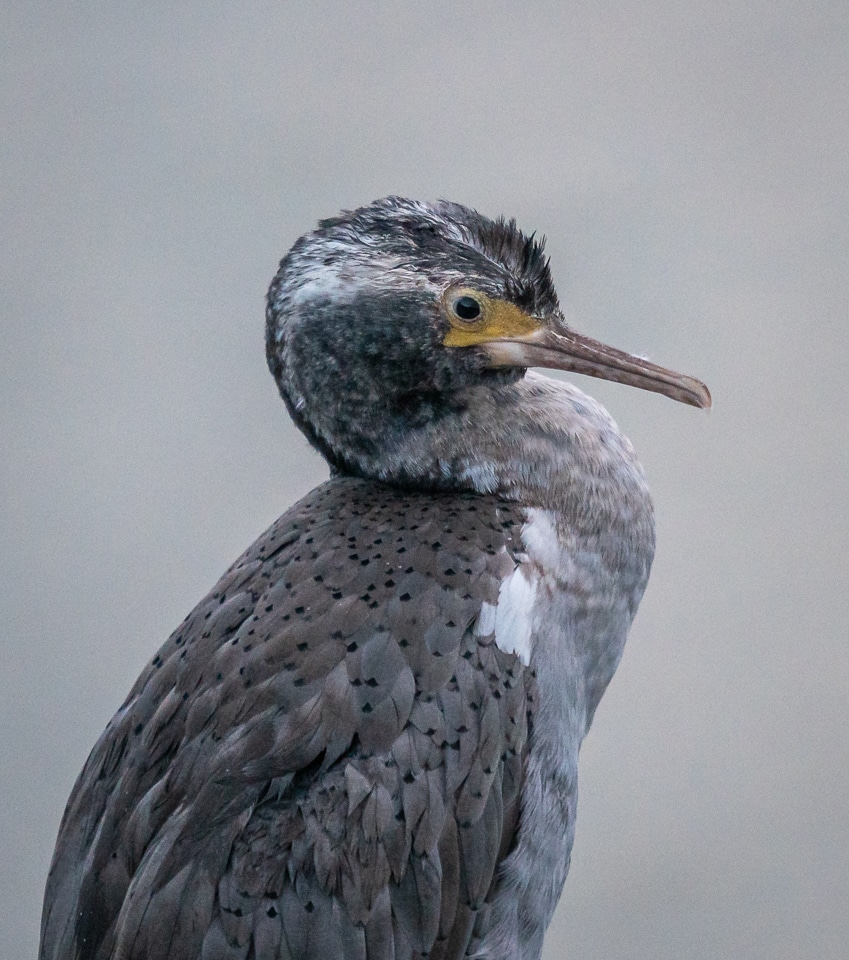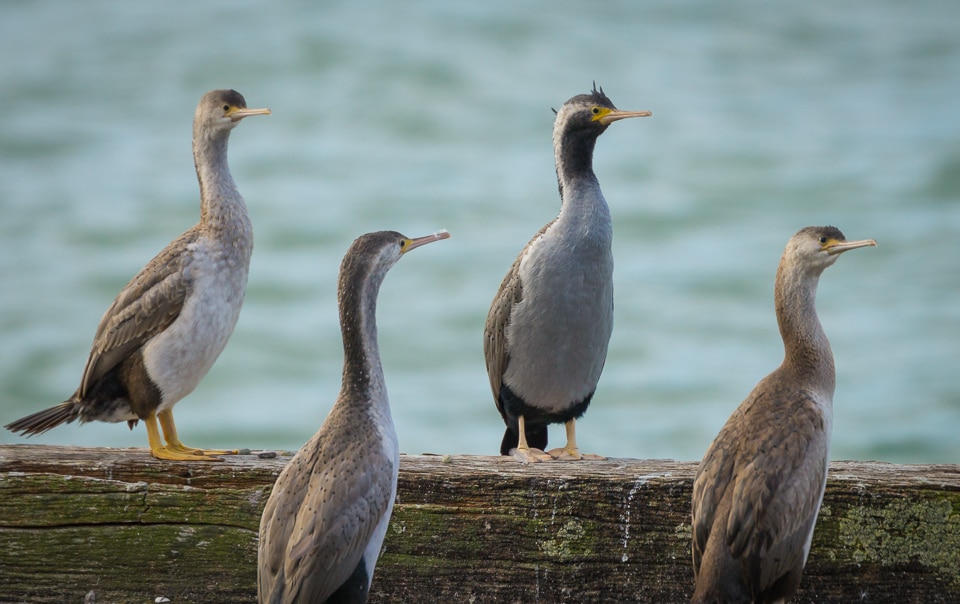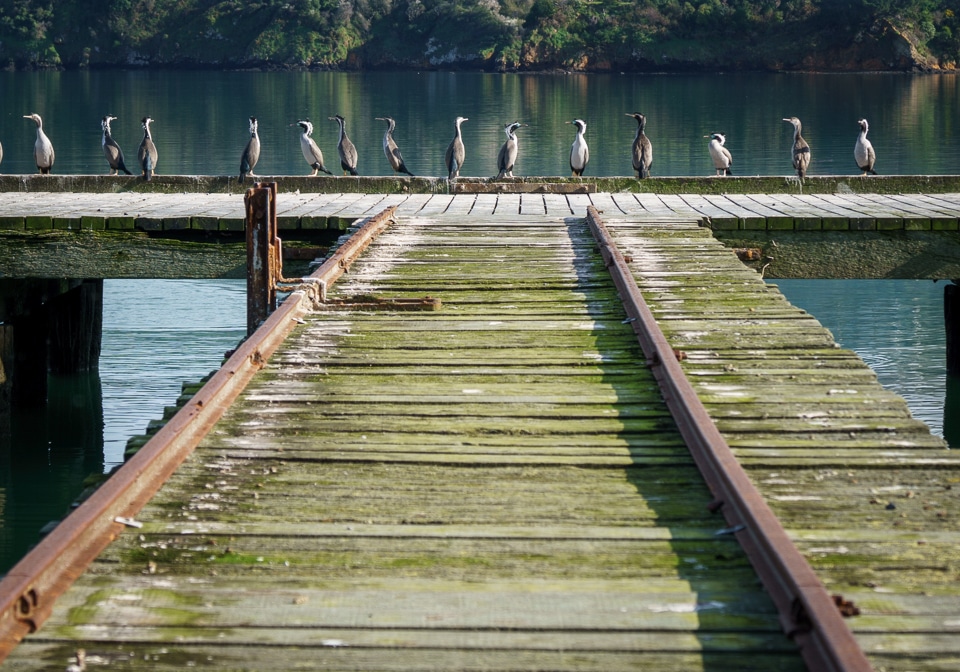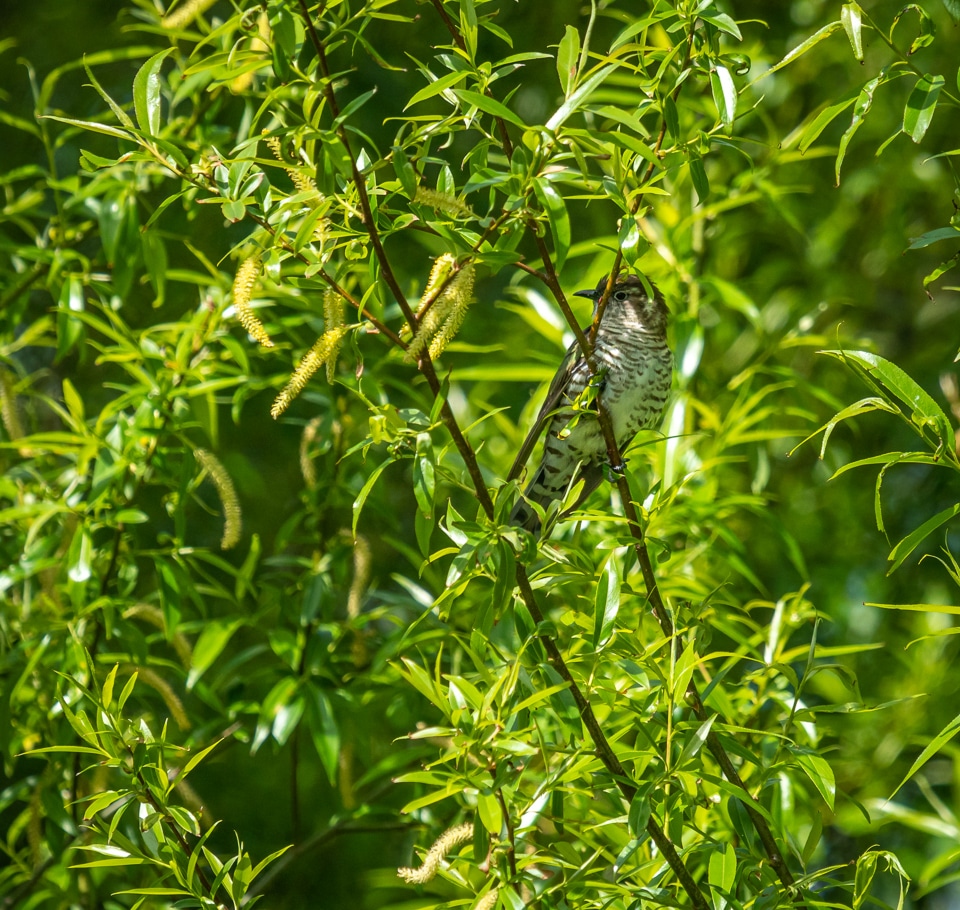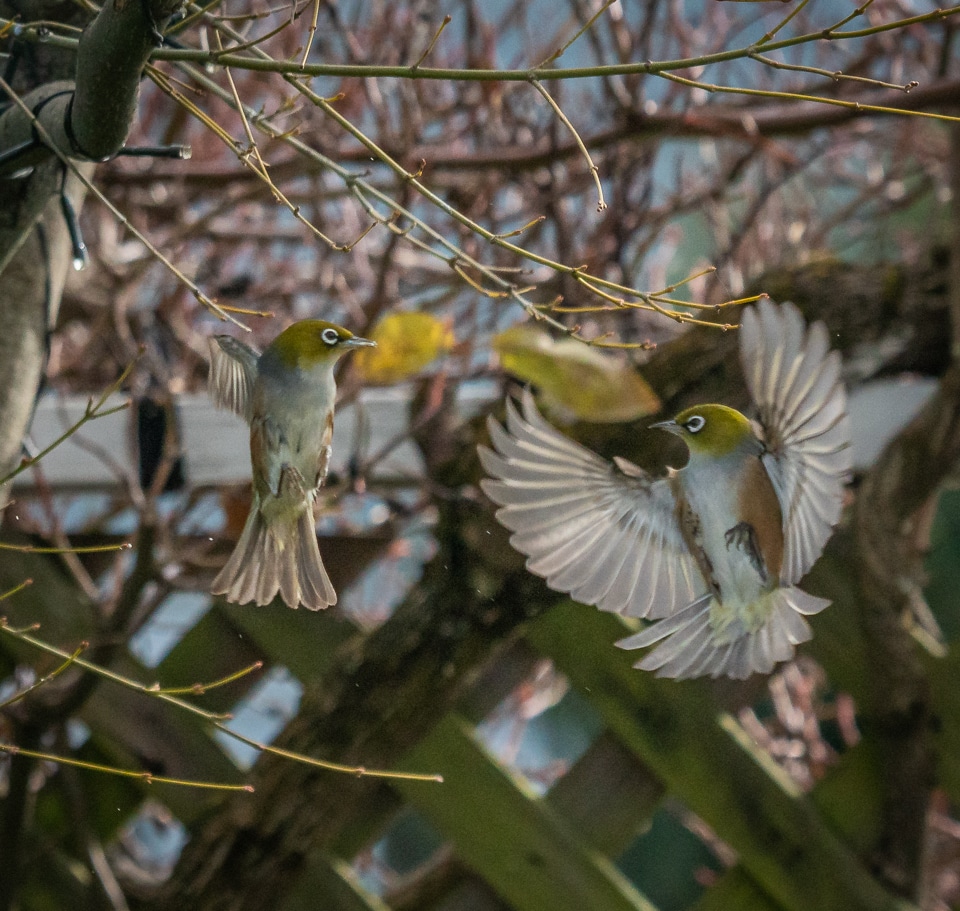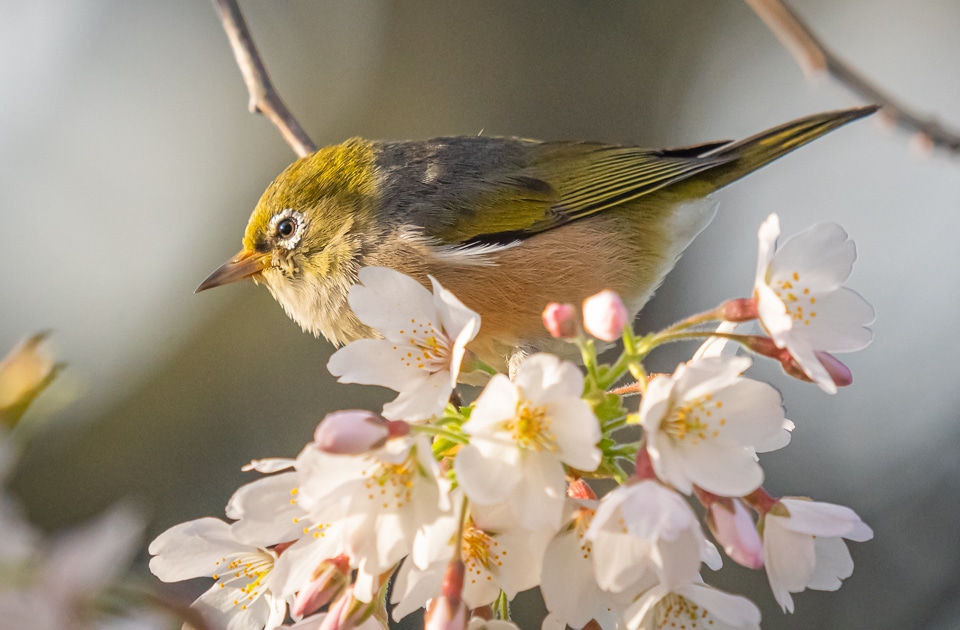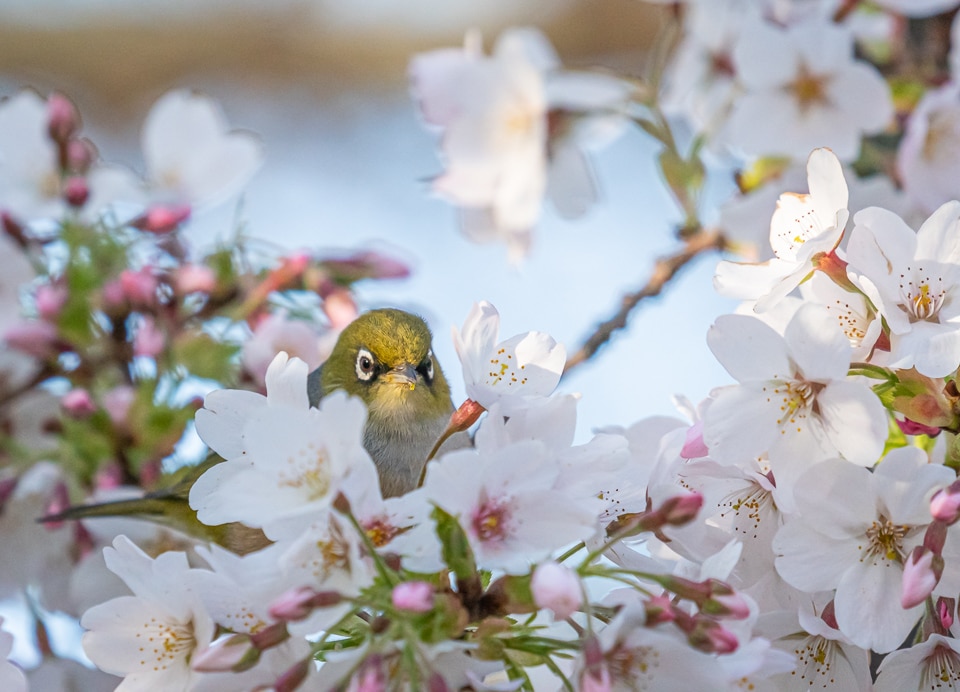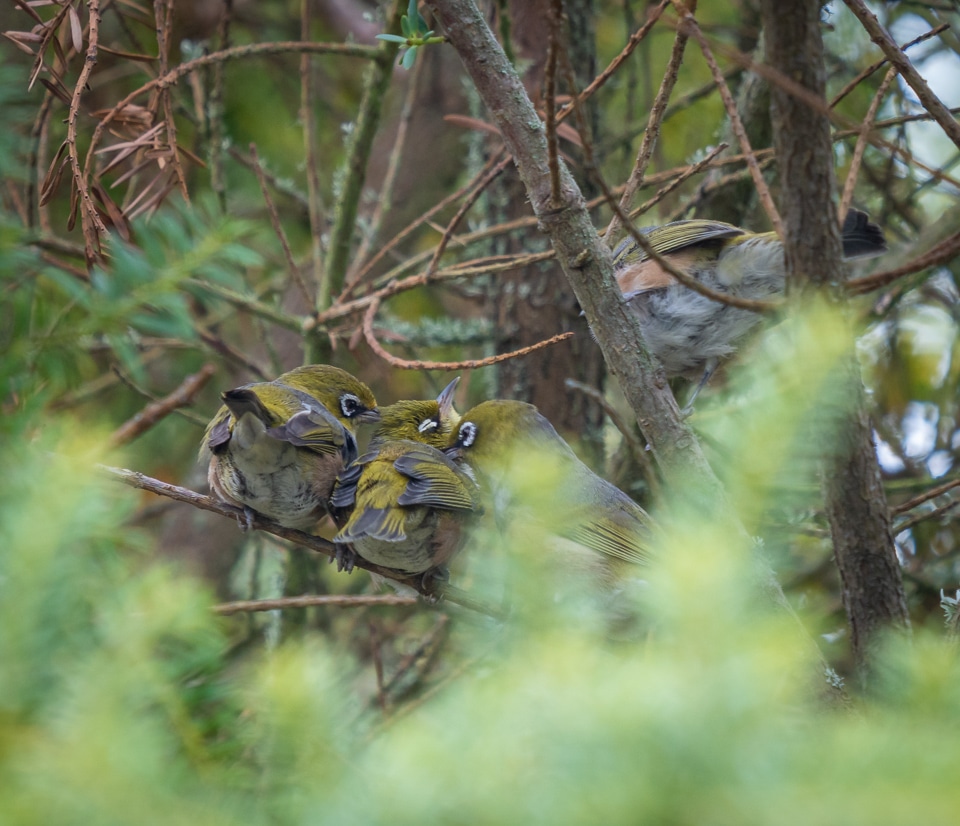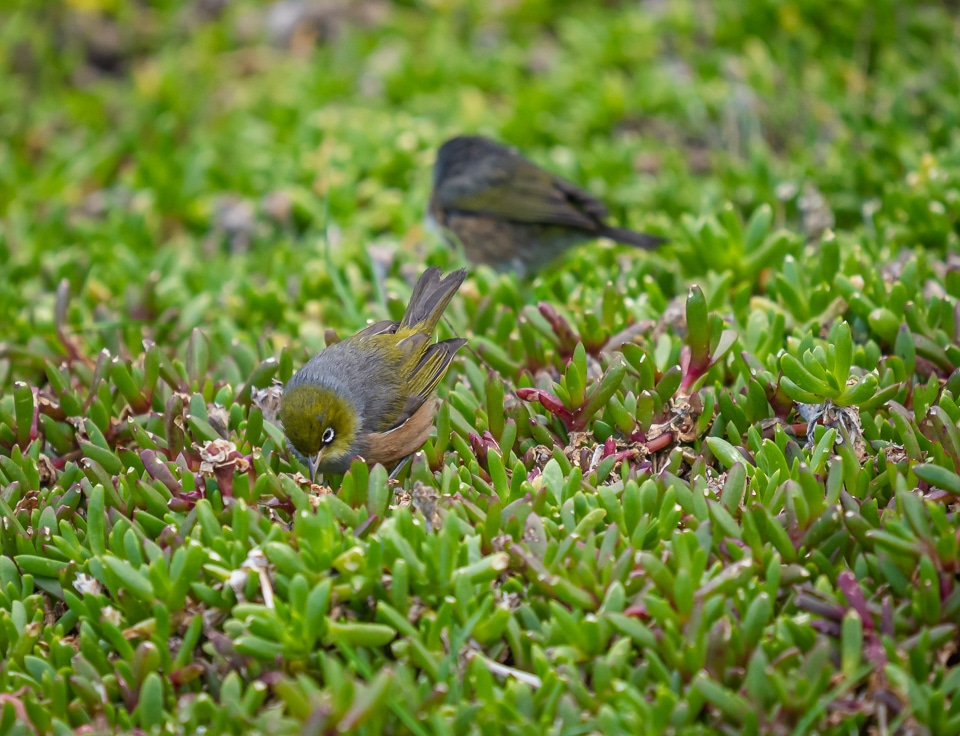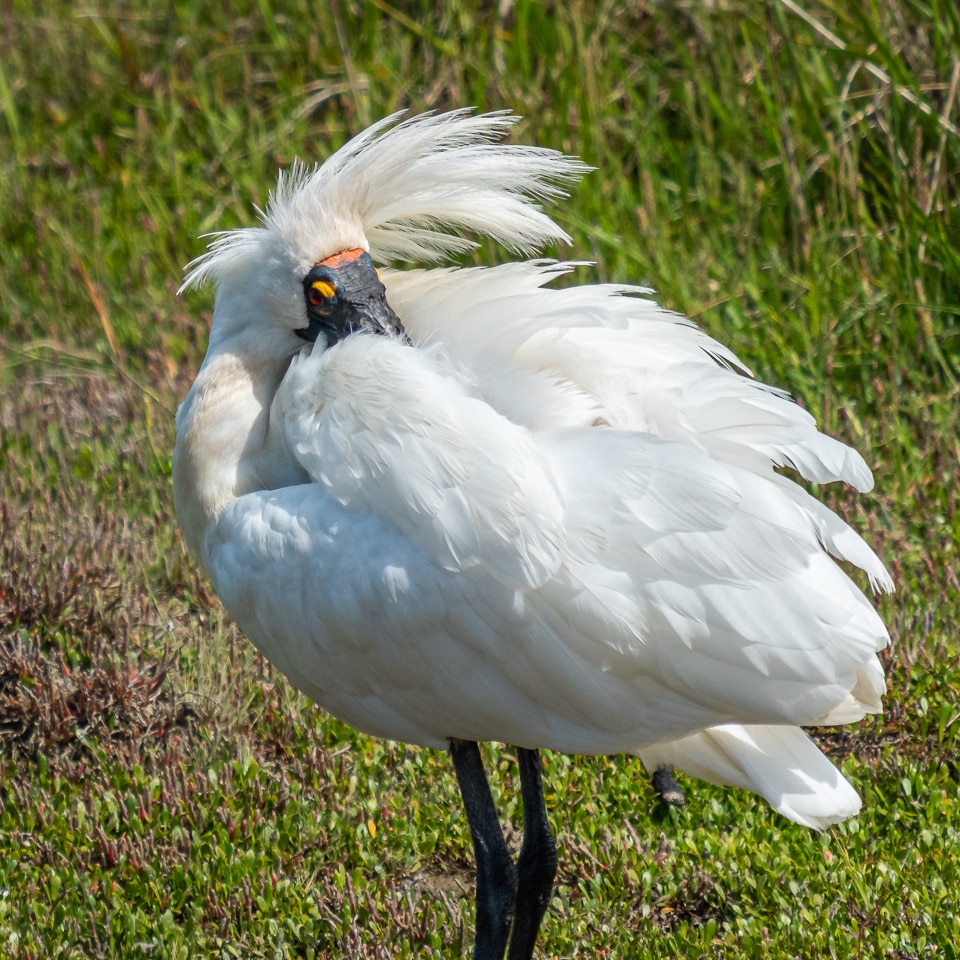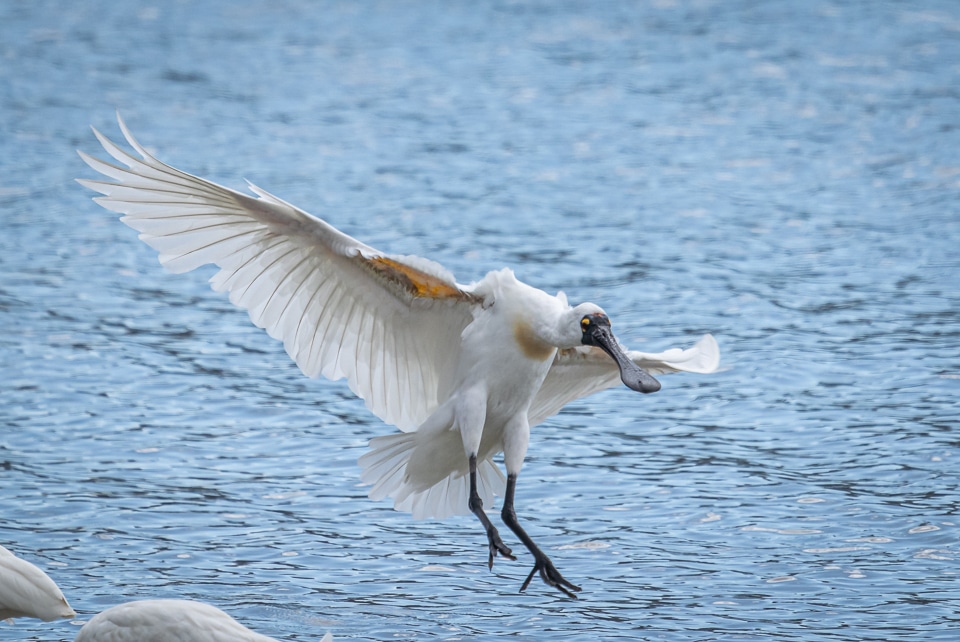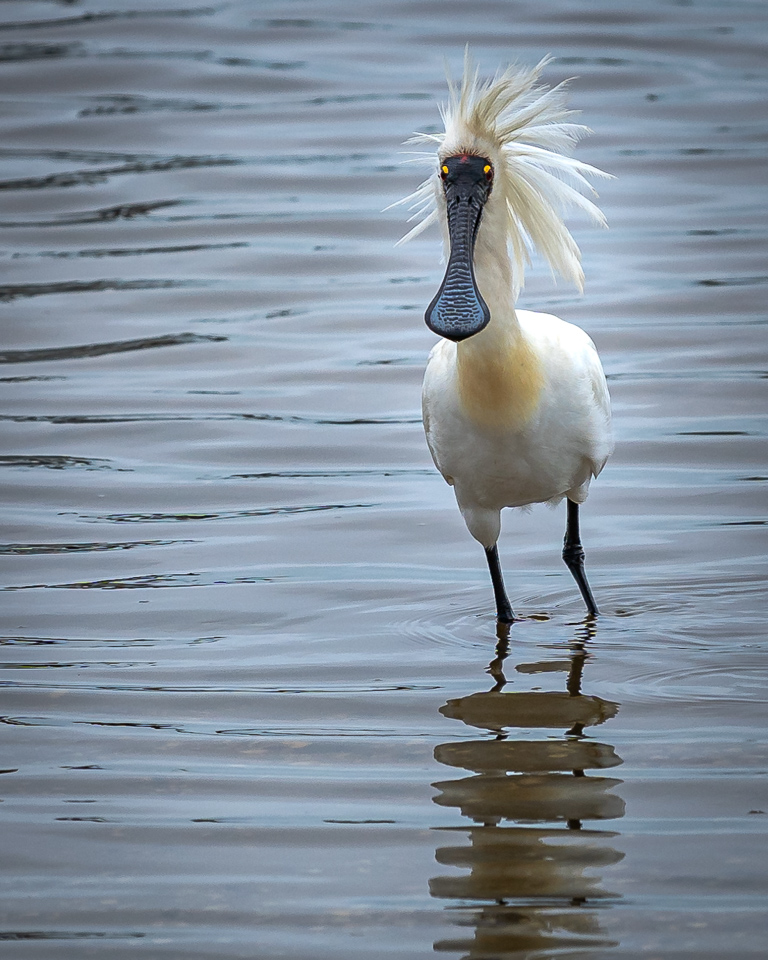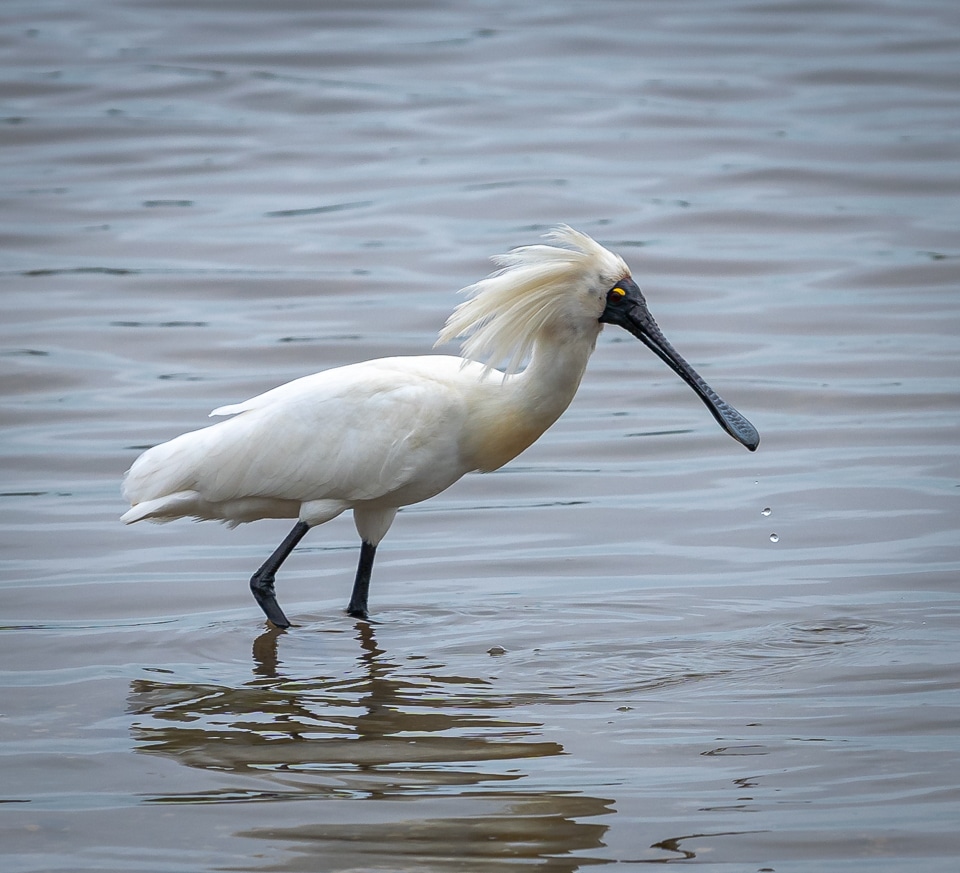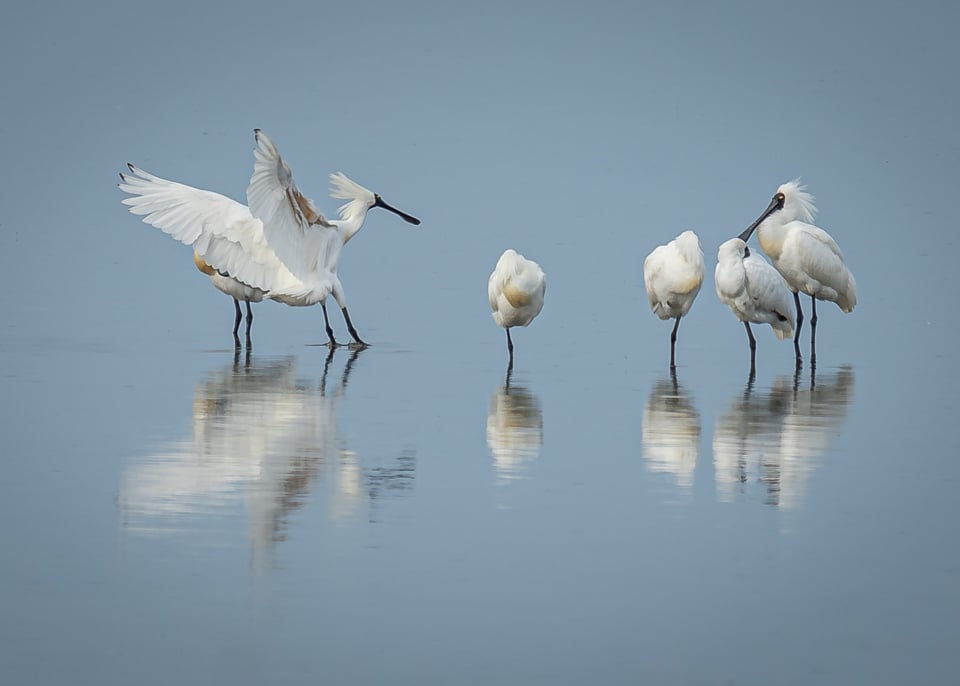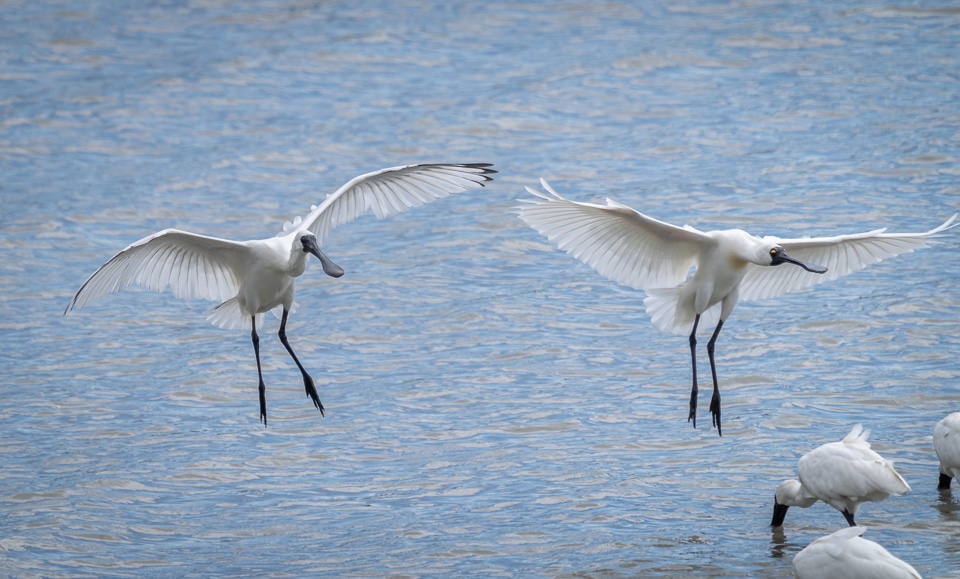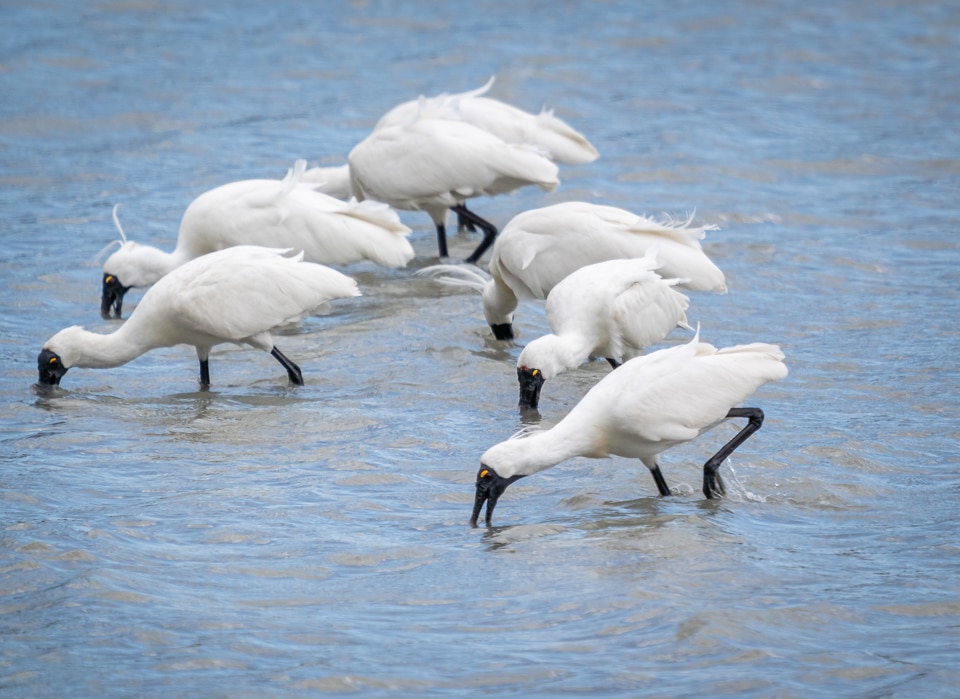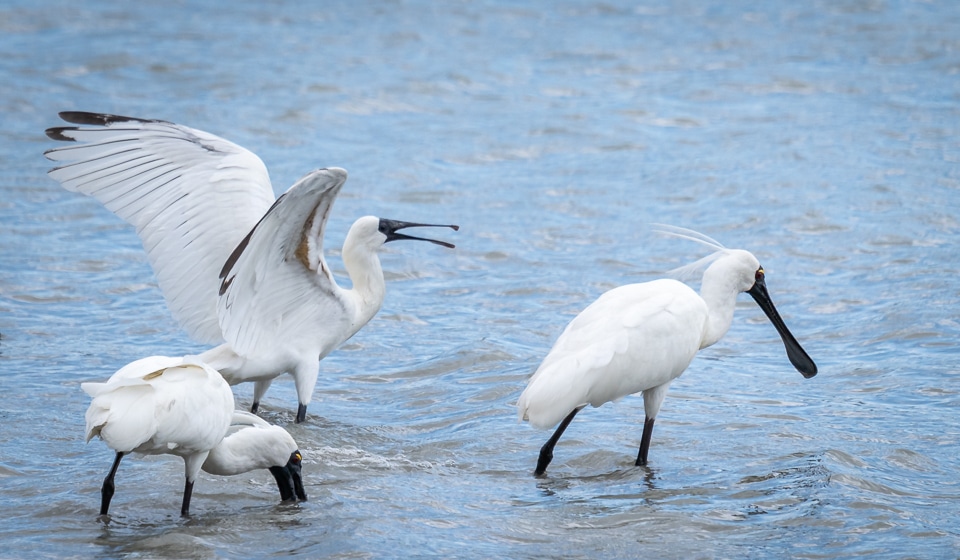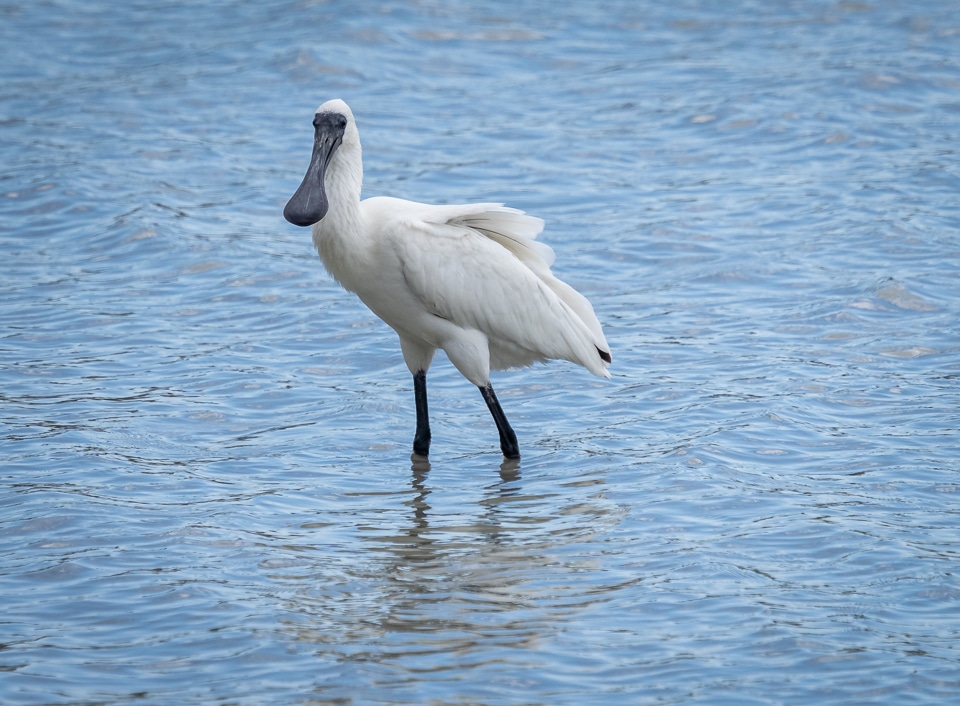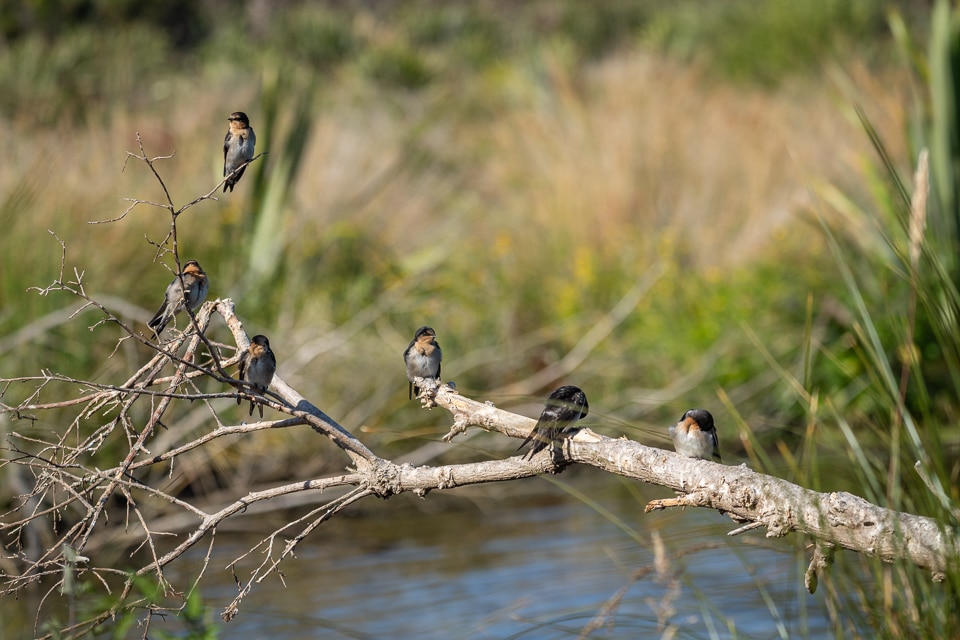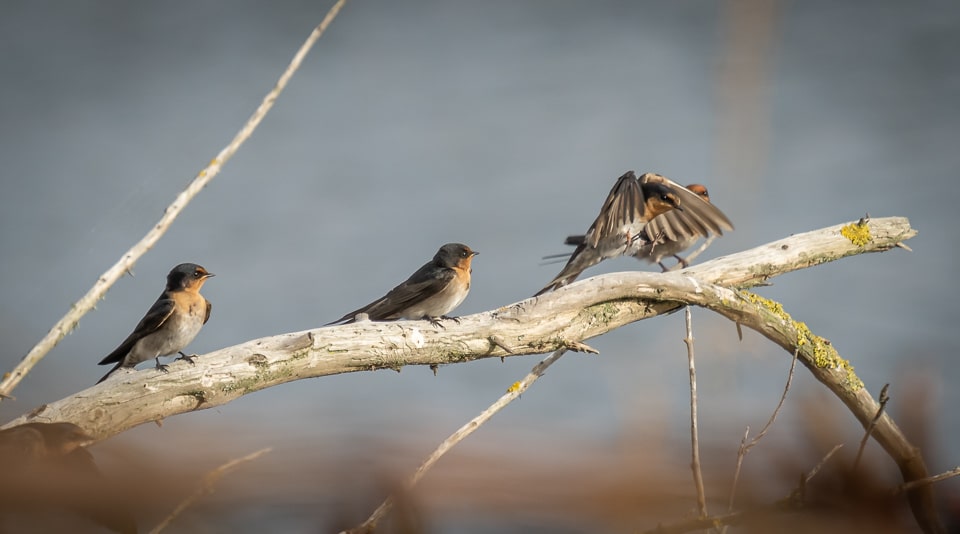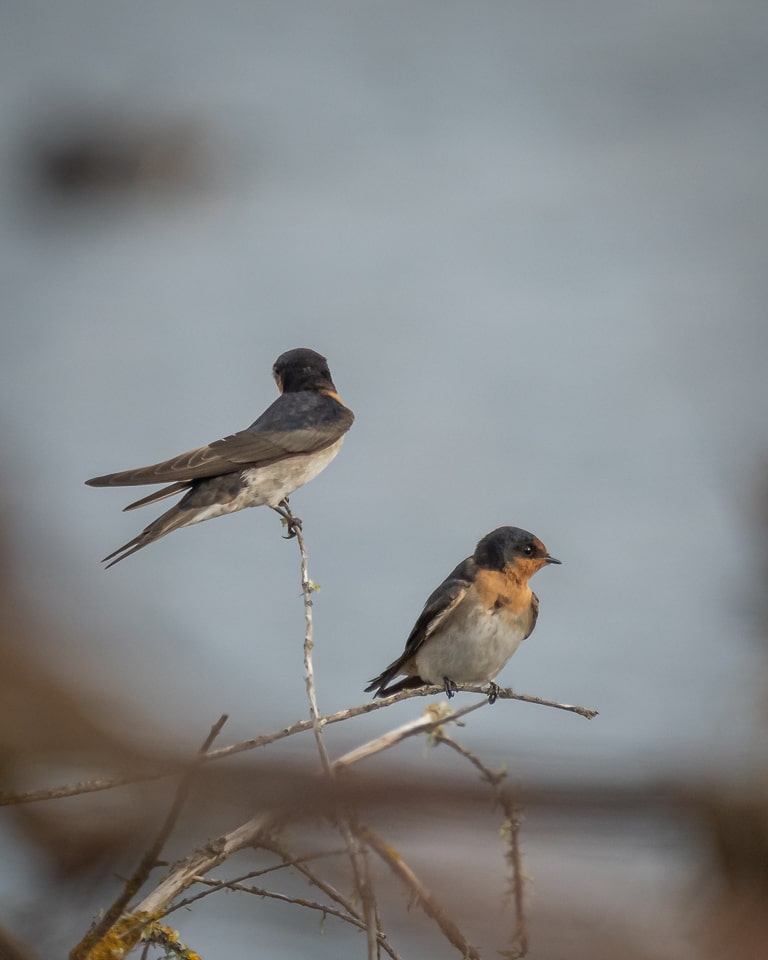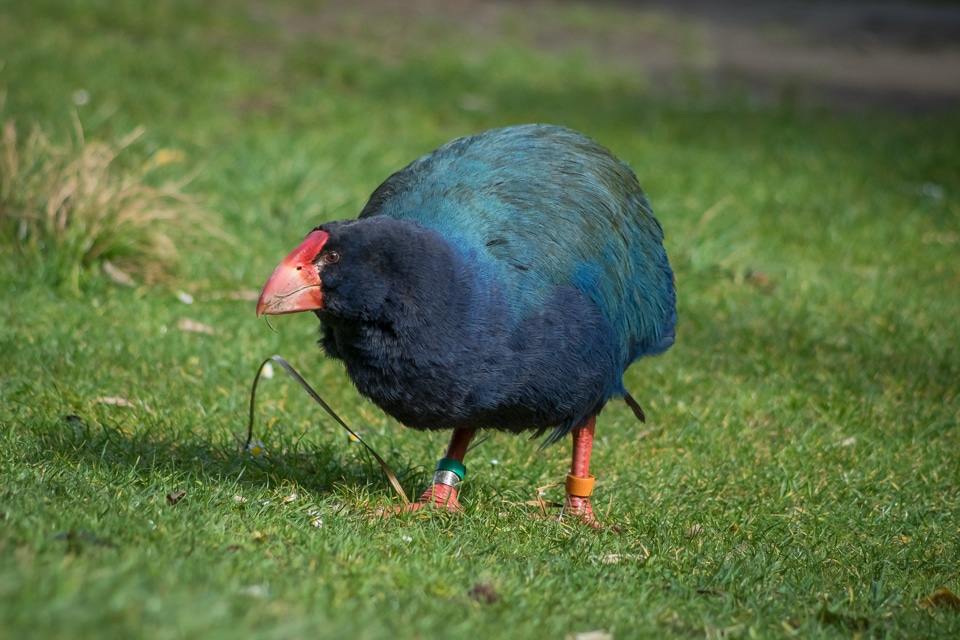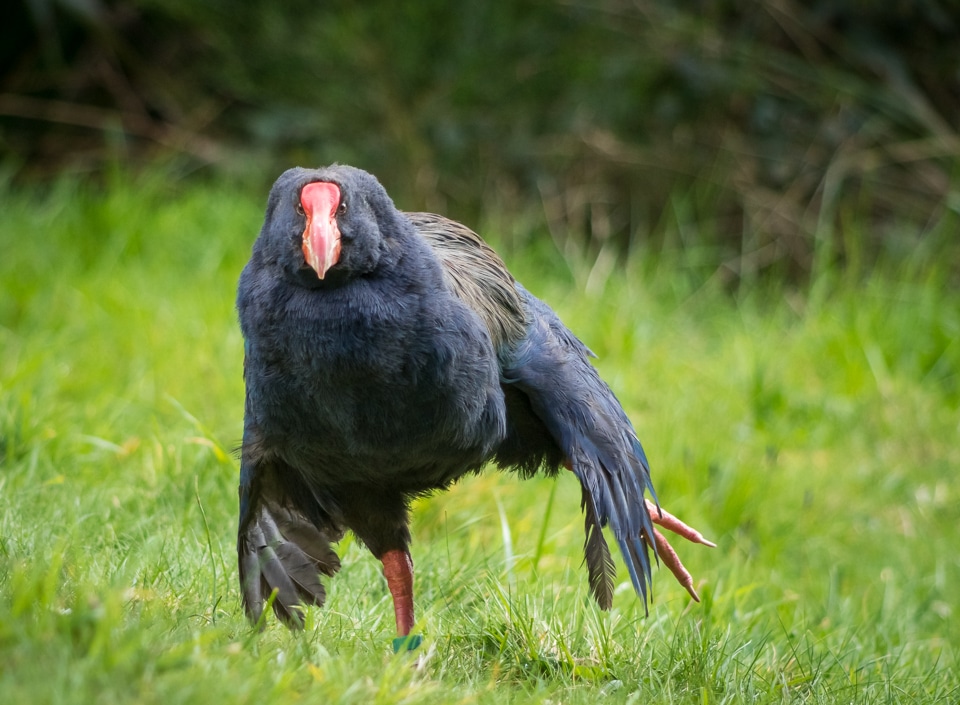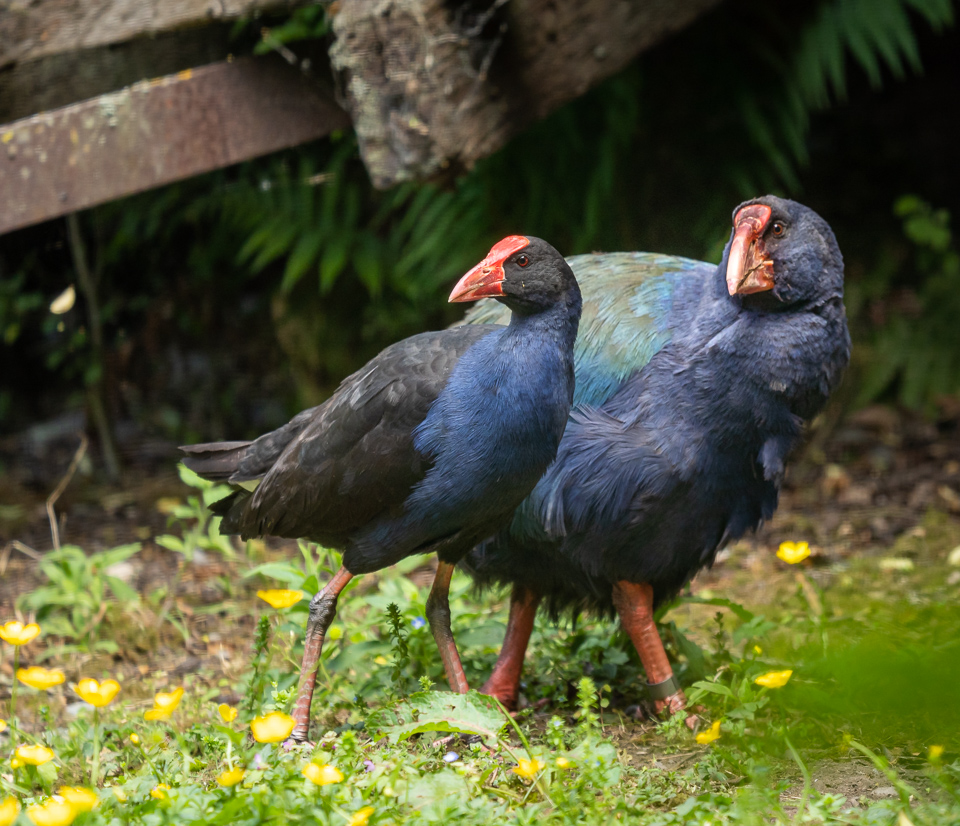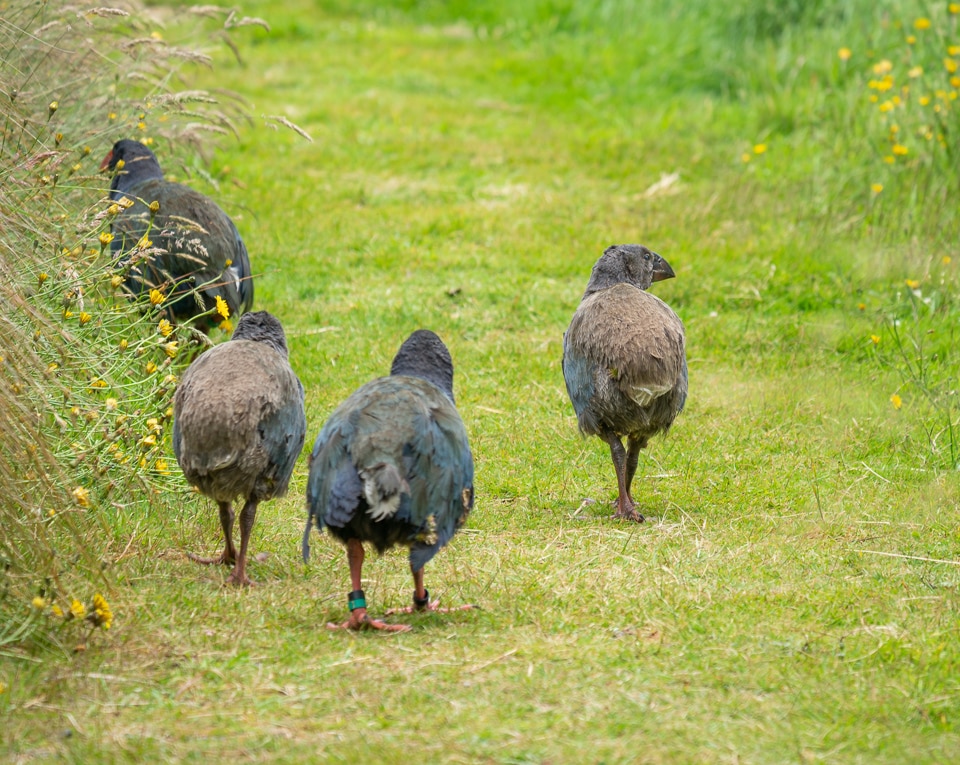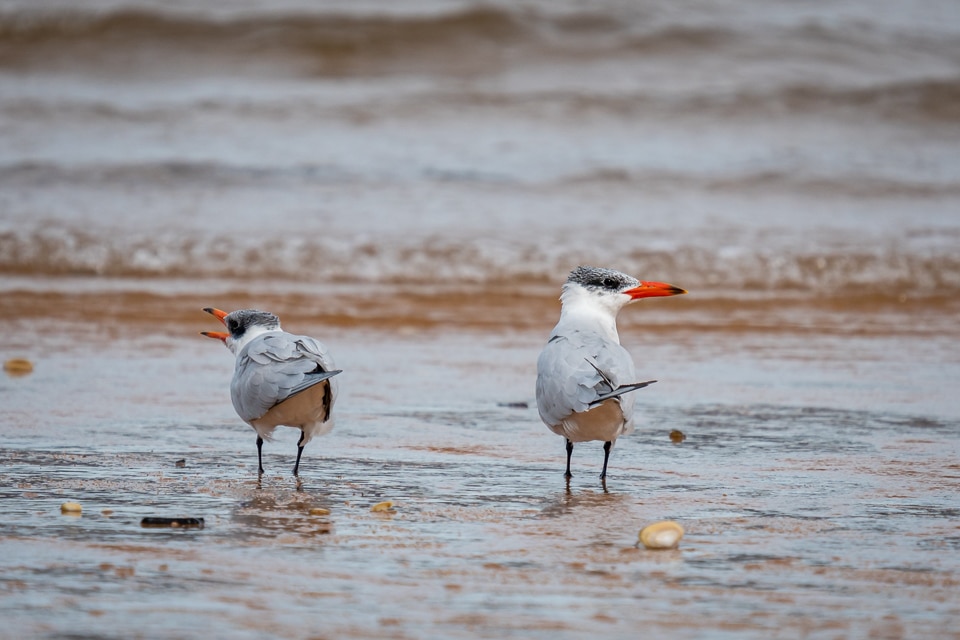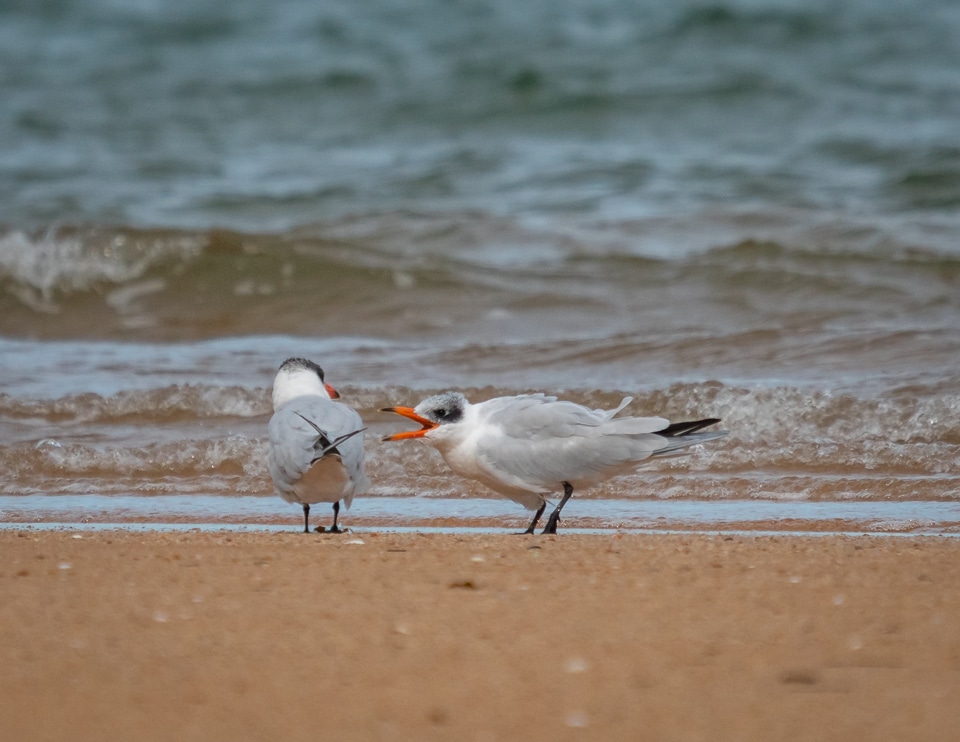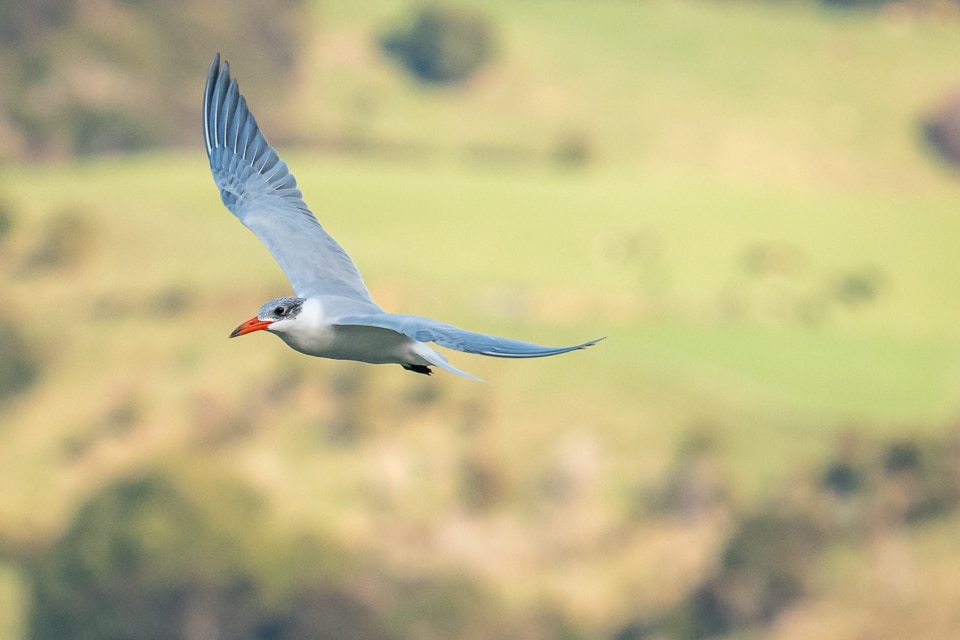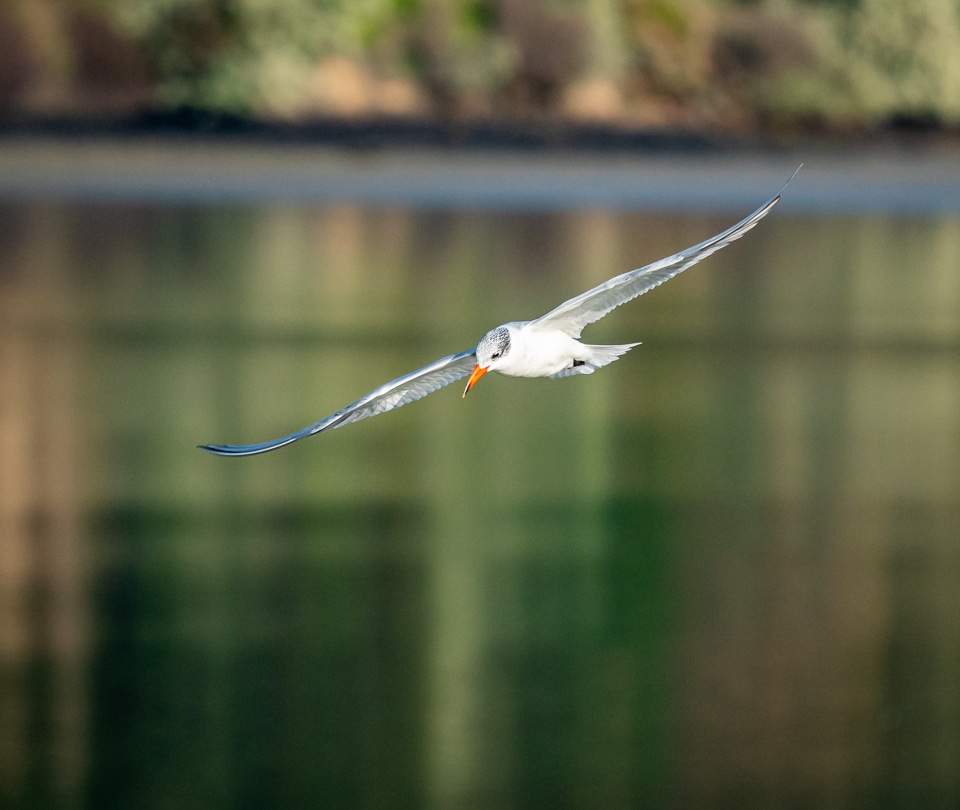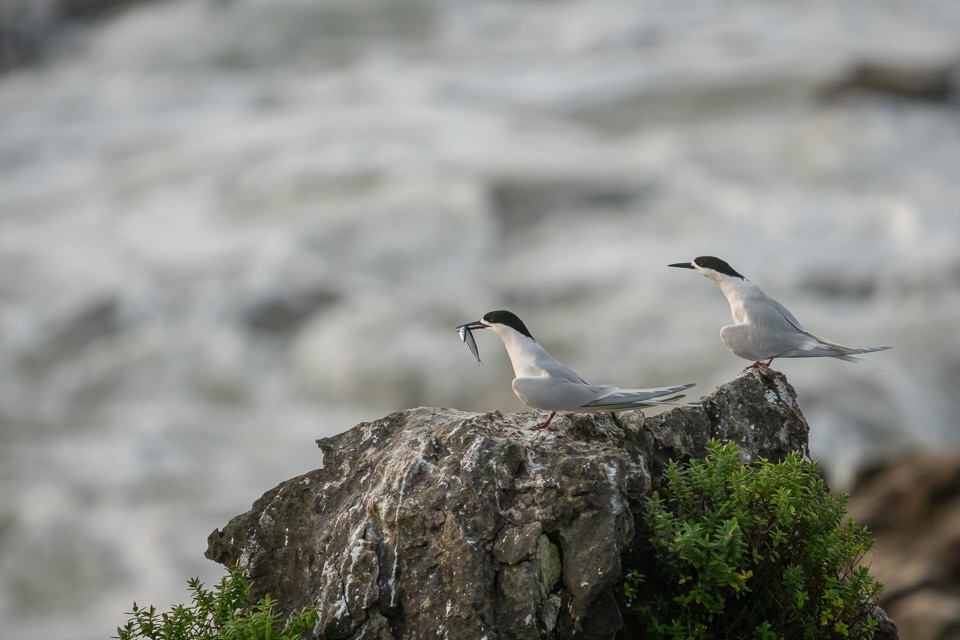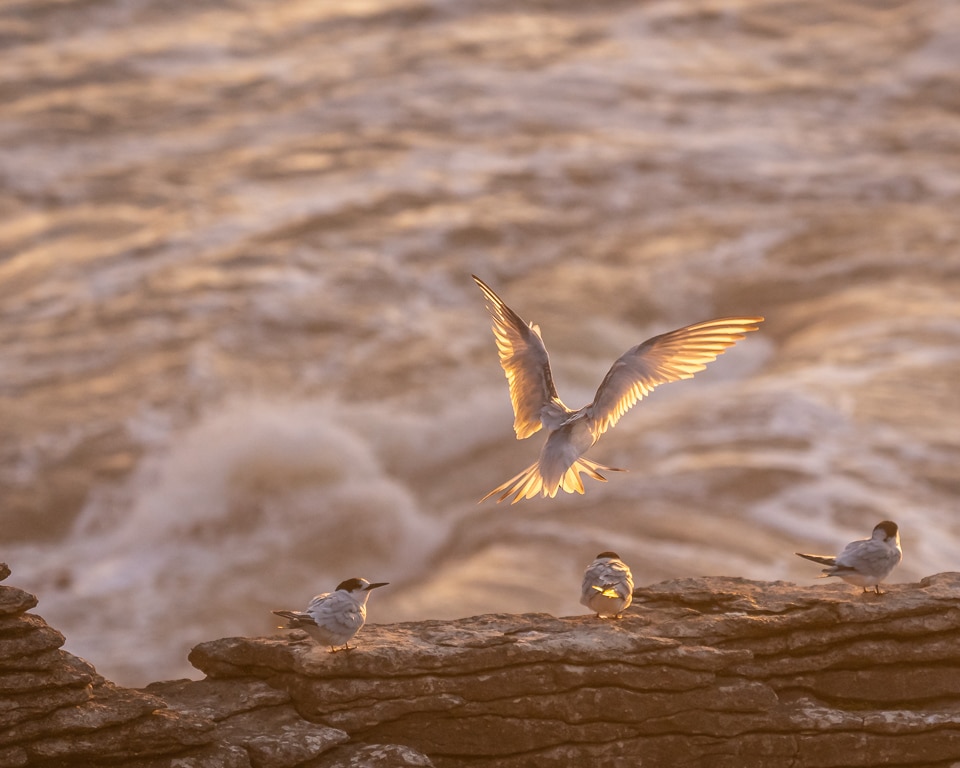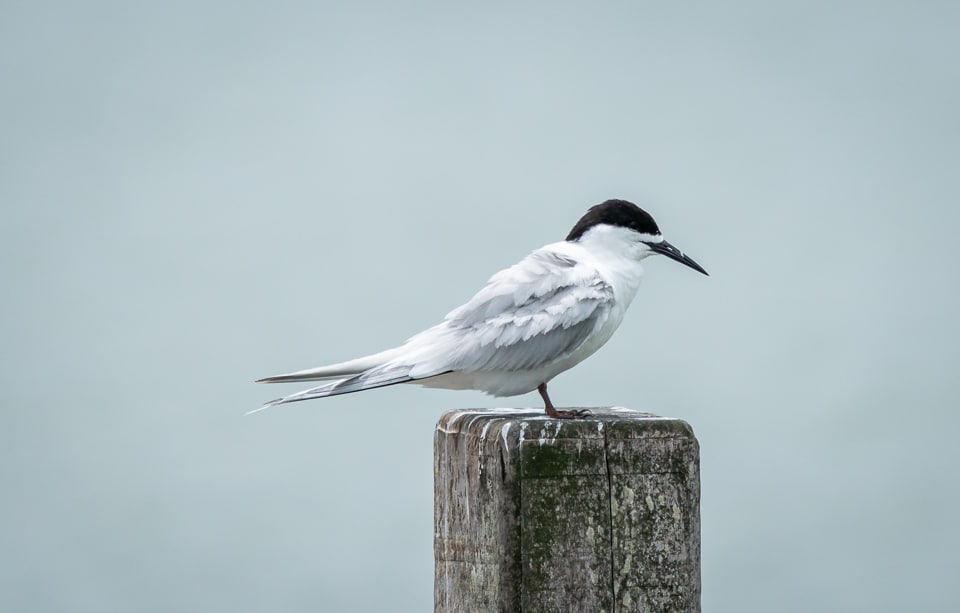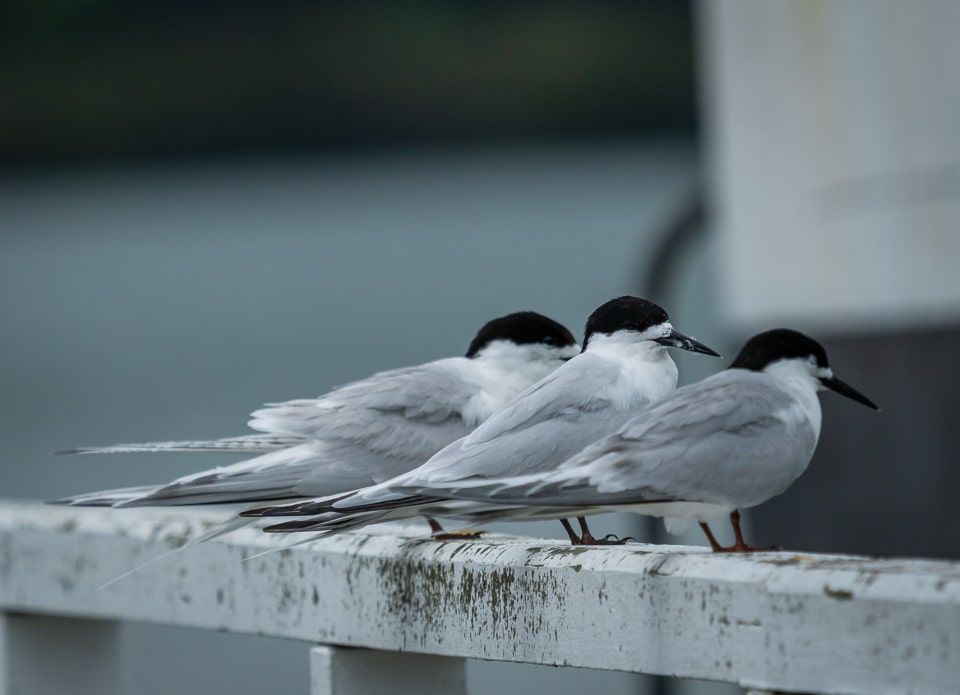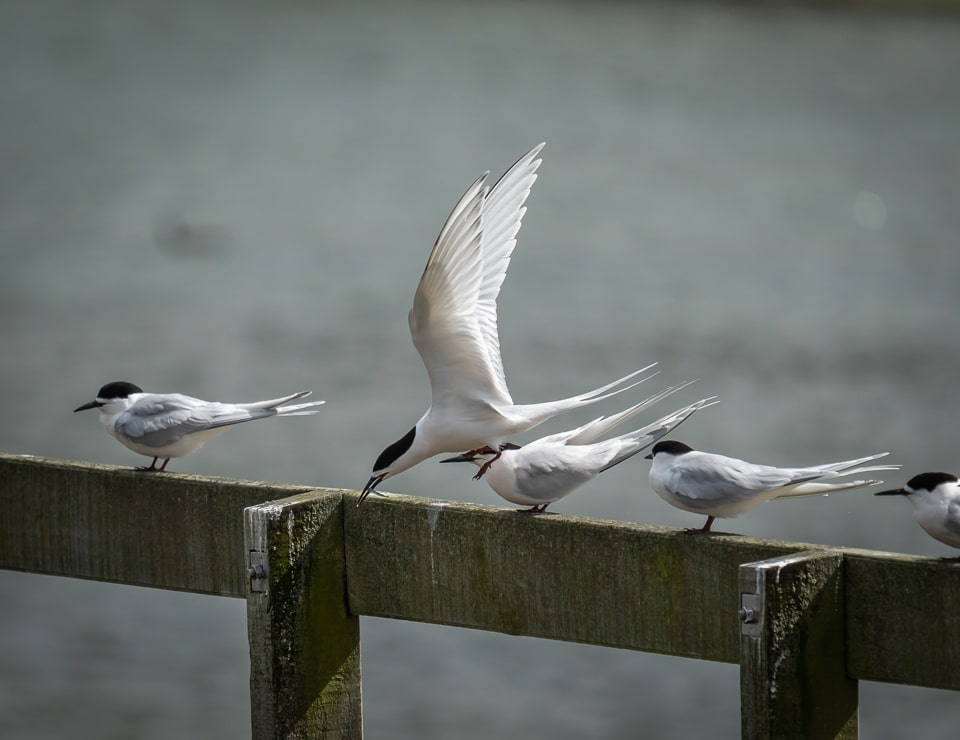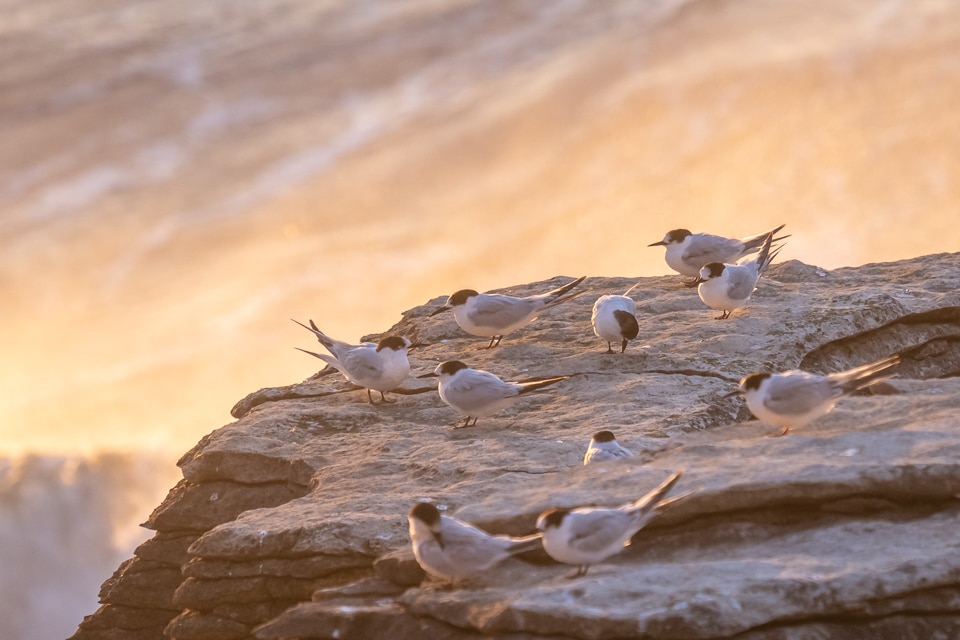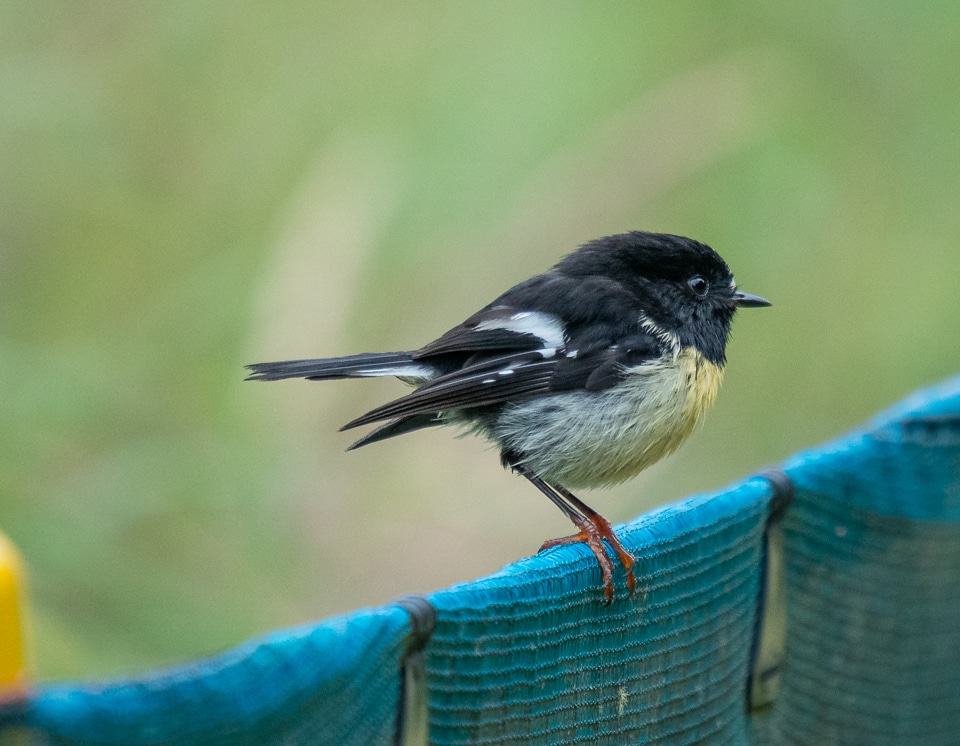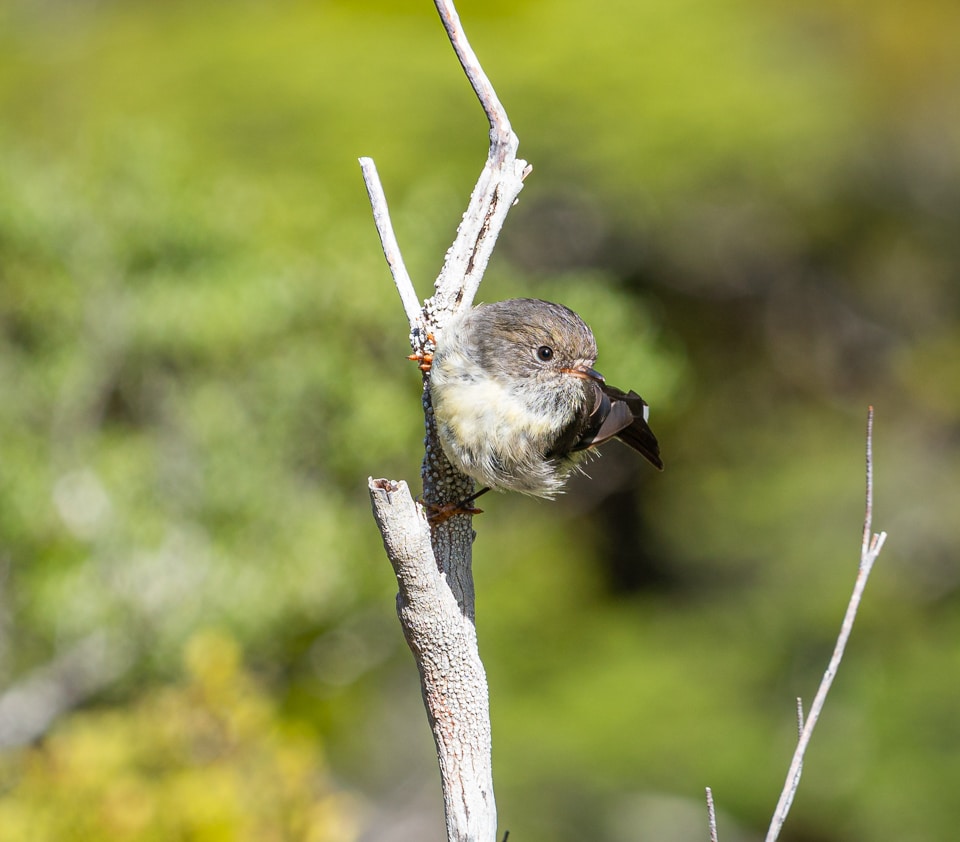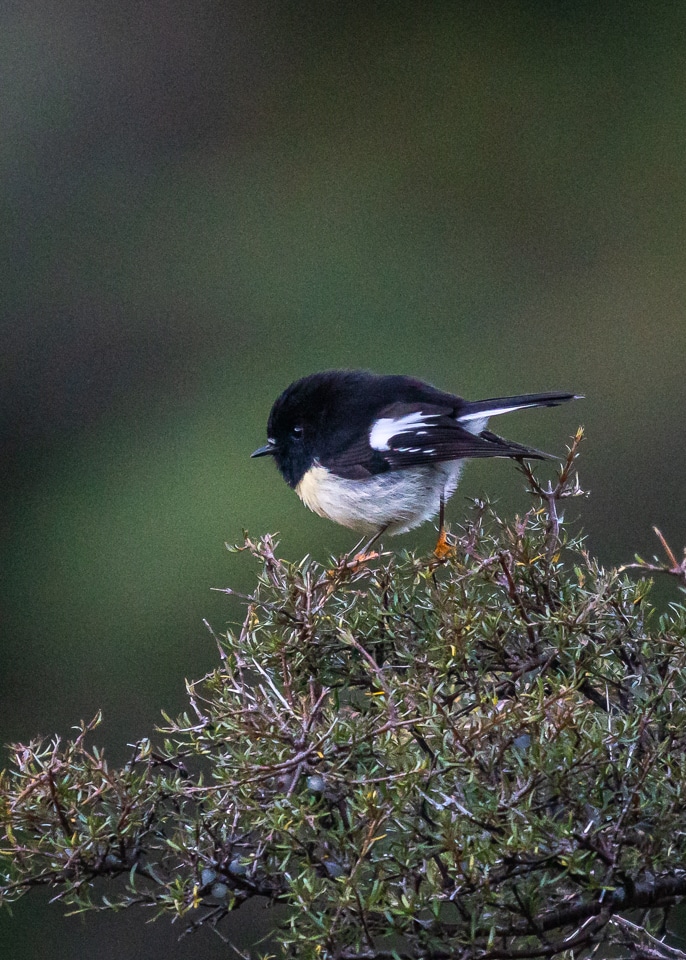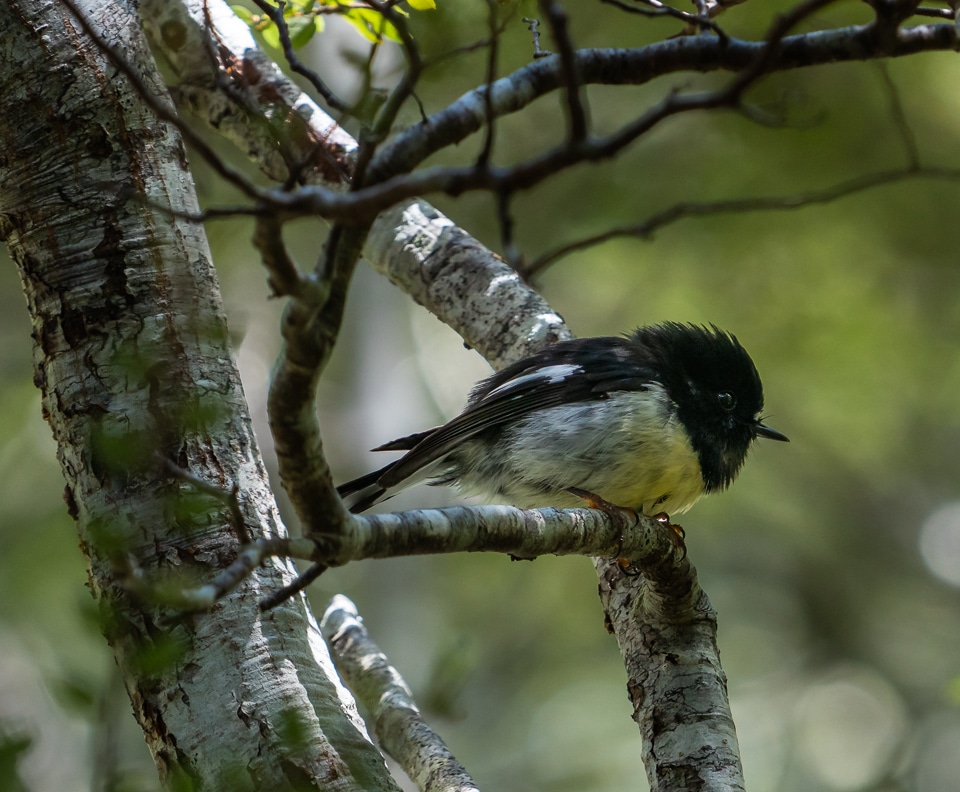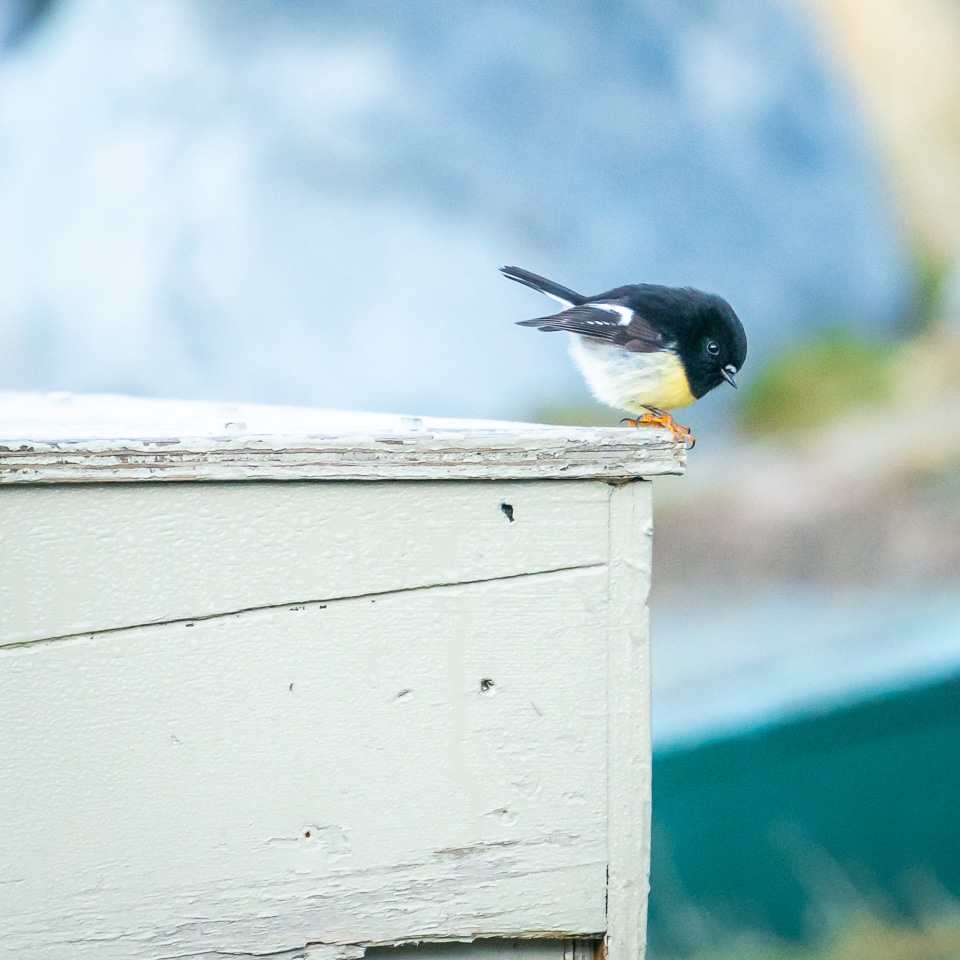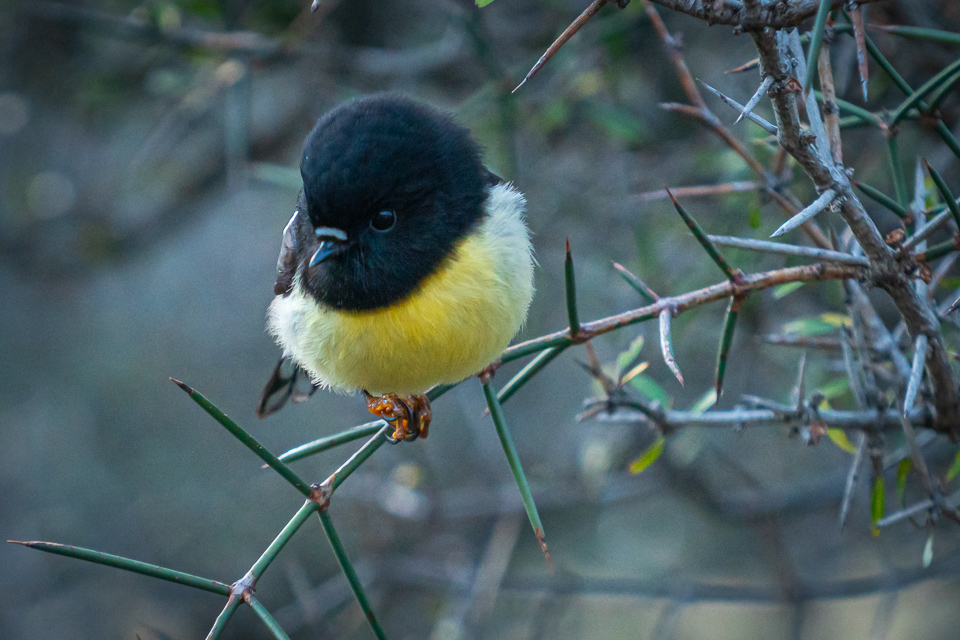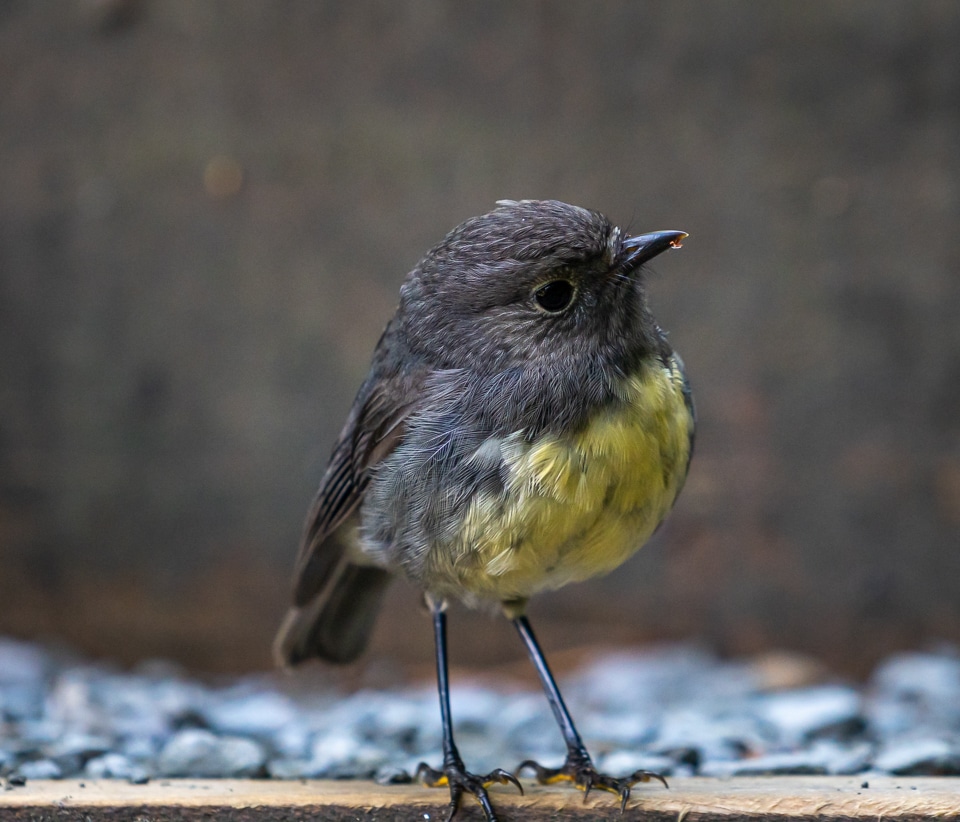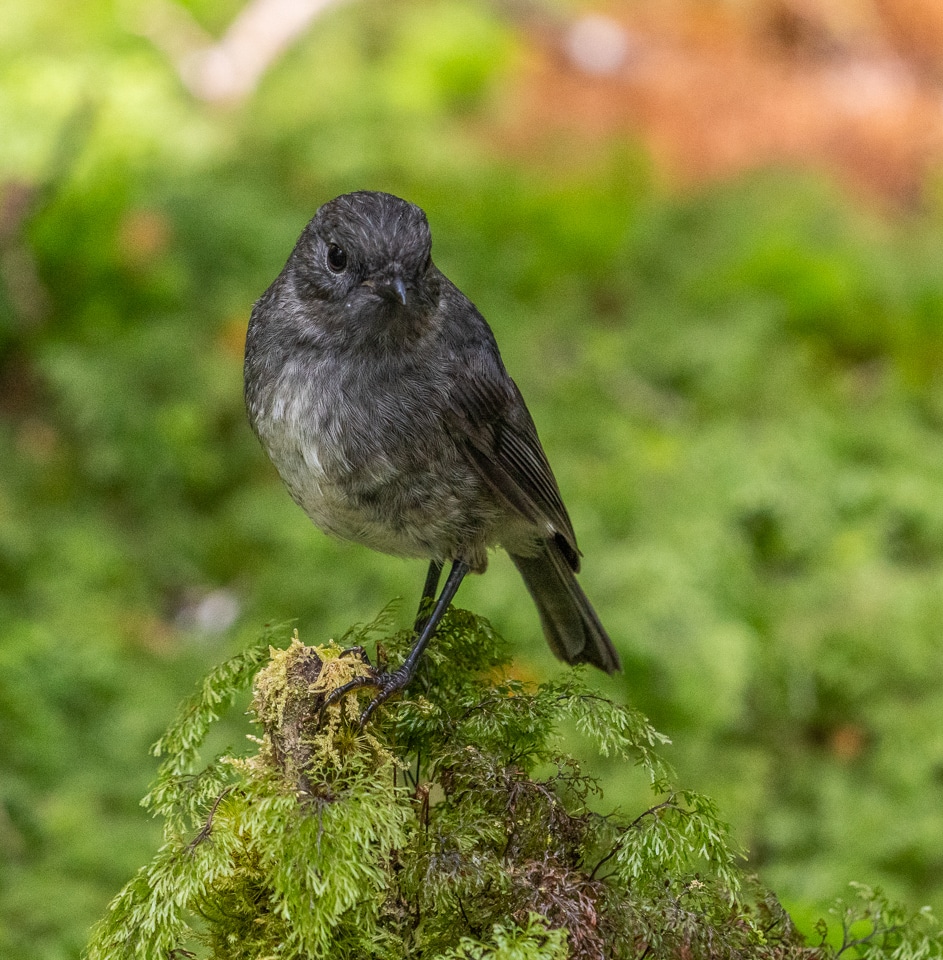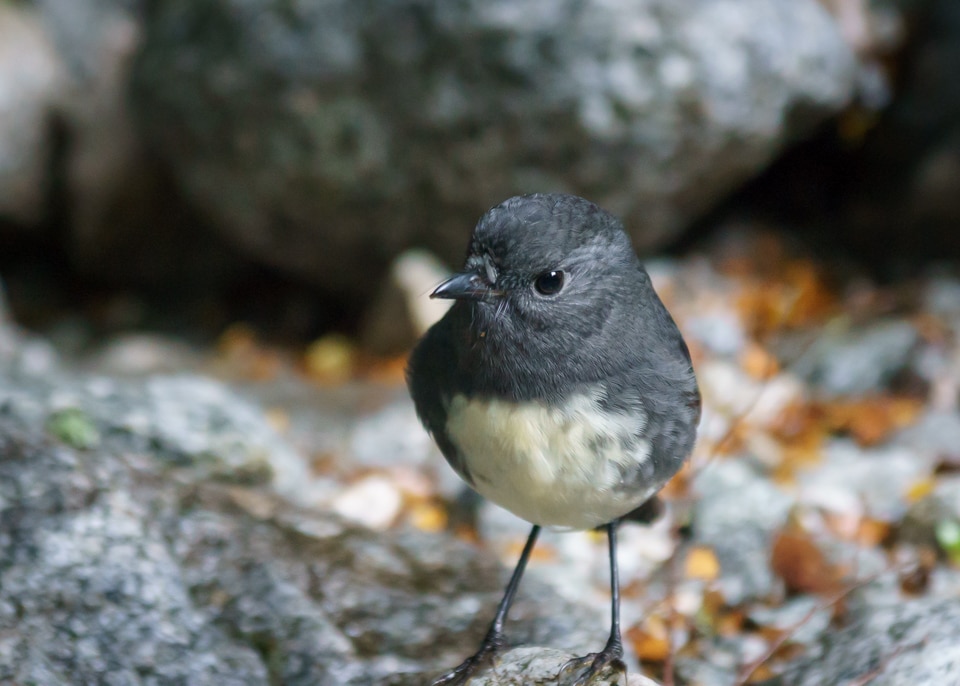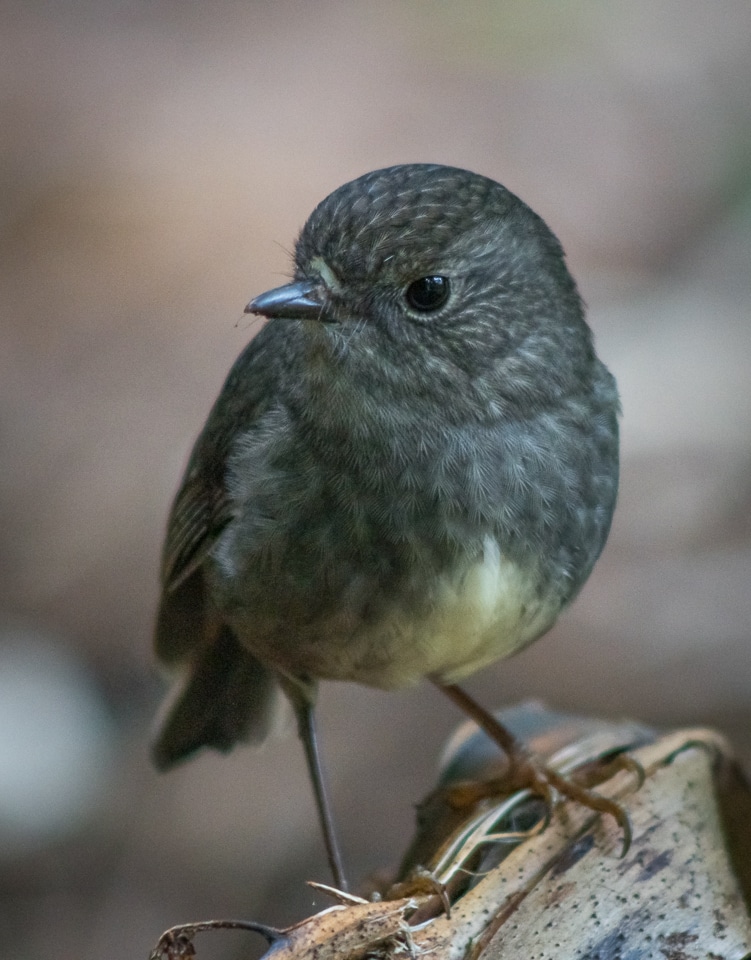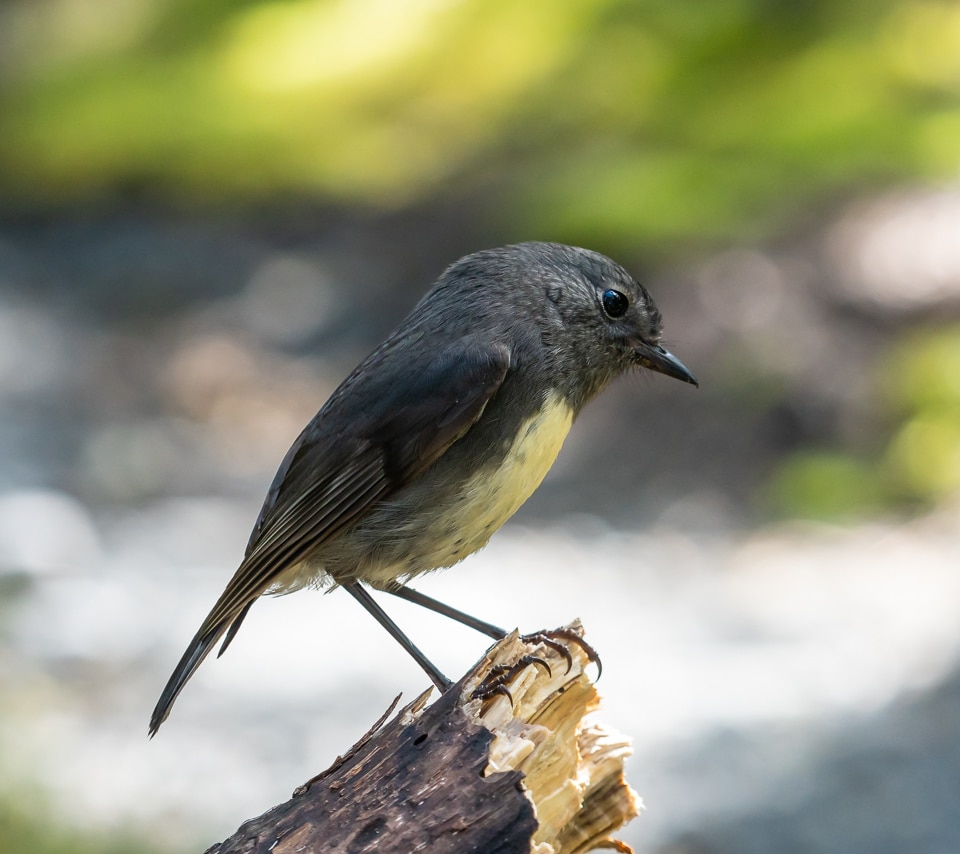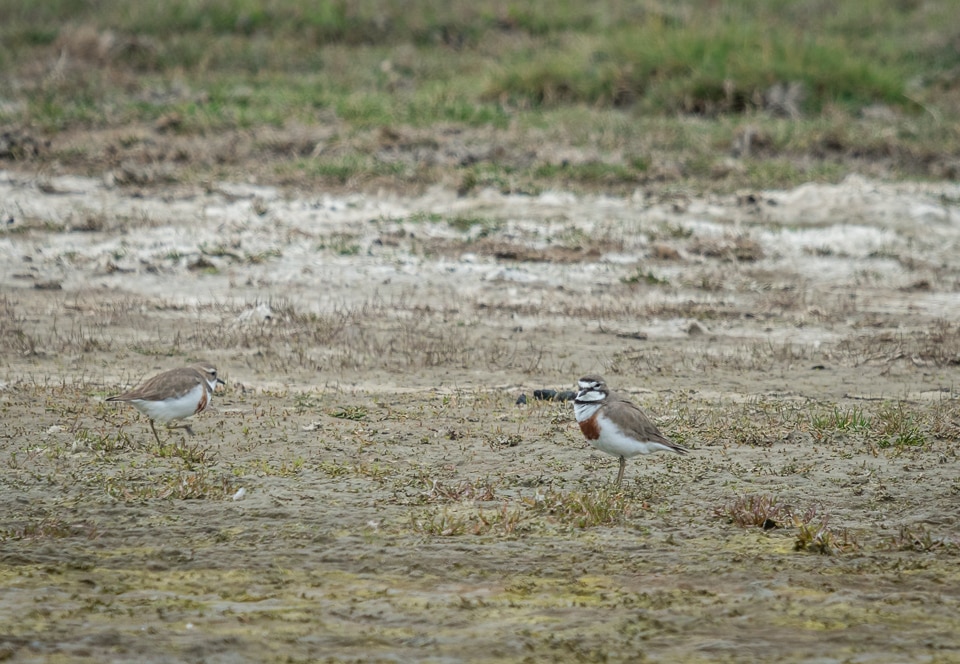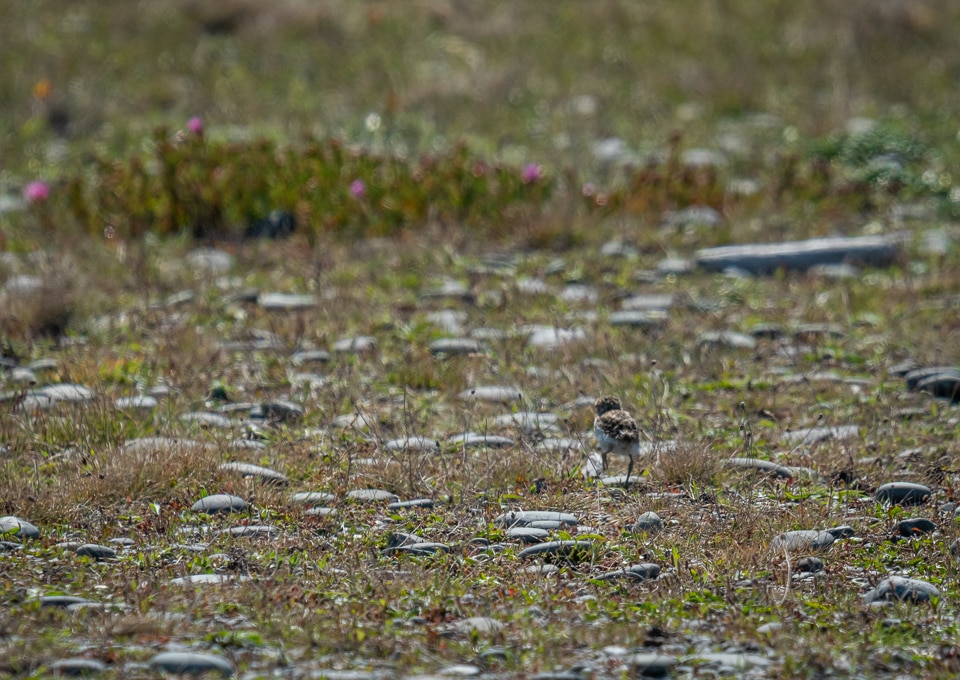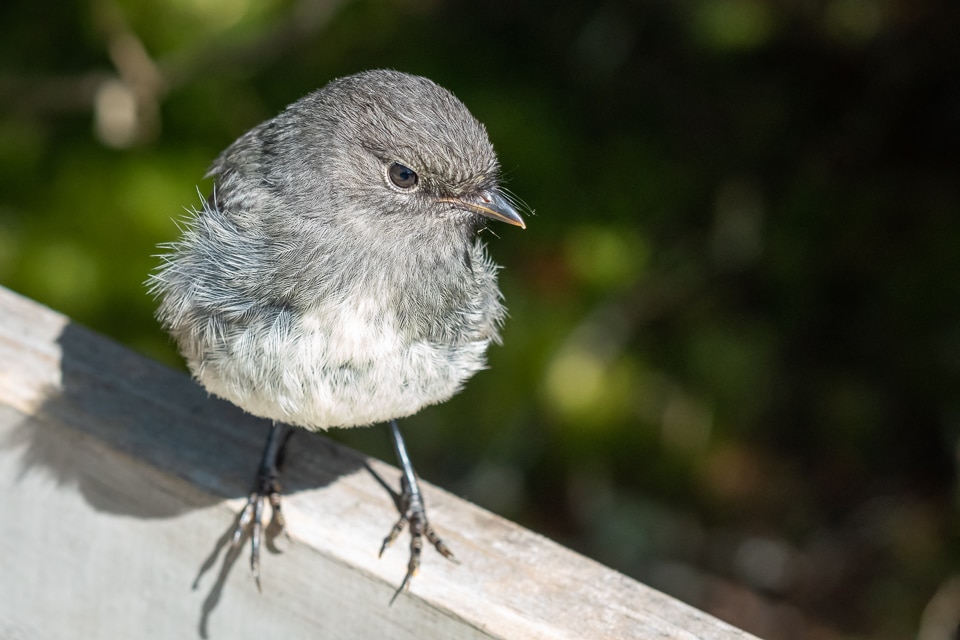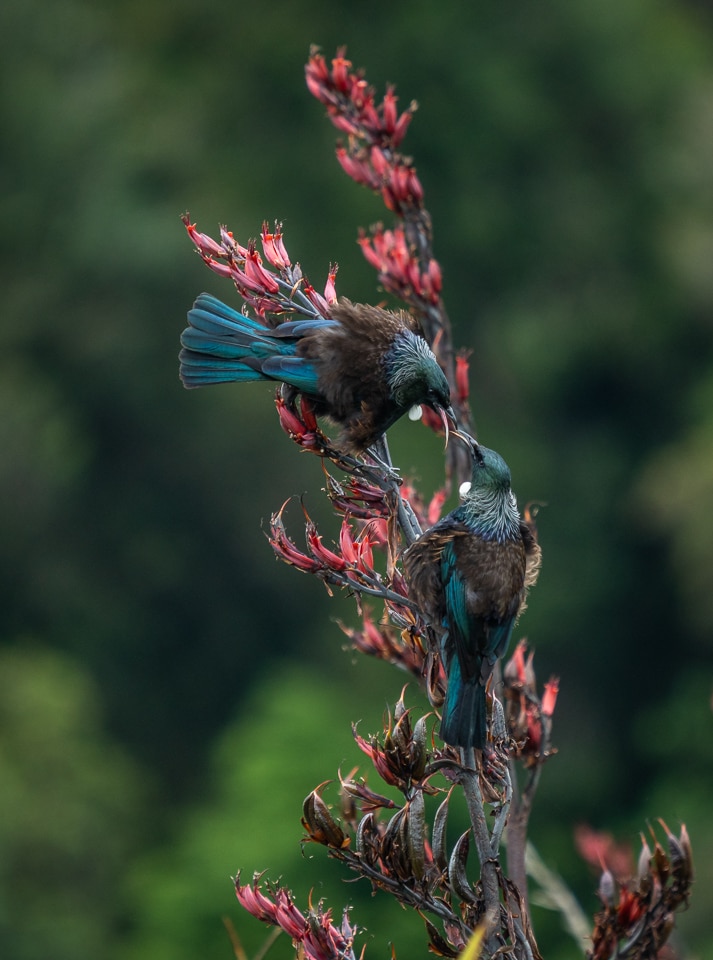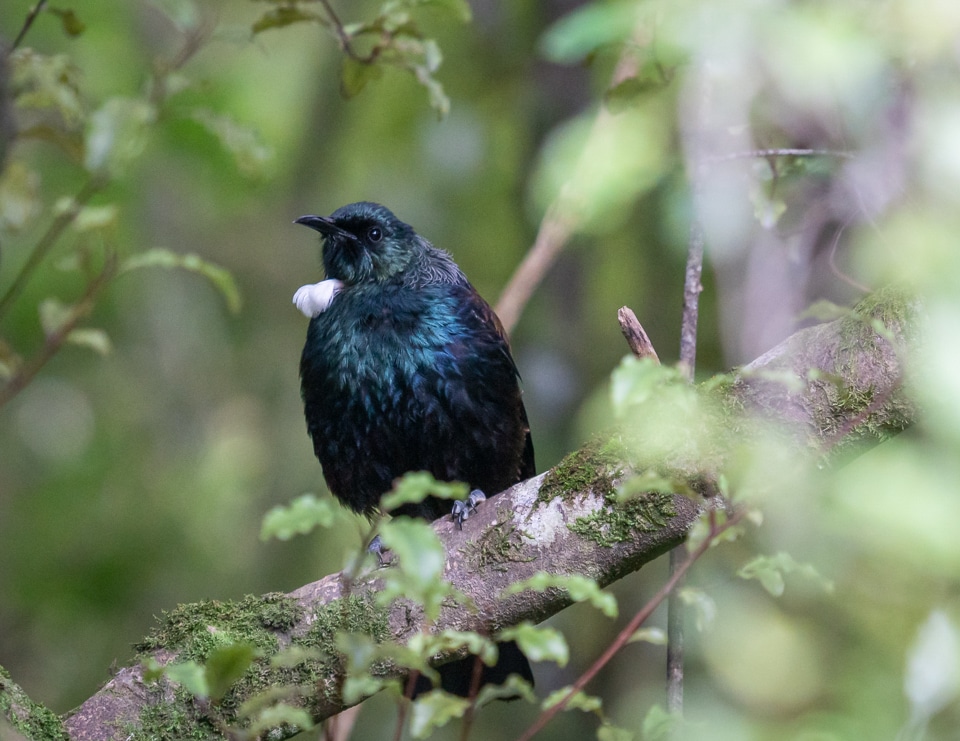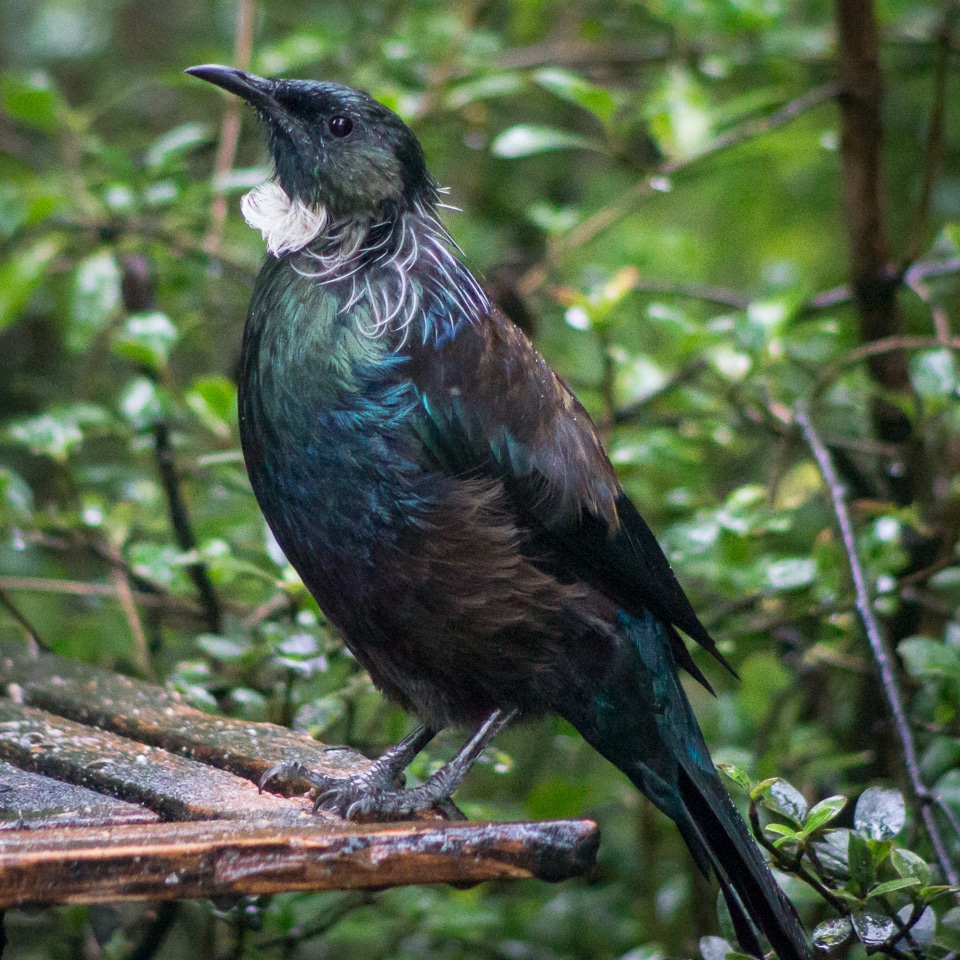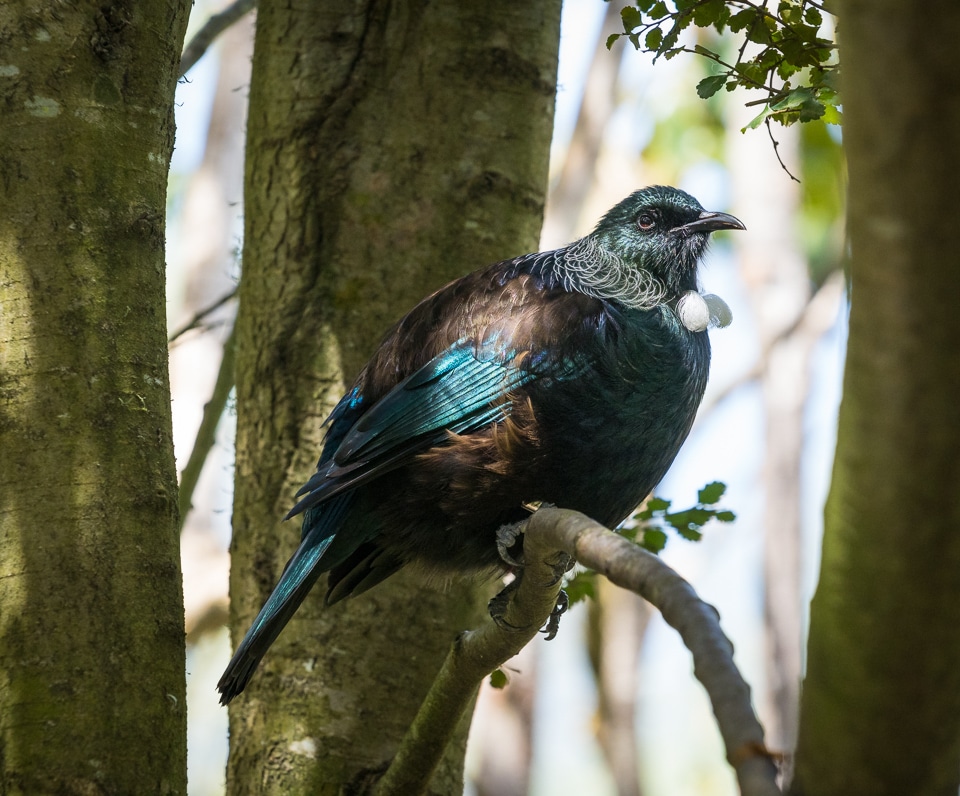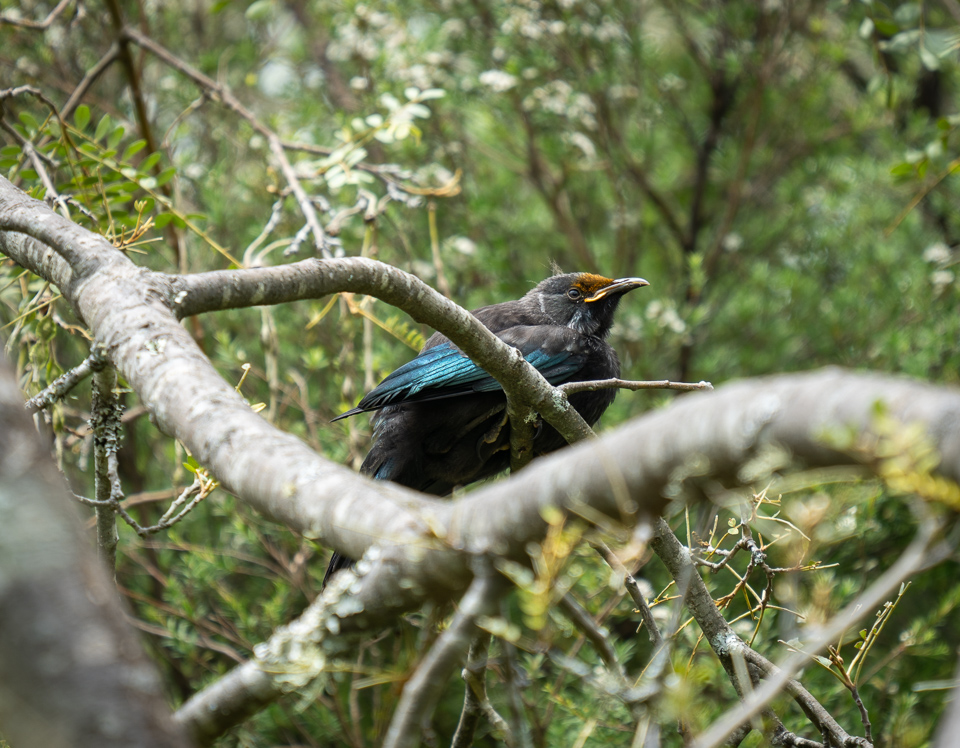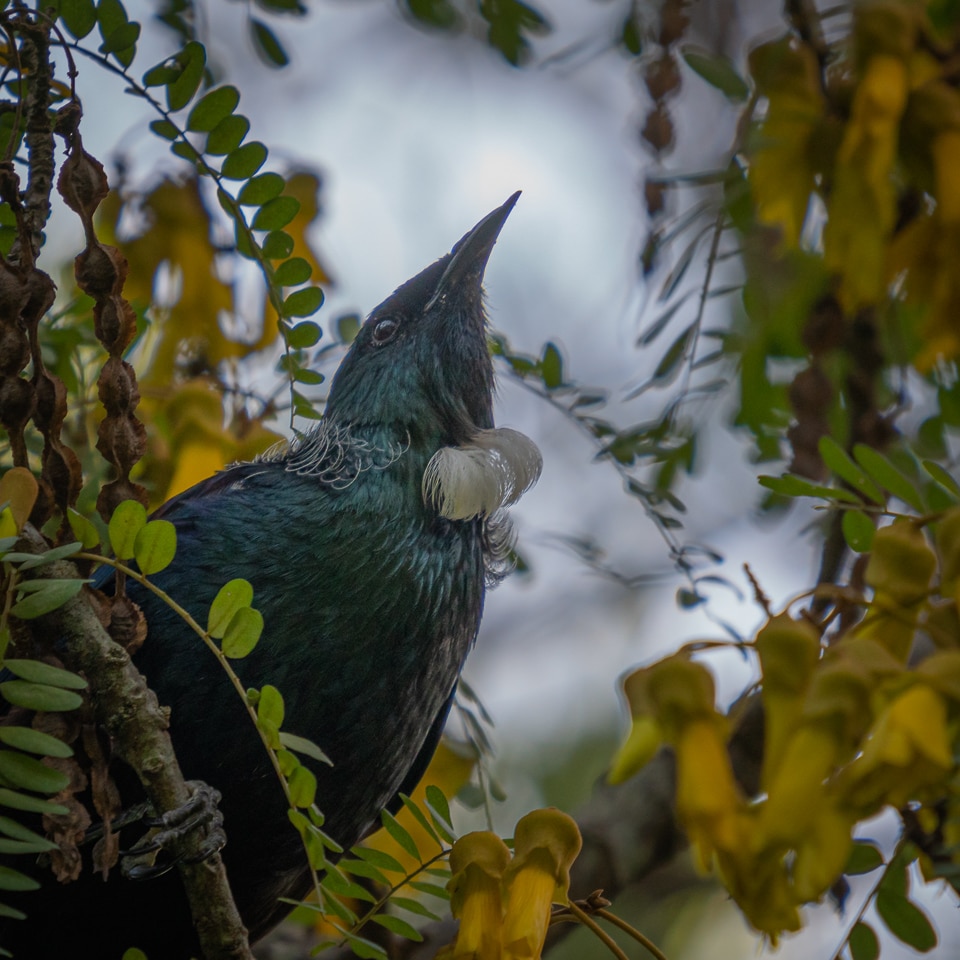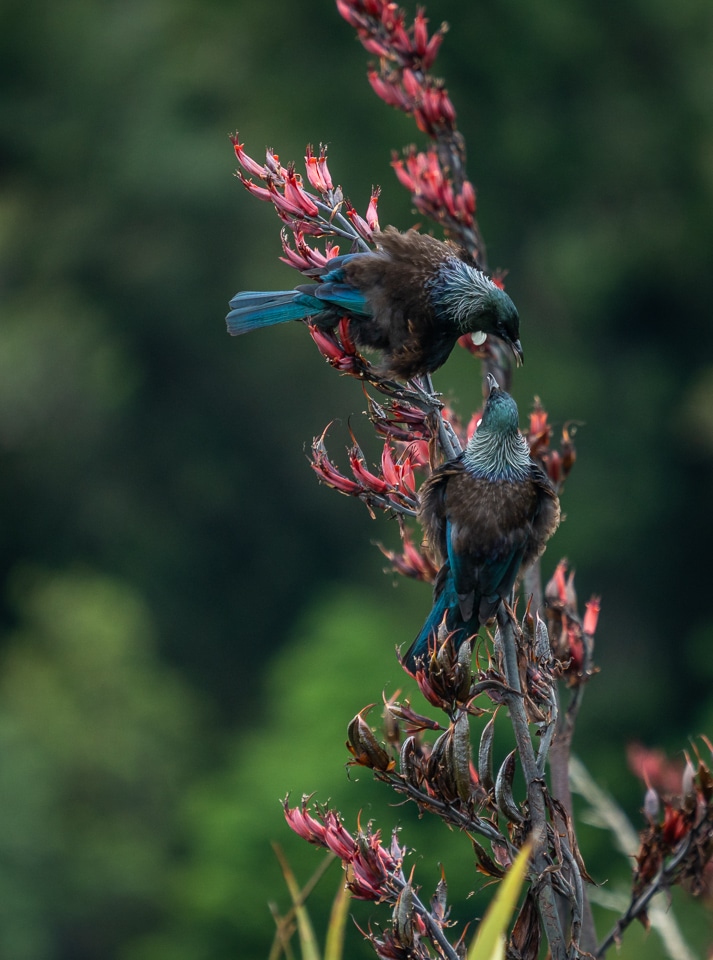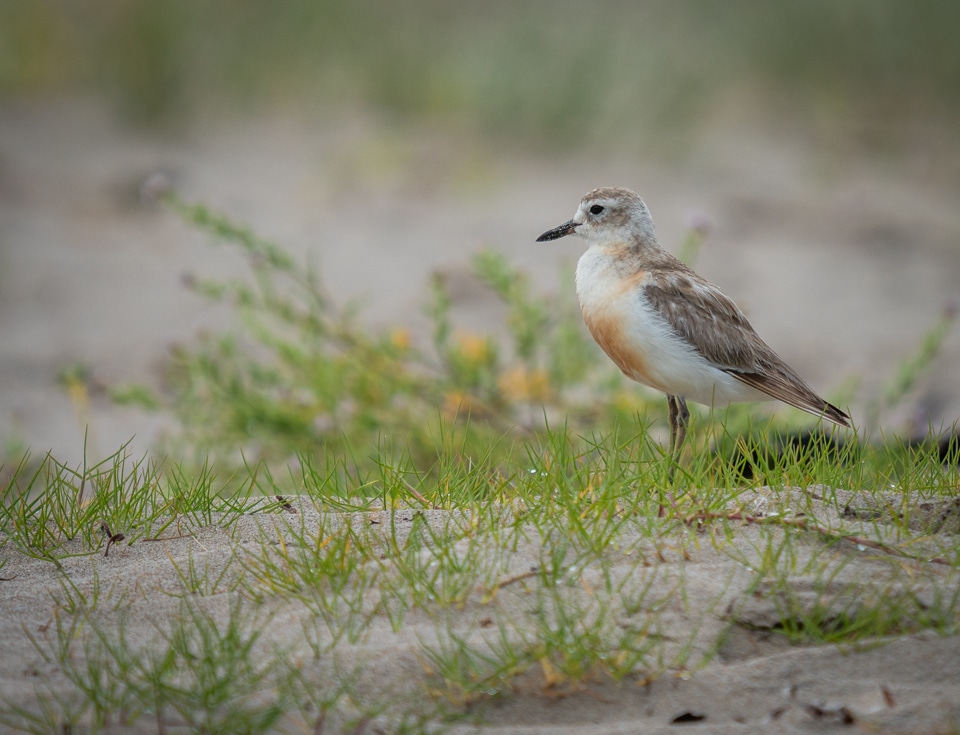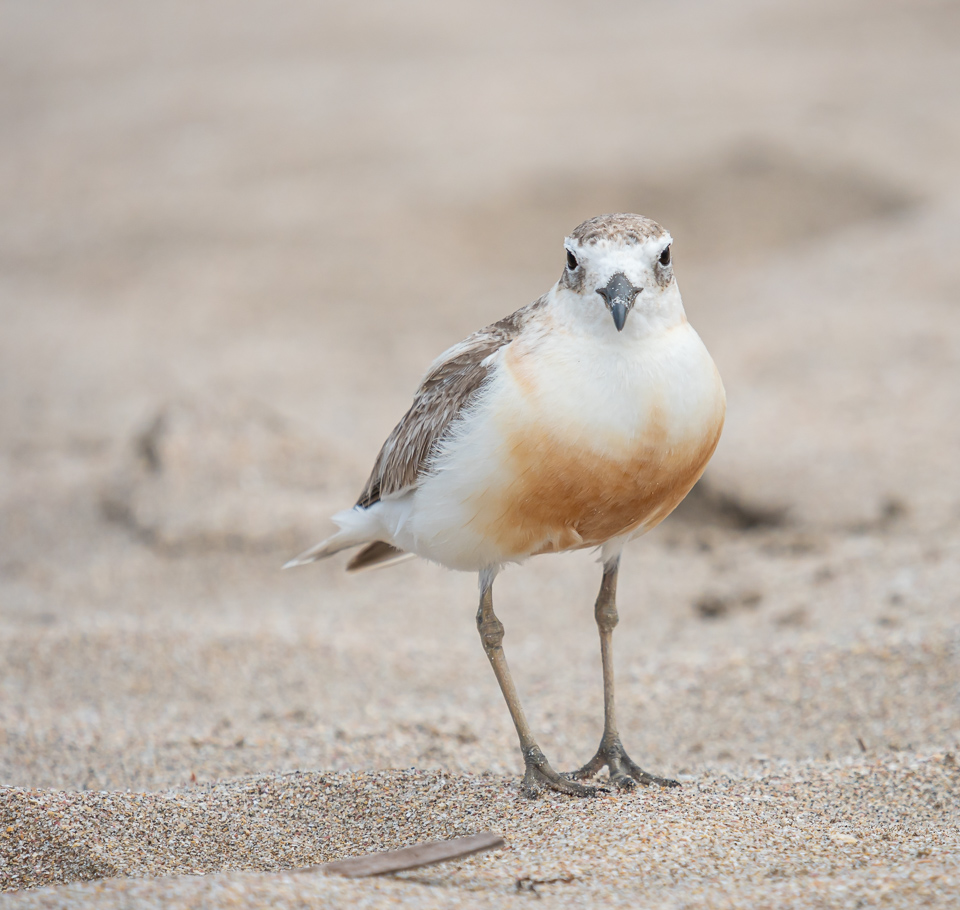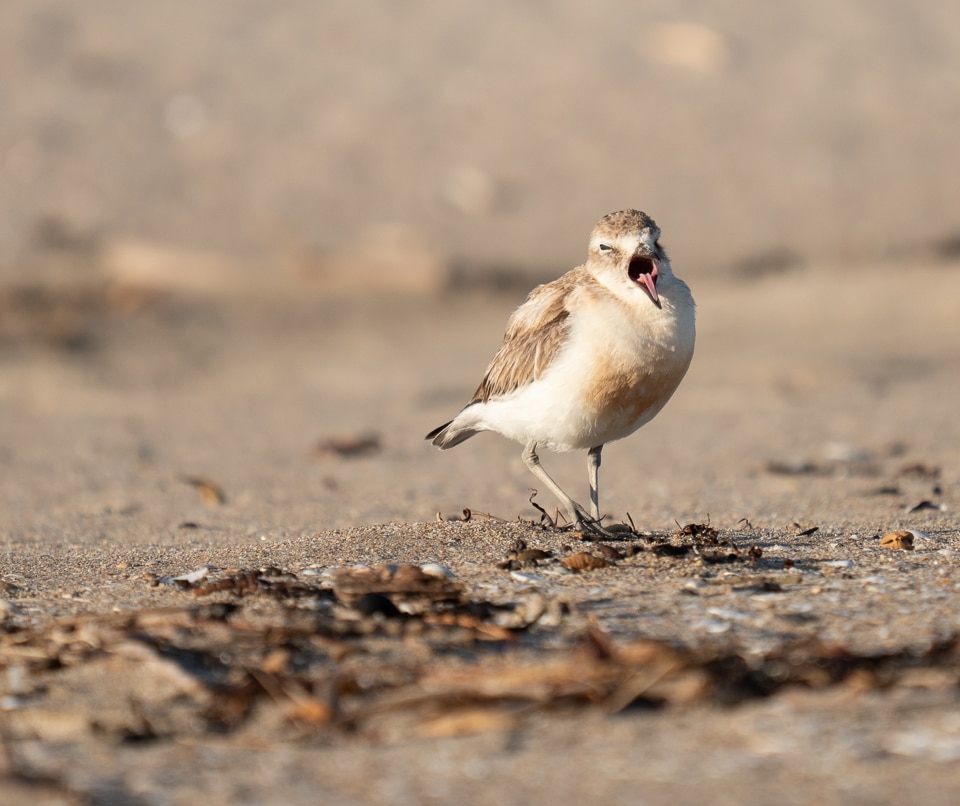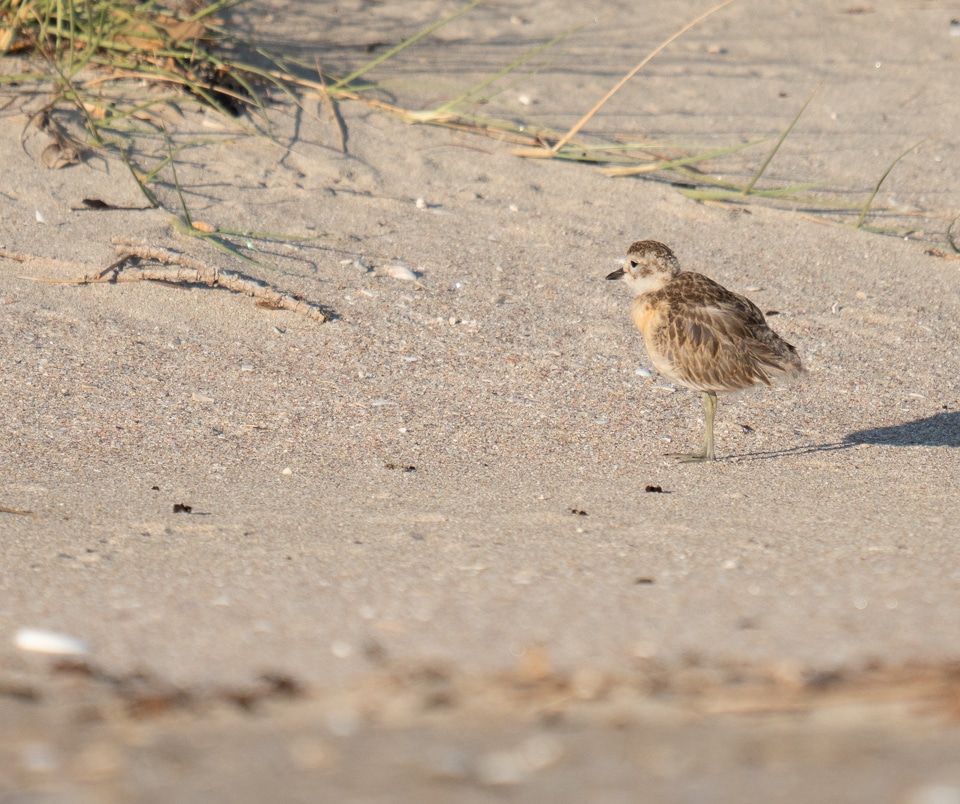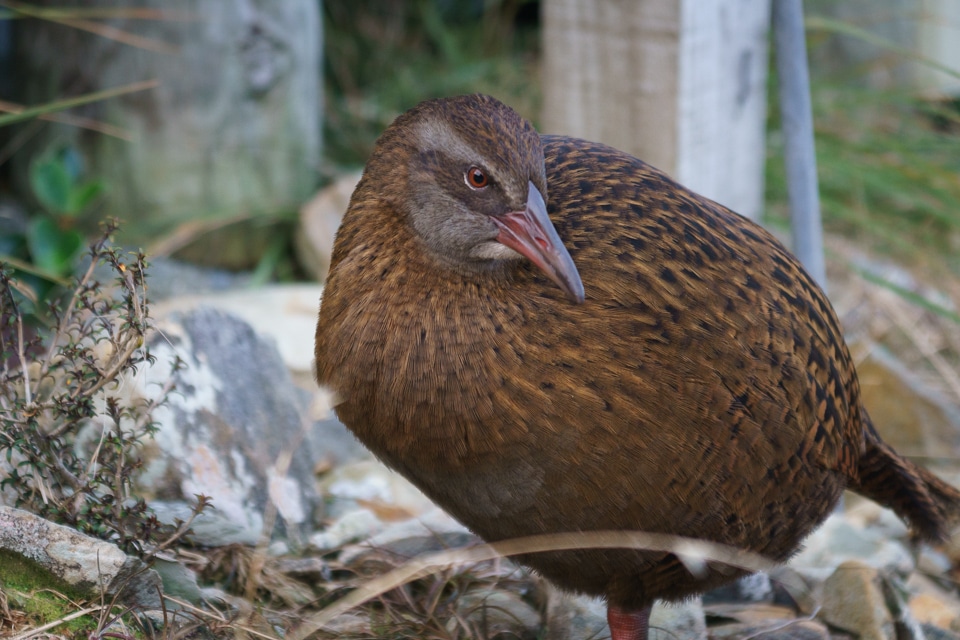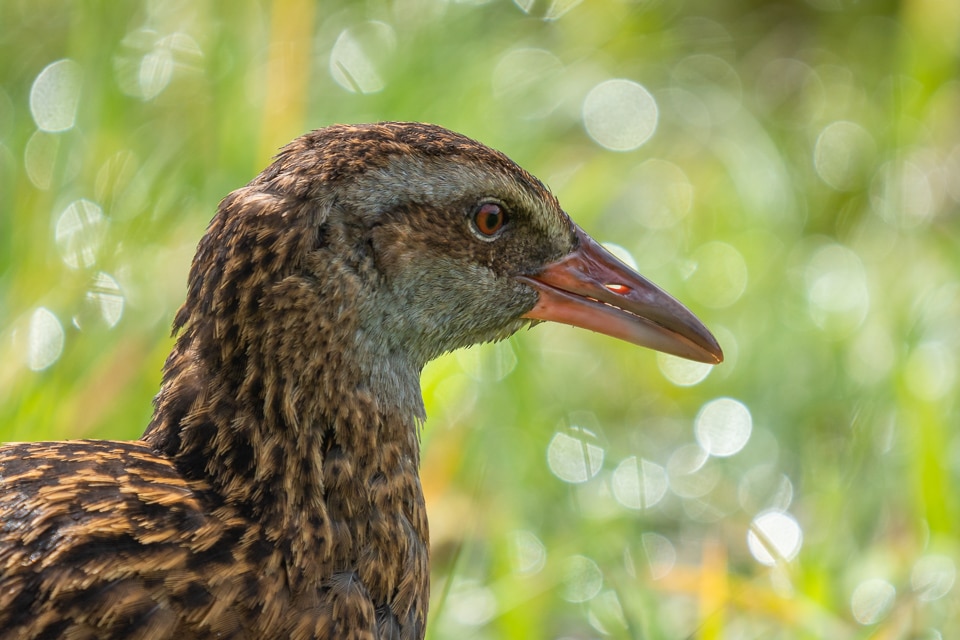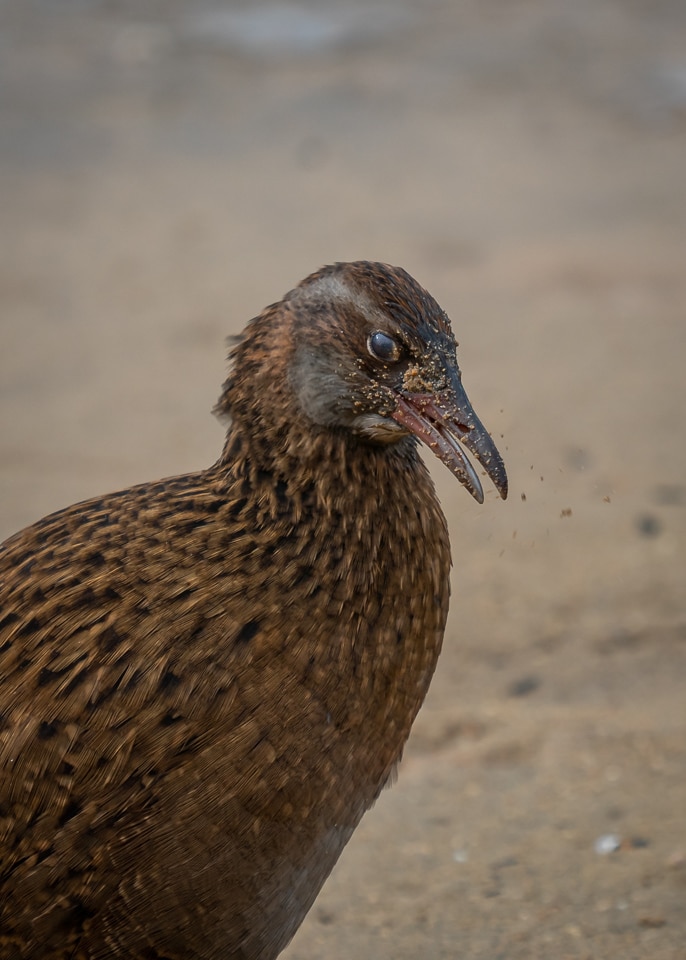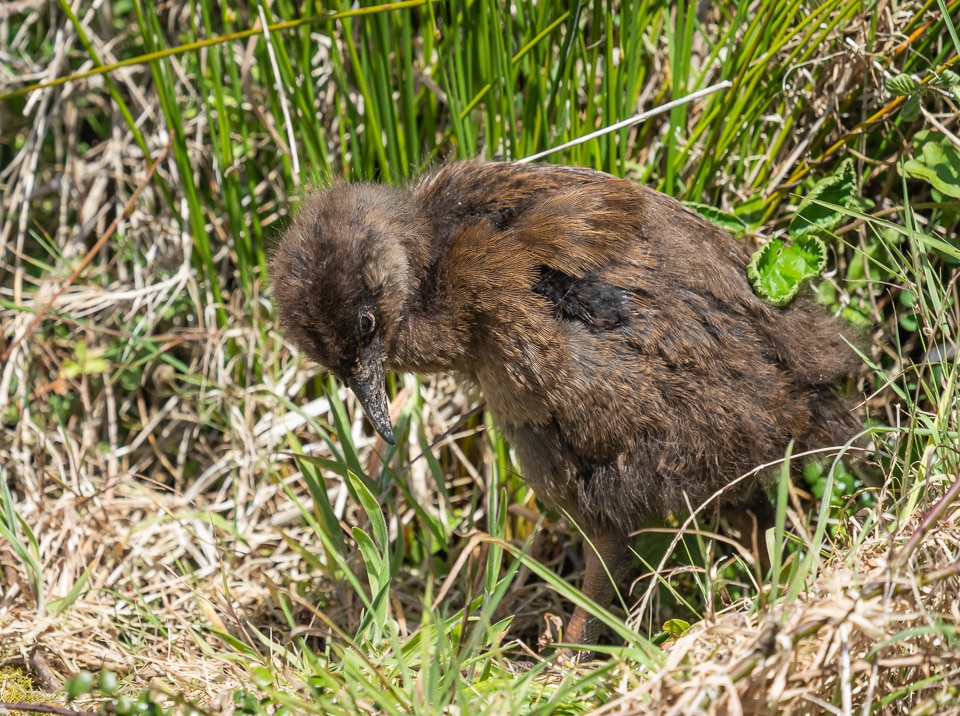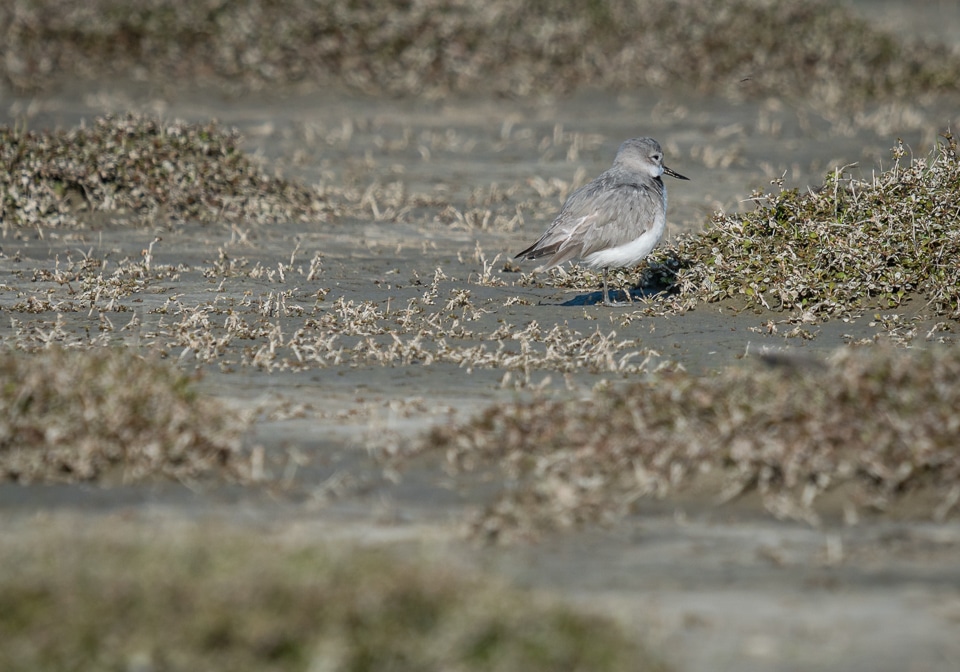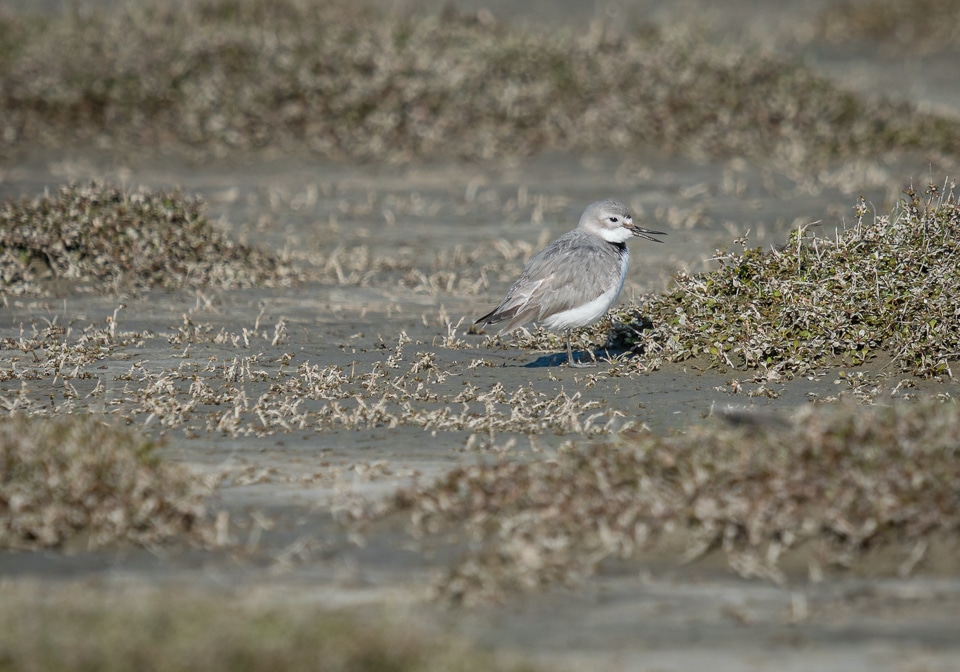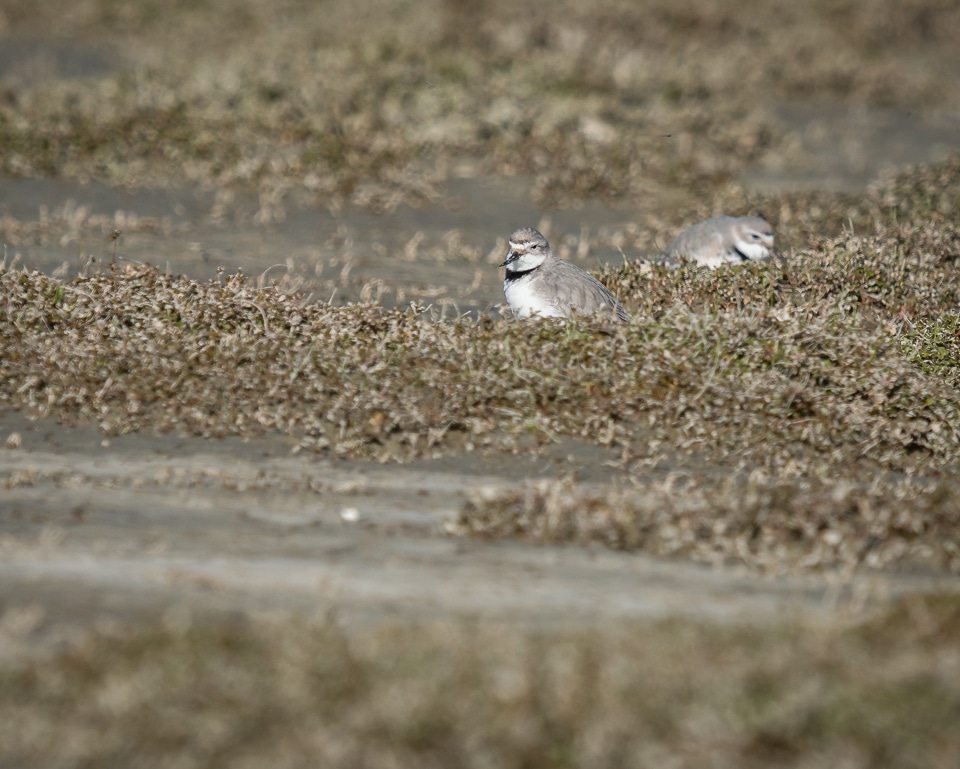This blog documents the New Zealand birds I have photographed . Some are endemic (only found in NZ) some native (naturally occur in NZ). I have put a table of contents at the back if you want to look for a particular bird. I put this together almost 2 years ago so am in the process of updating some photos and adding some great birds: Warbler, Caspian Tern, Godwit, Wrybill, Kereru, Shining cuckoo, Black Swan, Waxeye and possibly some others so check back in.
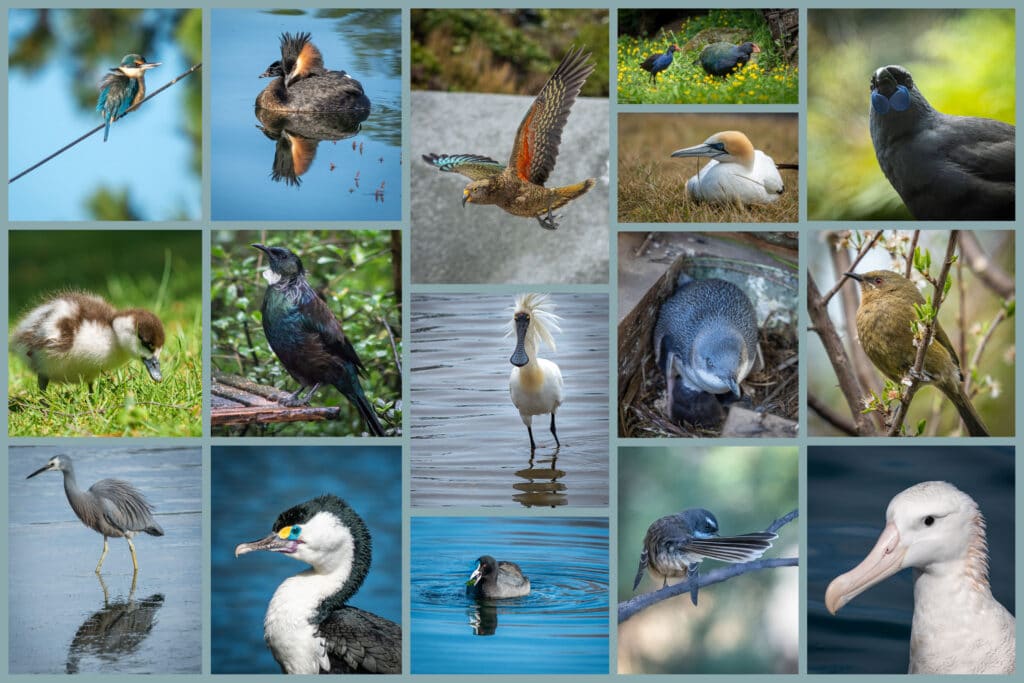
For each New Zealand bird I try to provide a little bit of information but the best and easiest reference to New Zealand Birds is this website and its companion app. Its really helpful to identify a bird you come across in three steps – truly just try it. I have drawn on their information widely in this blog but it is more a photo blog than providing you heaps of detail. If you think I have something incorrect I welcome any feedback.
Albatross (Salvin’s Mollymawk)
Endemic and nationally critical. I have seen these in Kaikoura and Akaroa.
I am not the best at telling between some varieties of Albatross so I hope this is right. Those eyes giving you the evil though haha. (link to contents)
Albatross (Wandering)
Native and migrant. I saw them in Kaikoura.
You can not help but be impressed by these birds, that wingspan is incredible. (link to contents)
Australian Coot
Native and at risk. I have seen them most around Canterbury where I live.
These guys and gals have a super noisy call and the jury is out as to whether their young are cute or ugly. I go with different, see below. (link to contents)
Black Swan (Kakīānau)
Native and not threatened. You will find these swans everywhere and you can certainly believe they are not threatened but since they are native they deserve a slot here. (link to contents)
Gannet (Australasian)
Native and not threatened. I have seen at the colony at Muriwai and flying in the Coromandel, East Cape and West Coast.
These birds are among my favourites, they are so sleek and if you have ever seen them dive they are like a missile. (link to contents)
Godwit (Bar-tailed) Kuaka
Native and declining. These very impressive birds are serious migrants from the arctic. I have seen them in Golden Bay, around Canterbury and Otago. (link to contents)
Grey warbler (Riroriro)
Endemic and not threatened. This little (very little) birds are often heard and quite common but not easy to spot. They are easy to tell by their bright red eye (once you have a picture to check) (link to contents)
Grebe (Australasian-Crested)
Native and nationally vulnerable. I have seen these mostly around Christchurch and the wider Canterbury lakes.
Another of my favourite birds especially if you catch the babies young enough that they are being carried on their backs. (link to contents)
Gull (Black-Billed)
Endemic and nationally critical. I have seen them nesting in the ruins in Christchurch.
It seems strange to think of a gull as endangered as we see them everywhere but these guys certainly are. They have provided a lot of fun for bird watchers in Christchurch in recent years nesting in damaged foundations. (link to contents)
Gull (Black-backed)
Native and not threatened. Seen across the country
These gulls are very large compared to the other two featured here. I love watching them drop seafood from up high, breaking open the shells for the delicacy inside. (link to contents)
Gull (Red-Billed)
Native and declining. Seen across the country.
Surprising that what appears to be a common bird is declining, but that is the current situation. I love their bright coloured eyes and bill. (link to contents)
Hawk (Swamp) Kāhu
Native and not threatened. I am still waiting for that perfect in flight shot – these are easy to see across the country (usually on roadkill) but hard to capture. I was very fortunate to come across a fledgling in a hay paddock to get the shot below – from quite a distance. (link to contents)
Hoiho (Yellow eyed penguin)
Endemic and nationally endangered. I have seen them in Oamaru, Canterbury and the Catlins.
These beautiful penguins are one of my favourite birds, so comical to watch and so impressive the way they look, swim, and call to each other so loudly, even with predators around! In the photo below you will see the juvenile does not yet have a bright yellow strip. (link to contents)
Kaka
Endemic and recovering. I have seen mostly in wildlife parks, except all around Wellington.
Another cheeky parrot but unlike the Kea this one doesn’t spend his time in the cold. (link to contents)
Kea
Endemic and nationally critical. Seen by me in Mt Cook National Park, Arthurs Pass and Milford.
New Zealands cheeky mountain parrot is a big favourite in New Zealand. Their beautiful colours under the wing become visible when flying in contrast to its green body. They are very friendly birds and will happily eat all the rubber from your car and roof rack. (link to contents)
Kererū New Zealand Wood Pigeon
Endemic and not threatened. You can hear these large birds coming before you see them with the loud flapping of their wings. Very pretty and I have seen them in many places around Canterbury but mostly in Akaroa. (link to contents)
Korimako (Bellbird)
Endemic and not threatened. I have seen them in Christchurch, Selwyn, Banks Peninsula.
Such a pretty call these birds have. Often seen eating flax and in one of the photos below, hiding in the snow. (link to contents)
Kokako (North Island)
Endemic and recovering. I have only seen in a wildlife reserve in the Wairarapa (Pukaha)
The one we saw was hand reared and loved a male wolf-whistling her. They also had them in the wild but we didn’t spot them on our trip. (link to contents)
Kororā (Little penguin)
Native and declining. Seen by me in Akaroa and the Catlins
There are a few varieties of these little guys little blues and white flippered. I even have one sponsored at Pohatu Penguins over in Akaroa. They have done an incredible job increasing the population on the peninsula. (link to contents)
Kōtare (Sacred Kingfisher)
Native and not threatened. I have seen them on the East Cape, Christchurch and Akaroa.
These little guys are a constant challenge for me to capture, I just love their bright colours. (link to contents)
Kotuku (White Heron)
Native and nationally critical. Seen by me on the West Coast, Canterbury and Milford
These birds are so majestic and almost mythical. How they stay so white I have no idea as I have seen them in some muddy places. (link to contents)
Matuku (White-faced Heron)
Native and not threatened. I have seen them around the country.
Watching these fishing in estuaries is always fun and the heron I see most regularly. (link to contents)
Matuku moana (Reef Heron)
Native and nationally endangered. These sleek looking herons are found by the sea, as can be told by their name, this one was fishing at Jackson Bay on the West Coast. (link to contents)
Oystercatcher
Endemic and recovering. Seen on many coastal stretches around NZ.
These are noisy fellas and if you get close to something they want even noisier. I have spent many hours just watching them when hanging out near the sea. (link to contents)
Paradise duck
Endemic and not threatened. Seen across the country.
Putting this together and learning more about some bird varieties, this being an endemic species surprised me. They are ferociously good parents and will move everyone out the way, other birds and people included. (link to contents)
Parakeet (Red-crowned)
Endemic and at risk. I have only seen in wildlife sanctuaries. They always feel to me like they belong somewhere other than NZ, so interesting they are endemic. (link to contents)
Petrel (Northern Giant)
Native and recovering. I have seen in Kaikoura both out at sea and from the land.
Huge and impressive like the Mollymawk and the beak is so interesting especially when you see them struggling together. (link to contents)
Pied Stilt (Poaka)
Endemic and not threatened. They can be seen in many parts of New Zealand and have such an elegant look with those long legs. (link to contents)
Pīwakawaka (Fantail)
Endemic and not threatened. I have seen these throughout NZ.
You can often hear them calling you to as you move through the bush, they don’t sit still long. There is a black variety that is a little less common. (link to contents)
Pūkeko
Native and not threatened. You will find these birds in many places.
I love the Pūkeko with its bright red head but in some places they have become so plentiful that they are considered a real pain. But just look at the size of the feet on those chicks. (link to contents). Can you spot the Takahe
Rifleman (Tītitipounamu)
Endemic and not threatened. While there birds are not threatened they are very tricky to find as they are tiny and very shy. I was beyond excited when I found this couple in Fiordland. (link to contents)
Scaup (NZ)
Endemic and not threatened. This one was on a lake in McKenzie country but they are found in many places. (link to contents)
Shag (Pied)
Native and recovering. I have seen these in a number of places across NZ.
While a fairly common bird I love taking photos of them, especially with the coloured eyes during breeding season. (link to contents)
Shag (Spotted)
Endemic and not threatened. I have seen these mostly around Canterbury where I live.
The spots certainly tell them apart from other Shags. (link to contents)
Shining cuckoo (Pīpīwharauroa)
Native and not threatened. Another species that is not threatened but very hard to find. I just happened upon this one at Little River in Canterbury and am very keen to get a cleaner shot. (link to contents)
Silvereye (Waxeye) Tauhou
Native and Not Threatened. You can see these lovely little birds right across the country and common in our gardens. Their pretty silver circle round their eye makes them a popular little bird. (link to contents)
Spoonbill (Royal) Kōtuku ngutupapa
Native and naturally uncommon. I have seen them in the McKenzie, West Coast, Canterbury and Otago.
They are such interesting birds with that very obvious spoonbill. Their breeding colours in these photos make them even more interesting and comical. (link to contents)
Swallow (Welcome) (Warou)
Native and not threatened. This lovely common birds often chasing bugs above water bodies are super-fast and hard to capture in flight. They have fabulous looks though I think, full of character. (link to contents)
Takahē
Endemic and threatened. I have only seen them in wildlife reserves.
The Takahē has been mistaken for a Pūkeko but they are very different as you can see below. They were thought to be extinct until discovered in the Fiordland area in the 1960’s. (link to contents)
Tern (Caspian) Taranui
Native and nationally vulnerable. These terns I have seen around the Banks Peninsula and Golden Bay. They are bit bigger which helps to tell them apart from the many Tern species. (link to contents)
Tern (White-fronted) Tara
Native, declining. I have seen them at Muriwai, Northland, Punakaiki, Canterbury
The nesting ones seen in the photo below seem almost crazy! (link to contents)
Tomtit
Endemic and not threatened. I have seen in Milford, Arthurs Pass and Mount Cook National Park.
I am slightly obsessed with these little round bright coloured birds who don’t sit still long. (link to contents)
Toutouwai (Robin)
Endemic and declining. I have spotted them in Wellington, Milford and Arthurs Pass.
These little birds will come right up to you when you are out walking as they love the yummy bugs that your feet kick up. (link to contents)
Tūī
Endemic and not endangered. I have seen them across the country.
Their little tuft (called a Poi for obvious reasons) is only one remarkable thing about Tūī, their iridescent colours are also just lovely. In the photo below, you can see the juvenile doesn’t yet have its tuft. (link to contents)
Tūturiwhatu (Dotterel)
Endemic and recovering. I have seen them across the country but the ones here are from the Coromandel.
There are a number of types of dotterel and most are struggling in numbers. They are fast little birds who seem to survive beaches with lots of people and even dogs. (link to contents)
Weka
Endemic and not threatened. These often pop up anywhere there is food! I have seen them in numerous places from mountain tramps to camping sites and lakes.
The Weka is sometimes mistaken as a Kiwi by visitors. They are very different and out during the day which is the big give away. (link to contents)
Wrybill (Ngutu pare)
Endemic and nationally increasing. This lovely little bird has a bill that always curves to the right (only bird in the world that has this!). I saw this bird while on a bird tour at Lake Ellesmere this year but have now also seen in other parts of Canterbury. (link to contents)
Contents
Click on the link to find the New Zealand bird you are interested in:
- Albatross (Salvin’s) (Wandering)
- Australian Coot
- Black Swan
- Gannet (Australasian)
- Godwit (Bartailed)
- Grebe (Australasian-Crested)
- Gull (Black-billed) (Red-Billed)
- Gull (Black-backed)
- Hoiho (Yellow-eyed Penguin)
- Kaka
- Kea
- Kereru (Wood Pigeon)
- Koimako (Bellbird)
- Kokako
- Kororā (little penguin)
- Kōtare (Kingfisher)
- Kōtuku (White Heron)
- Matuku (White-faced Heron)
- Matuku moana (Reef Heron)
- Oystercatcher
- Paradise duck
- Parakeet (red-crowned)
- Petrel
- Pied Stilt
- Pīwakawaka (Fantail)
- Pukeko
- Rifleman
- Scaup (NZ)
- Shag (Pied) (Spotted)
- Shining Cuckoo
- Welcome Swallow
- Takahe
- Tern (White-fronted) (Caspian)
- Tomtit
- Toutouwai (Robin)
- Tui
- Tūturiwhatu (Dotterel)
- Warbler (Grey)
- Weka
- Waxeye
- Wrybill
If you have enjoyed this there are more shots on my nature page.

